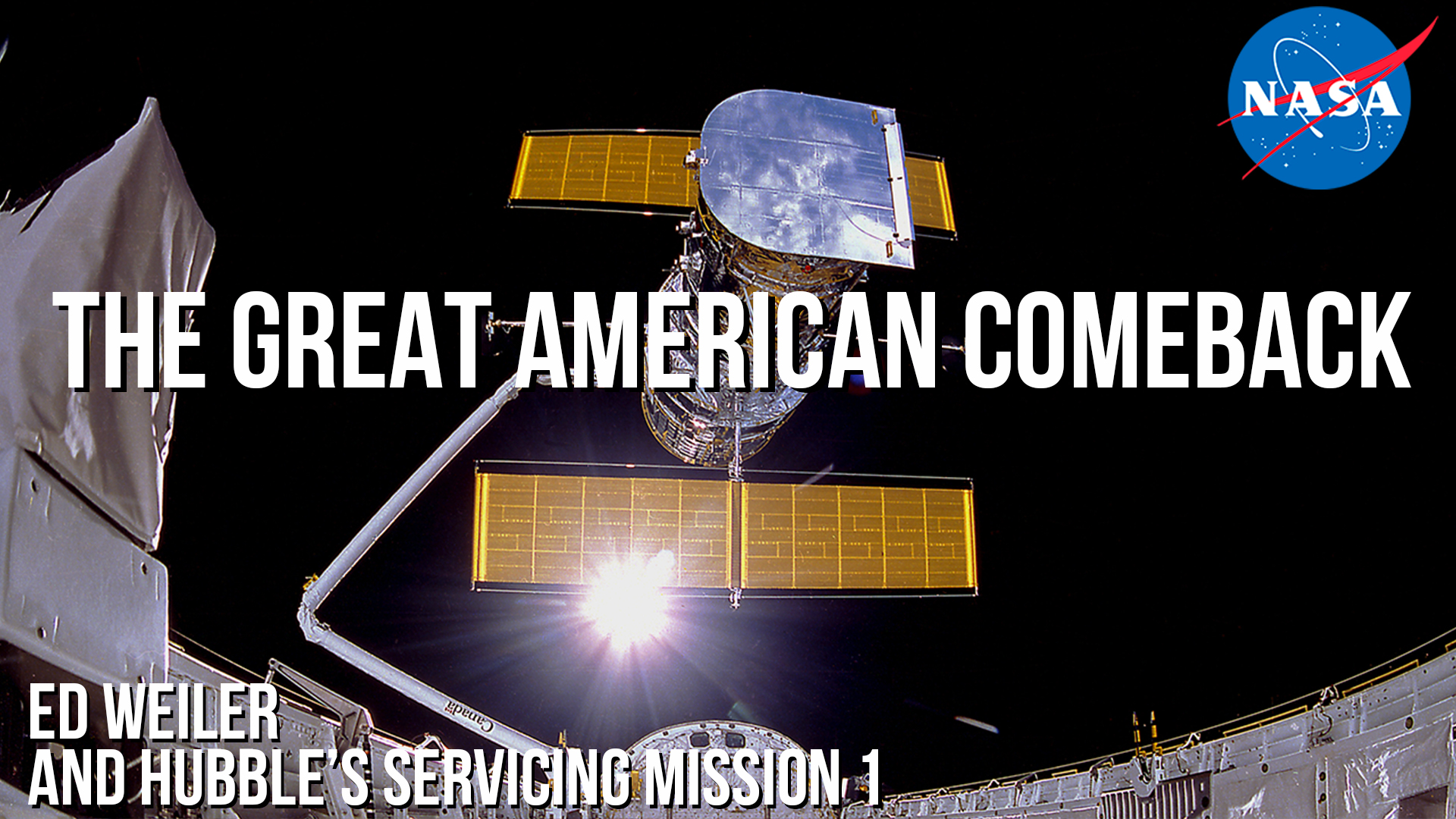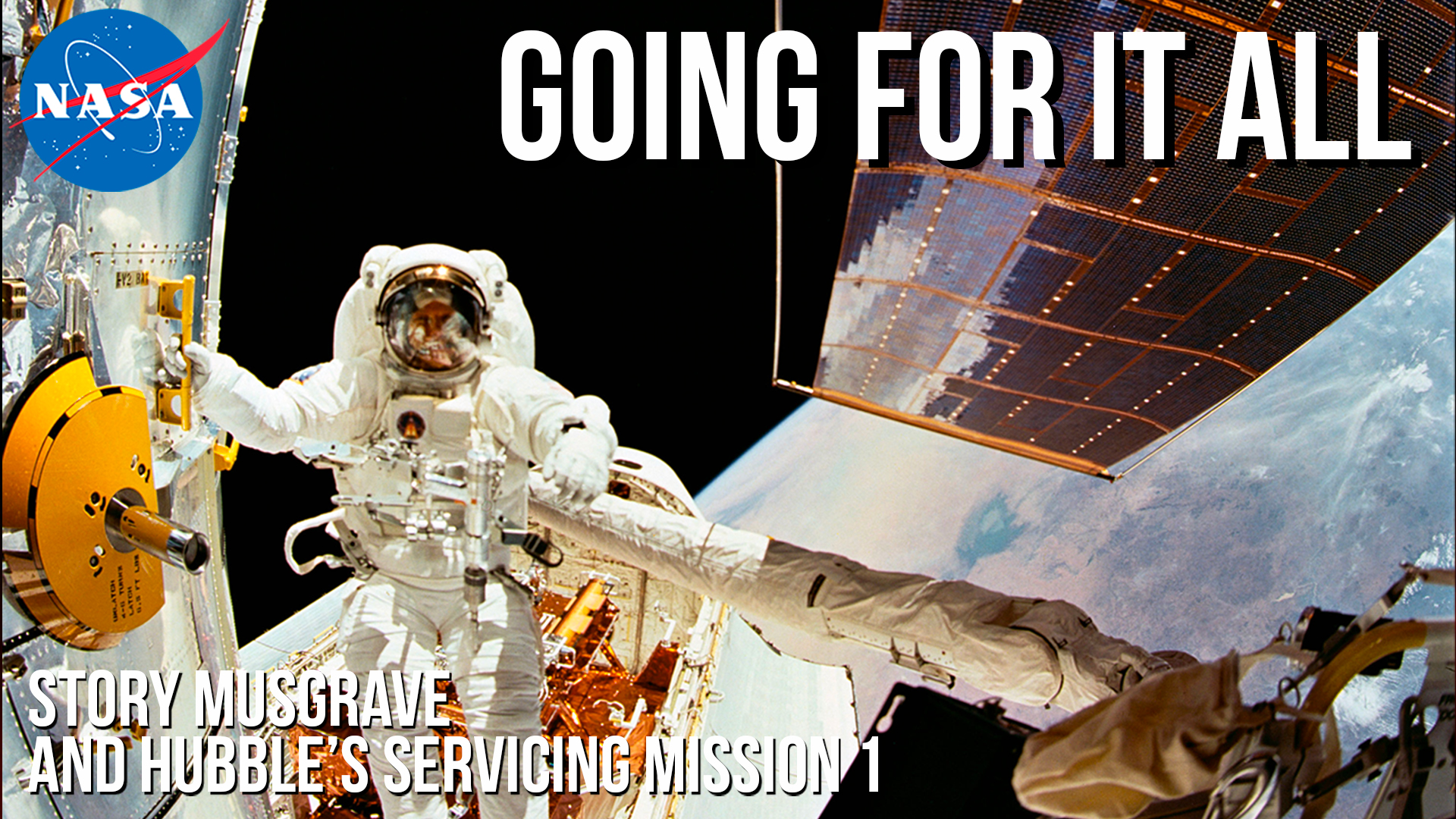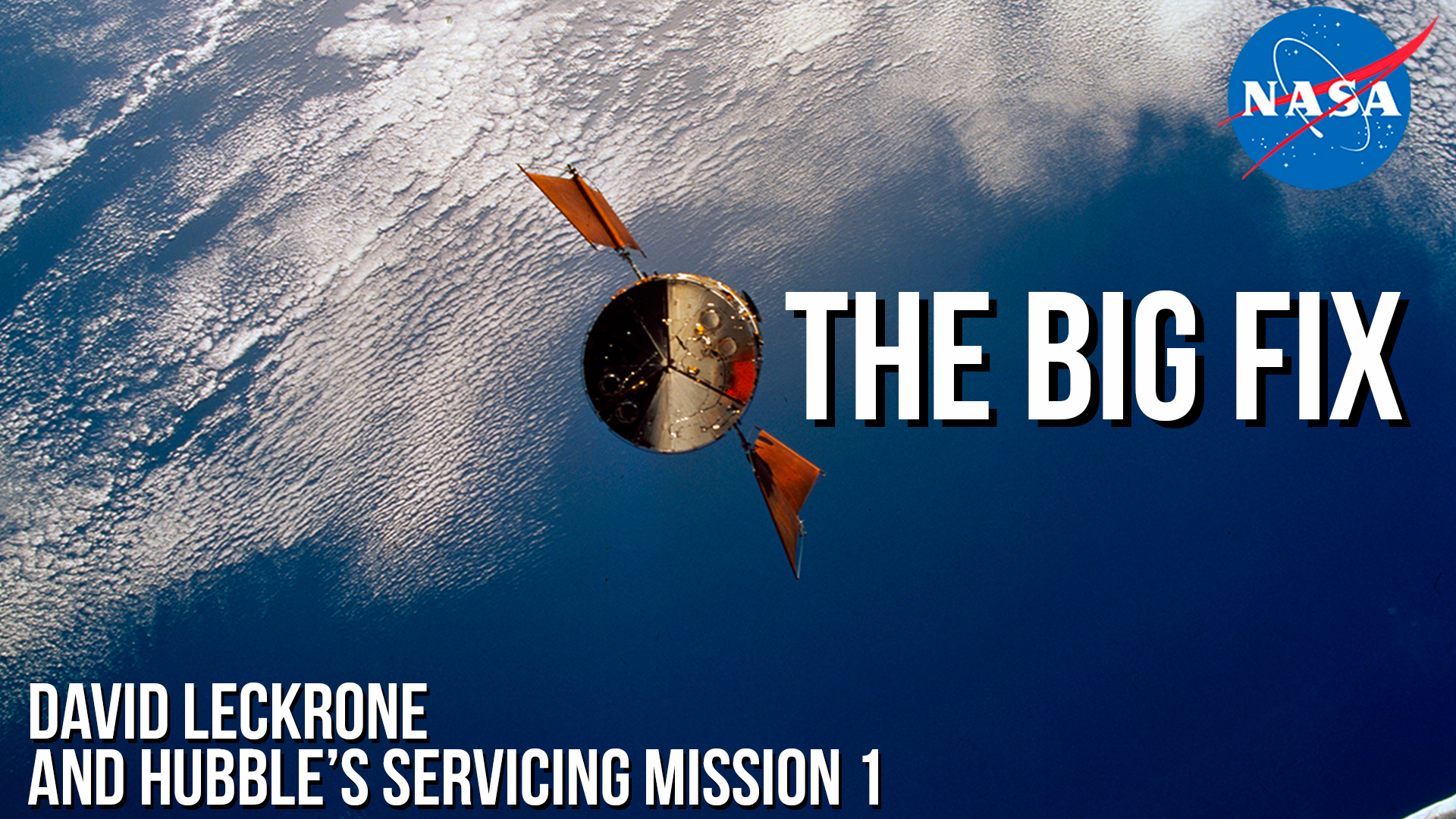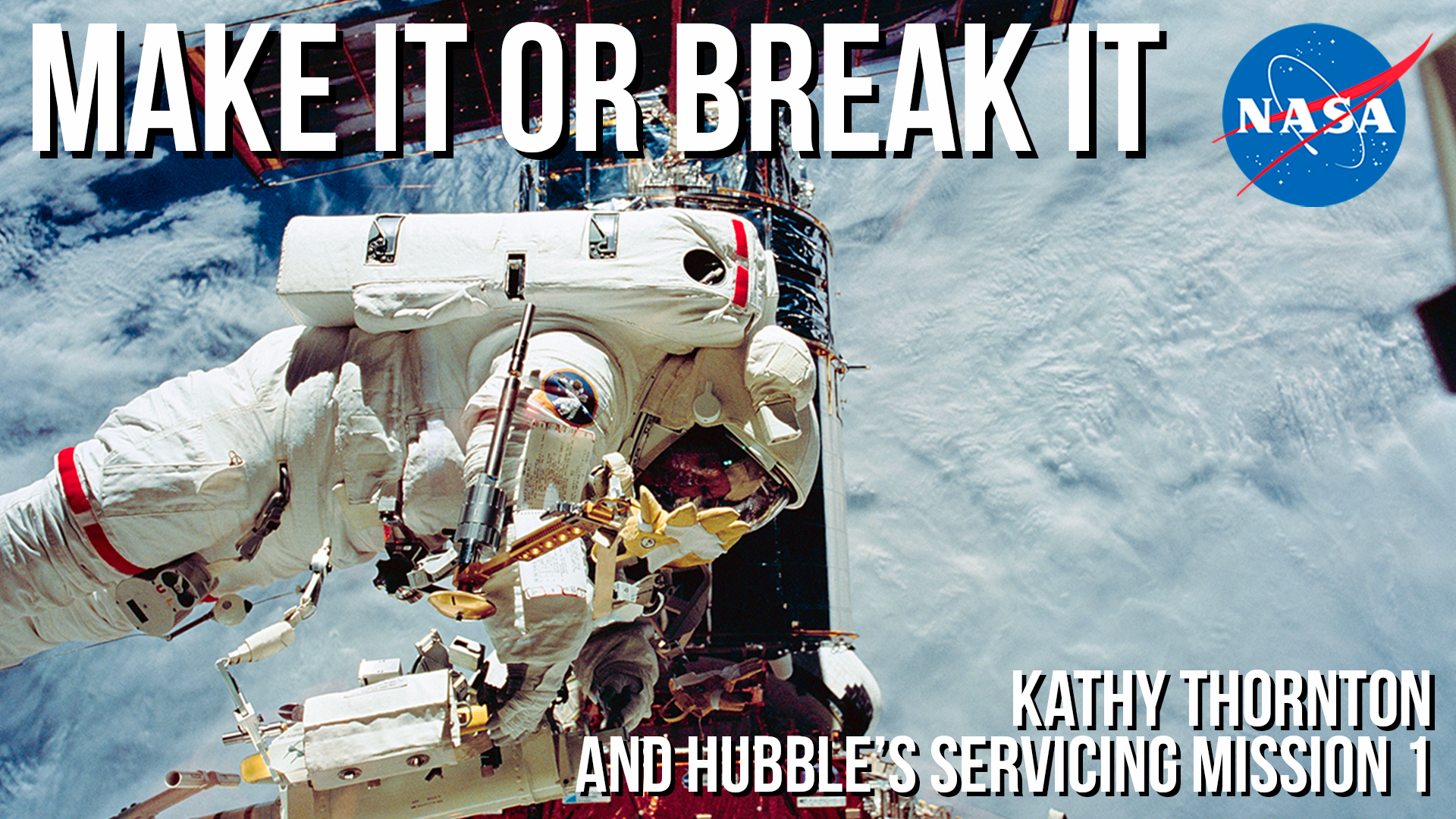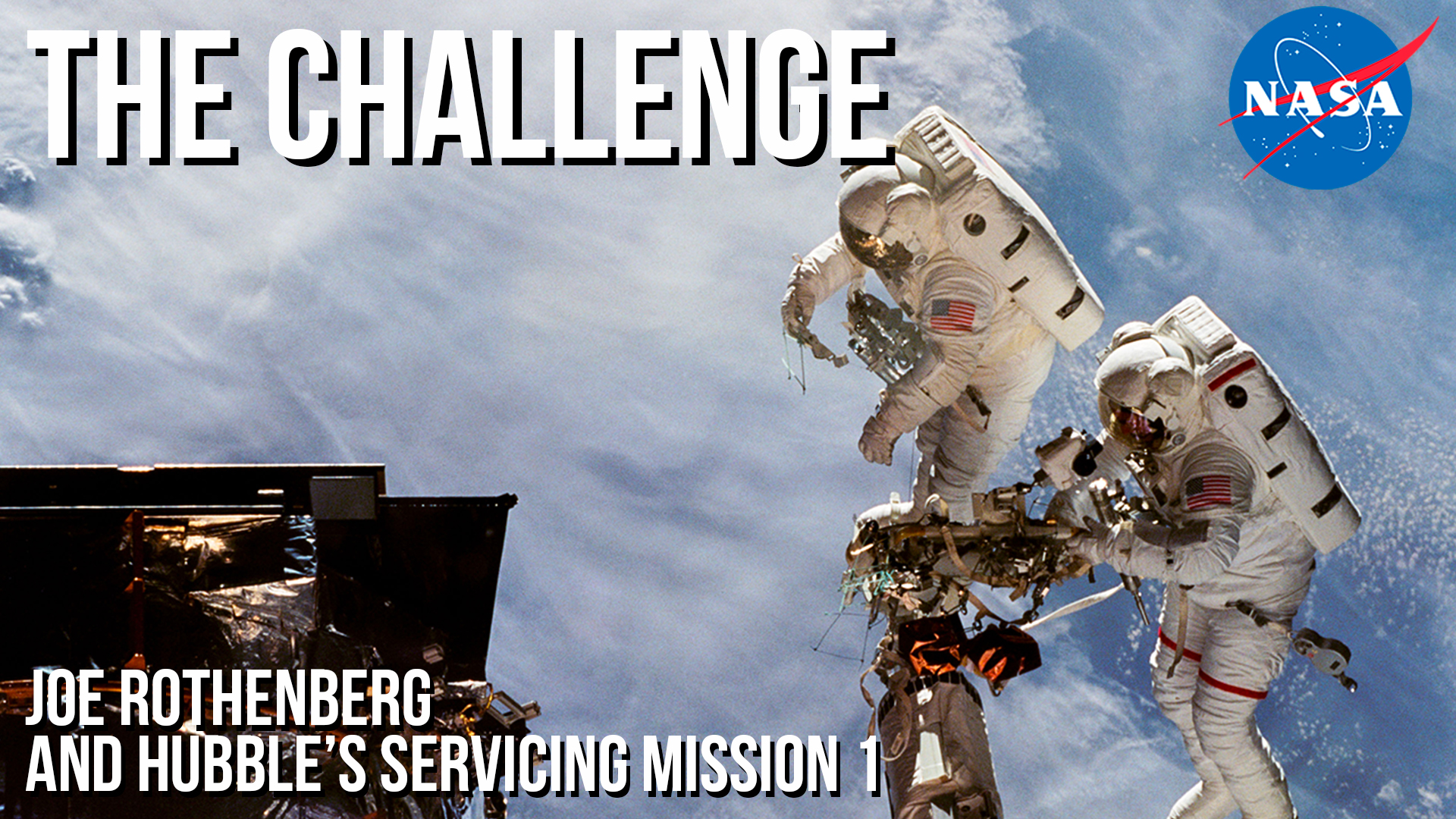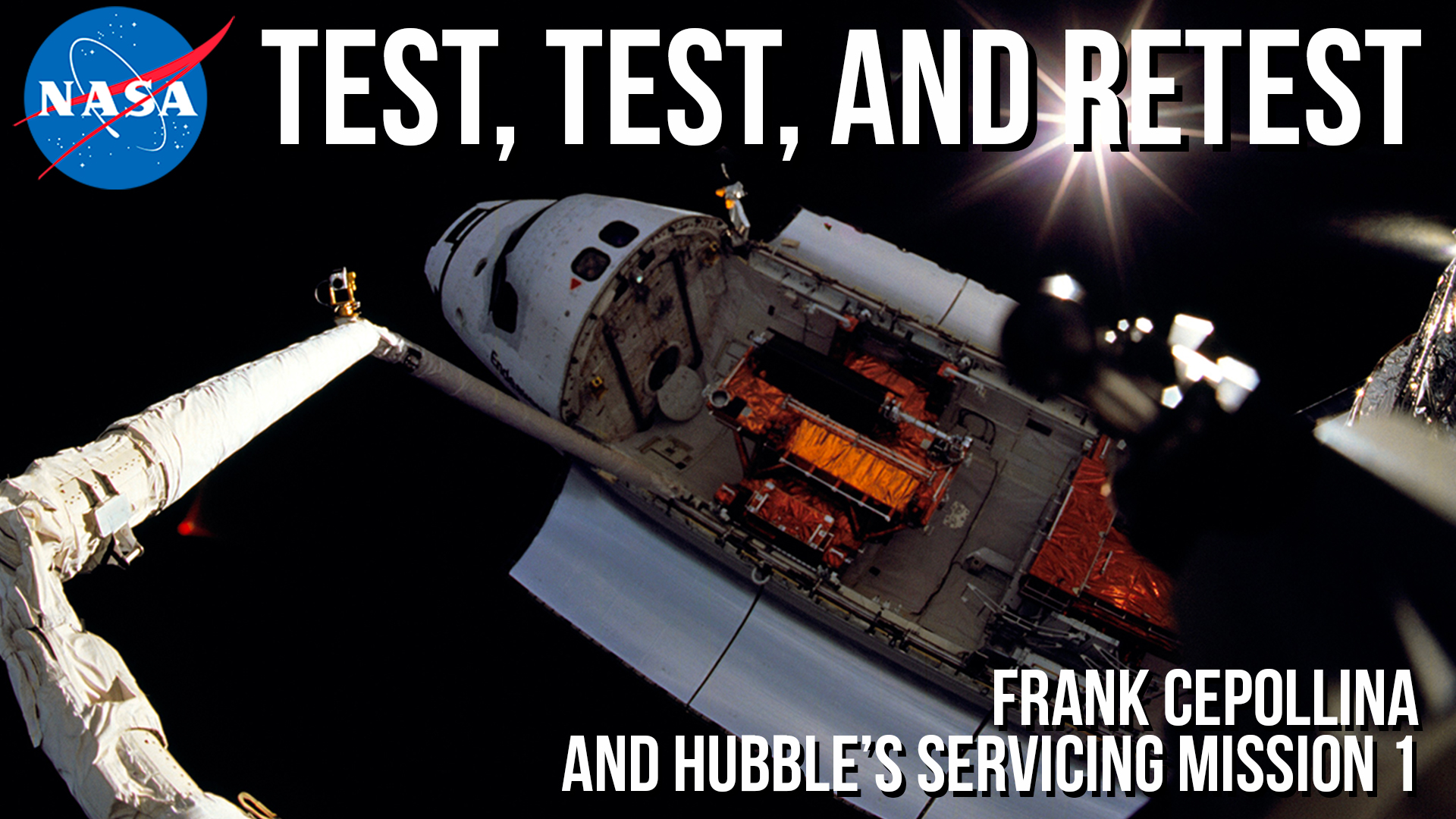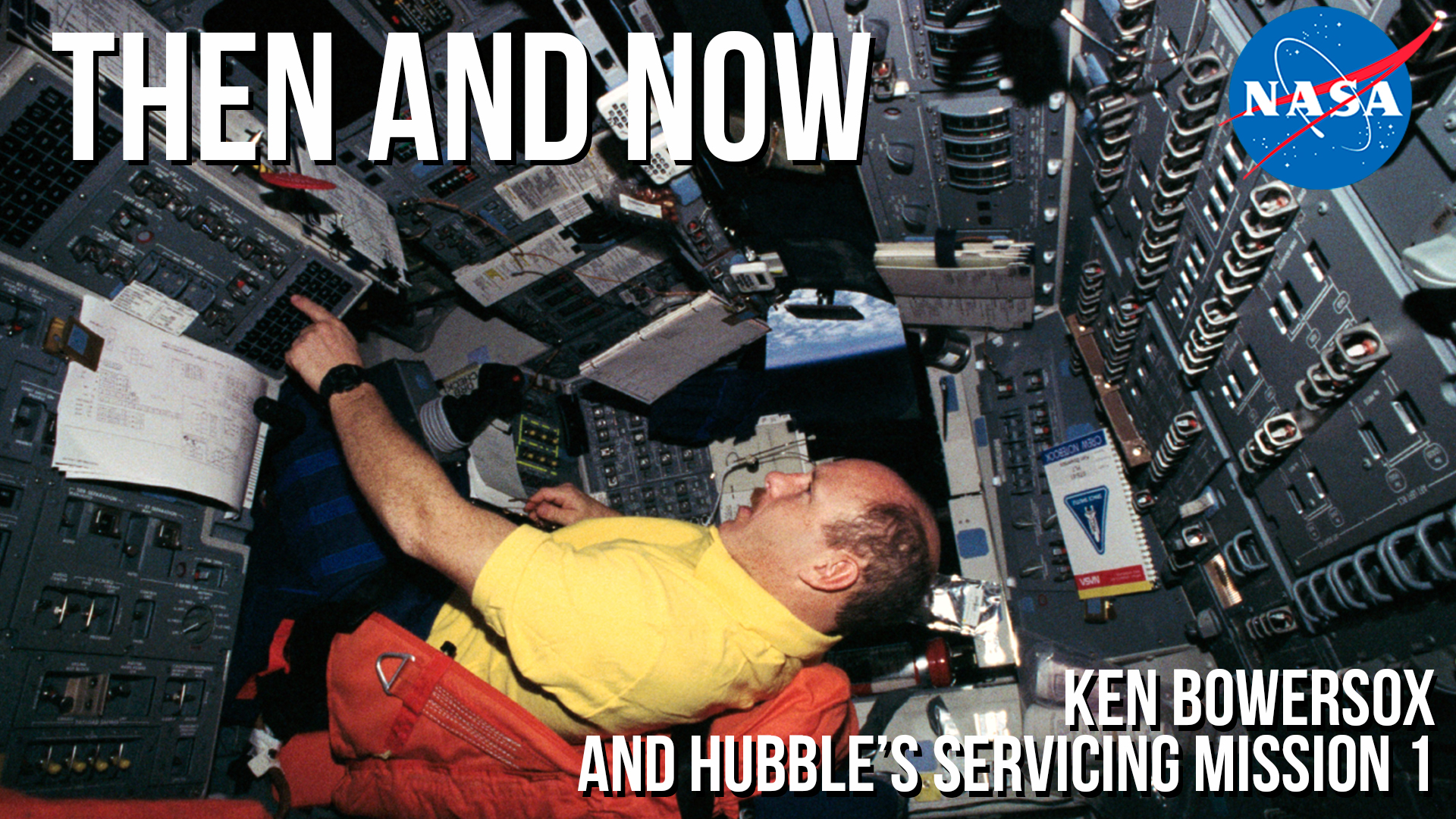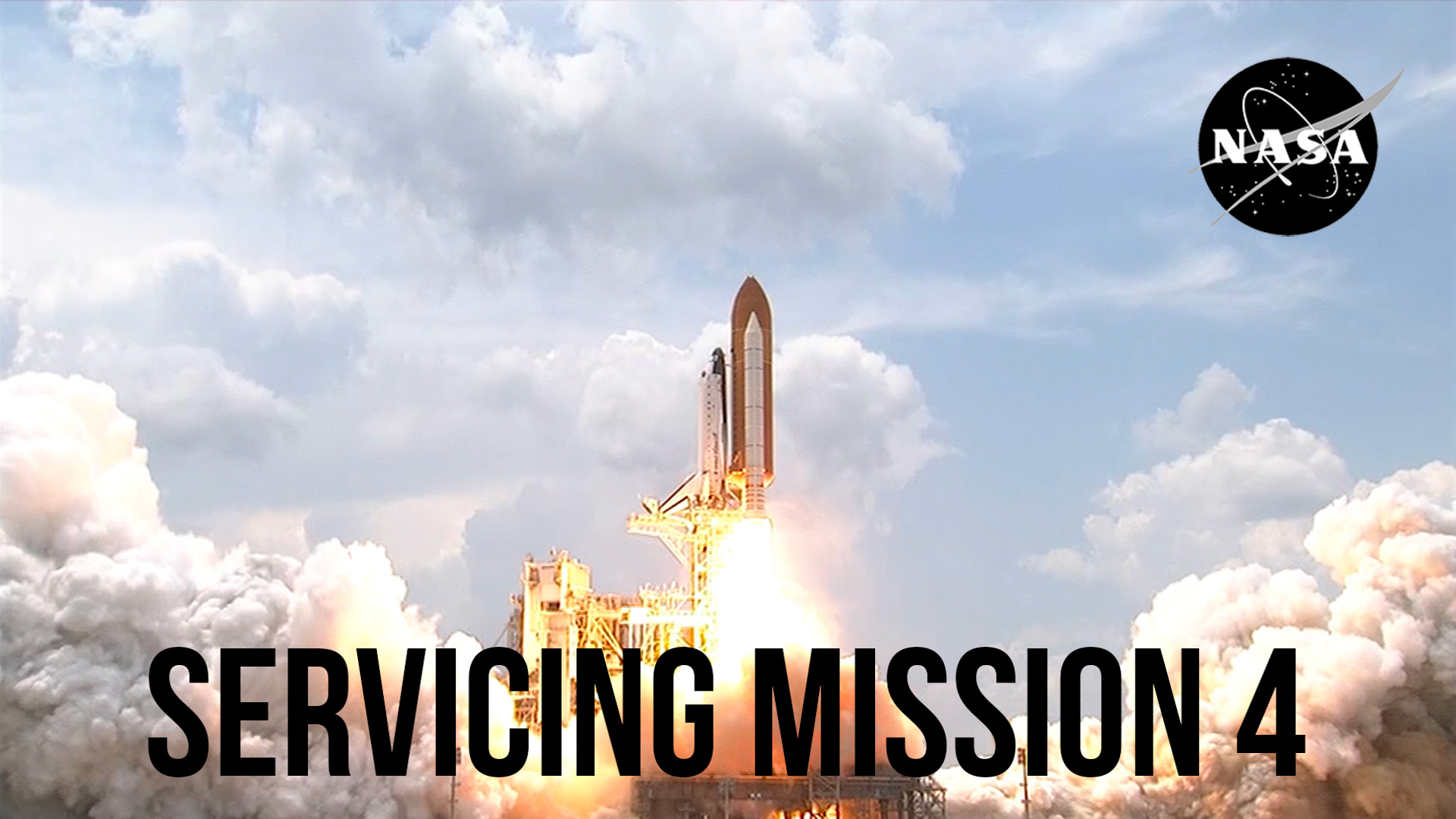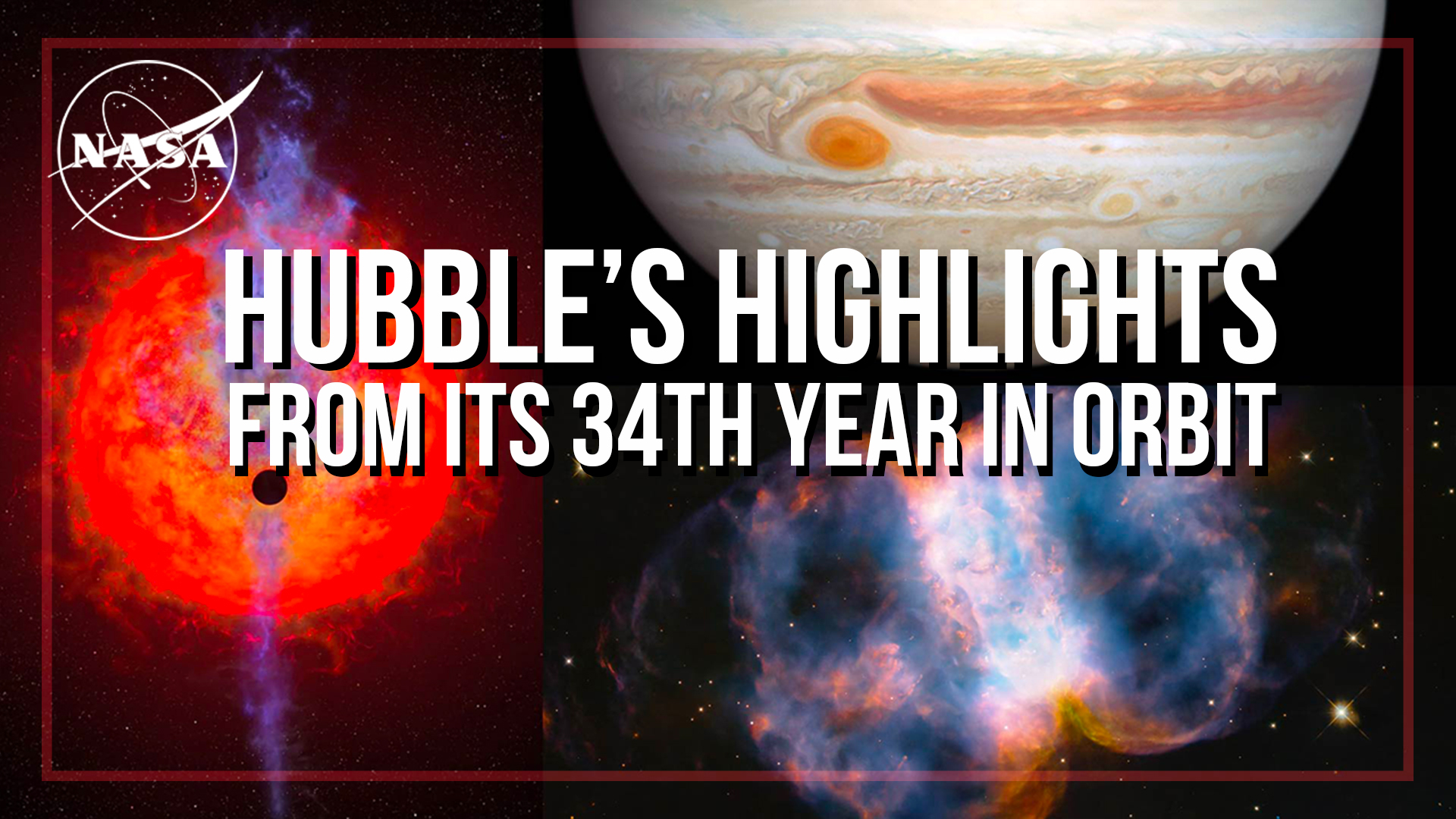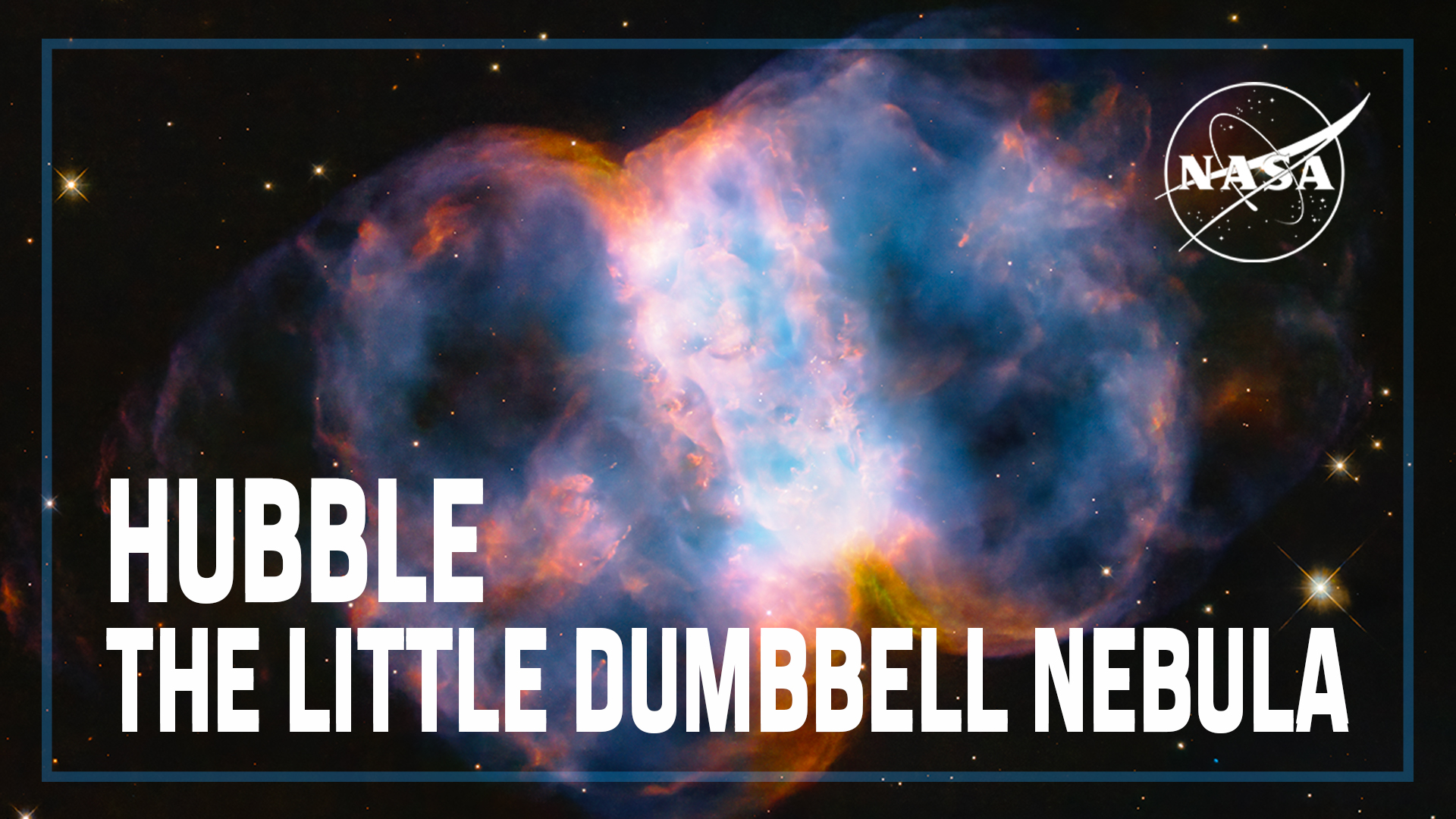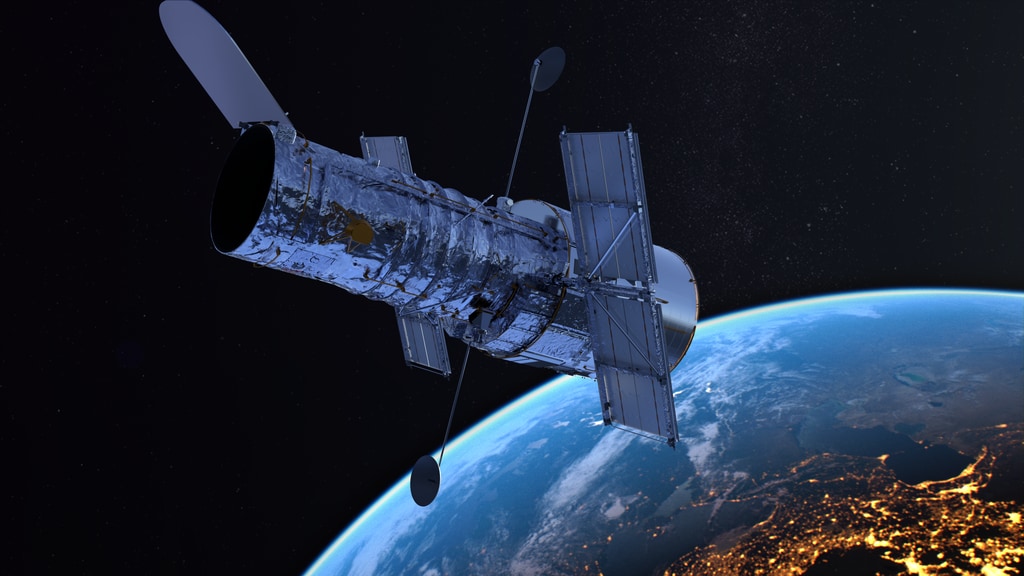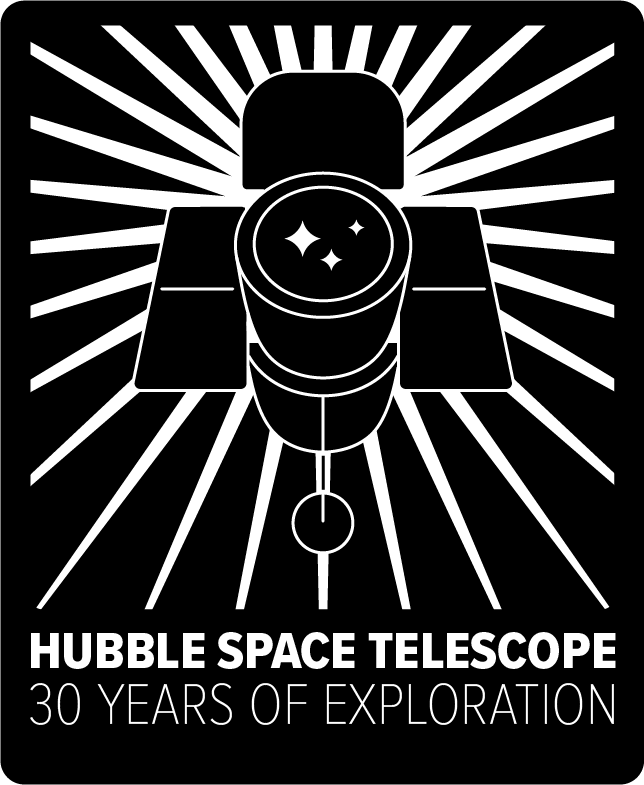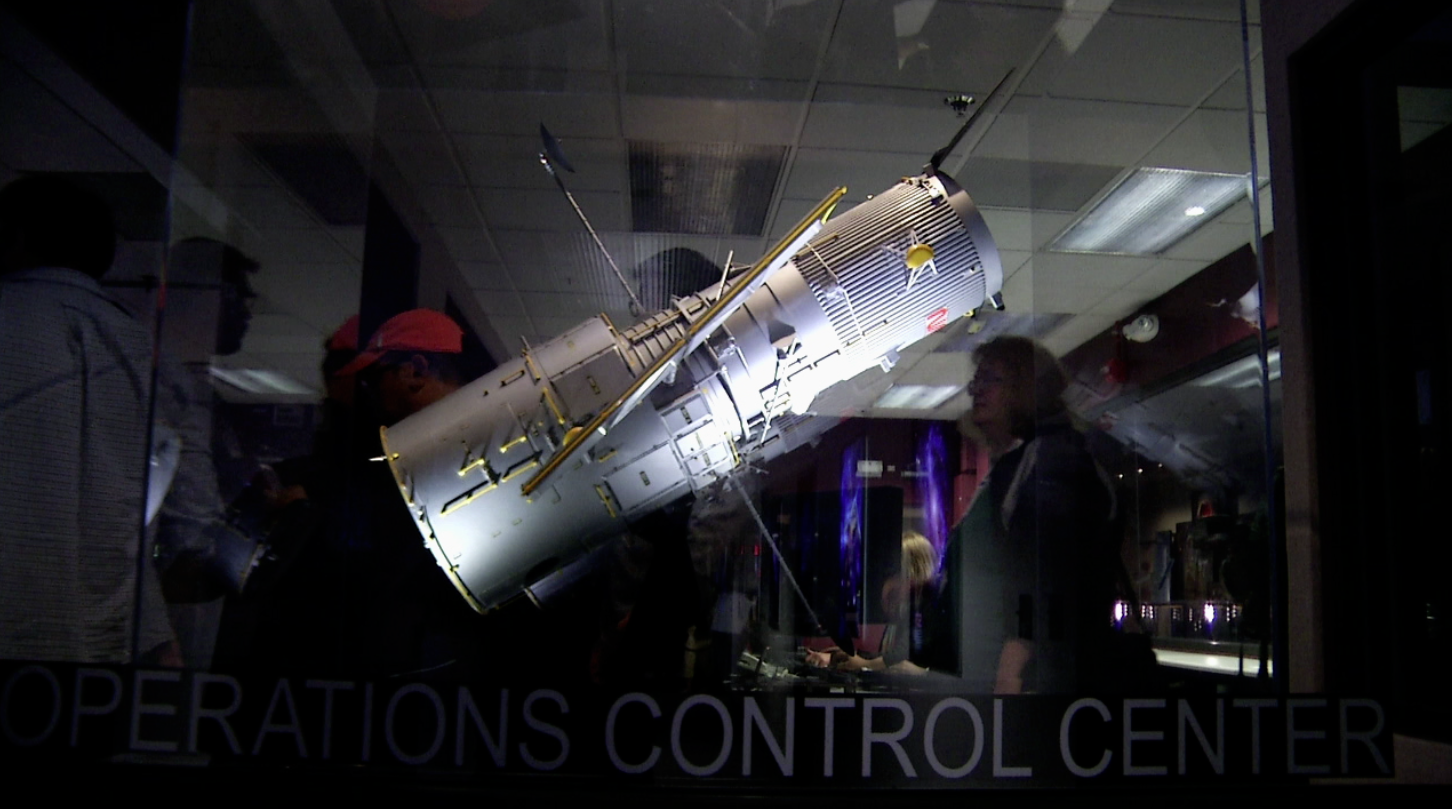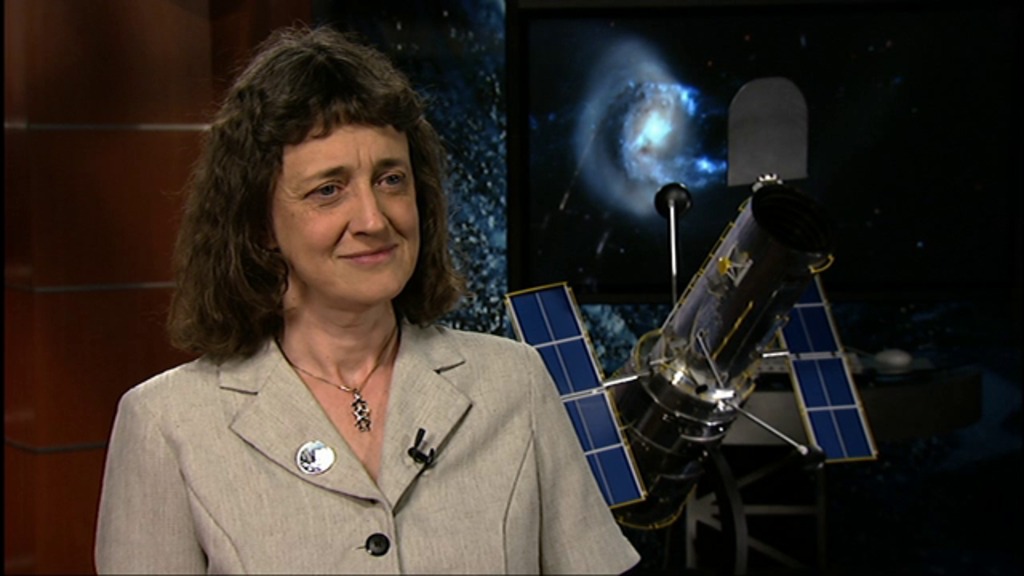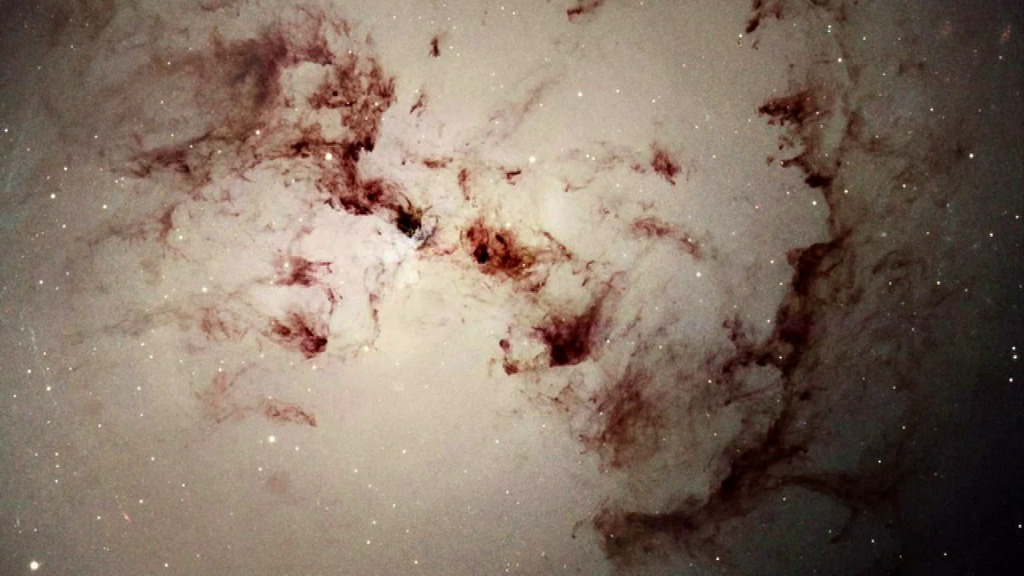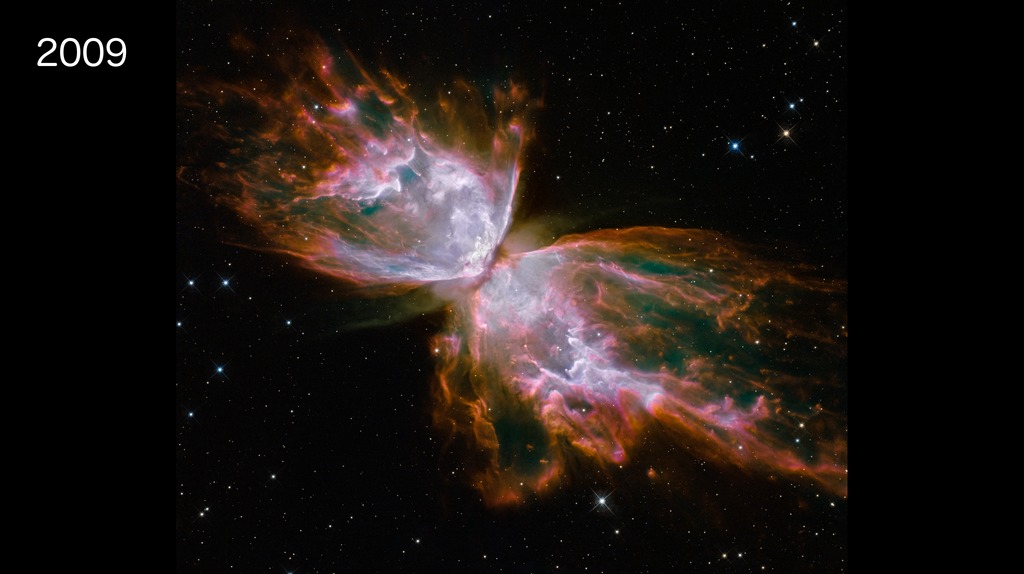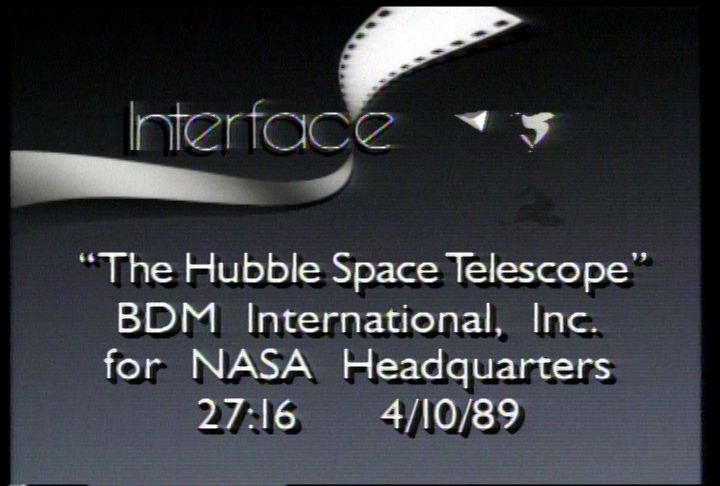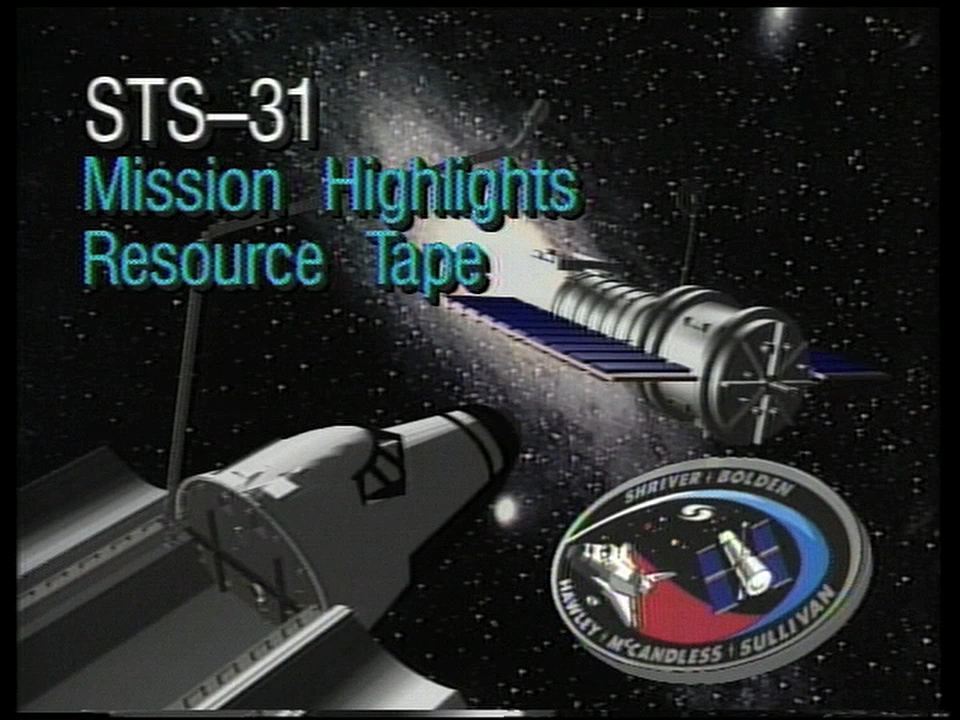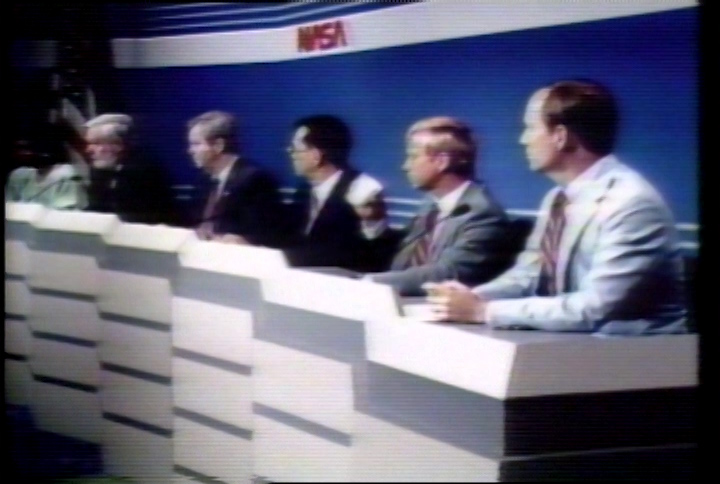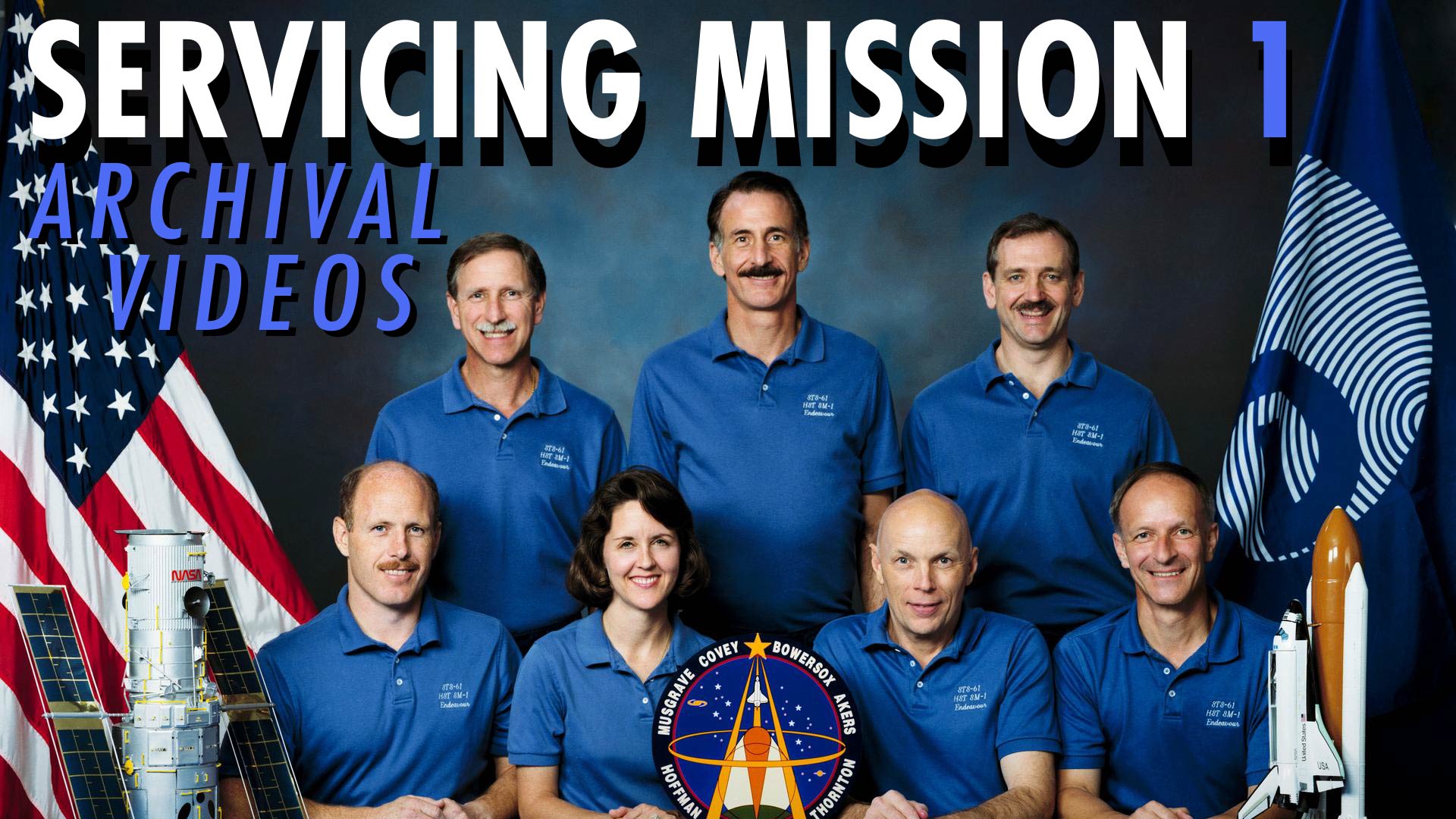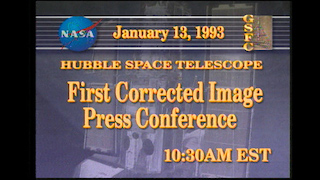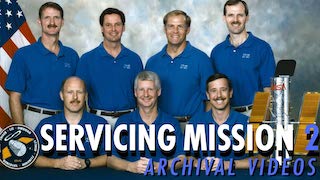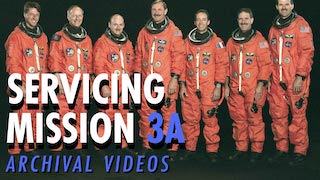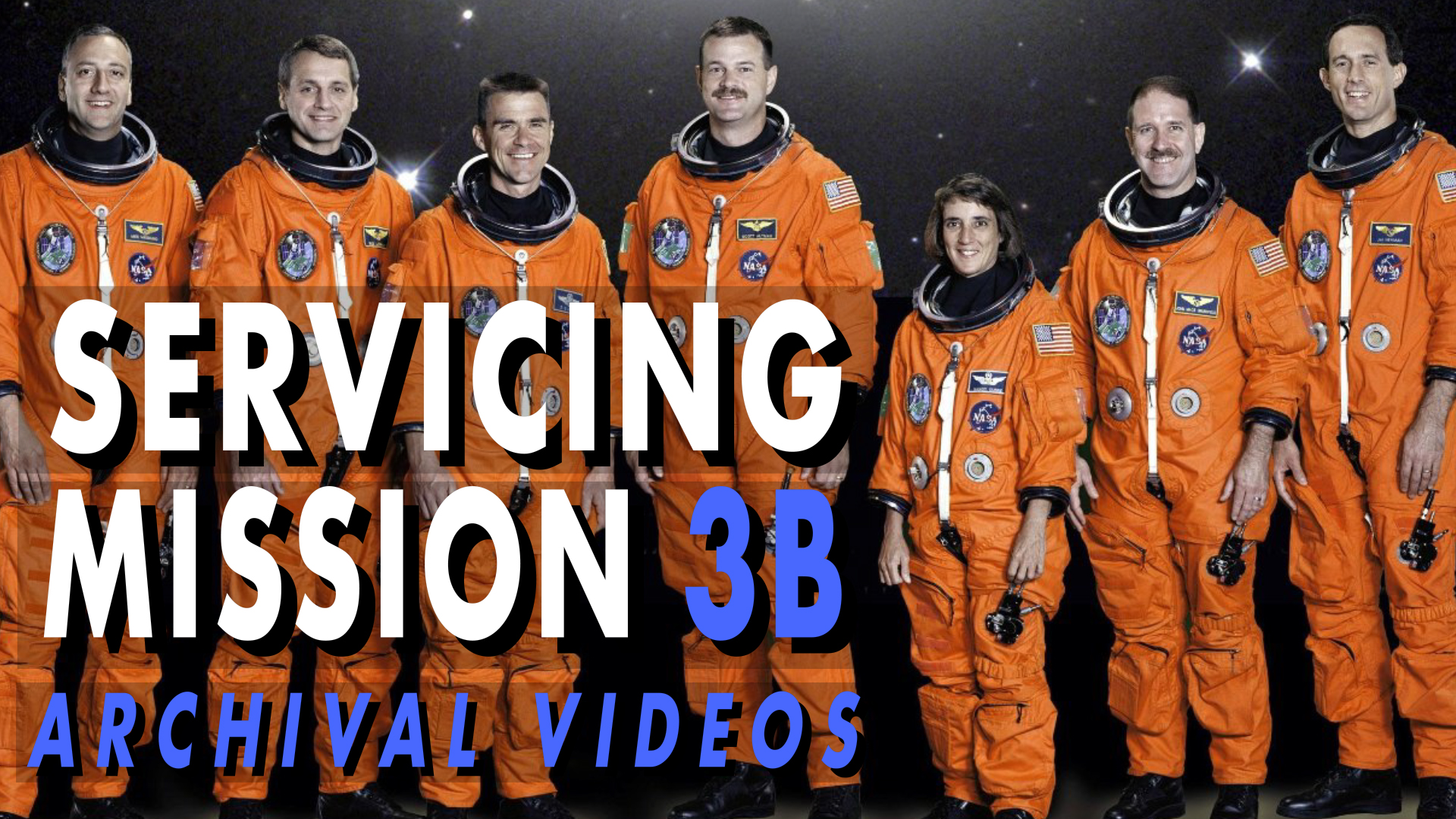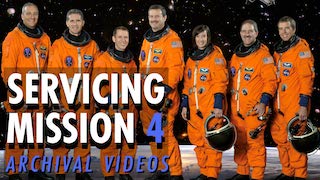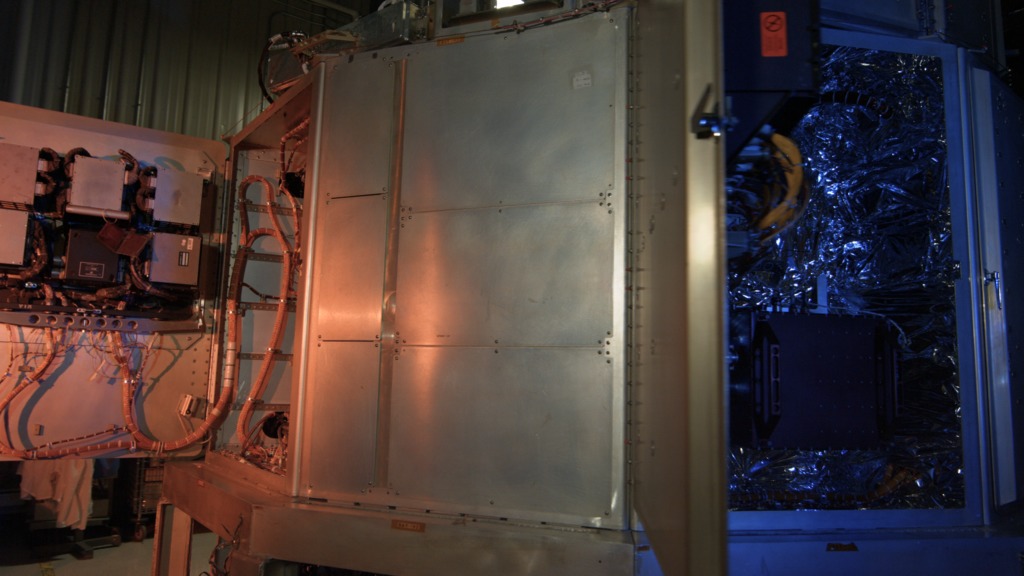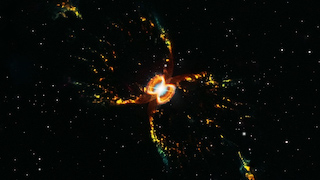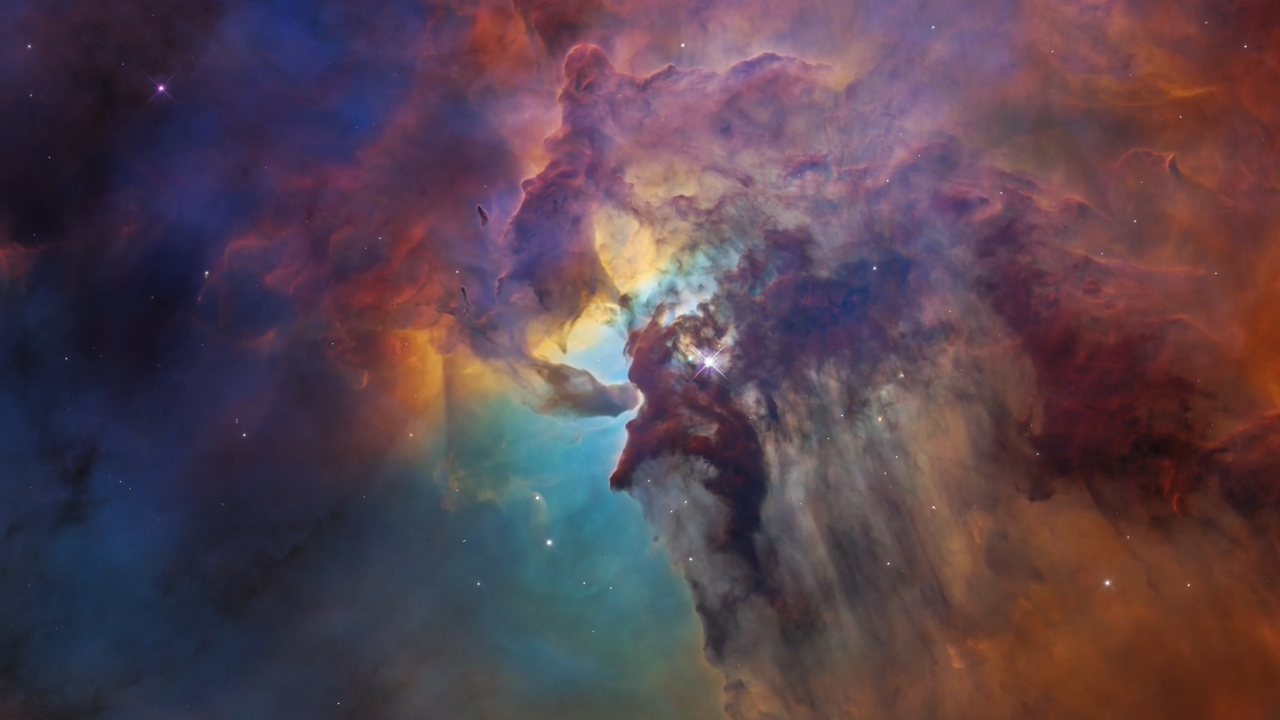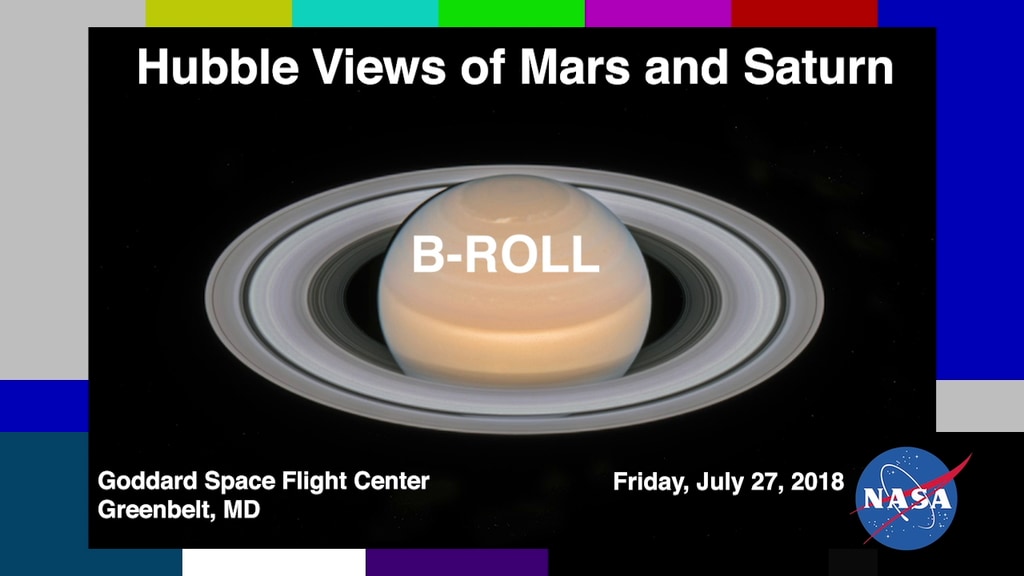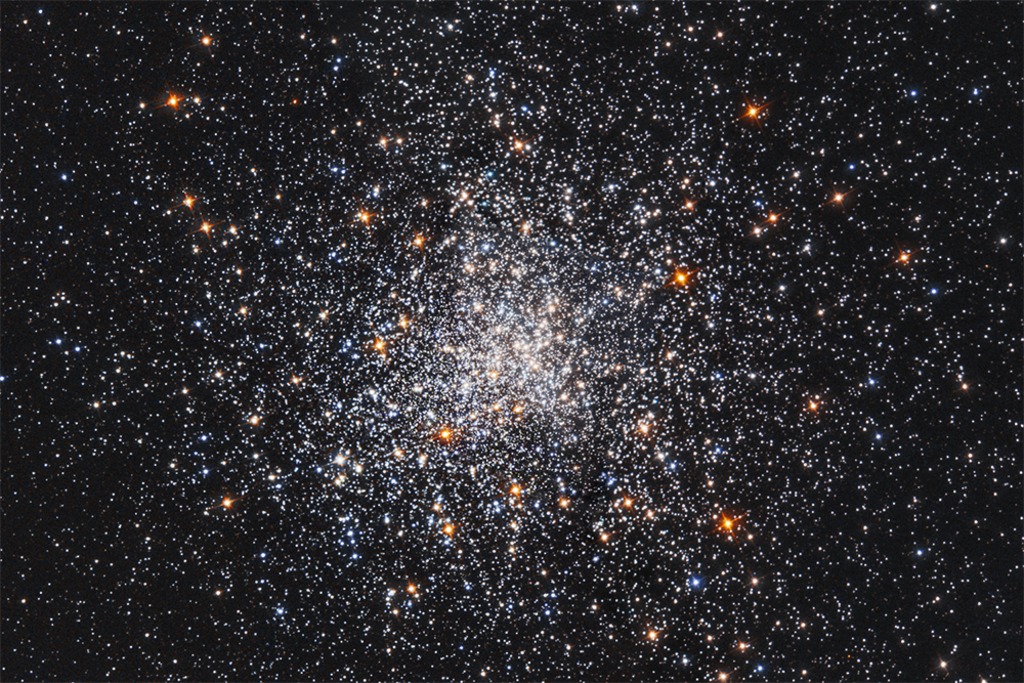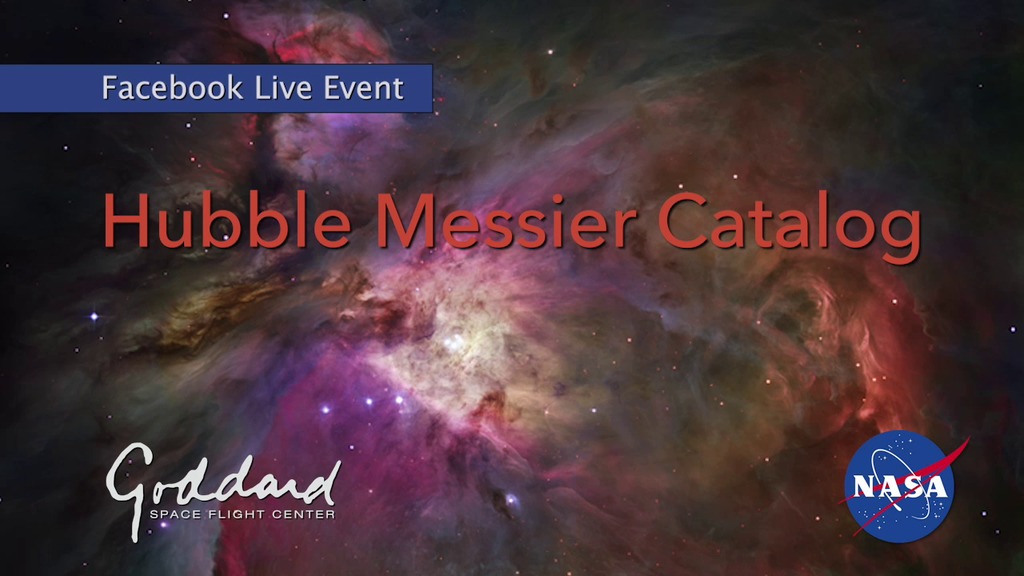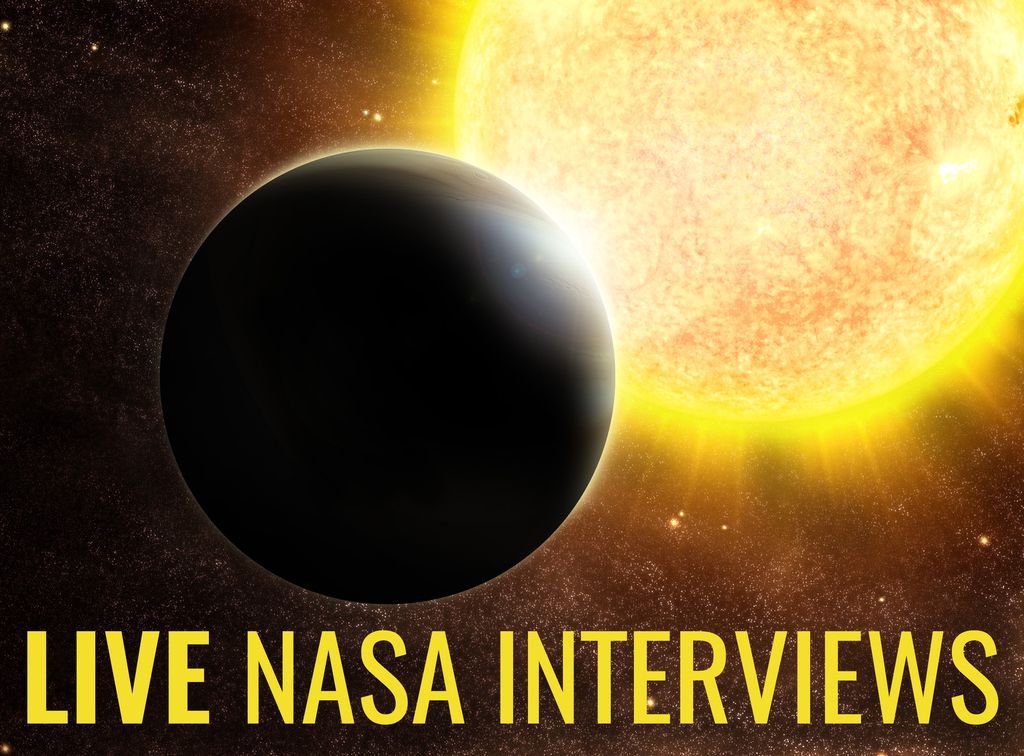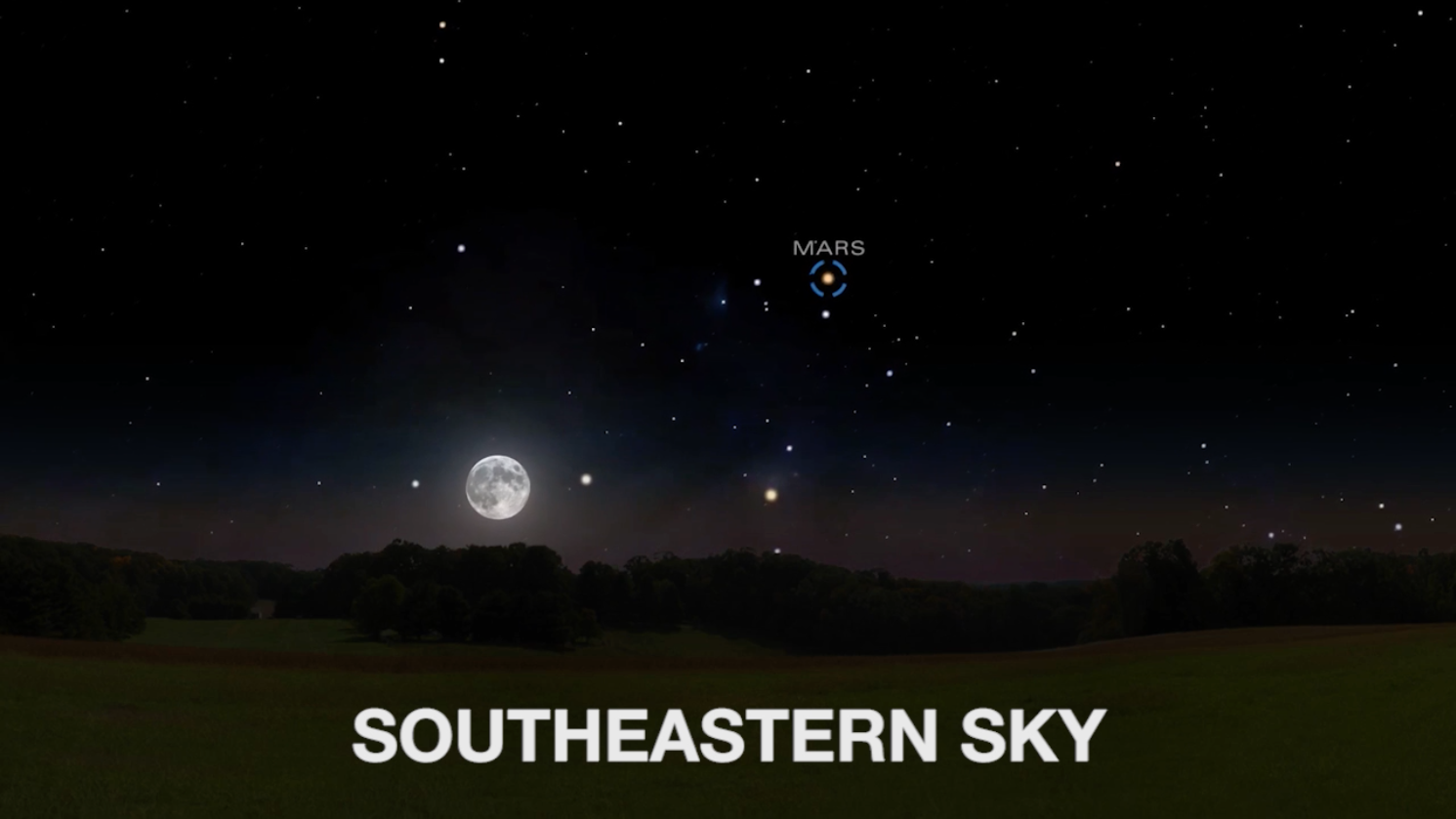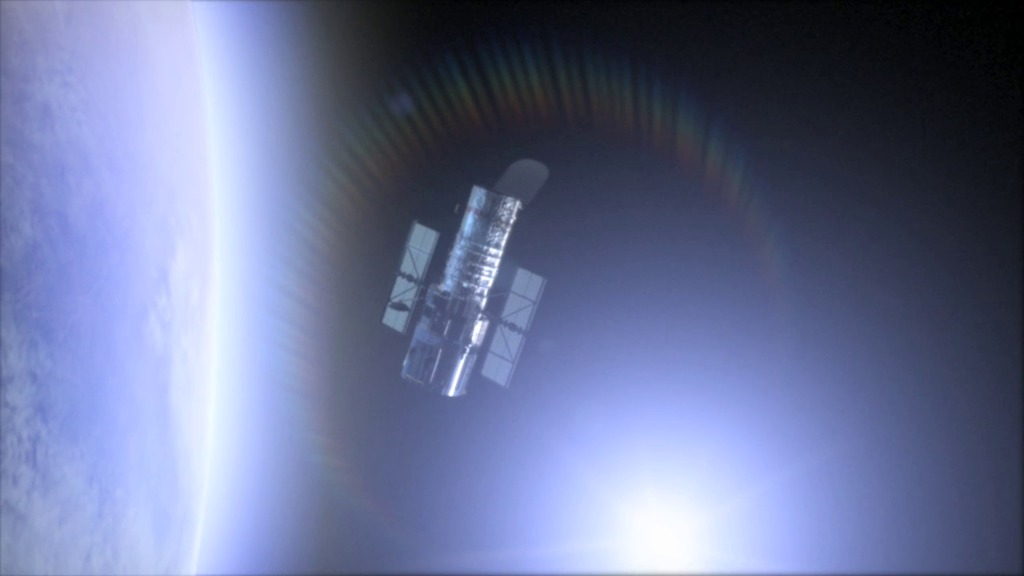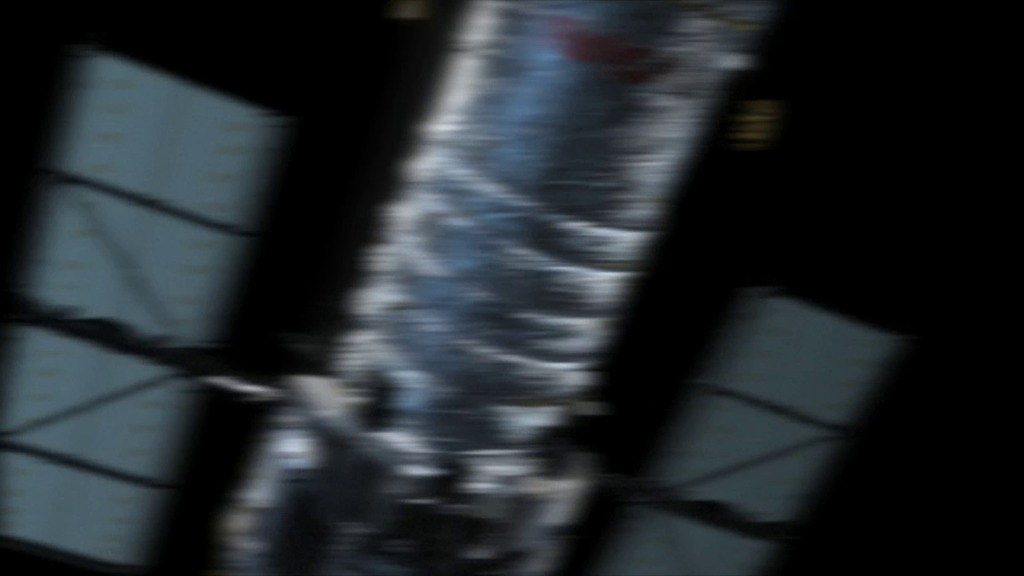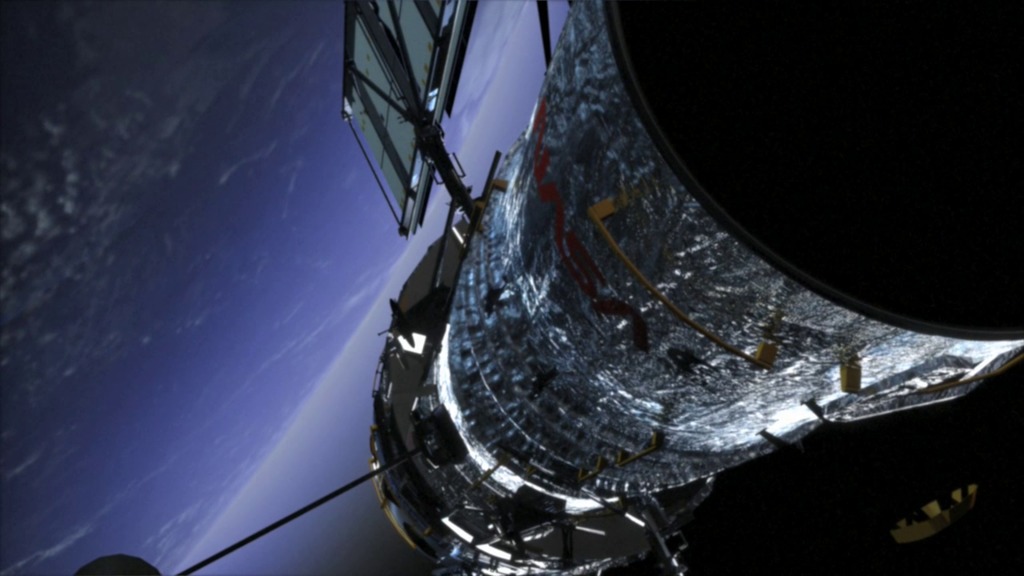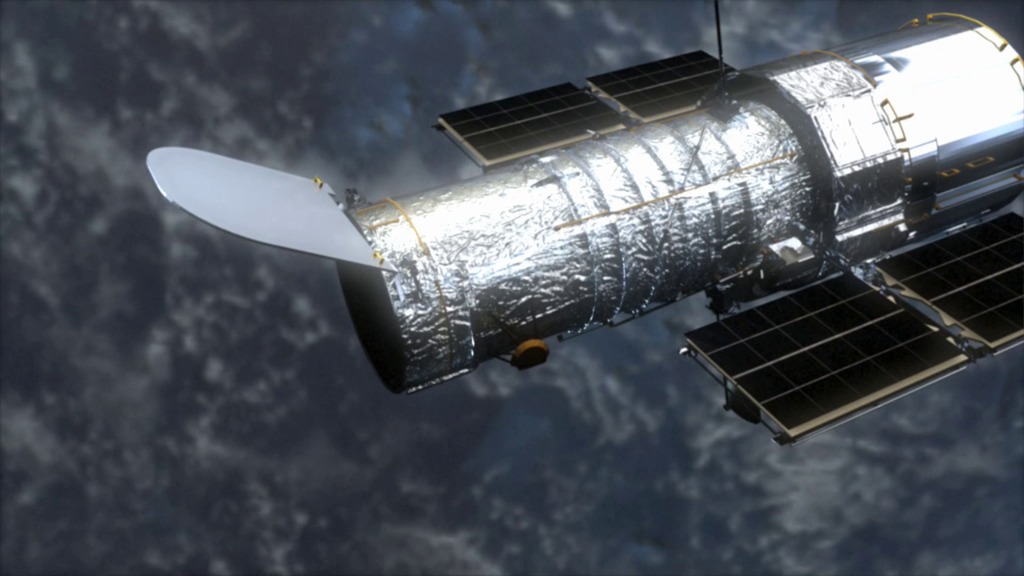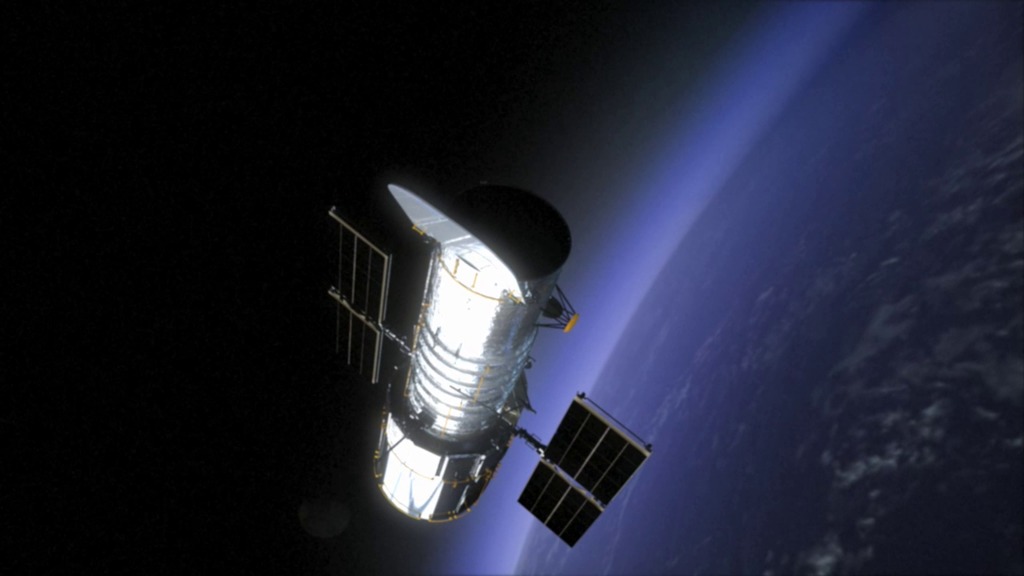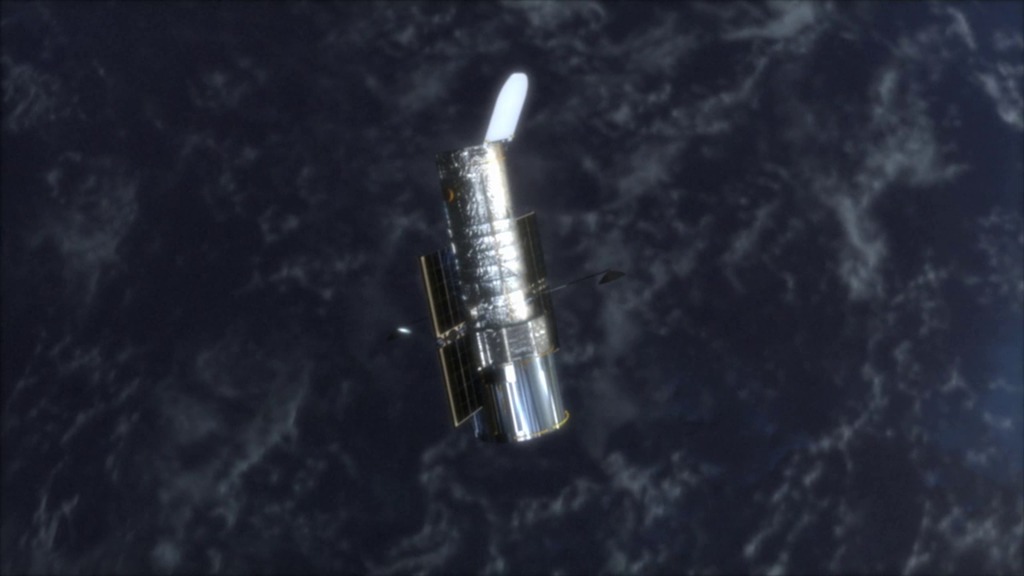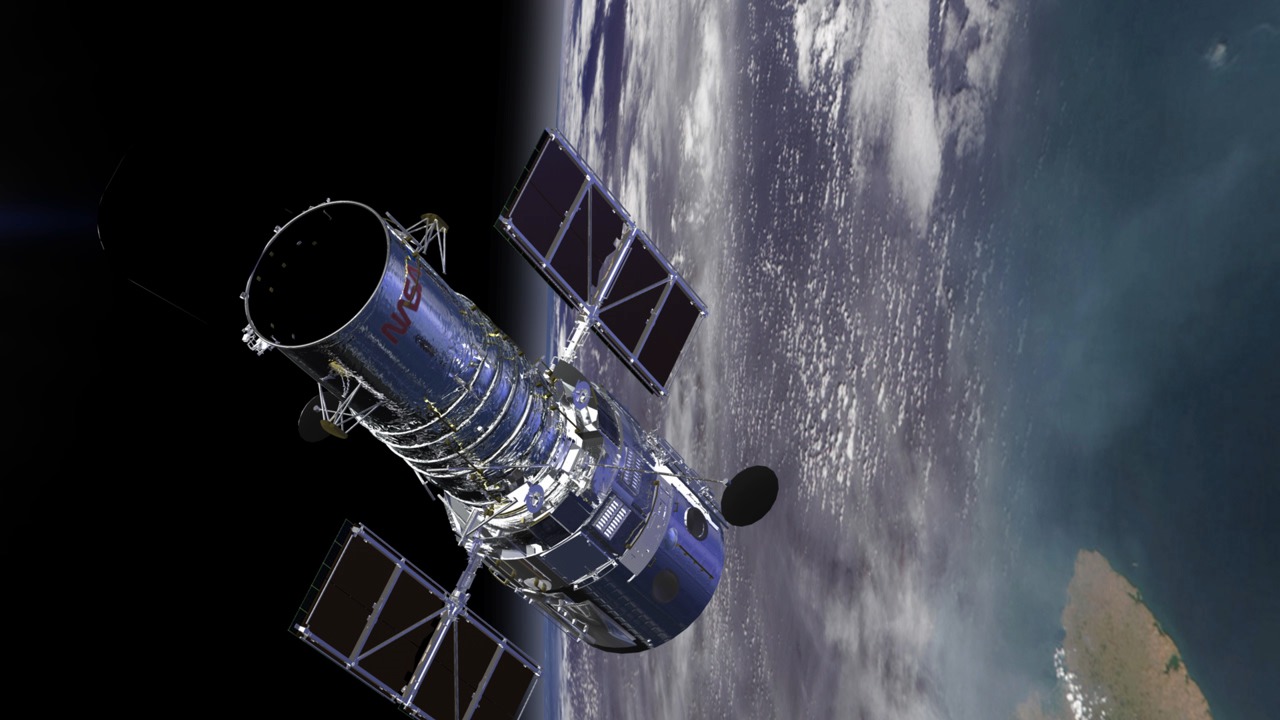Hubble Space Telescope
Overview
Since its launch in 1990, the Hubble Space Telescope has changed our fundamental understanding of the universe. Hubble’s unique design, allowing it to be repaired and upgraded with advanced technology by astronauts, has made it one of NASA’s longest-living and most valuable observatories. Today, Hubble continues to provide views of cosmic wonders never before seen and is still at the forefront of astronomy.
The Hubble Space Telescope is an international collaboration between NASA and the European Space Agency (ESA).
For more information visit us at https://nasa.gov/hubble or follow us on social media @NASAHubble.
Science
These videos feature some of the incredible Hubble Space Telescope scientific discoveries made over more than 34 years of observations.
- Produced Video
- Produced Video
- Produced Video
- Produced Video
- Produced Video
- Produced Video
- Produced Video
- Produced Video
- Produced Video
- Produced Video
- Produced Video
- Produced Video
- Produced Video
- Produced Video
- Produced Video
- Produced Video
- Produced Video
- Produced Video
- Produced Video
- Produced Video
- Produced Video
- Produced Video
- Produced Video
- Produced Video
- Produced Video
- Produced Video
- Produced Video
- Produced Video
- Produced Video
- Produced Video
- Produced Video
- Produced Video
- Produced Video
- Produced Video
- Produced Video
- Produced Video
- Produced Video
- Produced Video
- Produced Video
- Produced Video
- Produced Video
- Produced Video
- Produced Video
- Produced Video
- Produced Video
- Produced Video
- Produced Video
- Produced Video
- Produced Video
- Produced Video
- Produced Video
- Produced Video
- Produced Video
- Produced Video
- Produced Video
- Produced Video
- Produced Video
- Produced Video
- Produced Video
- Produced Video
- Produced Video
- Produced Video
- Produced Video
- Produced Video
- Produced Video
- Produced Video
- Produced Video
- Produced Video
History
These fully produced Hubble web shorts go over the telescope's history, capabilities, or the people involved with its success.
- Produced Video
- Produced Video
- Produced Video
- Produced Video
- Produced Video
- Produced Video
- Produced Video
- Produced Video
- Produced Video
- Produced Video
- Produced Video
- Produced Video
- Produced Video
- Produced Video
- Produced Video
- Produced Video
- Produced Video
- Produced Video
- Produced Video
- Produced Video
- Produced Video
- Produced Video
- Produced Video
- Produced Video
- Produced Video
- Produced Video
- Produced Video
- Produced Video
- Produced Video
- Produced Video
- Produced Video
- Produced Video
- Produced Video
Career Aspirations
These videos feature the many career paths that the Hubble Space Telescope has available. From the astronauts who fix Hubble to the developers who work on its software, from the scientists who study the data to the people who spread the word about its discoveries, the telescope is supported by people who traveled unique paths to join the Hubble adventure. Learn about their stories and find out how your skills could lead you to NASA.
- Produced Video
- Produced Video
- Produced Video
- Produced Video
- Produced Video
- Produced Video
- Produced Video
- Produced Video
- Produced Video
- Produced Video
- Produced Video
- Produced Video
- Produced Video
- Produced Video
Iconic Imagery
Some of Hubble's most famous and visually stunning images. For a full catalog of Hubble imagery, search
http://hubblesite.org/newscenter/
- Produced Video
- Produced Video
- Hyperwall Visual
- Hyperwall Visual
- Hyperwall Visual
- Hyperwall Visual
- Hyperwall Visual
- Hyperwall Visual
- Hyperwall Visual
- Produced Video
- Hyperwall Visual
- Hyperwall Visual
Hubble's Inside The Image
Series that features in-depth explanations on some of Hubble's most iconic images.
- Produced Video
- Produced Video
- Produced Video
- Produced Video
- Produced Video
- Produced Video
- Produced Video
- Produced Video
- Produced Video
- Produced Video
- Produced Video
- Produced Video
- Produced Video
- Produced Video
Hubble Science Series
Series that features easy-to-understand explanations on the complicated science discoveries made by the Hubble Space Telescope over the years.
- Produced Video
- Produced Video
- Produced Video
- Produced Video
- Produced Video
- Produced Video
- Produced Video
- Produced Video
- Produced Video
- Produced Video
- Produced Video
- Produced Video
Documentaries
These documentaries highlight some of the biggest moments and people involved with the Hubble Space Telescope.
New Hubble Video Miniseries Goes Behind the Scenes of Our "Eye in the Sky"
Go to this pageA new video miniseries explores the intricate world of operating the Hubble Space Telescope.In Hubble – Eye in the Sky, viewers get an inside look at the challenges of operating the telescope, along with an understanding of the groundbreaking discoveries that forever changed the way we view space. Leading scientists, engineers and a Nobel prize winner take us through the innovation and strategies that keep the telescope in prime condition. Starting on July 15, the first episode, “Driving the Telescope,” visits Hubble’s control center to find out how a telescope in space is managed and operated from Earth. The following two episodes will premiere on July 20 and 23. They explore the riveting discoveries, technological updates and “time machine” capabilities of Hubble. Watch Hubble – Eye in the Sky starting on July 15, and follow Hubble on Instagram, Facebook and Twitter. Positioned above Earth’s murky atmosphere, Hubble fundamentally changed the field of astronomy and our understanding of the universe. For more information, visit NASA’s Hubble Space Telescope website.Music Credits:“Only Seconds Left” by Donn Wilkerson [ BMI ]. Killer Tracks [ BMI ] and Universal Production Music. ||
Episode 1: Driving The Telescope (Hubble – Eye in the Sky miniseries)
Go to this pageEpisode 1: Driving the Telescope – Visit Hubble’s control center to learn about the challenges and techniques of performing extraordinarily detailed observations with an orbiting space telescope. Tour the rarely seen, life-size simulator at NASA that helps engineers and operators investigate problems and test new solutions before implementing them on the real telescope in space. This series, Hubble – Eye in the Sky, takes you behind the scenes into the world of Hubble Space Telescope operations. Discover the strategies needed to run a bus-sized observatory as it speeds around Earth at 17,000 miles per hour, and find out how Hubble collects the incredible images and groundbreaking data that have transformed humanity’s vision of space. Witness the ingenuity that keeps such a complex and remote machine working to investigate the mysteries of the universe for more than 30 years.For more information, visit https://nasa.gov/hubble.Production & Post:Origin Videos & Images: NASA Goddard Space Flight Center European Space AgencySpace Telescope Science InstituteMusic:The Machines — Richard Canavan Interesting Conundrum — K1WoodsWatching The Stars — Rimsky MusicBetter Times Coming — Zeonium(PremiumBeat by Shutterstock) ||
Episode 2: An Unexpected Journey (Hubble – Eye in the Sky miniseries)
Go to this pageEpisode 2: An Unexpected Journey – With five servicing missions, upgraded instruments, and new ways of operating, Hubble is not the same telescope it was when it launched. Discover the innovative ways astronomers and engineers use Hubble today. This series, Hubble – Eye in the Sky, takes you behind the scenes into the world of Hubble Space Telescope operations. Discover the strategies needed to run a bus-sized observatory as it speeds around Earth at 17,000 miles per hour, and find out how Hubble collects the incredible images and groundbreaking data that have transformed humanity’s vision of space. Witness the ingenuity that keeps such a complex and remote machine working to investigate the mysteries of the universe for more than 30 years.For more information, visit https://nasa.gov/hubble.Production & Post:Origin Videos & Images: NASA Goddard Space Flight Center European Space AgencySpace Telescope Science InstituteMusic:The Machines — Richard Canavan Cosmic Call — Immersive MusicMoving Headlines — Immersive MusicOur Planet — Remember The Future(PremiumBeat by Shutterstock) ||
Episode 3: Time Machines (Hubble – Eye in the Sky miniseries)
Go to this pageEpisode 3: Time Machines – Hubble has looked back billions of years in time to see some of the earliest galaxies in their infancy, and it has fundamentally changed what we know about the universe itself. Find out from Nobel Laureate John Mather and Hubble Senior Project Scientist Jennifer Wiseman how Hubble will work with the future James Webb Space Telescope to revolutionize our understanding of the universe even further.This series, Hubble – Eye in the Sky, takes you behind the scenes into the world of Hubble Space Telescope operations. Discover the strategies needed to run a bus-sized observatory as it speeds around Earth at 17,000 miles per hour, and find out how Hubble collects the incredible images and groundbreaking data that have transformed humanity’s vision of space. Witness the ingenuity that keeps such a complex and remote machine working to investigate the mysteries of the universe for more than 30 years.For more information, visit https://nasa.gov/hubble.Production & Post:Origin Videos & Images: NASA Goddard Space Flight Center European Space AgencySpace Telescope Science InstituteMusic:The Machines — Richard Canavan Counting The Stars — Patrick RundbladWonderful Places — Mocha MusicFallen Dynasty — Evan MacDonald (PremiumBeat by Shutterstock) ||
Trivia
Hubble Trivia is a miniseries featuring some frequently asked questions and surprising facts about the famous space telescope.
Hubble Trivia
Go to this pageThe Hubble Space Telescope has been answering questions about the universe for over 30 years. Now it’s your turn to answer some questions about Hubble! Hubble Trivia is a miniseries featuring some frequently asked questions and surprising facts about the famous space telescope. See if you can answer each trivia question before the answer is revealed! ||
Hubble Tool Time
A six-part mini-series about the tools used on the Hubble Space Telescope servicing missions.
Hubble Tool Time Promo
Go to this pageTuesdays starting on April 16, 2019, we will be releasing a new six-part mini-series about the tools used on Hubble's servicing missions, hosted by retired NASA astronaut John Grunsfeld.Hubble was uniquely designed to be serviced in space so that components could be repaired and upgraded. Astronauts performed challenging spacewalks on five servicing missions from 1993 to 2009 to keep Hubble operating so that it could change our fundamental understanding of the universe.In addition to enabling Hubble's scientific discoveries, the tools developed by teams at NASA's Goddard Space Flight Center and tested with the Johnson Space Center furthered NASA's human exploration capabilities. These tools and the knowledge gleaned from the Hubble servicing missions are used today by astronauts on the International Space Station, and will be critical to NASA's future crewed missions to the moon and Mars.For more information, visit nasa.gov/hubble.Credit: NASA's Goddard Space Flight Center/Paul Morris.Music credits: "Wine On It" by Kevin Blanc [SACEM]; KTSA Publishing SACEM; Gum Tapes; Killer Tracks Production Music. ||
Hubble Tool Time Episode 1 - Astronaut Training
Go to this pageRetired NASA astronaut John Grunsfeld hosts this six-part mini-series about the tools used on the Hubble Space Telescope servicing missions. Hubble was uniquely designed to be serviced in space so that components could be repaired and upgraded. Astronauts using custom-designed tools performed challenging spacewalks on five servicing missions from 1993 to 2009 to keep Hubble operating so that it could change our fundamental understanding of the universe.Join John and astronaut trainer Christy Hansen in this first episode to learn about how astronauts trained to use the tools on the Hubble servicing missions.In addition to enabling Hubble's scientific discoveries, the tools developed by teams at NASA's Goddard Space Flight Center and tested in collaboration with the Johnson Space Center furthered NASA's human exploration capabilities. These tools and the knowledge gleaned from the Hubble servicing missions are used today by astronauts on the International Space Station, and will be critical to NASA's future crewed missions to the Moon and Mars.For more information, visit nasa.gov/hubble.Credit: NASA's Goddard Space Flight Center/Katrina Jackson.Music credits: "Wine On It" by Kevin Blanc [SACEM]; KTSA Publishing SACEM; Gum Tapes; Killer Tracks Production Music. "Breakthrough" by Donn Wilerson [BMI]; Killer Tracks BMI; Killer Tracks Production Music. ||
Hubble Tool Time Episode 2 - Servicing Mission 1
Go to this pageRetired NASA astronaut John Grunsfeld hosts this six-part mini-series about the tools used on the Hubble Space Telescope servicing missions. Hubble was uniquely designed to be serviced in space so that components could be repaired and upgraded. Astronauts using custom-designed tools performed challenging spacewalks on five servicing missions from 1993 to 2009 to keep Hubble operating so that it could change our fundamental understanding of the universe.Join John and EVA manager Russ Werneth in this episode of Hubble Tool Time to learn about the power ratchet tool used on Hubble’s first servicing mission in 1993.In addition to enabling Hubble's scientific discoveries, the tools developed by teams at NASA's Goddard Space Flight Center and tested in collaboration with the Johnson Space Center furthered NASA's human exploration capabilities. These tools and the knowledge gleaned from the Hubble servicing missions are used today by astronauts on the International Space Station, and will be critical to NASA's future crewed missions to the Moon and Mars.For more information, visit nasa.gov/hubble.Credit: NASA's Goddard Space Flight Center/Katrina Jackson.Music credits: "Wine On It" by Kevin Blanc [SACEM]; KTSA Publishing SACEM; Gum Tapes; Killer Tracks Production Music. "Breakthrough" by Donn Wilerson [BMI]; Killer Tracks BMI; Killer Tracks Production Music. ||
Hubble Tool Time Episode 3 - Servicing Mission 2
Go to this pageRetired NASA astronaut John Grunsfeld hosts this six-part mini-series about the tools used on the Hubble Space Telescope servicing missions. Hubble was uniquely designed to be serviced in space so that components could be repaired and upgraded. Astronauts using custom-designed tools performed challenging spacewalks on five servicing missions from 1993 to 2009 to keep Hubble operating so that it could change our fundamental understanding of the universe.Join John and EVA manager Russ Werneth in this episode of Hubble Tool Time to learn about the pistol grip tool developed for Hubble’s second servicing mission in 1997, a tool that astronauts now use on almost every spacewalk.In addition to enabling Hubble's scientific discoveries, the tools developed by teams at NASA's Goddard Space Flight Center and tested in collaboration with the Johnson Space Center furthered NASA's human exploration capabilities. These tools and the knowledge gleaned from the Hubble servicing missions are used today by astronauts on the International Space Station, and will be critical to NASA's future crewed missions to the Moon and Mars.For more information, visit https://nasa.gov/hubble.Credit: NASA's Goddard Space Flight Center/Katrina Jackson.Music credits: "Wine On It" by Kevin Blanc [SACEM]; KTSA Publishing SACEM; Gum Tapes; Killer Tracks Production Music. "Breakthrough" by Donn Wilerson [BMI]; Killer Tracks BMI; Killer Tracks Production Music. ||
Hubble Tool Time Episode 4 - Servicing Mission 3A
Go to this pageRetired NASA astronaut John Grunsfeld hosts this six-part mini-series about the tools used on the Hubble Space Telescope servicing missions. Hubble was uniquely designed to be serviced in space so that components could be repaired and upgraded. Astronauts using custom-designed tools performed challenging spacewalks on five servicing missions from 1993 to 2009 to keep Hubble operating so that it could change our fundamental understanding of the universe.Join John and EVA engineer Ed Rezac in this episode of Hubble Tool Time to learn about the difficult job of replacing Hubble’s Rate Sensor Units on Servicing Mission 3A in 1999 and the resulting tool created to make the job easier. In addition to enabling Hubble's scientific discoveries, the tools developed by teams at NASA's Goddard Space Flight Center and tested in collaboration with the Johnson Space Center furthered NASA's human exploration capabilities. These tools and the knowledge gleaned from the Hubble servicing missions are used today by astronauts on the International Space Station, and will be critical to NASA's future crewed missions to the Moon and Mars.For more information, visit https://nasa.gov/hubble.Credit: NASA's Goddard Space Flight Center/Katrina Jackson.Music credits: "Wine On It" by Kevin Blanc [SACEM]; KTSA Publishing SACEM; Gum Tapes; Killer Tracks Production Music. "Breakthrough" by Donn Wilerson [BMI]; Killer Tracks BMI; Killer Tracks Production Music. ||
Hubble Tool Time Episode 5 - Servicing Mission 3B
Go to this pageRetired NASA astronaut John Grunsfeld hosts this six-part mini-series about the tools used on the Hubble Space Telescope servicing missions. Hubble was uniquely designed to be serviced in space so that components could be repaired and upgraded. Astronauts using custom-designed tools performed challenging spacewalks on five servicing missions from 1993 to 2009 to keep Hubble operating so that it could change our fundamental understanding of the universe.Join John and EVA engineer Ed Rezac in this episode of Hubble Tool Time to learn about developing a wrench-like connector tool to replace Hubble’s Power Control Unit on Servicing Mission 3B in 2002. In addition to enabling Hubble's scientific discoveries, the tools developed by teams at NASA's Goddard Space Flight Center and tested in collaboration with the Johnson Space Center furthered NASA's human exploration capabilities. These tools and the knowledge gleaned from the Hubble servicing missions are used today by astronauts on the International Space Station, and will be critical to NASA's future crewed missions to the Moon and Mars.For more information, visit https://nasa.gov/hubble.Credit: NASA's Goddard Space Flight Center/Katrina Jackson.Music credits: "Wine On It" by Kevin Blanc [SACEM]; KTSA Publishing SACEM; Gum Tapes; Killer Tracks Production Music. "Breakthrough" by Donn Wilerson [BMI]; Killer Tracks BMI; Killer Tracks Production Music. ||
Hubble Tool Time Episode 6 - Servicing Mission 4
Go to this pageRetired NASA astronaut John Grunsfeld hosts this six-part mini-series about the tools used on the Hubble Space Telescope servicing missions. Hubble was uniquely designed to be serviced in space so that components could be repaired and upgraded. Astronauts using custom-designed tools performed challenging spacewalks on five servicing missions from 1993 to 2009 to keep Hubble operating so that it could change our fundamental understanding of the universe.Join John, EVA engineer Ed Rezac, and astronaut trainer Christy Hansen in this episode of Hubble Tool Time to learn about creating a Fastener Capture Plate to capture 111 screws in order to repair the Space Telescope Imaging Spectrograph on Servicing Mission 4 in 2009.In addition to enabling Hubble's scientific discoveries, the tools developed by teams at NASA's Goddard Space Flight Center and tested in collaboration with the Johnson Space Center furthered NASA's human exploration capabilities. These tools and the knowledge gleaned from the Hubble servicing missions are used today by astronauts on the International Space Station, and will be critical to NASA's future crewed missions to the Moon and Mars.For more information, visit https://nasa.gov/hubble.Credit: NASA's Goddard Space Flight Center/Katrina Jackson.Music credits: "Wine On It" by Kevin Blanc [SACEM]; KTSA Publishing SACEM; Gum Tapes; Killer Tracks Production Music. "Breakthrough" by Donn Wilerson [BMI]; Killer Tracks BMI; Killer Tracks Production Music. ||
Servicing Missions
Hubble, orbiting 353 miles (569 km) above the surface of Earth, is the first telescope designed for space-based maintenance. Astronauts visiting Hubble have made repairs, replaced parts, and updated its technology with new instruments.
Hubble’s Servicing Mission 1
Go to this pageShortly after the Hubble Space Telescope was deployed in 1990, the observatory's primary mirror was discovered to have an aberration that affected the clarity of the telescope's early images. Fortunately, Hubble, orbiting 353 miles (569 km) above the surface of the Earth, was the first telescope designed to be visited in space by astronauts to perform repairs, replace parts, and update its technology with new instruments. Servicing Mission 1, launched in December 1993, was the first opportunity to conduct planned maintenance on the telescope. In addition, new instruments were installed and the optics of the flaw in Hubble's primary mirror was corrected.For more information, visit https://nasa.gov/hubble. Music Credits: "Sleep Patterns" by Oliver Worth [PRS] via Atmosphere Music Ltd [PRS] and Universal Production Music."Tides" by Ben Niblett [PRS], and Jon Cotton [PRS] via Atmosphere Music Ltd [PRS] and Universal Production Music."Mirrored Cubes" by Laurent Dury [SACEM] via Koka Media [SACEM], Universal Publishing Production Music France [SACEM] and Universal Production Music."Natural Time Cycles by Laurent Dury [SACEM] via Koka Media [SACEM], Universal Publishing Production Music France [SACEM] and Universal Production Music.Motion Graphics Template Media Credits:Lower Thirds Auto Self Resizing by cayman via Motion Array ||
Hubble’s Servicing Mission 2
Go to this pageThe Second Servicing Mission, launched February 11, 1997, greatly improved Hubble's productivity. The installation of new instruments extended Hubble's wavelength range into the near infrared for imaging and spectroscopy, allowing us to probe the most distant reaches of the universe. The replacement of failed or degraded spacecraft components increased efficiency and performance.A seven-member STS-82 crew took part in this mission. Four astronauts conducted the planned spacewalks: Mark Lee, Gregory Harbaugh, Steven Smith and Joseph Tanner were part of the extravehicular activity crew. Kenneth Bowersox was the commander, Scott Horowitz was the pilot, and Steven Hawley was the Remote Manipulator System Operator.For more information, visit https://nasa.gov/hubble. Music Credits: "Cristal Delight" by Fred Dubois [SACEM] via Koka Media [SACEM], Universal Publishing Production Music France [SACEM] and Universal Production Music.“Paradigm” by Laurent Dury [SACEM] via Koka Media [SACEM], Universal Publishing Production Music France [SACEM] and Universal Production Music.“Temporal Kinetics” by Laurent Dury [SACEM] via Koka Media [SACEM], Universal Publishing Production Music France [SACEM] and Universal Production Music.“Drive to Succeed” by Stephen Daniel Lemaire [ASCAP] via El Murmullo Sarao [SGAE], Universal Sarao [SGAE] and Universal Production Music.Motion Graphics Template Media Credits:Lower Thirds Auto Self Resizing by cayman via Motion Array ||
Hubble’s Servicing Mission 3A
Go to this pageWhat was originally conceived as a mission of preventive maintenance turned more urgent on November 13, 1999, when the fourth of six gyros failed and Hubble temporarily closed its eyes on the universe. Unable to conduct science without three working gyros, Hubble entered a state of dormancy called safe mode. Essentially, Hubble "went to sleep" while it waited for help. NASA decided to split the Third Servicing Mission (SM3) into two parts, SM3A and SM3B, after the third of Hubble's six gyroscopes failed. In accordance with NASA's flight rules, a "call-up" mission was quickly approved and developed and executed in a record 7 months!The crew of STS-103 including astronauts Curtis L. Brown Jr., Scott J. Kelly, John M. Grunsfeld, Jean-François Clervoy, Michael Foale, Steven L. Smith, and Claude Nicollier ensured that the Hubble Space Telescope continued its mission into the 21st century.For more information, visit https://nasa.gov/hubble. Music Credits: "Illuminations" by Aleksander Terris [SACEM] via Koka Media [SACEM], Universal Publishing Production Music France [SACEM] and Universal Production Music.“Castle Road” by Laurent Dury [SACEM ]via Koka Media [SACEM], Universal Publishing Production Music France [SACEM] and Universal Production Music.“Urgent Pizzicati” by Fabrice Ravel Chapuis [SACEM] via Koka Media [SACEM], Universal Publishing Production Music France [SACEM] and Universal Production Music.“Royal Legacy” by Laurent Dury [SACEM] via Koka Media [SACEM], Universal Publishing Production Music France [SACEM] and Universal Production Music.“A Fresh Perspective” by Stephen Daniel Lemaire [ASCAP] via El Murmullo Sarao [SGAE], Universal Sarao [SGAE] and Universal Production Music.Motion Graphics Template Media Credits:Lower Thirds Auto Self Resizing by cayman via Motion ArrayOld TV Graphic by SVZUL via Motion Array ||
Hubble’s Servicing Mission 3B
Go to this pageServicing Mission 3B was actually the fourth visit to Hubble. NASA split the original Servicing Mission 3 into two parts and conducted 3A in December of 1999. During SM3B a new science instrument will be installed: the Advanced Camera for Surveys (ACS). Several other activities were accomplished as well over a 12-day mission with 5 spacewalks.Four astronauts trained for five scheduled spacewalks to upgrade and service the Hubble Space Telescope during the STS-109 mission in early 2002. Three veteran astronauts, John M.Grunsfeld, James H. Newman, and Richard M. Linnehan, were joined by Michael J. Massimino, who will be making his first space flight.Scott Altman, (Cmdr., USN), a two-time shuttle veteran, commanded the STS-109 mission. He was joined on the flight deck by pilot Duane Carey, (Lt. Col., USAF), making his first space flight, and flight engineer Nancy Currie (Lt. Col, USA, Ph.D.). Currie had three previous space flights to her credit.For more information, visit https://nasa.gov/hubble. Music Credits: "Piano Bar" by Steve Marvin [SACEM] via Koka Media [SACEM], and Universal Production Music.“On a Tightrope” by Jay Price [PRS] and Paul Reeves [PRS] via KAtmosphere Music Ltd. [PRS] and Universal Production Music."Cocktail For 3" by Steve Marvin [SACEM] via Koka Media [SACEM], and Universal Production Music."On Going Process" by Laurent Dury [SACEM] via Koka Media [SACEM], Universal Publishing Production Music France [SACEM], and Universal Production Music."Intrigues and Plots" by Laurent Dury [SACEM] via Koka Media [SACEM], Universal Publishing Production Music France [SACEM], and Universal Production Music."Hyperion" by Laurent Dury [SACEM] via Koka Media [SACEM], Universal Publishing Production Music France [SACEM], and Universal Production Music.Motion Graphics Template Media Credits:Lower Thirds Auto Self Resizing by cayman via Motion Array ||
Hubble’s Servicing Mission 4
Go to this pageThe Hubble Space Telescope was reborn with Servicing Mission 4 (SM4), the fifth and final servicing of the orbiting observatory. During SM4, two new scientific instruments were installed – the Cosmic Origins Spectrograph (COS) and Wide Field Camera 3 (WFC3). Two failed instruments, the Space Telescope Imaging Spectrograph (STIS) and the Advanced Camera for Surveys (ACS), were brought back to life by the first ever on-orbit repairs. With these efforts, Hubble has been brought to the apex of its scientific capabilities.For more information, visit https://nasa.gov/hubble. Music Credits: "Aquarius" by Fred Dubois [SACEM] via Koka Media [SACEM], Universal Publishing Production Music France [SACEM], and Universal Production Music.“Adam and Eve” by Laurent Dury [SACEM] via Koka Media [SACEM], Universal Publishing Production Music France [SACEM], and Universal Production Music."Inquiring Mind" by Leon Mitchener [NS] via Atmosphere Music Ltd. [PRS], and Universal Production Music."Weight of Water" by Anthony Edwin Phillips [PRS] via Atmosphere Music Ltd. [PRS], and Universal Production Music."Urban Migration" by Fred Dubois [SACEM] via Koka Media [SACEM], Universal Publishing Production Music France [SACEM], and Universal Production Music."Get up and Run" by Raul del Moral Redondo [SGAE] via El Murmullo Sarao [SGAE], Universal Sarao [SGAE], and Universal Production Music.“Metamorphosis” by Matthew St Laurent [ASCAP] via Soundcast Music [SESAC] and Universal Production Music.Motion Graphics Template Media Credits:Lower Thirds Auto Self Resizing by cayman via Motion Array ||
Hubble Servicing Missions Quick Overviews
Go to this pageHubble, orbiting 353 miles (569 km) above the surface of the Earth, was the first telescope designed to be visited in space by astronauts to perform repairs, replace parts, and update its technology with new instruments.These one minute long videos quickly go over the five incredibly important servicing missions.Produced and Edited by NASA Hubble Intern Miranda Chabot. ||
Servicing Mission 1 - 30th Anniversary Series
This 7-part miniseries celebrates the 30th anniversary of the heroic Servicing Mission 1, the mission which saved the Hubble Space Telescope.
The Great American Comeback – Hubble’s Servicing Mission 1 (Ed Weiler)
Go to this pageDive into the fascinating saga of Hubble's Servicing Mission 1 with Ed Weiler, one of the driving forces behind its success. In this exclusive interview, Weiler unveils the challenges and triumphs that revitalized the Hubble Space Telescope, turning it into a cosmic marvel. Experience the mission's impact firsthand as Weiler shares his insights, recounting the dedication and innovation that fueled Hubble's transformation. Join us on a celestial journey through the stars, exploring the remarkable achievements that cemented Hubble's legacy as a beacon of human exploration. Discover the cosmic wonders captured by Hubble, and witness the enduring legacy of Ed Weiler and the team behind Servicing Mission 1. Get ready for an exploration of the cosmos that will leave you in awe of the incredible journey that reshaped our understanding of the universe.For more information, visit https://nasa.gov/hubble. Music Credits:"Coronation" by Adrian Mena Arrabal [PRS] via Killer Tracks [BMI] and Universal Production Music“The Journey of a Gesture” by Alfie Solo [PRS] and Luther Calliope [PRS] via Freshworx Music Limited [PRS] and Universal Production Music“Wonders of the Earth” by Zinovia Arvanitidi [SACEM] via France Télévisions Distribution [SACEM], Universal Production Music France [SACEM], and Universal Production Music“Beloved Earth” by JC Lemay [SACEM] via Koka Media [SACEM], Universal Production Music France [SACEM], and Universal Production MusicVideo Credits:Spherical Aberration Animation credit ESA/Hubble ||
Going For It All – Hubble’s Servicing Mission 1 (Story Musgrave)
Go to this pageJoin us as we delve into the remarkable history of the Hubble Space Telescope and the critical role played by astronaut Story Musgrave during Servicing Mission 1.In this interview, Story Musgrave shares firsthand accounts of the groundbreaking mission that revitalized Hubble, allowing it to capture breathtaking images and unlock the secrets of the cosmos. Discover the challenges, triumphs, and the incredible journey that made it all possible.Hear from a true space legend as we explore the awe-inspiring achievements of both the Hubble Space Telescope and the dedicated individuals like Story Musgrave who made it all happen. Get ready to embark on a journey through the stars and beyond!For more information, visit https://nasa.gov/hubble. Music Credits:"Coronation" by Adrian Mena Arrabal [PRS] via Killer Tracks [BMI ] and Universal Production Music“Soaring Across The Sky” by Tihomir Goshev Hristozov [BMI] via Aurora [PRS] and Universal Production Music“Code of Ethics” by Laurent Levesque [SACEM] via France Télévisions Distribution [SACEM], Universal Production Music France [SACEM], and Universal Production Music“Strange Signals” by Benji Paul Merrison [PRS] and Will Slater [PRS] via BBC Production Music [PRS] and Universal Production Music“Cold Wind Sounds” by EMilar Music & Audio via MotionArray“Beloved Earth” by JC Lemay [SACEM] via Koka Media [SACEM], Universal Production Music France [SACEM], and Universal Production MusicVideo Credits:Silhouetted Pole Vaulter Athlete Training Makes It Over High Bar via POND5 ||
The Big Fix – Hubble’s Servicing Mission 1 (David Leckrone)
Go to this pageEmbark on a cosmic voyage as we delve into the pivotal role played by David Leckrone in Hubble's Servicing Mission 1. In this exclusive interview, Leckrone shares firsthand accounts of the mission's challenges and triumphs, uncovering the behind-the-scenes efforts that revitalized the Hubble Space Telescope. Join us in experiencing the impact of Servicing Mission 1 through Leckrone's perspective, as he unveils the dedication and ingenuity that transformed Hubble into a celestial marvel. Take a journey through the stars and witness the cosmic wonders captured by Hubble, all made possible by the relentless efforts of the mission team. Discover the enduring legacy of the Hubble Space Telescope and Servicing Mission 1, as we celebrate their contributions to reshaping our understanding of the universe. Get ready for an exploration of cosmic achievements that continue to inspire awe and wonder.For more information, visit https://nasa.gov/hubble. Music Credits:"Coronation" by Adrian Mena Arrabal [PRS] via Killer Tracks [BMI] and Universal Production Music“Fight For Freedom” by Andrew James Blaney [PRS] via Universal Trailer Series [PRS] and Universal Production Music“Cognitive Dissonance 8” by Joel Goodman [ASCAP] via Medley Lane Music [ASCAP] and Universal Production Music“Perpetual Twilight” by Christophe La Pinta [SACEM], Koka Media [SACEM], Universal Publishing Production Music France [SACEM], and Universal Production Music. “History in Motion” by Fred Dubois [SACEM], Koka Media [SACEM], Universal Publishing Production Music France [SACEM], and Universal Production Music. “Interstellar Spacecraft” by JC Lemay [SACEM], Koka Media [SACEM], Universal Publishing Production Music France [SACEM], and Universal Production Music. “Beloved Earth” by JC Lemay [SACEM] via Koka Media [SACEM], Universal Production Music France [SACEM], and Universal Production Music ||
Make It or Break It – Hubble’s Servicing Mission 1 (Kathy Thornton)
Go to this pageDive into the captivating history of the Hubble Space Telescope and astronaut Kathy Thornton's crucial role in Servicing Mission 1! Join us for an exclusive interview where Kathy Thornton shares firsthand accounts of the groundbreaking mission, unveiling the challenges, triumphs, and the incredible journey that revitalized Hubble, capturing breathtaking cosmic images. Explore the awe-inspiring achievements of the Hubble Space Telescope and the dedicated individuals like Kathy Thornton who made it all happen. Get ready to be inspired on a journey through the stars and beyond!For more information, visit https://nasa.gov/hubble. Credit: NASA's Goddard Space Flight Center Paul Morris: Lead Producer John Philyaw: Lead Camera OperatorSophia Rentschler: Camera OperatorKathy Thornton: IntervieweeMusic Credits:"Coronation" by Adrian Mena Arrabal [PRS] via Killer Tracks [BMI] and Universal Production Music“Having Heart” by Thomas Daniel Bellingham [PRS] via Ninja Tune Production Music [PRS] and Universal Production Music“Quiet Out There” by Thomas Daniel Bellingham [PRS] via Ninja Tune Production Music [PRS] and Universal Production Music“Ave Maria” by John Taverner [PRS] via Chappell Recorded Music Library Ltd [PRS] and Universal Production Music“Beloved Earth” by JC Lemay [SACEM] via Koka Media [SACEM], Universal Production Music France [SACEM], and Universal Production Music ||
The Challenge – Hubble’s Servicing Mission 1 (Joe Rothenberg)
Go to this pageDive into the cosmic legacy of Joe Rothenberg, a guiding force behind the triumphs of Hubble's Servicing Mission 1. Rothenberg's pivotal role unfolds as he shares firsthand insights into the mission's challenges and innovative strategies that breathed new life into the Hubble Space Telescope.Experience the transformative impact of Rothenberg's leadership during Servicing Mission 1, where strategic planning and inventive solutions overcame hurdles, elevating Hubble's capabilities. Journey through the celestial wonders captured by Hubble, a testament to Rothenberg's visionary approach and the steadfast commitment of the mission team.Uncover the enduring legacy of Joe Rothenberg and the collaborative spirit that defines the team behind the success of Servicing Mission 1. Join us on an exploration of cosmic achievements that continue to inspire wonder, highlighting the collective ingenuity and dedication that reshaped our understanding of the cosmos.For more information, visit https://nasa.gov/hubble. Music Credits:"Coronation" by Adrian Mena Arrabal [PRS] via Killer Tracks [BMI] and Universal Production Music“Working Again” by Rotem Hecht [ASCAP] via NSLE Music [ASCAP] and Universal Production Music“Osiris” by Lorenzo Castellarin [BMI] via Atmosphere Music Ltd. [PRS] and Universal Production Music“Cyborg Love” by Michael James Burns [PRS] via Chalk Music [PRS] and Universal Production Music“Beloved Earth” by JC Lemay [SACEM] via Koka Media [SACEM], Universal Production Music France [SACEM], and Universal Production Music ||
Test, Test, and Retest – Hubble’s Servicing Mission 1 (Frank Cepollina)
Go to this pageEmbark on a cosmic odyssey with Frank Cepollina, a driving force behind the success of Hubble's Servicing Mission 1. Discover firsthand accounts of his instrumental role in the mission, revealing the innovative solutions and relentless determination that revitalized the Hubble Space Telescope. Join us in exploring the transformative impact of Cepollina's leadership during Servicing Mission 1, overcoming challenges and achieving triumphs to enhance Hubble's capabilities. Take a celestial journey through the stars and witness the cosmic wonders captured by Hubble, a testament to Cepollina's visionary approach and the dedication of the mission team. Uncover the enduring legacy of Frank Cepollina and his pivotal role in reshaping our understanding of the cosmos. Get ready for an awe-inspiring exploration of cosmic achievements that continue to inspire wonder, all made possible by the ingenuity and commitment of the team behind Servicing Mission 1.For more information, visit https://nasa.gov/hubble. Credit: NASA's Goddard Space Flight Center Paul Morris: Lead Producer John Philyaw: Lead Camera OperatorFrank Cepollina: IntervieweeMusic Credits:"Coronation" by Adrian Mena Arrabal [PRS] via Killer Tracks [BMI] and Universal Production Music“Snapshots of History” by Michael Andrew MacLennan [PRS] via Aurora [PRS] and Universal Production Music“Heightened Stakes 3” by Joel Goodman [ASCAP] via Medley Lane Music [ASCAP] and Universal Production Music“Shifting Alliance” by Jessica Charlotte Dannheisser [PRS] via Abbey Road Masters [PRS] and Universal Production Music“Beloved Earth” by JC Lemay [SACEM] via Koka Media [SACEM], Universal Production Music France [SACEM], and Universal Production Music ||
Then and Now – Hubble’s Servicing Mission 1 (Ken Bowersox)
Go to this pageDive into the cosmic journey of astronaut Ken Bowersox, a key player in the success of Hubble's Servicing Mission 1. Bowersox shares firsthand accounts of the mission's challenges and groundbreaking strategies that revitalized the Hubble Space Telescope, setting the stage for future missions. Explore the transformative impact of the team’s contributions during Servicing Mission 1, where innovative solutions and astronaut expertise overcame obstacles, enhancing Hubble's capabilities. Uncover the enduring legacy of the team and the ripple effect of Servicing Mission 1 on future missions and the International Space Station (ISS). Join us on an exploration of cosmic achievements that continue to inspire wonder, showcasing the collective ingenuity and dedication that paved the way for new frontiers in space exploration.For more information, visit https://nasa.gov/hubble. Music Credits:"Coronation" by Adrian Mena Arrabal [PRS] via Killer Tracks [BMI] and Universal Production Music“Between The Lines” by Oskari Nurminen [ASCAP] via Universal Publishing Prod. Music Nordic [STIM] and Universal Production Music“Solaris” by Axel Tenner [BMI], Michael Schluecker [GEMA], and Raphael Schalz [GEMA] via Ed.Berlin Production Music / Universal Production Music GmbH [GEMA] and Universal Production Music“Above The Stars” by Magnum Opus [ASCAP] via Atmosphere Music Ltd. [PRS] and Universal Production Music“Beloved Earth” by JC Lemay [SACEM] via Koka Media [SACEM], Universal Production Music France [SACEM], and Universal Production MusicVideo Credits:Spherical Aberration Animation credit ESA/Hubble ||
Anniversary Celebrations
Hubble’s unique design, allowing it to be repaired and upgraded with advanced technology by astronauts, has made it one of NASA’s longest-living and most valuable observatories, beaming transformational astronomical images and discoveries to Earth for decades.
These videos commemorate Hubble’s 30th birthday which was celebrated in 2020, and Hubble's 25th birthday which was celebrated in 2015.
- Produced Video
- Produced Video
- Produced Video
- Produced Video
- Produced Video
- Produced Video
- Produced Video
- Produced Video
- Produced Video
- Produced Video
- Produced Video
- Produced Video
- Produced Video
- Produced Video
- Produced Video
- Produced Video
- Produced Video
- Hyperwall Visual
Archival Footage
Historical footage of the telescope.
Hubble Archive - Pre-Launch
Go to this pageThis is a recorded interview from Voice of America. In this program, Dr. Fred Whipple discusses sending a telescope above the earth's atmosphere to transcend the atmosphere's obscuring of the view of space. He talks about plans for the Orbiting Astronomical Observatory (OAO,) which was a precursor to the Hubble Space Telescope.National Archive webpage: https://catalog.archives.gov/id/105636SVS webpage: https://svs.gsfc.nasa.gov/13059National Archives Identifier: 105636Local Identifier: 306.10-23Creator: U.S. Information AgencyFrom: Record Group 306: Records of the U.S. Information Agency, 1900-2003This item was broadcast 07/10/1959Production Series: New Horizons in Science || GSFC_19590710_HST_a001_thumbnail.jpg (1280x720) [49.0 KB] || GSFC_19590710_HST_a001.en_US.srt [5.8 KB] || GSFC_19590710_HST_a001.en_US.vtt [5.5 KB] || GSFC_19590710_HST_a001.mp3 [4.4 MB] ||
Hubble Archive - Launch, STS-31
Go to this pageSTS-31 Mission Highlights Resource TapeLaunch of the Hubble Space Telescope, April 24-29 1990Astronauts: Loren Shriver, Charles Bolden, Bruce McCandless, Steven Hawley, Kathryn Sullivan09:50 - Launch12:27 - Opening bay doors20:40 - Taking telescope out of payload bay24:50 - Deploying the solar arrays26:08 - Deploying the high gain antennas26:56 - Unfurling the first solar array30:16 - EVA preparation31:24 - Unfurling the second solar array32:00 - Second solar array gets stuck34:30 - Disable tension monitoring software to unfurl the solar array36:25 - Go for Hubble release39:07 - Student experiment43:50 - Commands sent to open aperture door45:45 - Thank you to training crew46:40 - Thoughts on historical significance50:09 - Closing bay doors50:58 - Shuttle re-entry and landing54:59 - Astronauts exiting Shuttle || GSFC_1990xxxx_HST_m001_thumbnail.jpg (960x720) [265.6 KB] || GSFC_1990xxxx_HST_m001_thumbnail_searchweb.png (320x180) [116.7 KB] || GSFC_1990xxxx_HST_m001_thumbnail_thm.png (80x40) [7.8 KB] || GSFC_1990xxxx_HST_m001.mov (960x720) [9.4 GB] || GSFC_1990xxxx_HST_m001.mp4 (960x720) [4.0 GB] || GSFC_1990xxxx_HST_m001.webm (960x720) [423.6 MB] || GSFC_1990xxxx_HST_m001.en_US.srt [55.9 KB] || GSFC_1990xxxx_HST_m001.en_US.vtt [53.0 KB] ||
Hubble Archive - Post-Deployment
Go to this pageDigitized tape of the press conference from June 27, 1990 where Ed Weiler and others explain the Hubble Space Telescope's spherical aberration problem and its impact to the science instruments. The aberration wouldn't much affect UV or IR observations, but the Wide Field Planetary Camera would be largely affected since it used visible wavelengths. TRT: 30:00Participants: Douglas Broome, HST Program Manager; Jean Olivier, Deputy Project Manager; Dr. Edward Weiler, HST Program Scientist at NASA HQ; Dr. Lennard A. Fisk, Associate Administrator Space Science and Applications at NASA HQ; Dr. Peter Stockman, Deputy Director of the Space Telescope Science InstituteLonger notes:Describing the initial spherical aberration problem with the Hubble Space Telescope’s primary mirror. Describe how they conclusively determined the nature of the problem. It affects one of their science objectives. Weiler: “We can still do important science.” UV capability and IR capability not impacted. Spatial resolution is about at ground-based resolution. Explains impacts to each of the instruments. HRS - will be able to do most of the science, just not in crowded fields, still excellent for planetary features, least impacted instrument FOS - UV science not impacted except on crowded fields, quasar absorption lines won’t be impacted because point sources, FOC - highest spatial resolution of the cameras, visible wavelengths will be ground-based resolution except maybe better for bright objects, HSP - won’t be able to do science with high signal to noise, but can do about half of proposed science esp in UV WFPC - probably no real science we can do with this because in visible Fine guidance sensors for astrometry - can do 100% of science we proposed, will be able to look at star’s wobble to find exoplanetsBiggest impact is loss of spatial resolution for WFPCInsurance policy - planned for maintenance program, are already building a second wide-field camera with a corrective mirror, think we can take out all the aberration and get back to original specification, 40% of science was going to be done with wide-field camera, developing NICMOS for near-IR capability that includes corrective opticsFor HRS and FOS, have STIS under development which would replace spectrographic capabilities Haven’t yet figured out how the problem occured; putting together a review boardDon’t know if the aberration is in the primary or secondary mirrorDidn’t test the two mirrors in combination because it would have been tremendously costly and difficult (hundreds of millions of dollars)Cuts off at endAudio missing from 11:10 - 11:20 || GSFC_19900627_HST_m001_thumbnail.jpg (720x484) [131.8 KB] || GSFC_19900627_HST_m001_thumbnail_searchweb.png (320x180) [145.5 KB] || GSFC_19900627_HST_m001_thumbnail_thm.png (80x40) [9.4 KB] || GSFC_19900627_HST_m001.mov (720x486) [12.5 GB] || GSFC_19900627_HST_m001.mp4 (720x484) [2.1 GB] || GSFC_19900627_HST_m001.webm [0 bytes] ||
Hubble Archive - Servicing Mission 1, STS-61
Go to this pageShortly after the Hubble Space Telescope was deployed in 1990, the observatory's primary mirror was discovered to have an aberration that affected the clarity of the telescope's early images. Fortunately, Hubble, orbiting 353 miles (569 km) above the surface of the Earth, was the first telescope designed to be visited in space by astronauts to perform repairs, replace parts, and update its technology with new instruments. Servicing Mission 1, launched in December 1993, was the first opportunity to conduct planned maintenance on the telescope. In addition, new instruments were installed and the optics of the flaw in Hubble's primary mirror was corrected. ||
Hubble Archive - Post-Servicing Mission 1
Go to this pageJanuary 10, 1994 Footage || GSFC_19940110_HST_m001_thumbnail.jpg (1280x720) [222.7 KB] || GSFC_19940110_HST_m001.mov (1280x720) [25.9 GB] || GSFC_19940110_HST_m001.mp4 (1280x720) [2.0 GB] || GSFC_19940110_HST_m001.webm (1280x720) [199.5 MB] || GSFC_19940110_HST_m001.en_US.srt [38.2 KB] || GSFC_19940110_HST_m001.en_US.vtt [36.2 KB] ||
Hubble Archive - Servicing Mission 2, STS-82
Go to this pageAfter a successful first mission to correct Hubble’s vision in 1993, a second Servicing Mission (STS-82) was launched to the space telescope in February 1997. The goal of this 10-day operation was to enhance Hubble’s scientific capabilities for discovery by conducting a number of maintenance tasks and refurbishing the existing systems.The crew took more than 150 other crew aids and tools on this mission. They ranged from a simple bag for carrying some of the smaller tools to sophisticated, battery-operated power tools.A seven-member crew took part in this mission. Four astronauts conducted the planned spacewalks: Mark Lee, Gregory Harbaugh, Steven Smith and Joseph Tanner were part of the extravehicular activity crew. Kenneth Bowersox was the commander, Scott Horowitz was the pilot, and Steven Hawley was the Remote Manipulator System Operator. ||
Hubble Archive - Servicing Mission 3A, STS-103
Go to this pageHubble's third servicing mission, Servicing Mission 3A, launched on December 19, 1999 on Space Shuttle Discovery as part of the STS-103 mission.What was originally conceived as a mission of preventive maintenance turned more urgent on November 13, 1999, when the fourth of six gyros failed and Hubble temporarily closed its eyes on the universe. Unable to conduct science without three working gyros, Hubble entered a state of dormancy called safe mode. Essentially, Hubble "went to sleep" while it waited for help.NASA decided to split the Third Servicing Mission (SM3) into two parts, SM3A and SM3B, after the third of Hubble's six gyroscopes failed. In accordance with NASA's flight rules, a "call-up" mission was quickly approved and developed and executed in a record 7 months.The Hubble team left the telescope far more fit and capable than ever before. The new, improved, and upgraded equipment included six fresh gyroscopes, six battery voltage/temperature improvement kits, a faster, more powerful, main computer, a next-generation solid state data recorder, a new transmitter, an enhanced fine guidance sensor, and new insulation. ||
Hubble Archive - Servicing Mission 3B, STS-109
Go to this pageServicing Mission 3B was actually the fourth visit to Hubble. NASA split the original Servicing Mission 3 into two parts and conducted 3A in December of 1999. During SM3B a new science instrument will be installed: the Advanced Camera for Surveys (ACS). Several other activities were accomplished as well over a 12-day mission with 5 spacewalks.Four astronauts trained for five scheduled spacewalks to upgrade and service the Hubble Space Telescope during the STS-109 mission in early 2002. Three veteran astronauts, John M.Grunsfeld, James H. Newman, and Richard M. Linnehan, were joined by Michael J. Massimino, who will be making his first space flight.Grunsfeld had flown three times, STS-67 in 1995, STS-81 in 1997, and STS-103 in 1999 when he performed two spacewalks to service the Hubble Space Telescope. Newman, veteran of three space flights, STS-51 in 1993, STS-69 in 1995, and STS-88 in 1998, had conducted four previous spacewalks. Linnehan had flown on STS-78 in 1996 and STS-90 in 1998. Massimino is a member of the 1996 astronaut class.Scott Altman, (Cmdr., USN), a two-time shuttle veteran, commanded the STS-109 mission. He was joined on the flight deck by pilot Duane Carey, (Lt. Col., USAF), making his first space flight, and flight engineer Nancy Currie (Lt. Col, USA, Ph.D.). Currie had three previous space flights to her credit. ||
Hubble Archive - Servicing Mission 4, STS-125
Go to this pageHubble's fifth and final servicing mission, Servicing Mission 4, launched on May 11, 2009 on Space Shuttle Atlantis as part of the STS-125 mission.During SM4, two new scientific instruments were installed – the Cosmic Origins Spectrograph (COS) and Wide Field Camera 3 (WFC3). Two failed instruments, the Space Telescope Imaging Spectrograph (STIS) and the Advanced Camera for Surveys (ACS), were brought back to life by the first ever on-orbit repairs. With these efforts, Hubble has been brought to the apex of its scientific capabilities. To prolong Hubble's life, new batteries, new gyroscopes, a new science computer, a refurbished fine guidance sensor and new insulation on three electronics bays were also installed over the 12-day mission with five spacewalks. ||
Senator Mikulski Celebrates Hubble Success
Go to this pageThe Hubble Space Telescope has been with us for nearly two decades. In that time, its breathtaking images have captured peoples imaginations and its groundbreaking science has revealed some of the many secrets of our universe.After five spacewalks by the STS-125 mission to repair Hubble, commander Scott "Scooter" Altman confirmed a successful release of the Hubble telescope from the Space Shuttle Atlantis.Shortly after the deploy, Maryland Sen. Barbara Mikulski visited controllers in Goddard's Space Telescope Operations Control Center. Mikulski, who praised the Hubble team for their hard work and dedication during this mission.For more info: http://www.nasa.gov/centers/goddard/news/topstory/2009/hubble_deploy.html ||
B-Roll
B-roll reels of Hubble facilities or events
360-Degree Virtual Tour of Hubble Mission Operations
Go to this pageTake a 360-degree, virtual tour of the Hubble Space Telescope’s home for mission operations, the Space Telescope Operations Control Center (STOCC) at NASA’s Goddard Space Flight Center. Begin in the lobby to learn about the orbiting spacecraft. Visit the Mission Operations Room, where the flight operators command and monitor Hubble. Step into the Operations Support Room, where the flight team investigates spacecraft anomalies and verifies new procedures. Then explore the exhibit hallway to view hardware that once flew in space aboard Hubble as well as tools that astronauts used to repair and upgrade the observatory.Music credit for all videos: "Looking Forward" by Daniel Backes [GEMA] and Peter Moslener [GEMA]; Ed.Berlin Production Music/Universal Production Music GmbH GEMA; Berlin Production Music; Killer Tracks Production MusicVideos must be uploaded to and played on a platform that supports 360-degree video in order to view in 360. You can view a playlist of these videos on YouTube in 360 here: https://www.youtube.com/playlist?list=PL_8hVmWnP_O0GvDYsfyr-4A3MWLfaHWnj ||
Nancy Grace Roman, The Mother of Hubble - Media Resources
Go to this pageInterviews and b-roll of Dr. Nancy Grace Roman, "the Mother of Hubble." Dr. Roman, born May 16, 1925, began working at NASA in 1959 and served as NASA's first Chief of Astronomy. ||
Hubble Facilities
Go to this pageNASA’s Goddard Space Flight Center is home to the Hubble Space Telescope Operations Project, the government’s team of technical managers and scientists who oversee all aspects of the Hubble mission. Under its direction, an integrated group of civil servants and contractors at Goddard collectively known as the operations team is responsible for Hubble’s mission operations—those functions of the mission that operate together to assure the health, safety, and performance of the spacecraft. Examples include monitoring and adjusting the spacecraft’s subsystems (e.g. power, thermal, data management, pointing control, etc.), flight software development, sustaining engineering of the control center hardware and software, and systems administration of the network and ground system components.A separate contractor team at the Space Telescope Science Institute in Baltimore is similarly responsible for science operations—the functions necessary to award telescope time, schedule observations, calibrate the received data, and archive the datasets. Working closely together, Goddard and the STScI operate Hubble 24 hours a day, 7 days a week, though most of the commanding to the telescope and receipt of its science data is accomplished by computers via automated operations. ||
Edited B-Roll From Hubble 25th Anniversary NASA Social
Go to this pageHubble Media Social || Web_Image.png (1452x809) [1.3 MB] || Web_Image_print.jpg (1024x570) [105.7 KB] || Web_Image_web.jpg (319x178) [17.6 KB] || Web_Image_searchweb.png (320x180) [85.8 KB] || Web_Image_web.png (320x178) [84.8 KB] || Web_Image_thm.png (80x40) [9.0 KB] || Hubble_Social_appletv.m4v (960x540) [31.4 MB] || Hubble_Social_youtube_hq.mov (1280x720) [98.7 MB] || Hubble_Social_1280x720.wmv (1280x720) [36.8 MB] || Hubble_Social_prores.mov (1280x720) [380.1 MB] || Hubble_Social_youtube_hq.webm (1280x720) [8.0 MB] || Hubble_Social_720x480.wmv (720x480) [31.8 MB] || Hubble_Social_ipod_lg.m4v (640x360) [12.2 MB] || Hubble_Social_nasaportal.mov (640x360) [29.8 MB] || Hubble_Social_ipod_sm.mp4 (320x240) [6.4 MB] ||
Liveshots
Footage from live Hubble news campaigns
- Produced Video
- Produced Video
- Produced Video
- Produced Video
- Produced Video
- Produced Video
- Produced Video
Spacecraft Animations
Animations of the Hubble Space Telescope.
Hubble Space Telescope's 30th Anniversary Beauty Passes
Go to this pageHST in orbit without background stars. || HST_BP1_UHD_ProRes.00566_print.jpg (1024x576) [131.1 KB] || HST_BP1_UHD_ProRes.mov (3840x2160) [2.2 GB] || Two new animations commisioned for Hubble Space Telescope's 30th Anniversary showing the observatory in orbit around the Earth. ||
HST Fly-By
Go to this pageAn animation of the Hubble Space Telescope in orbit as it passes by the camera and slowly fades into the distance. ||
HST Video Wipe
Go to this pageHST as a video transition wipe || HST moves from left to right. (Frame sequence includes alpha channel) || HSTvideoWipe_0001100012_print.jpg (1024x576) [53.9 KB] || HSTvideoWipe_00011_web.png (320x180) [233.0 KB] || HSTvideoWipe_00011_thm.png (80x40) [15.1 KB] || HSTvideoWipe.webmhd.webm (960x540) [135.9 KB] || HSTvideoWipe.mov (1280x720) [352.8 KB] || 1280x720_16x9_30p (1280x720) [4.0 KB] ||
HST Zoom-Way-Out
Go to this pageAn animation of the Hubble Space Telescope in orbit where the camera zooms out to show how tiny Hubble is in relation to Earth and then how small Earth is in relation to space. Companion animation is Cosmic Origins Spectrograph: Large Scale Structure of the Universe. ||
The Hubble Space Telescope (HST)
Go to this pageLaunched in 1990, the Hubble Space Telescope (HST) has revolutionized astronomy by providing unprecedented views of the Universe. Hubble's spectral range extends from the ultraviolet, through the visible, and into the near-infrared. NASA will fly a servicing mission in 2008 to bring two new science instruments to Hubble - the Cosmic Origins Spectrograph and the Wide Field Camera 3. New gyros and batteries will extend Hubble's life through 2013. ||

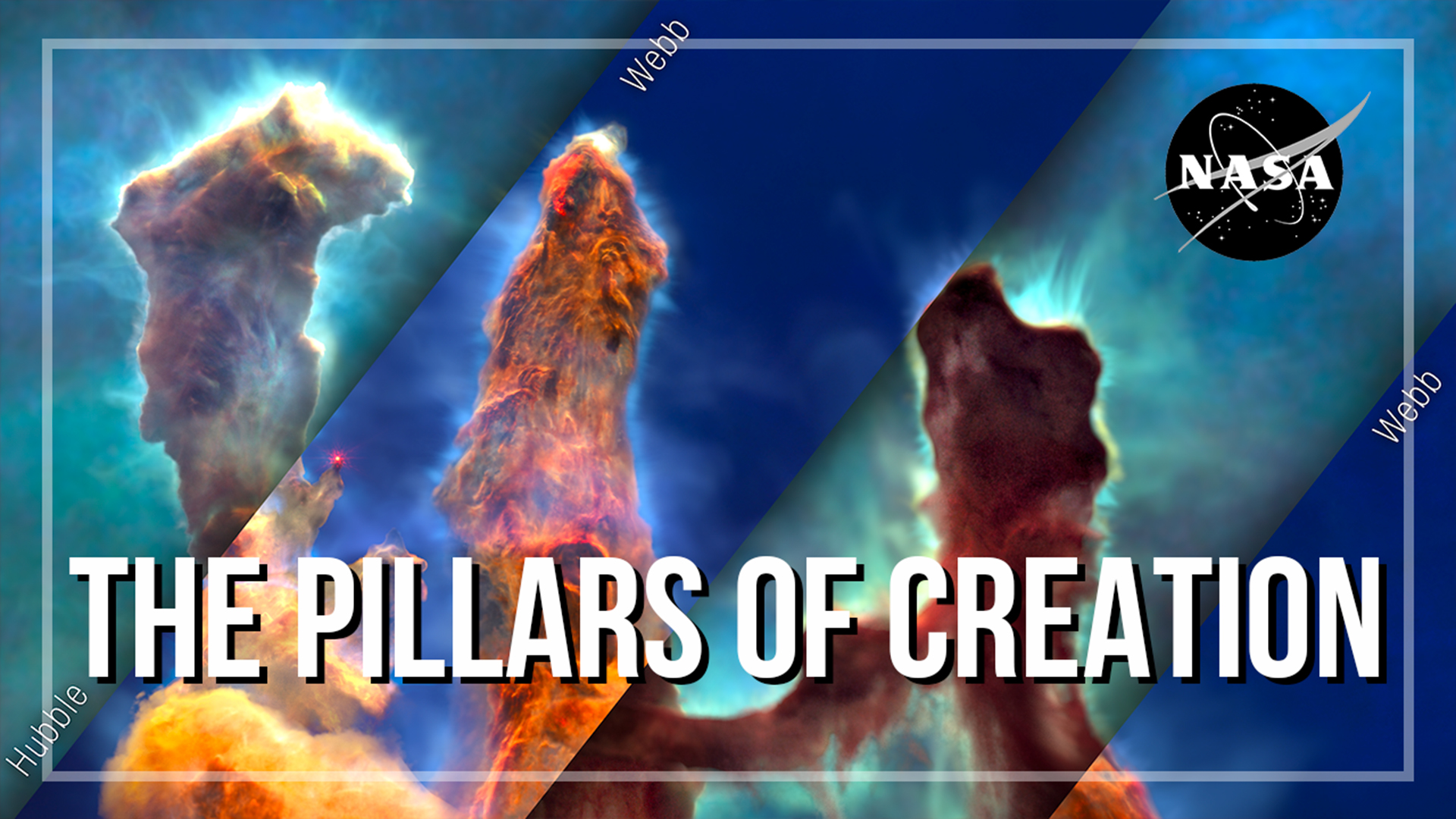
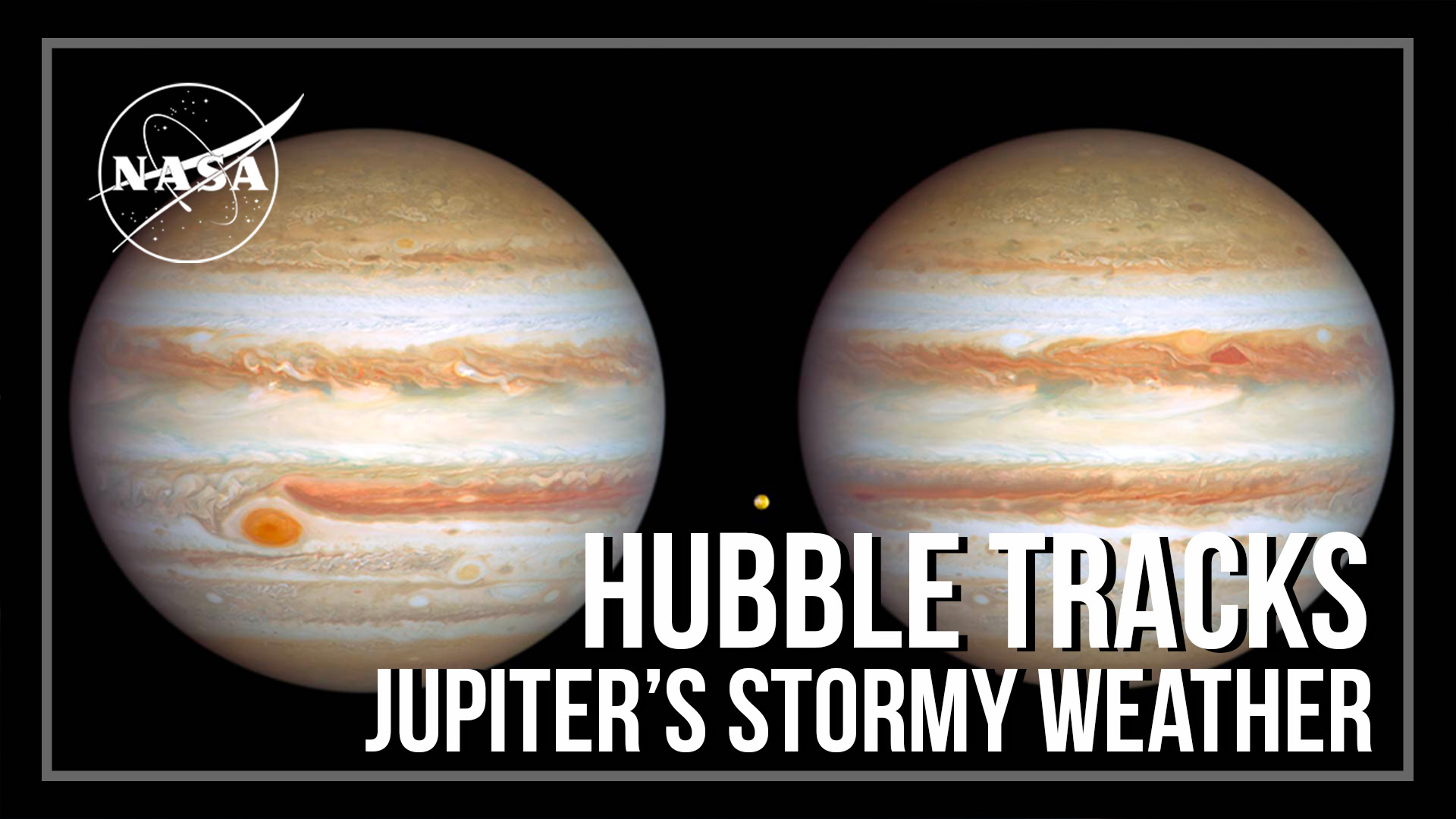
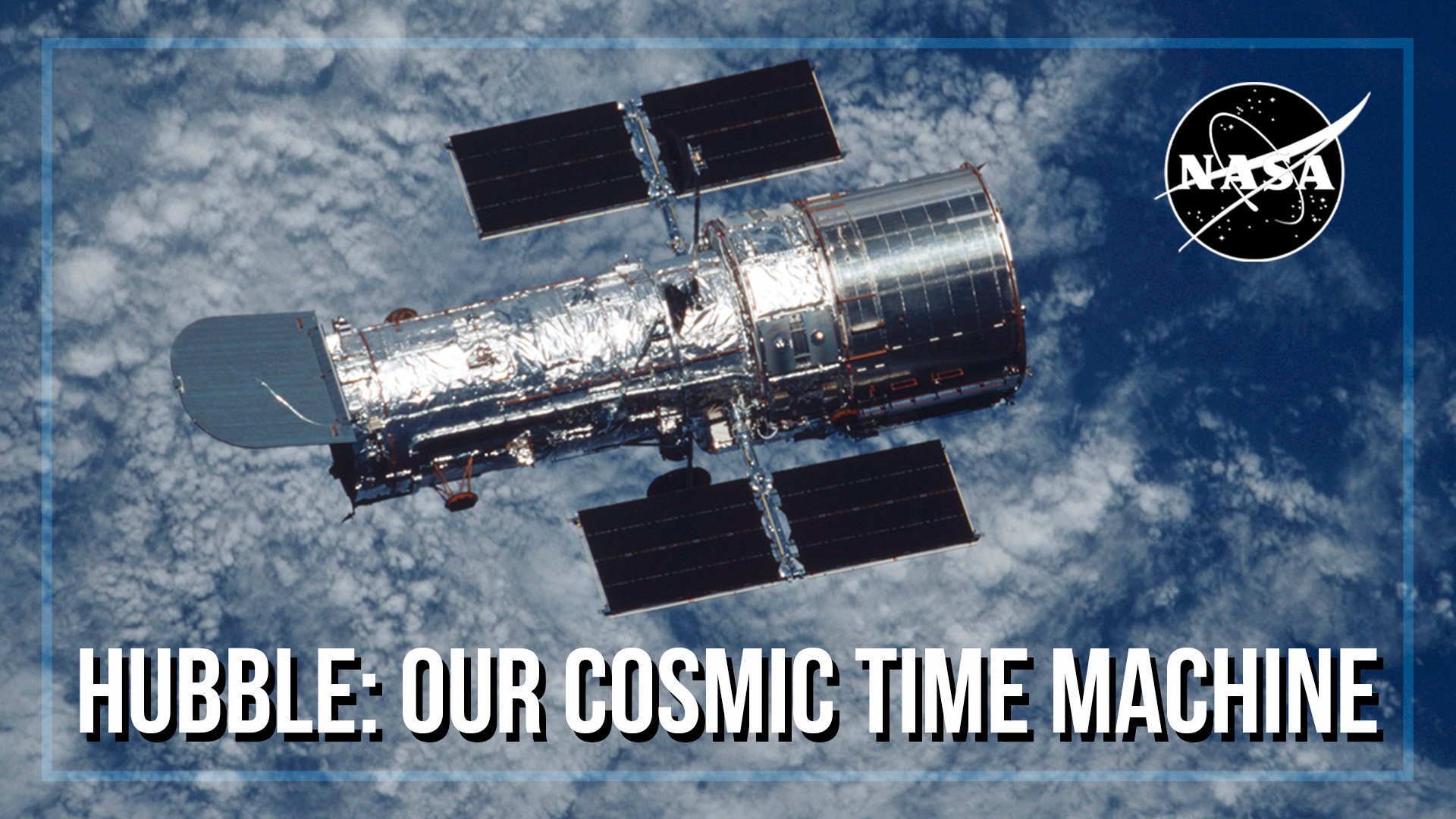
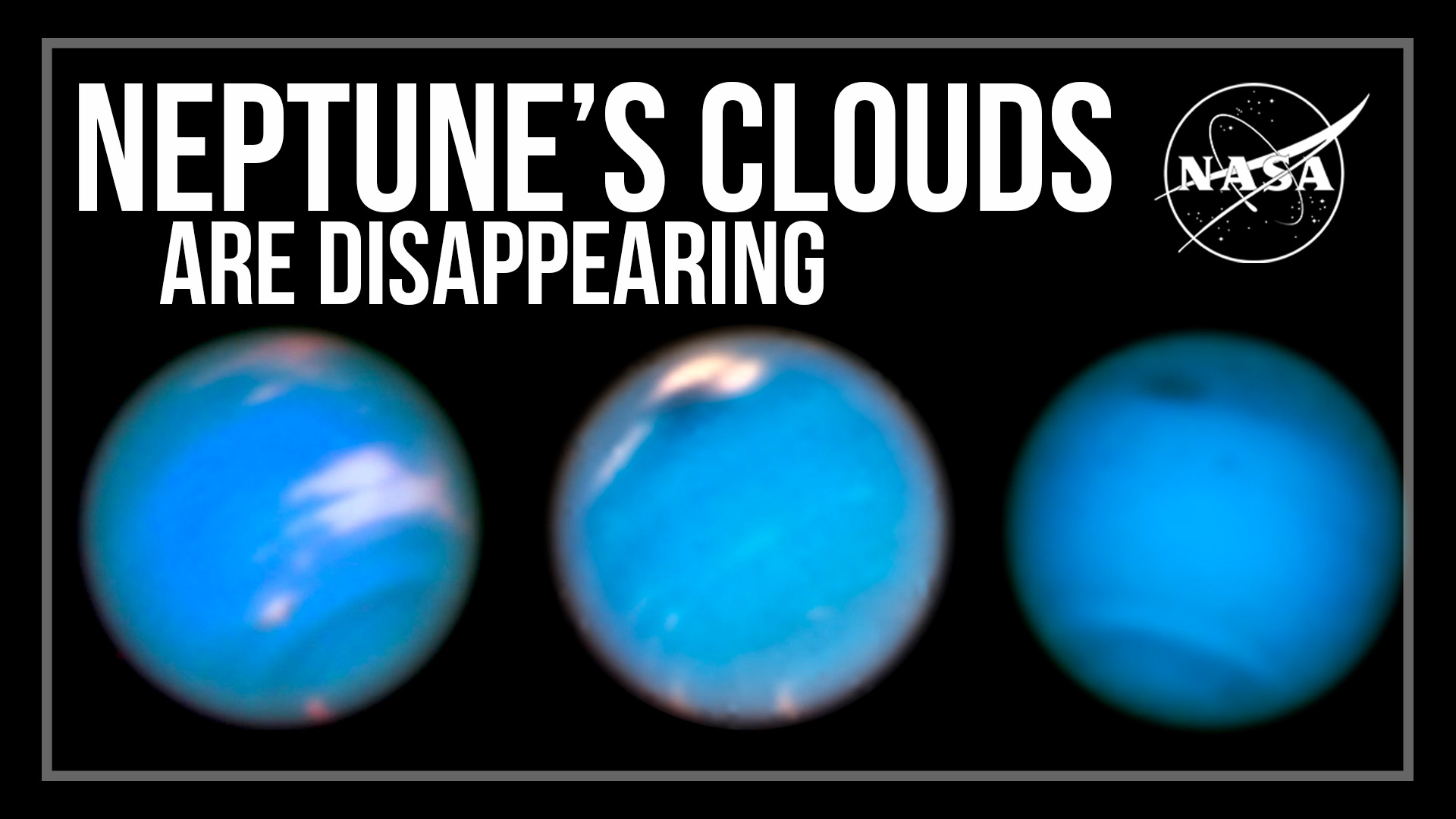
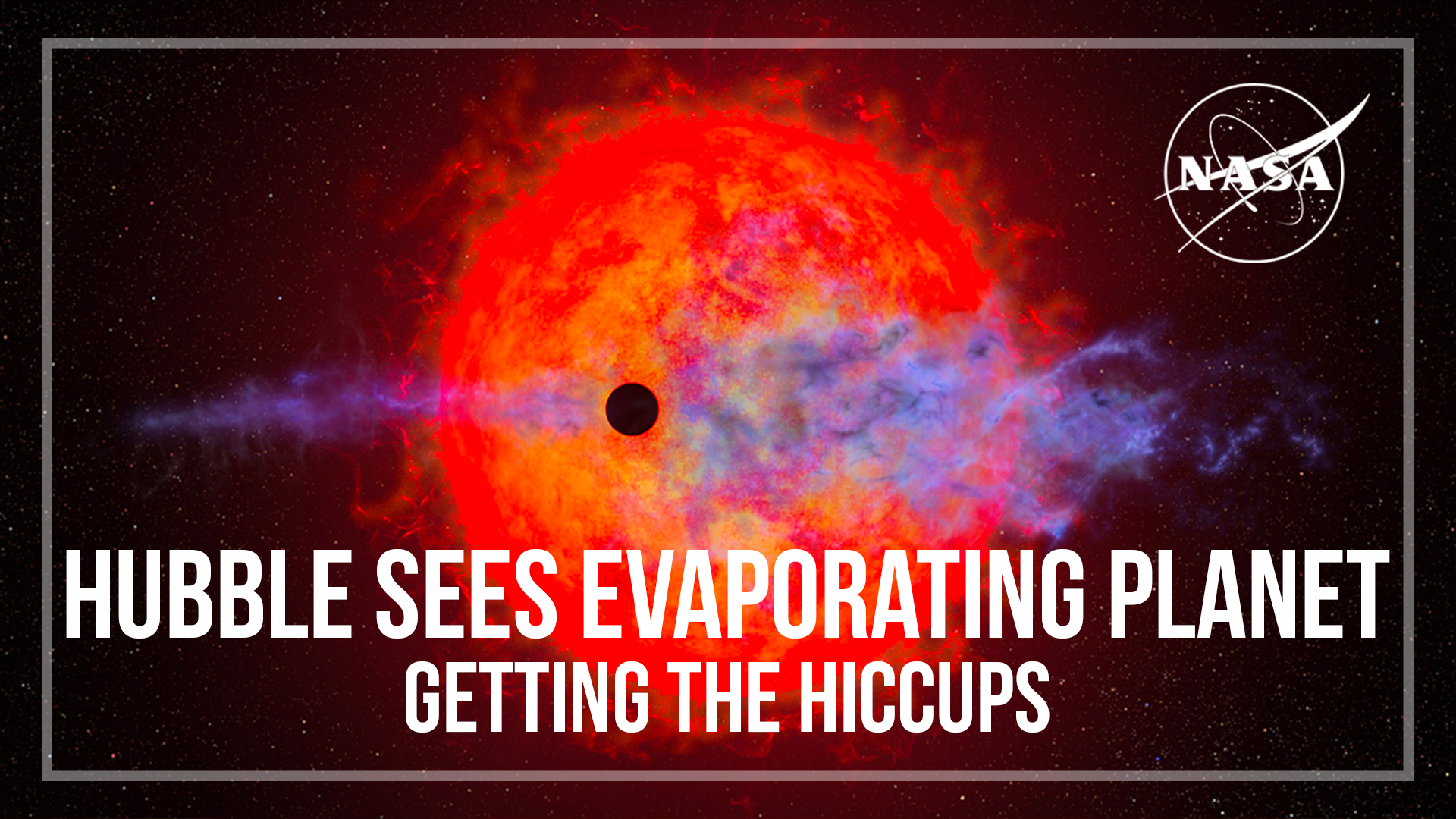
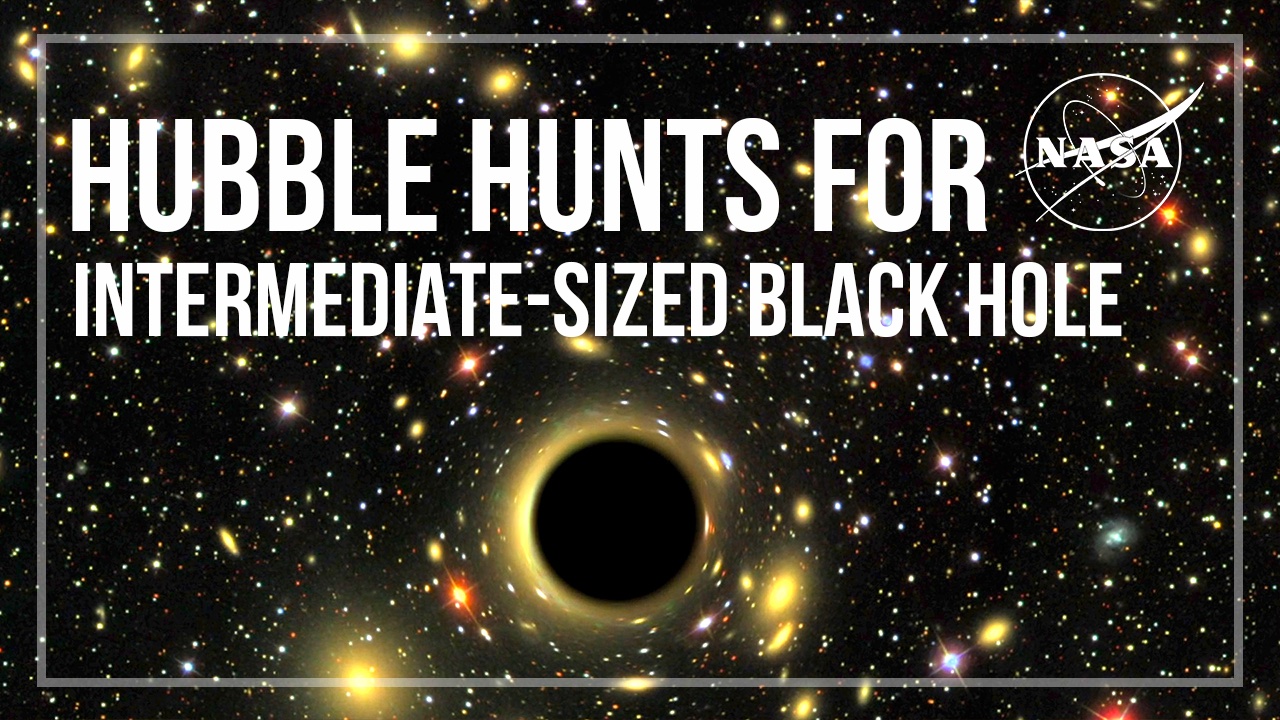
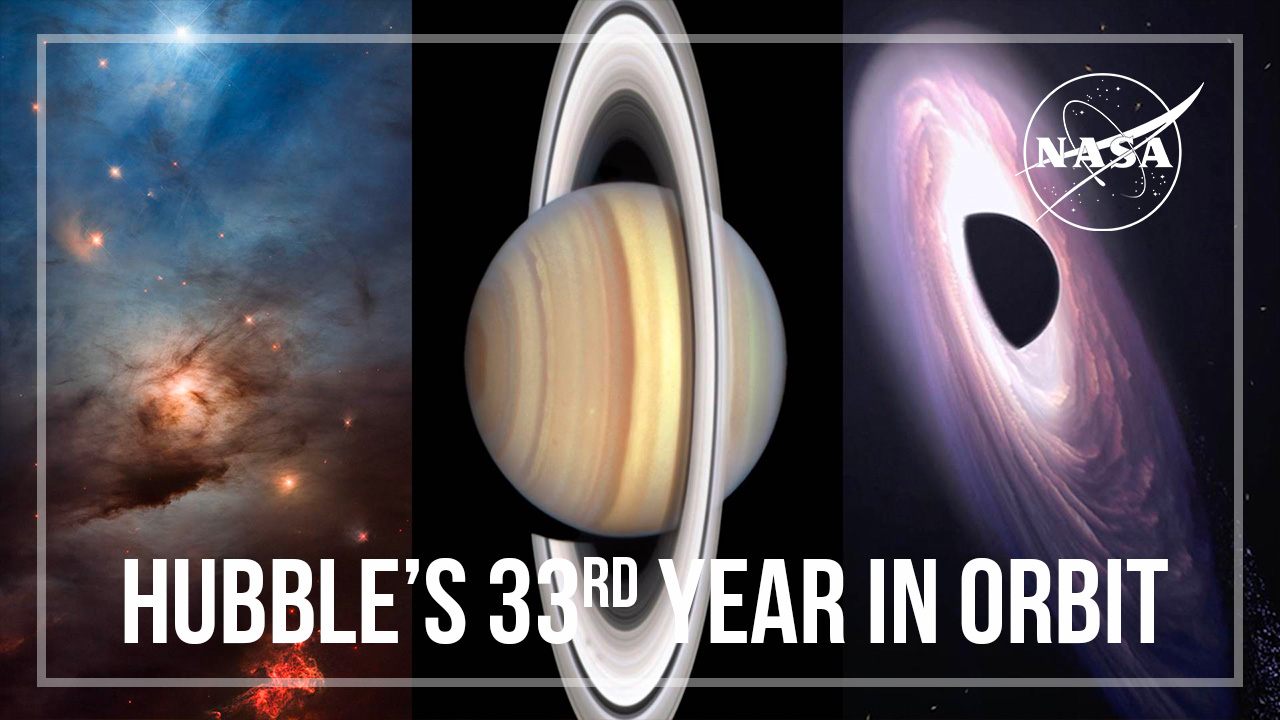
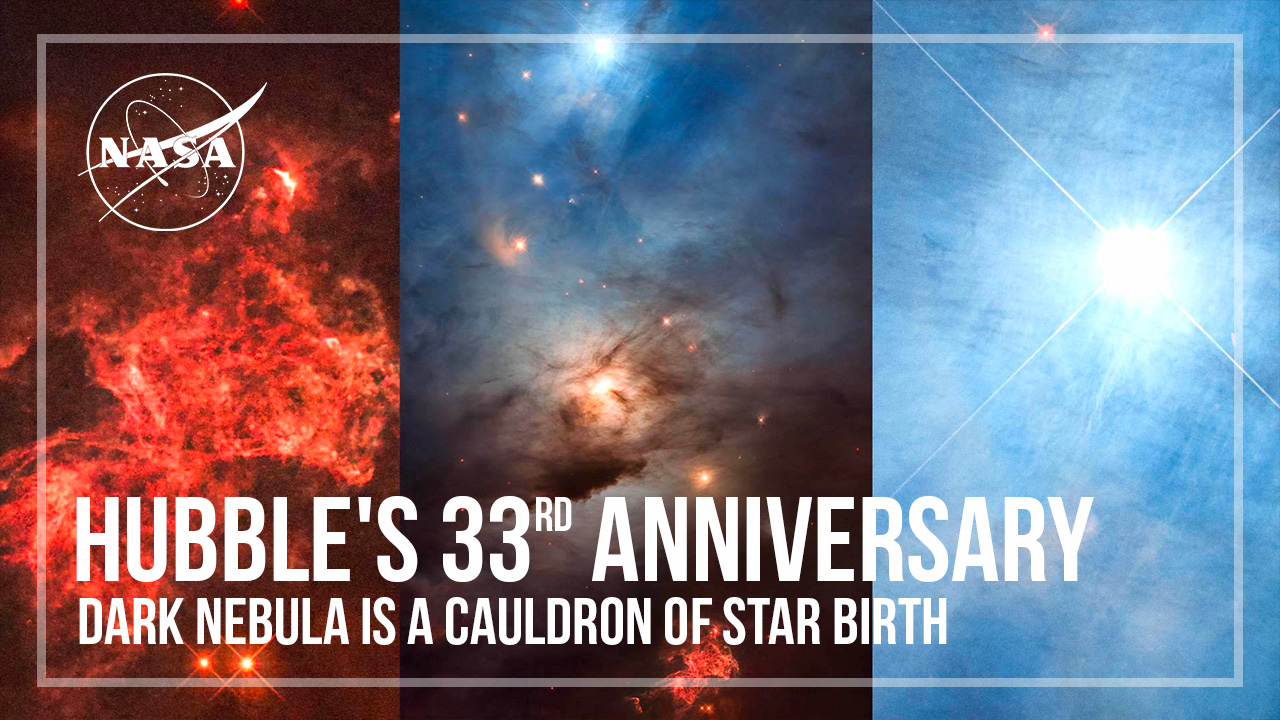
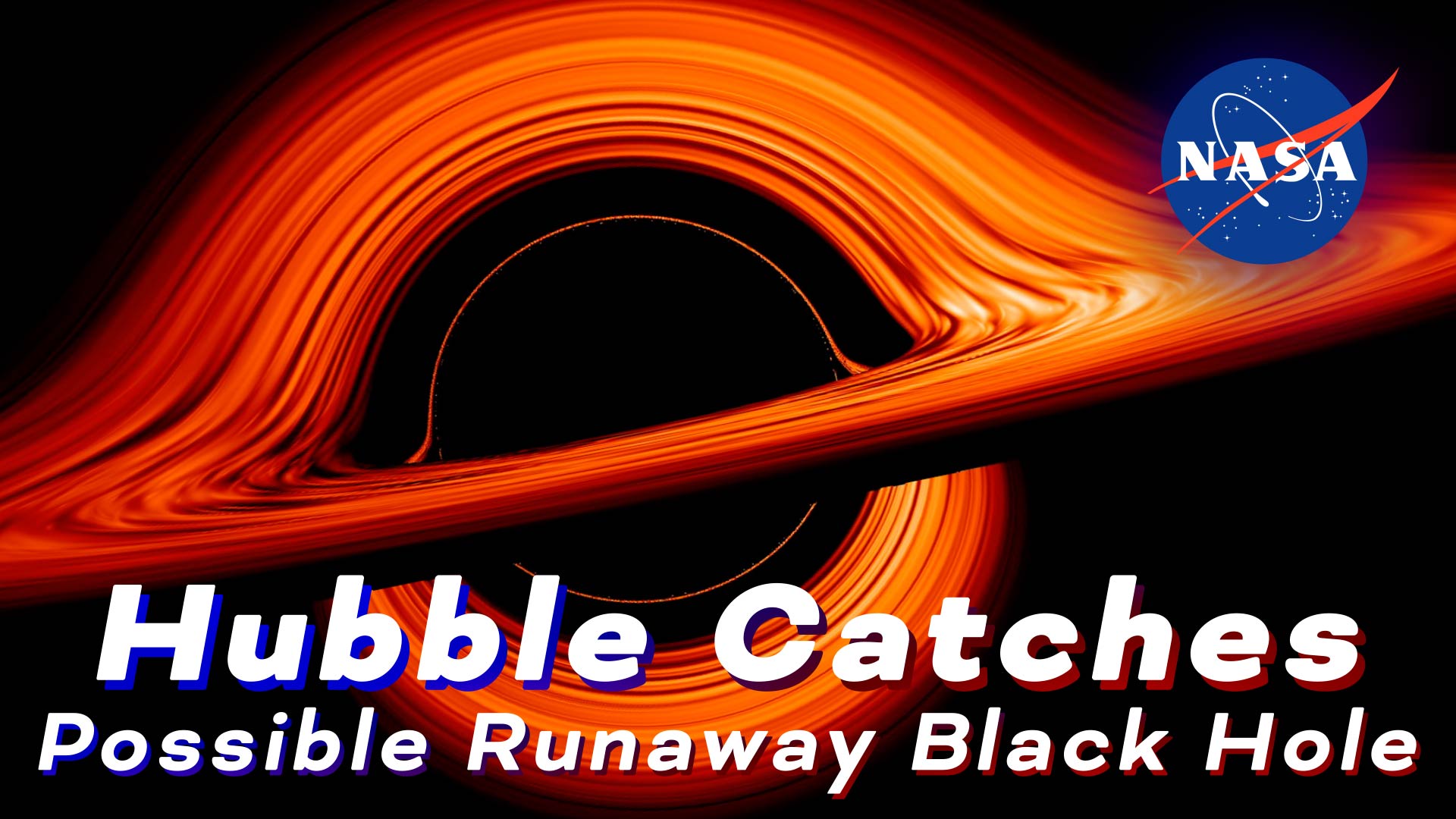
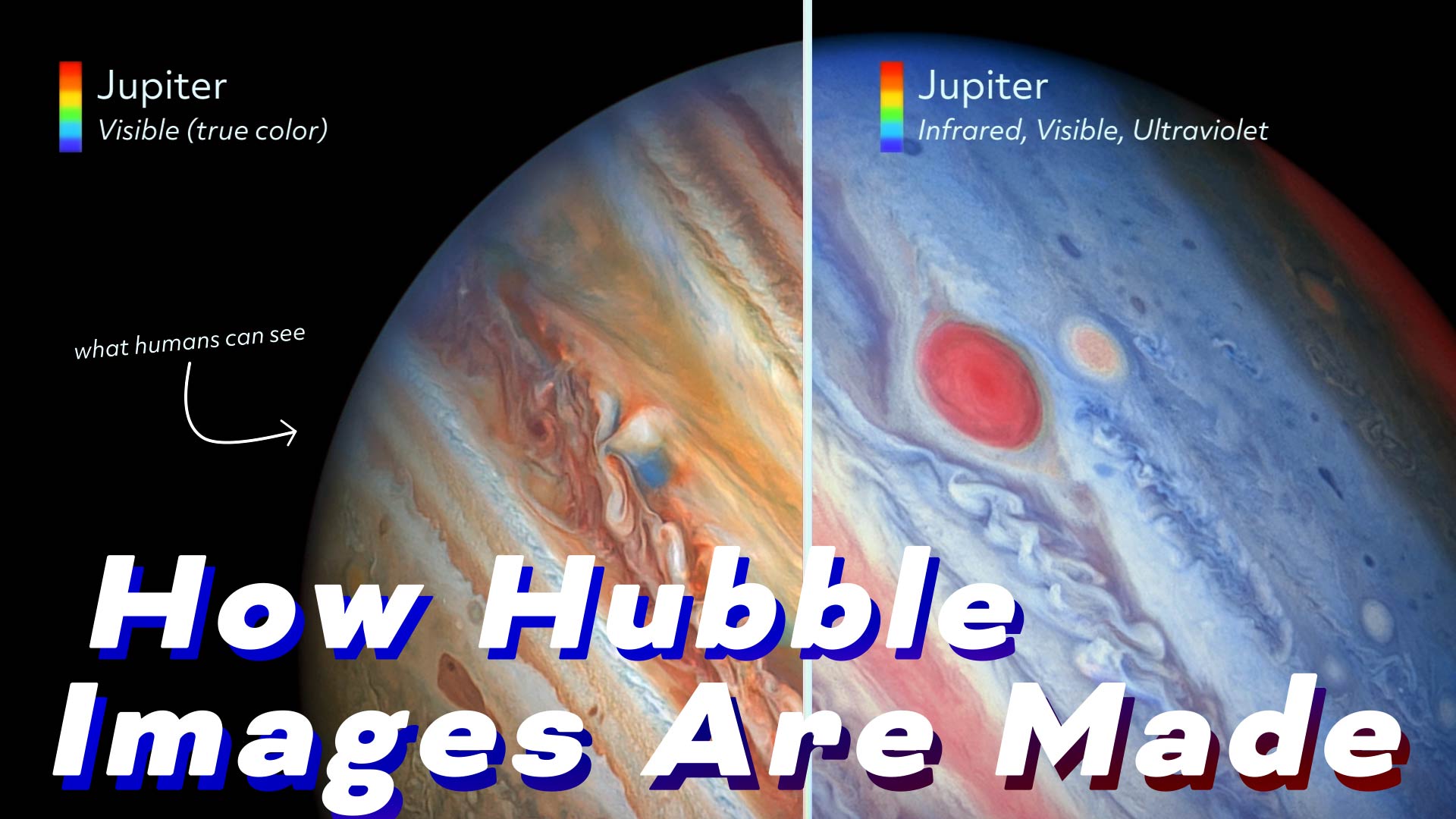
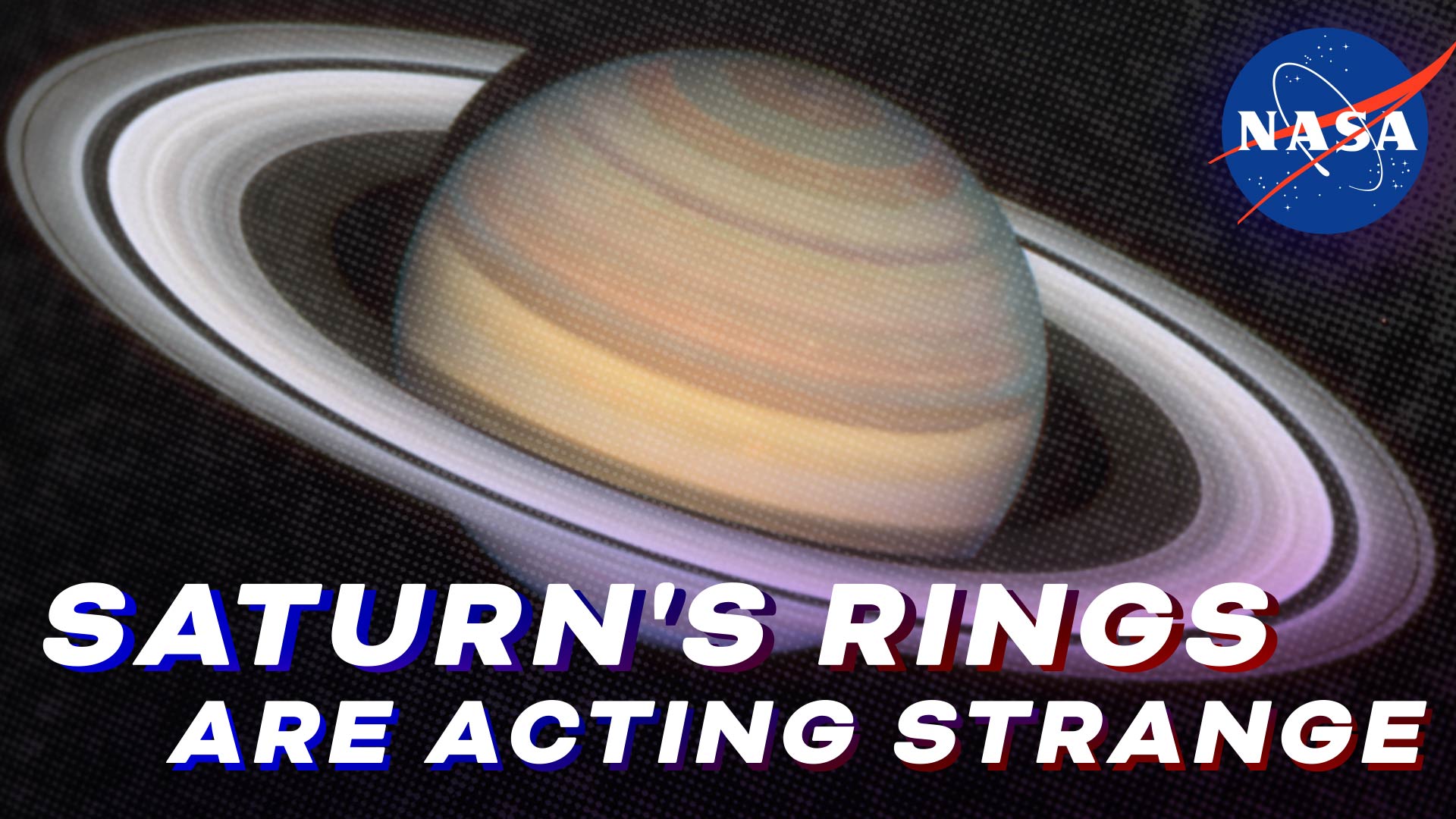
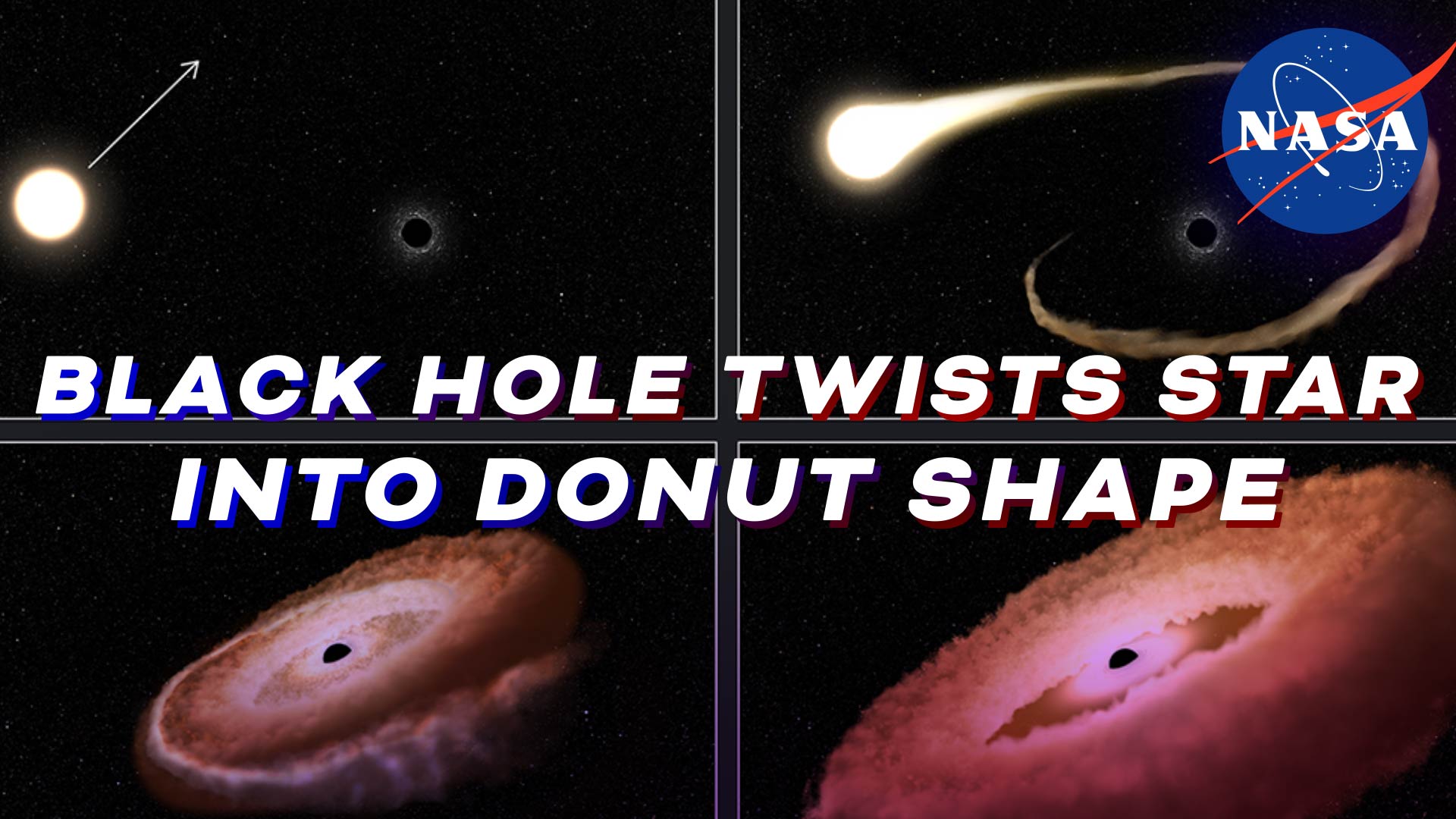
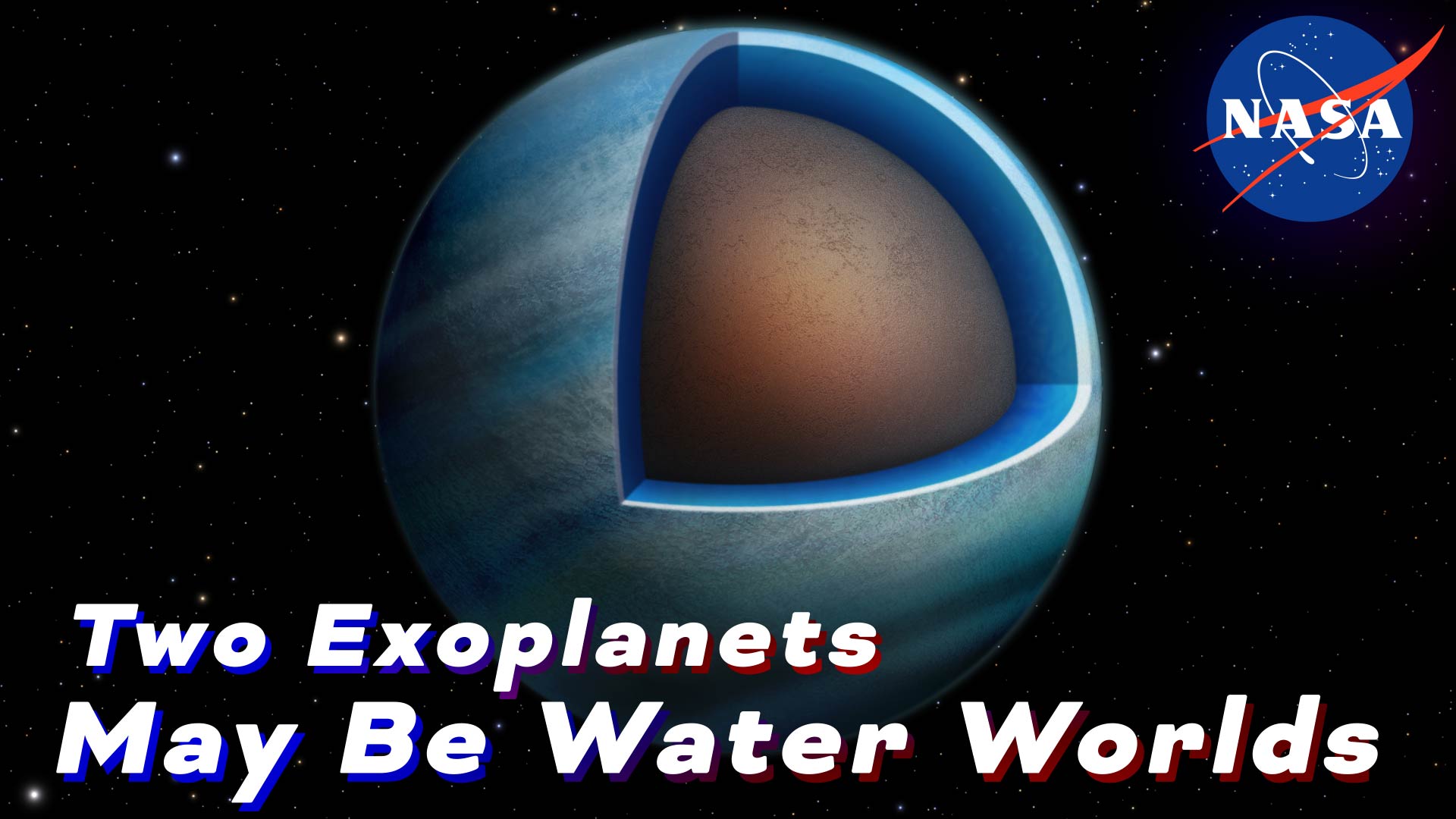
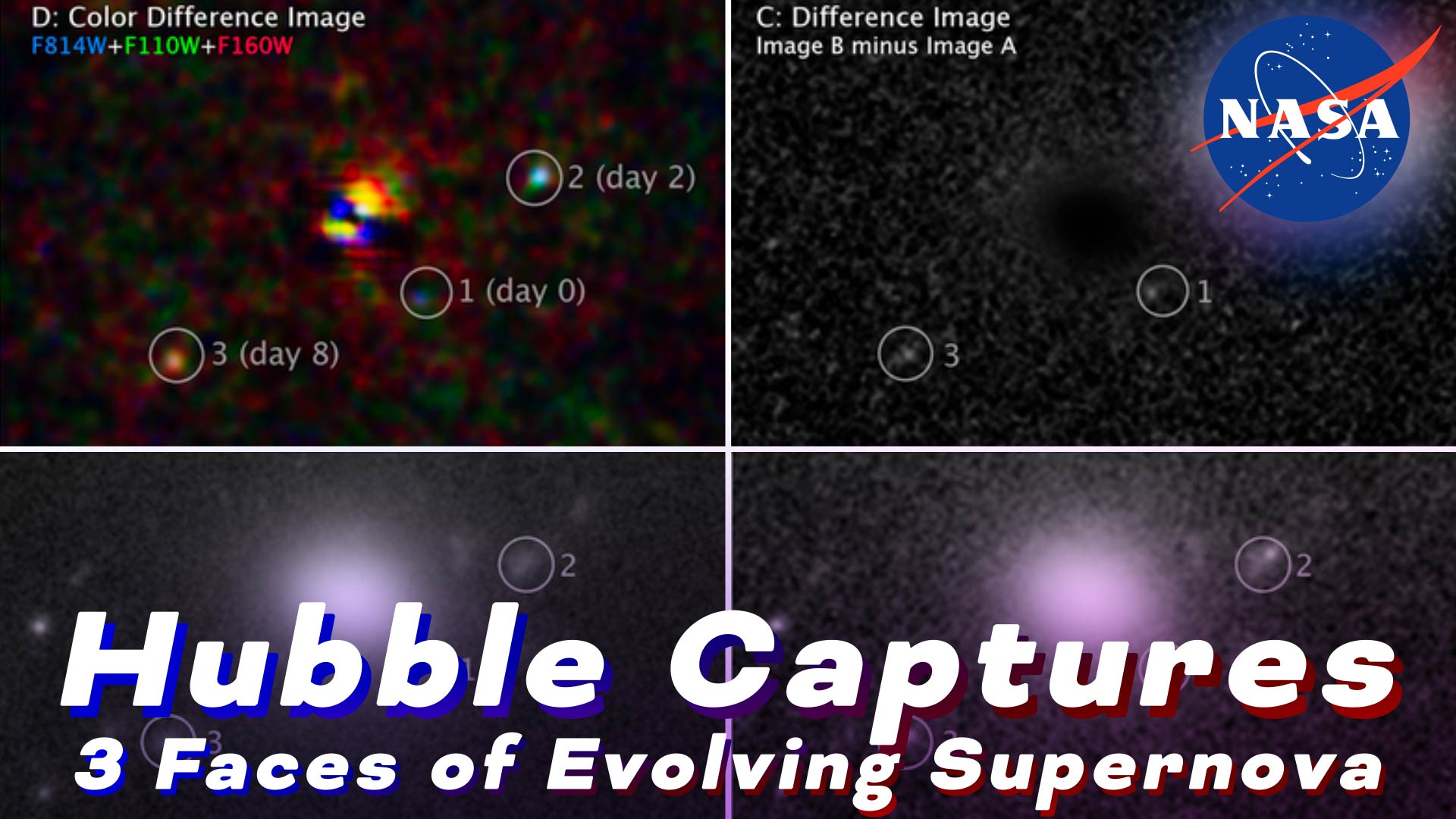
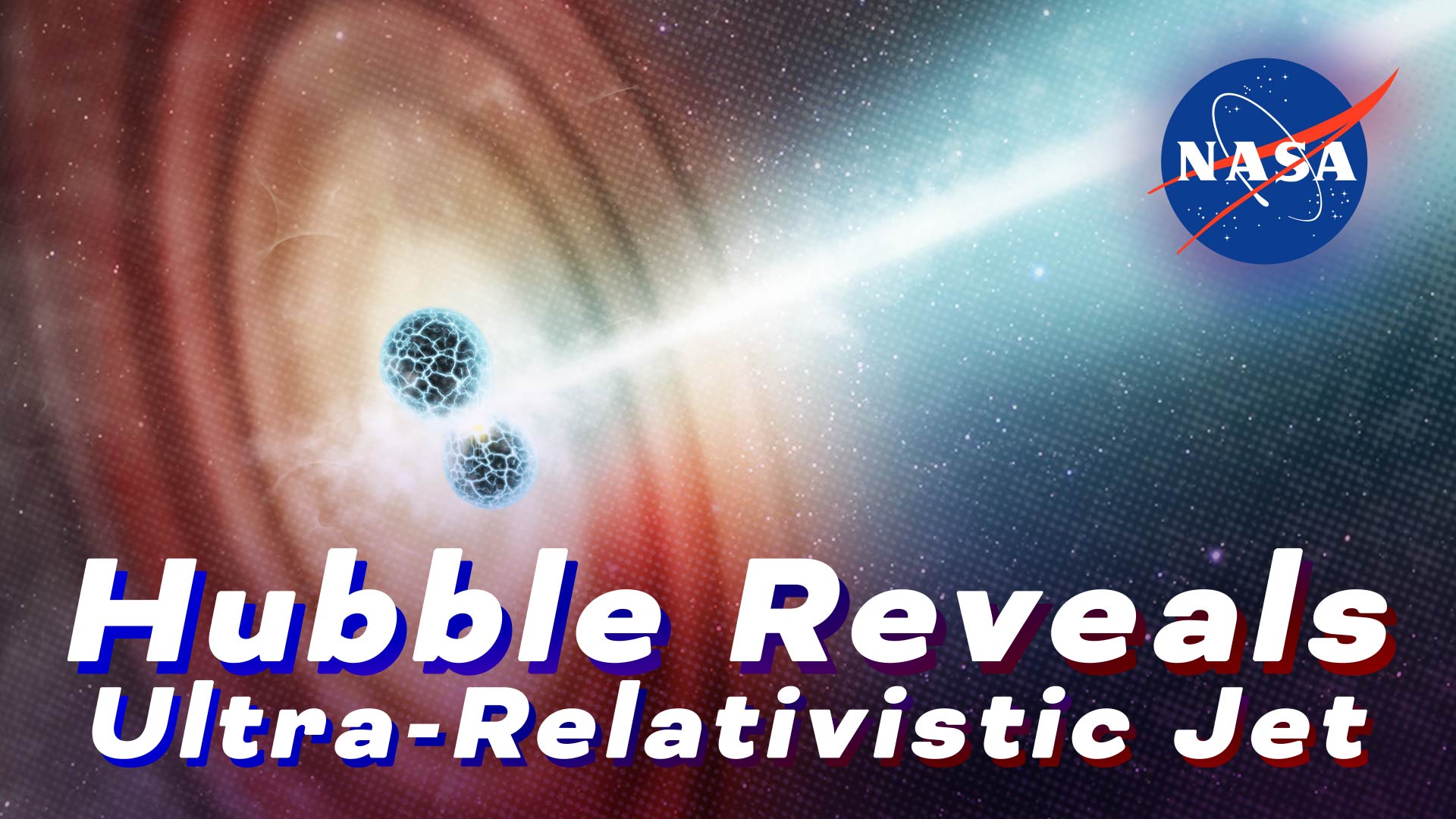
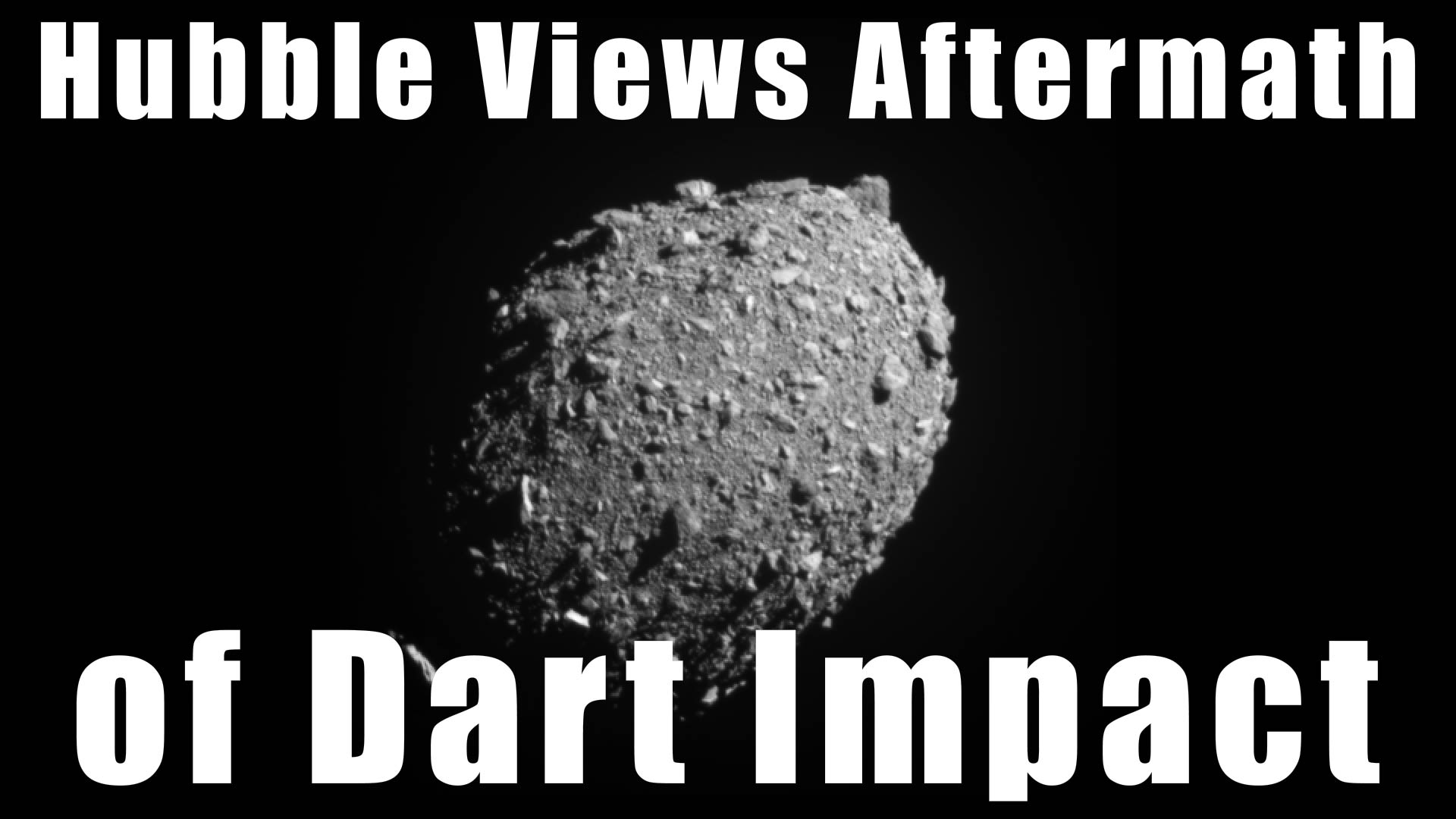
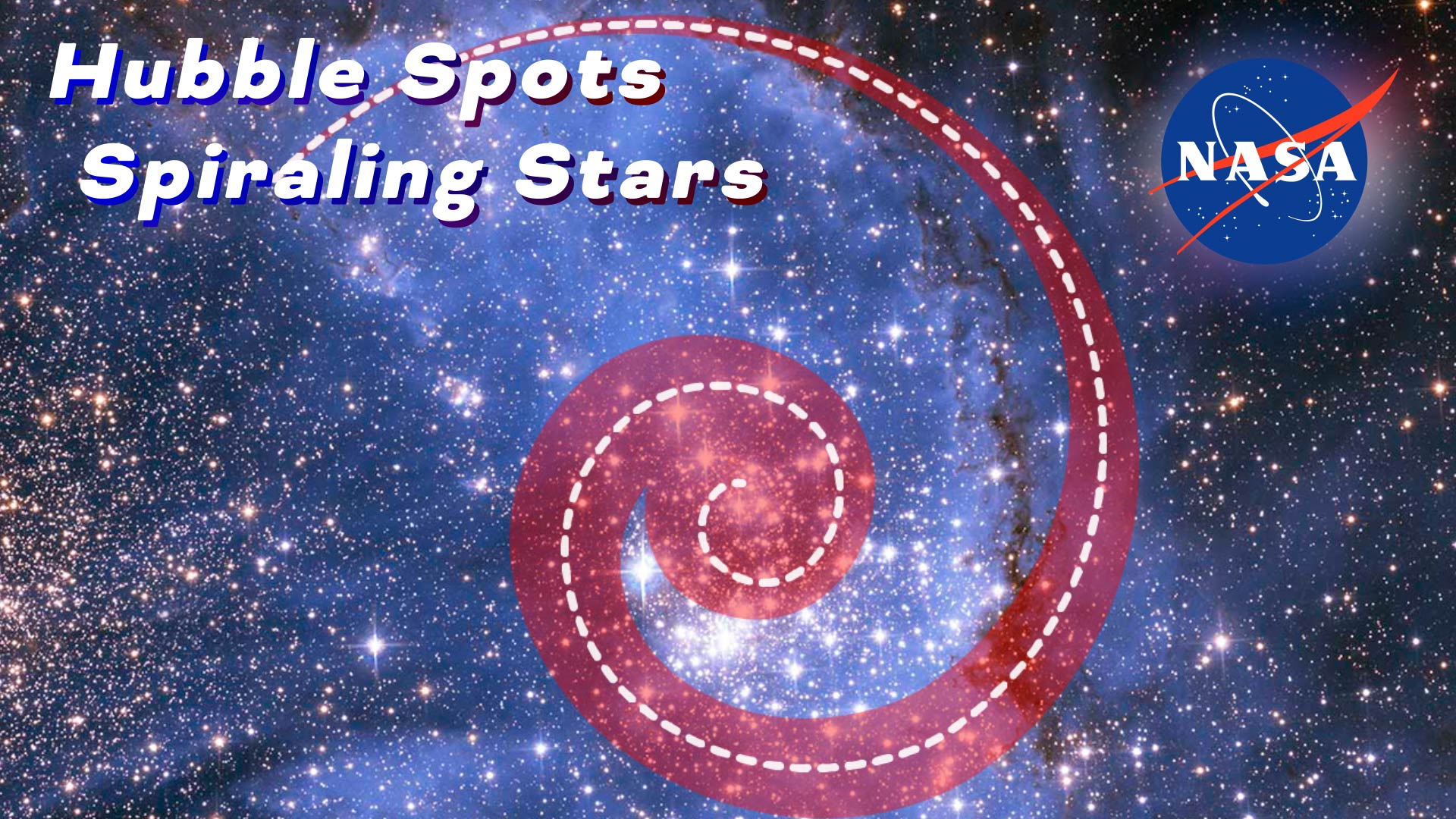
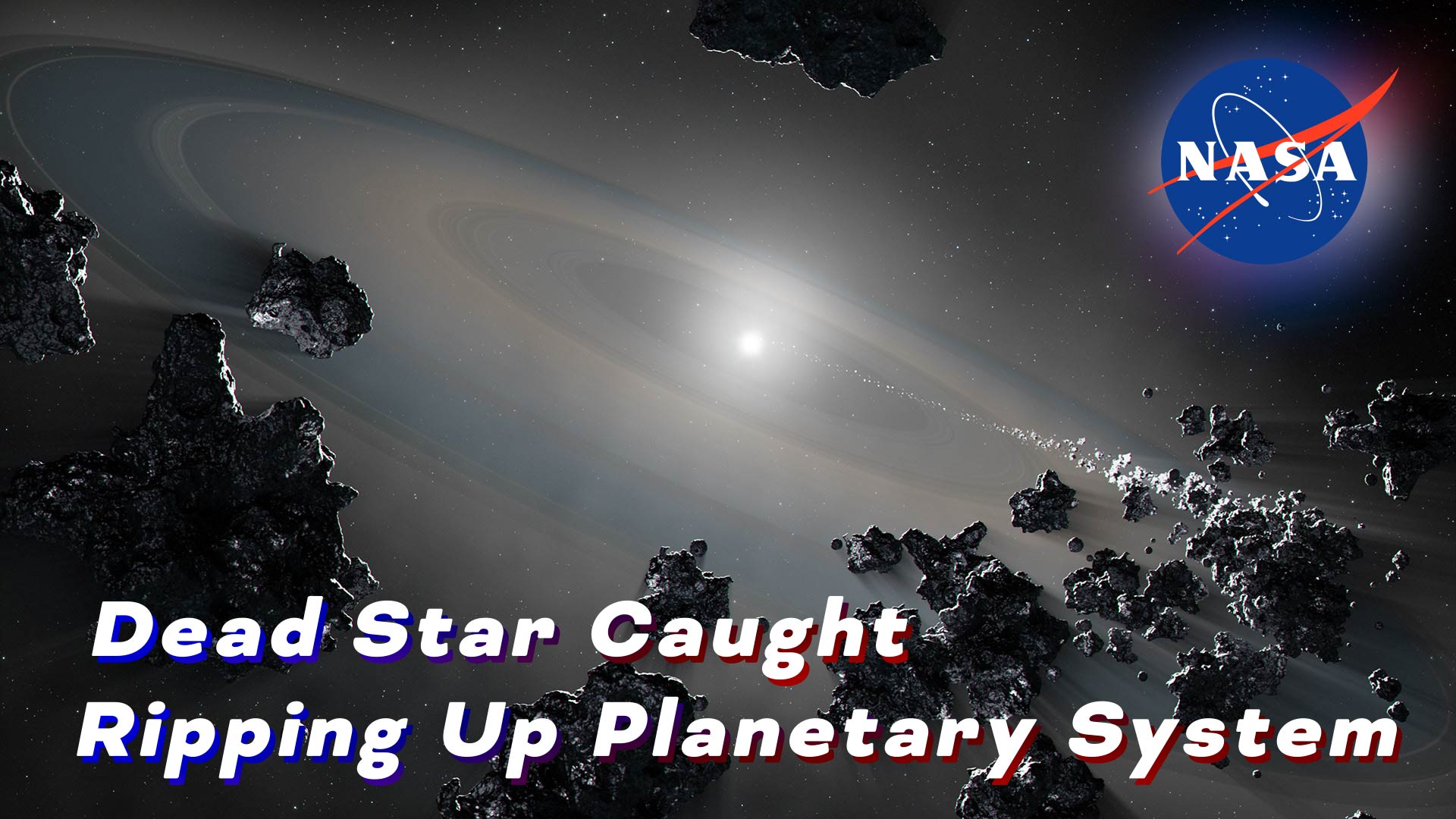
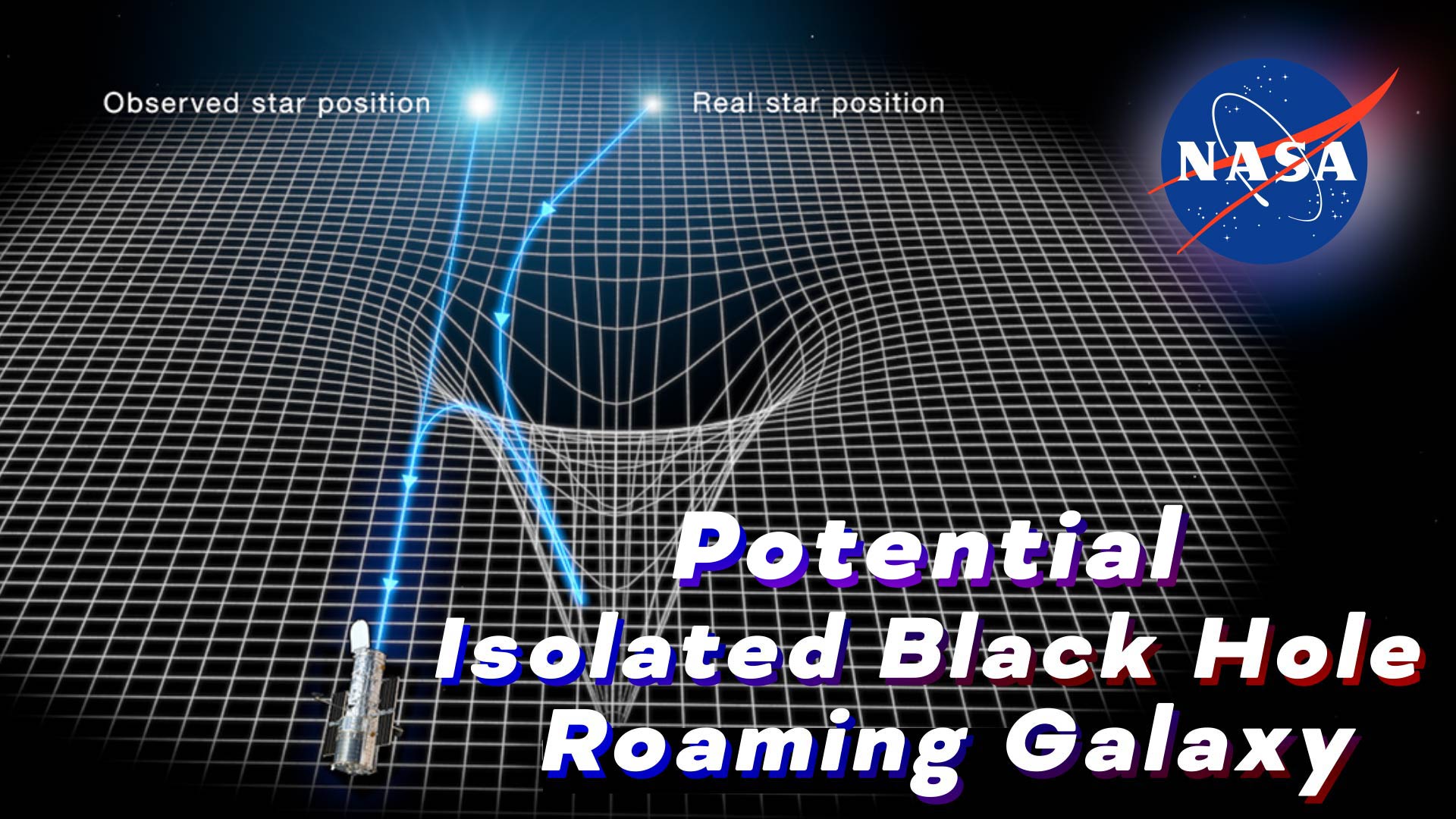
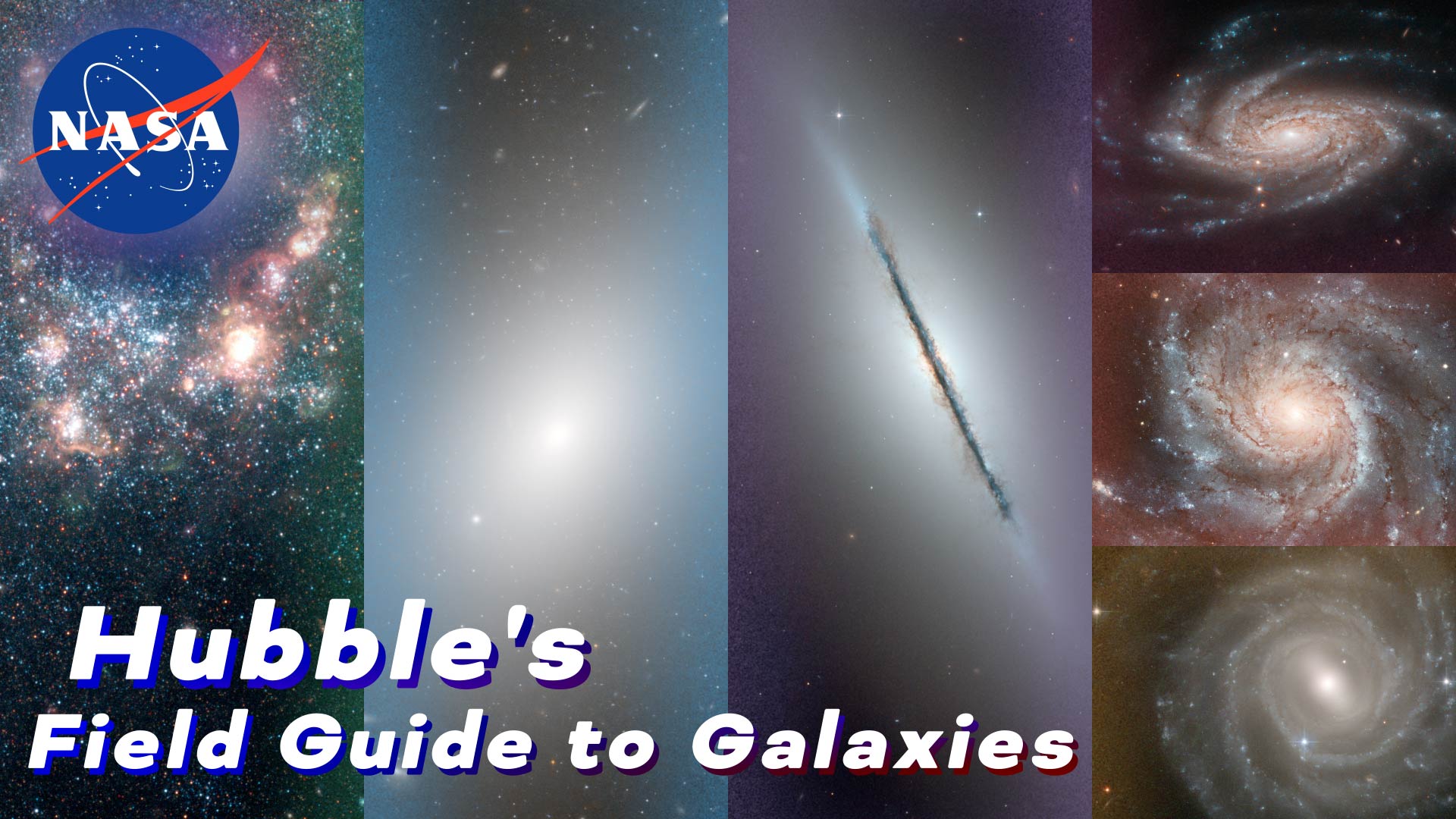
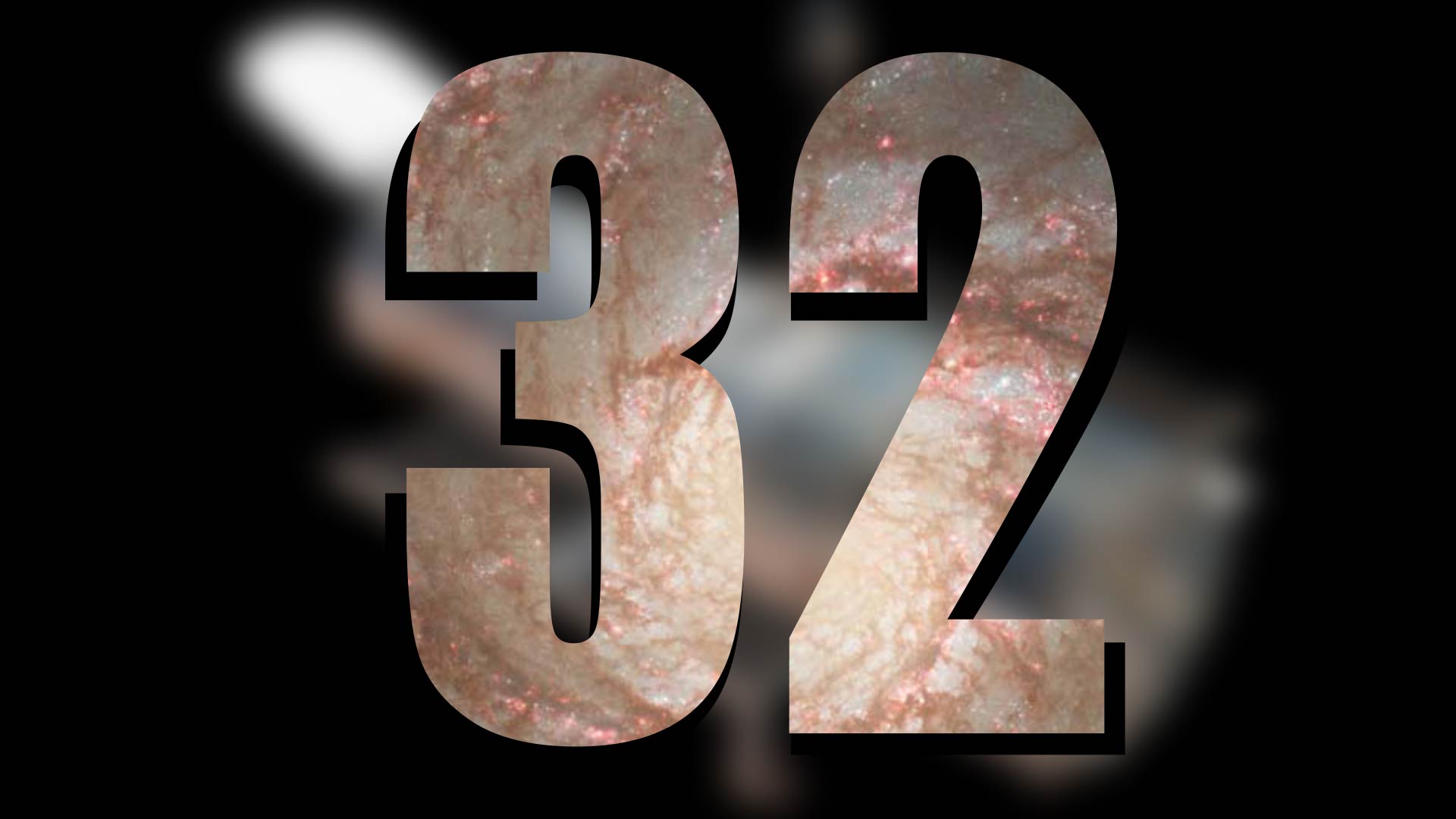
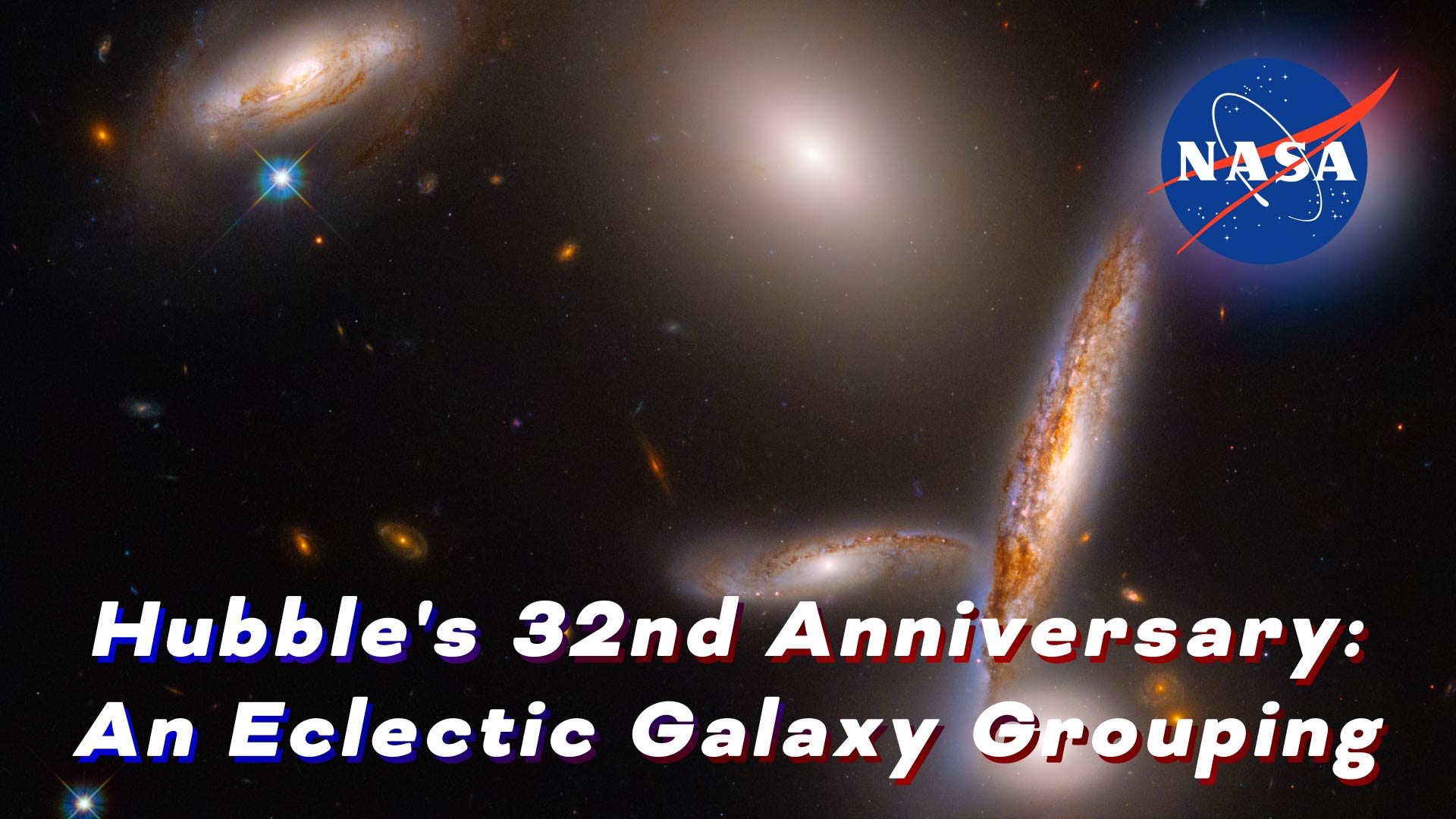
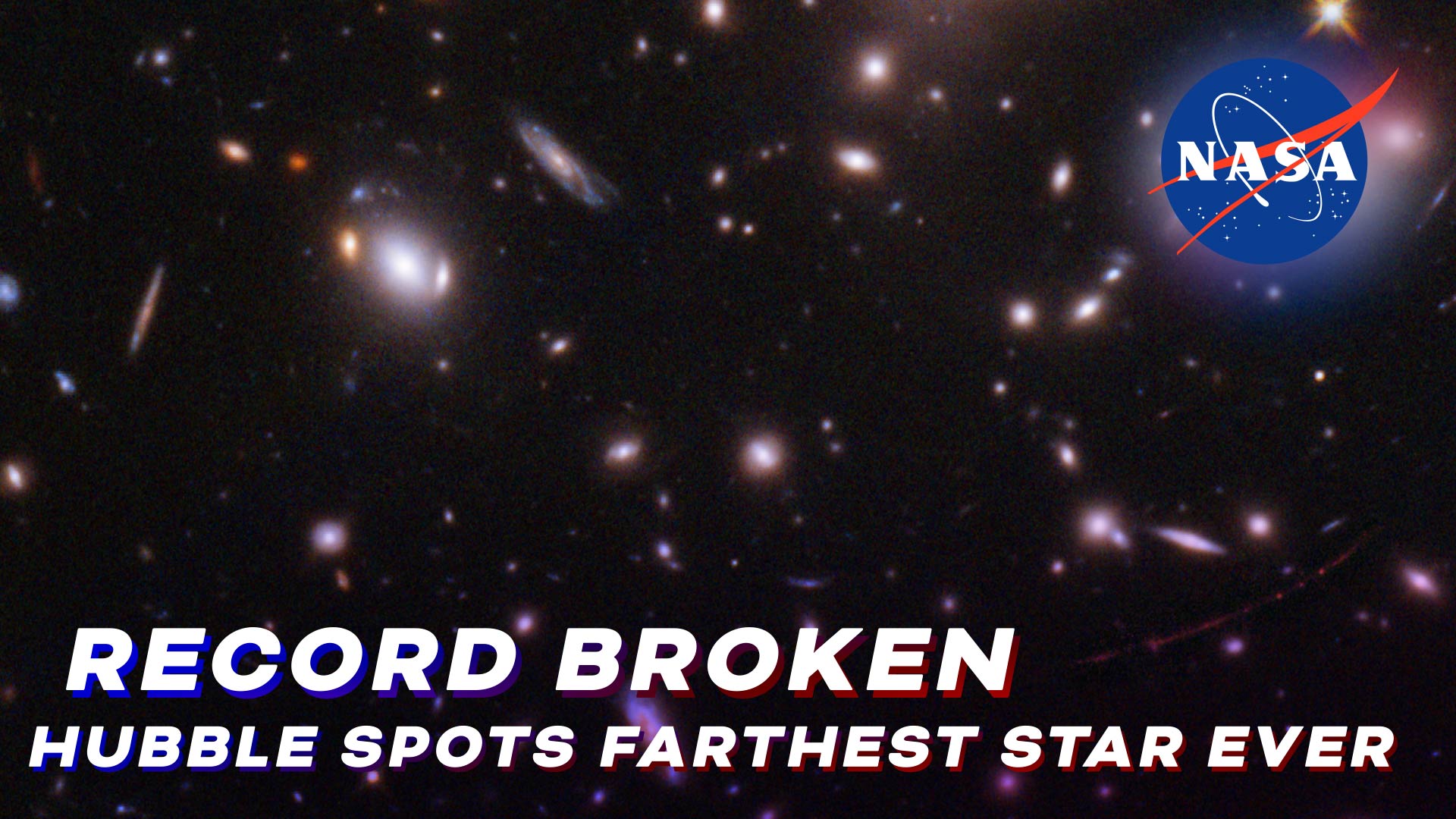
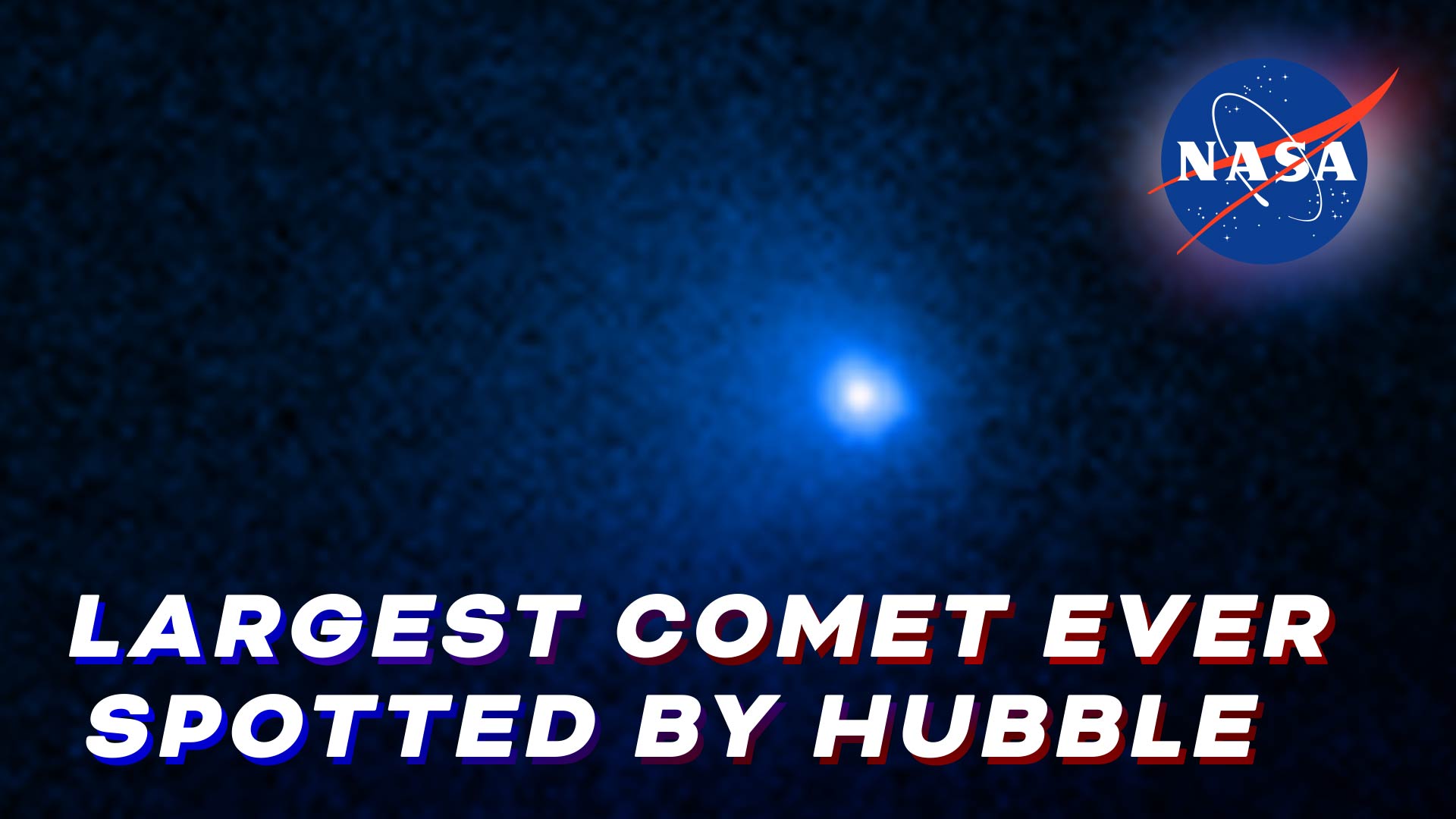
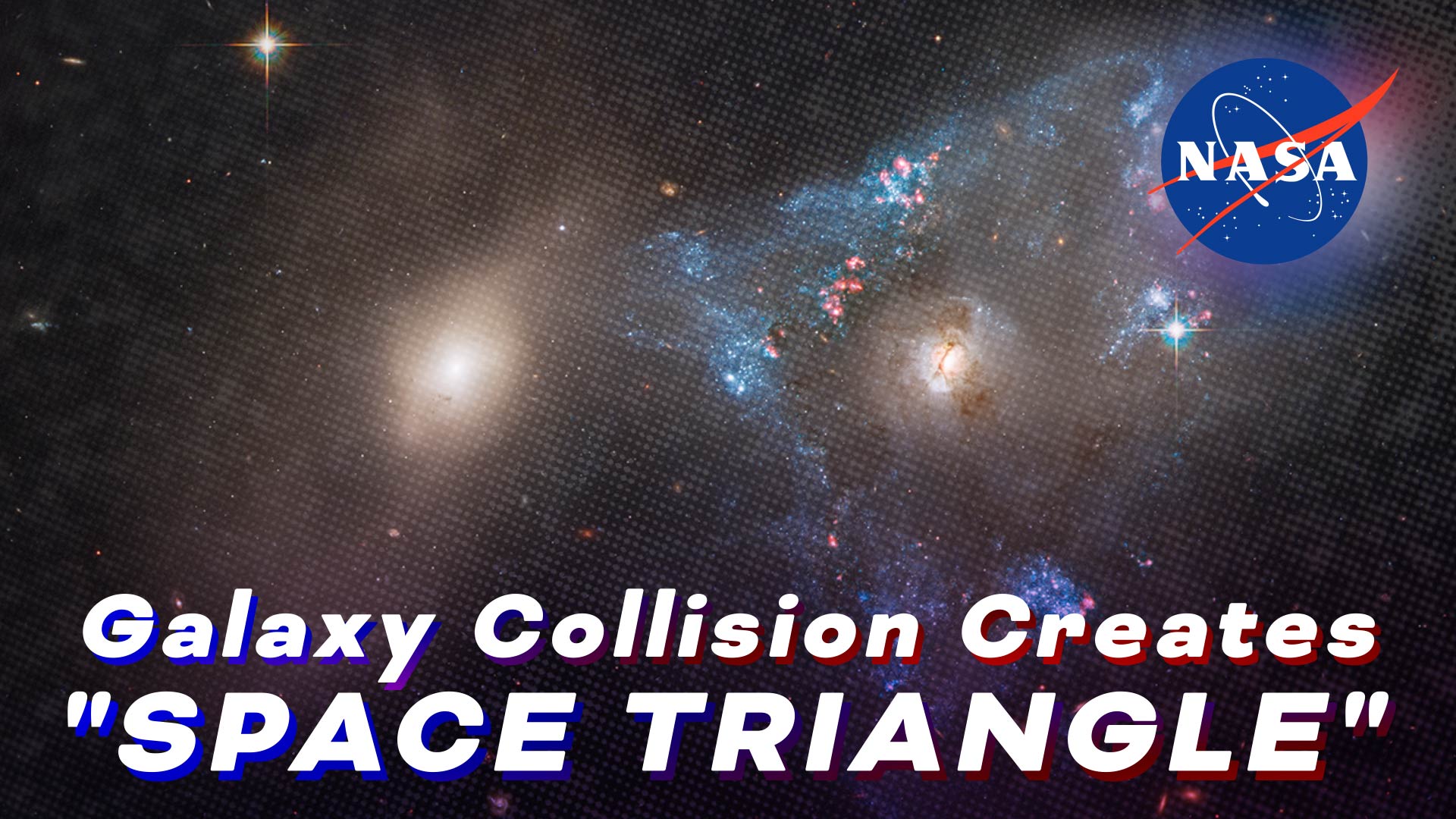
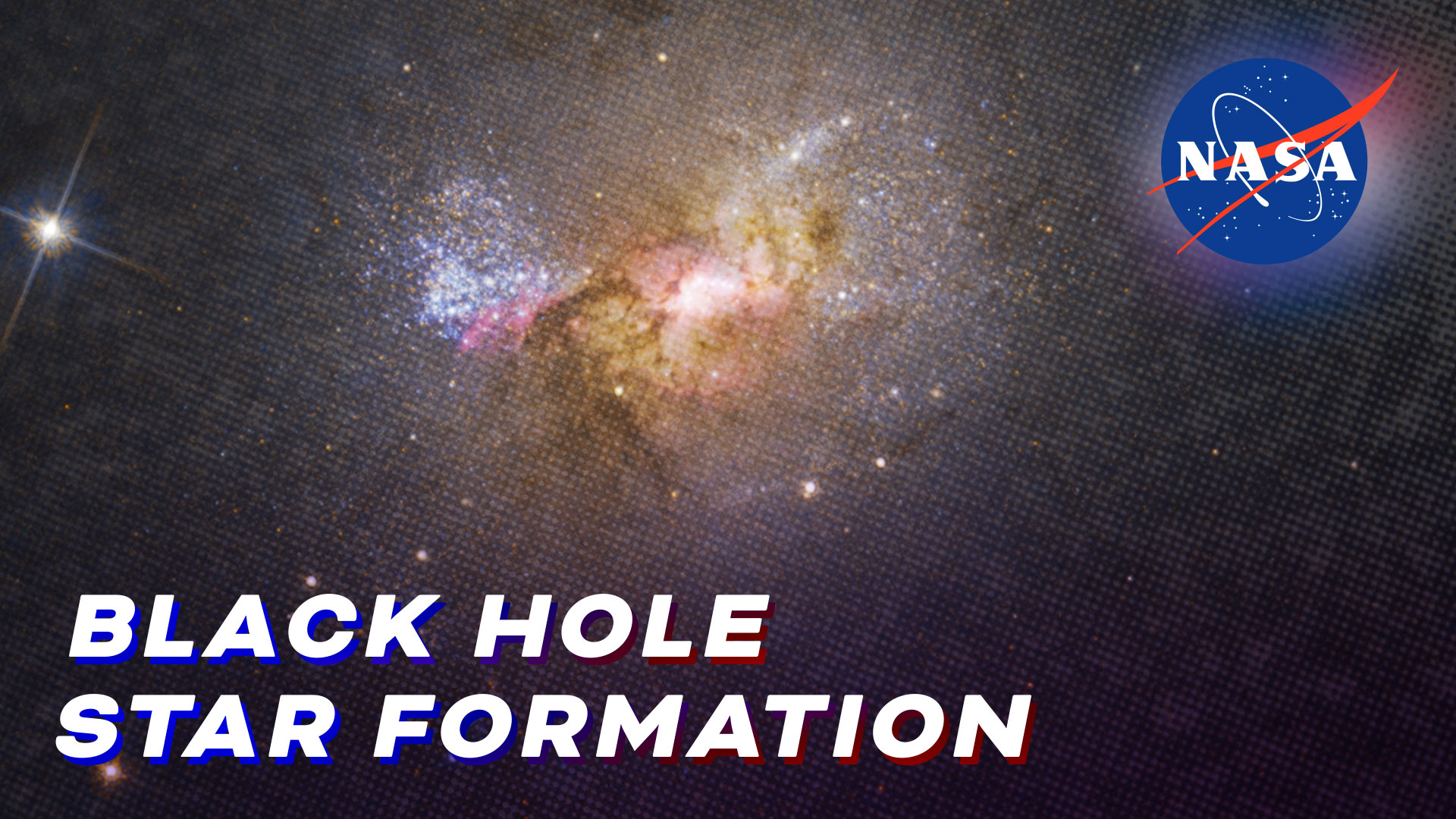

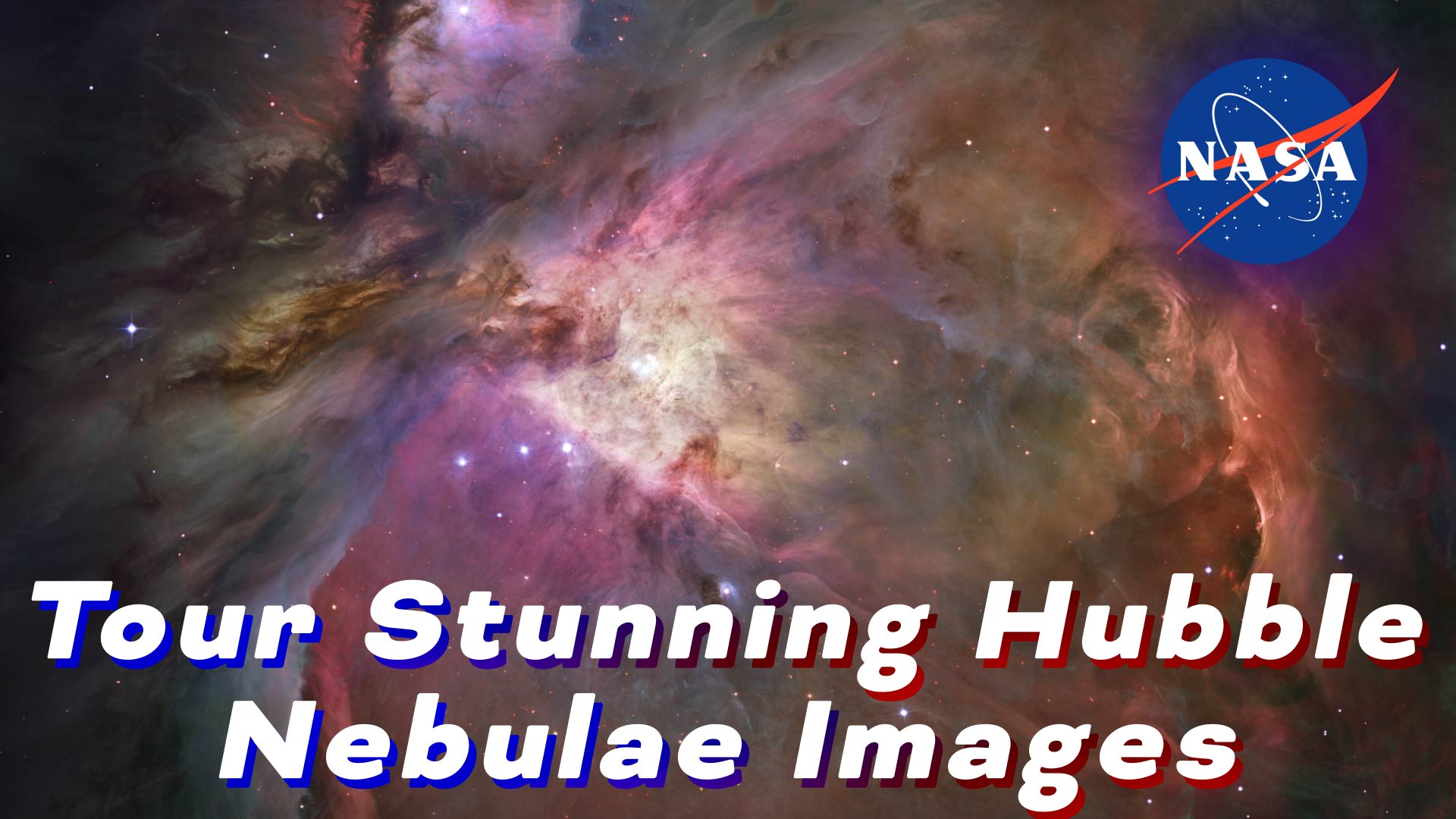
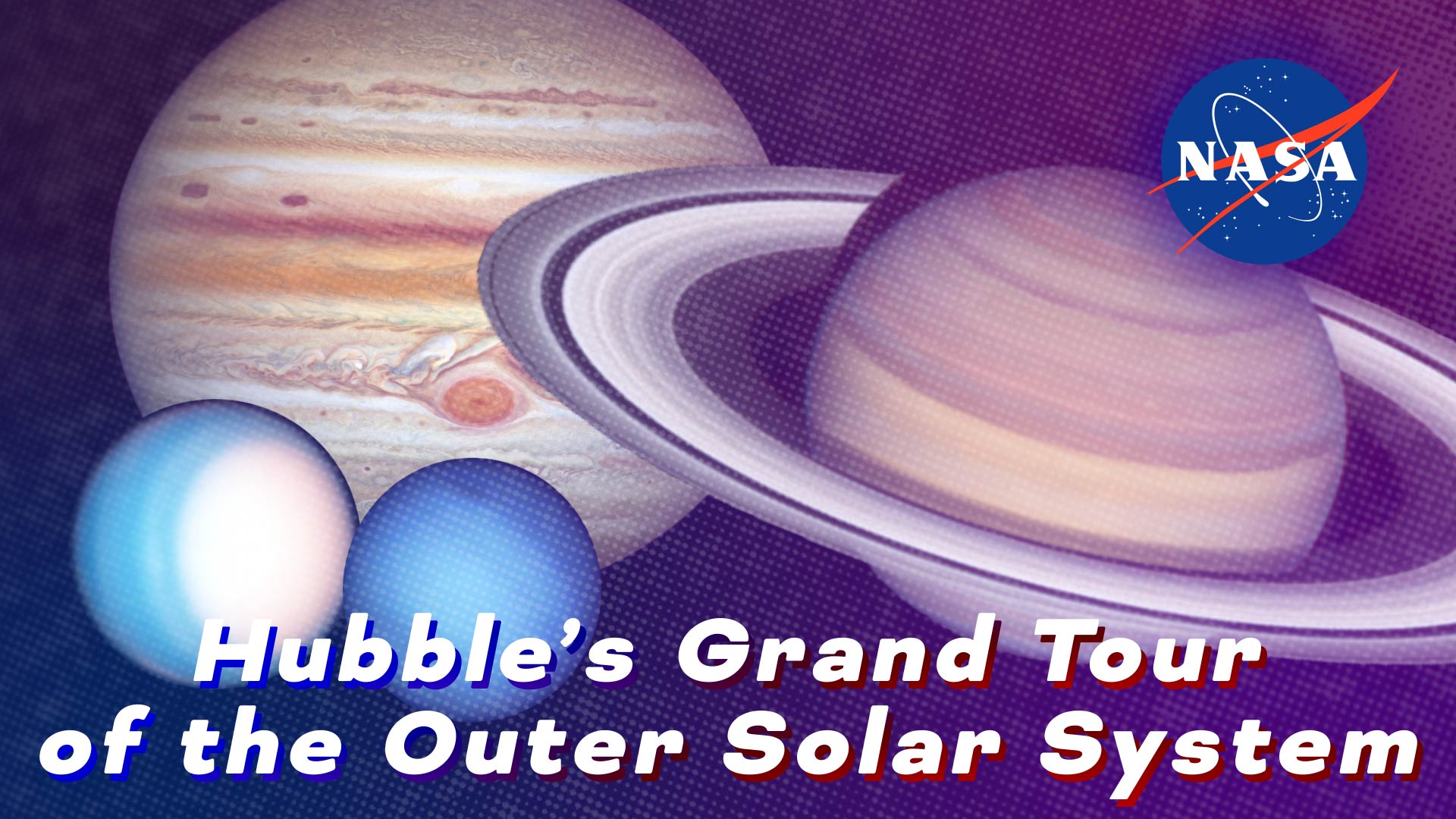
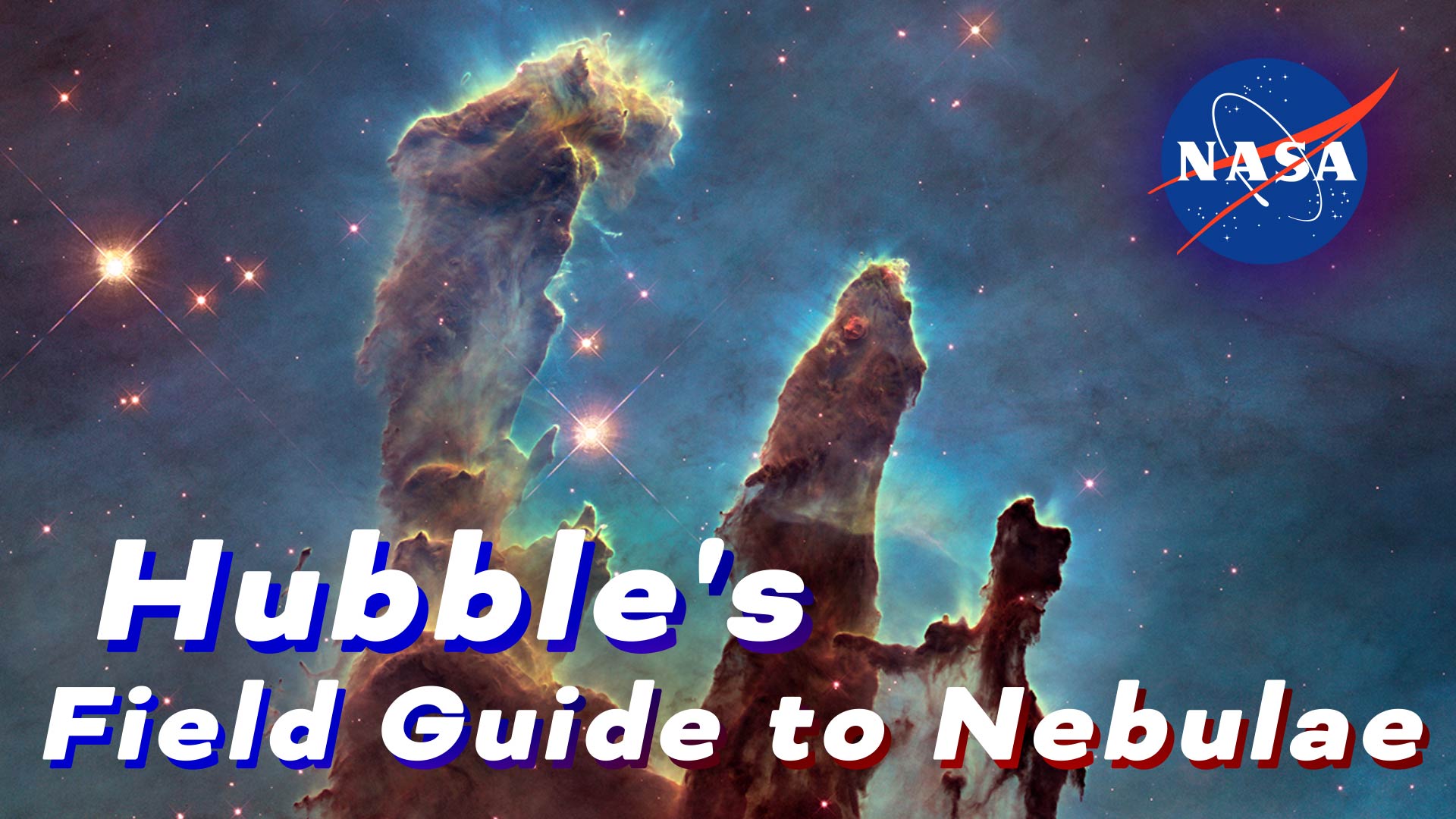

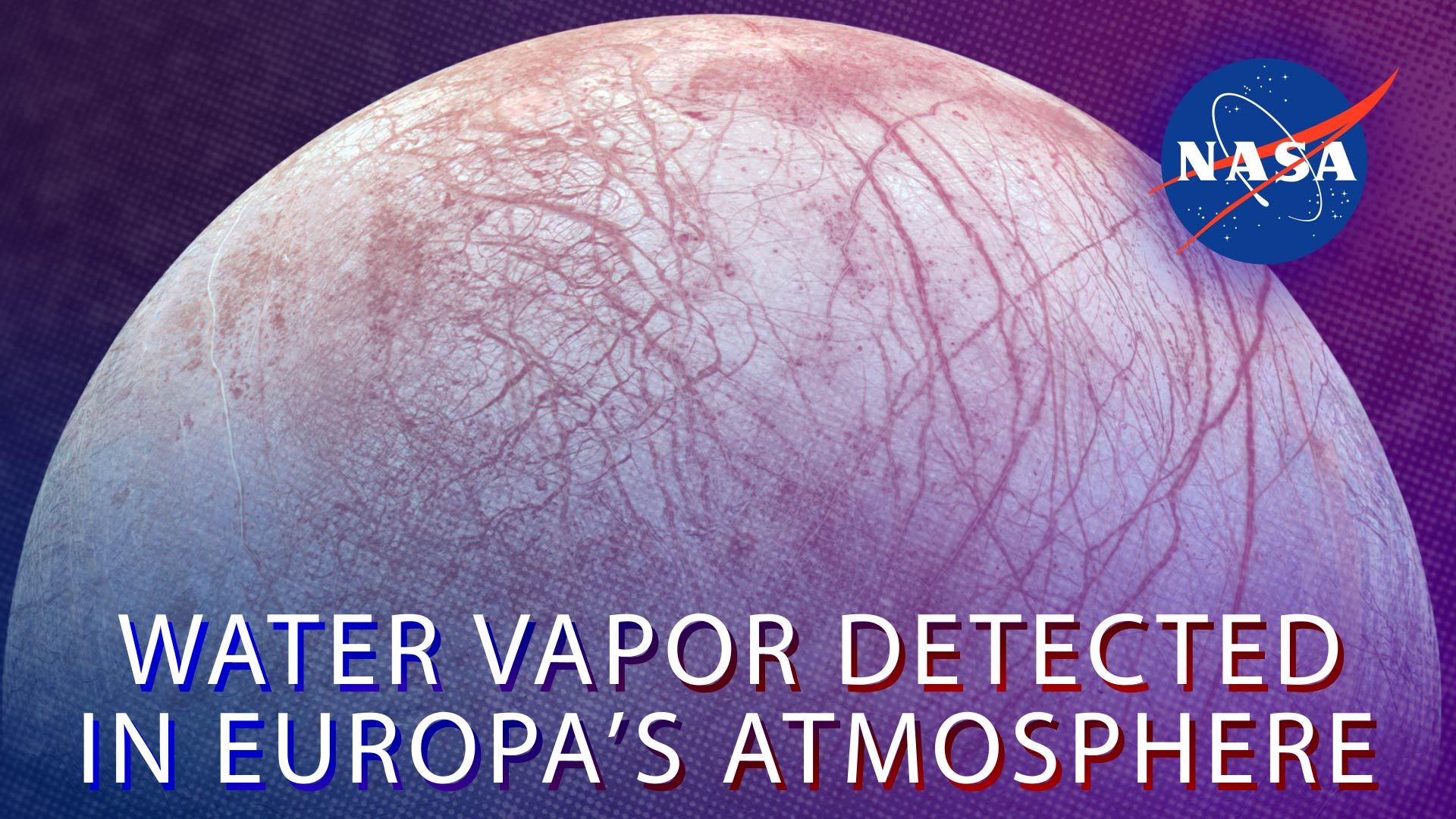

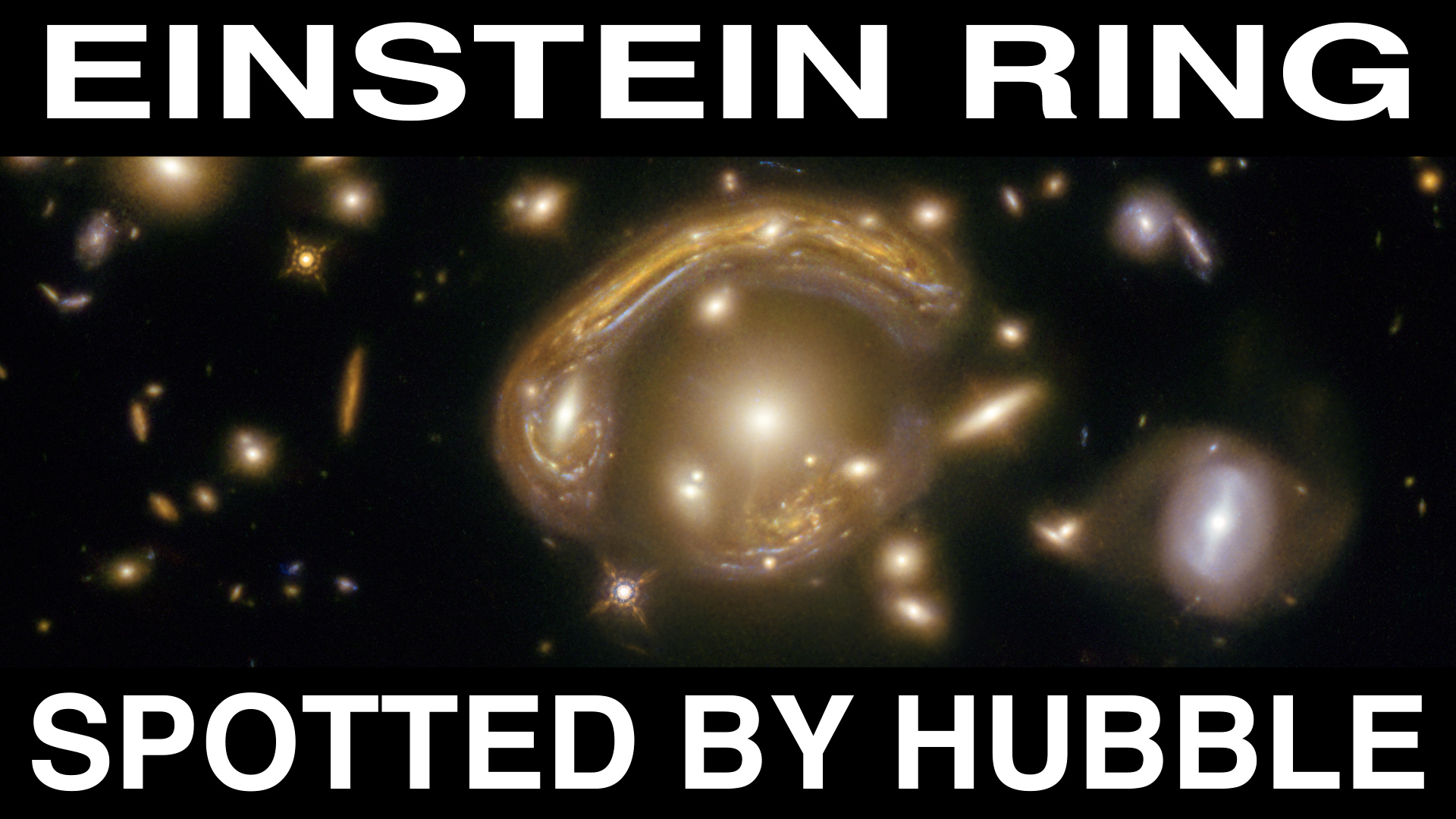
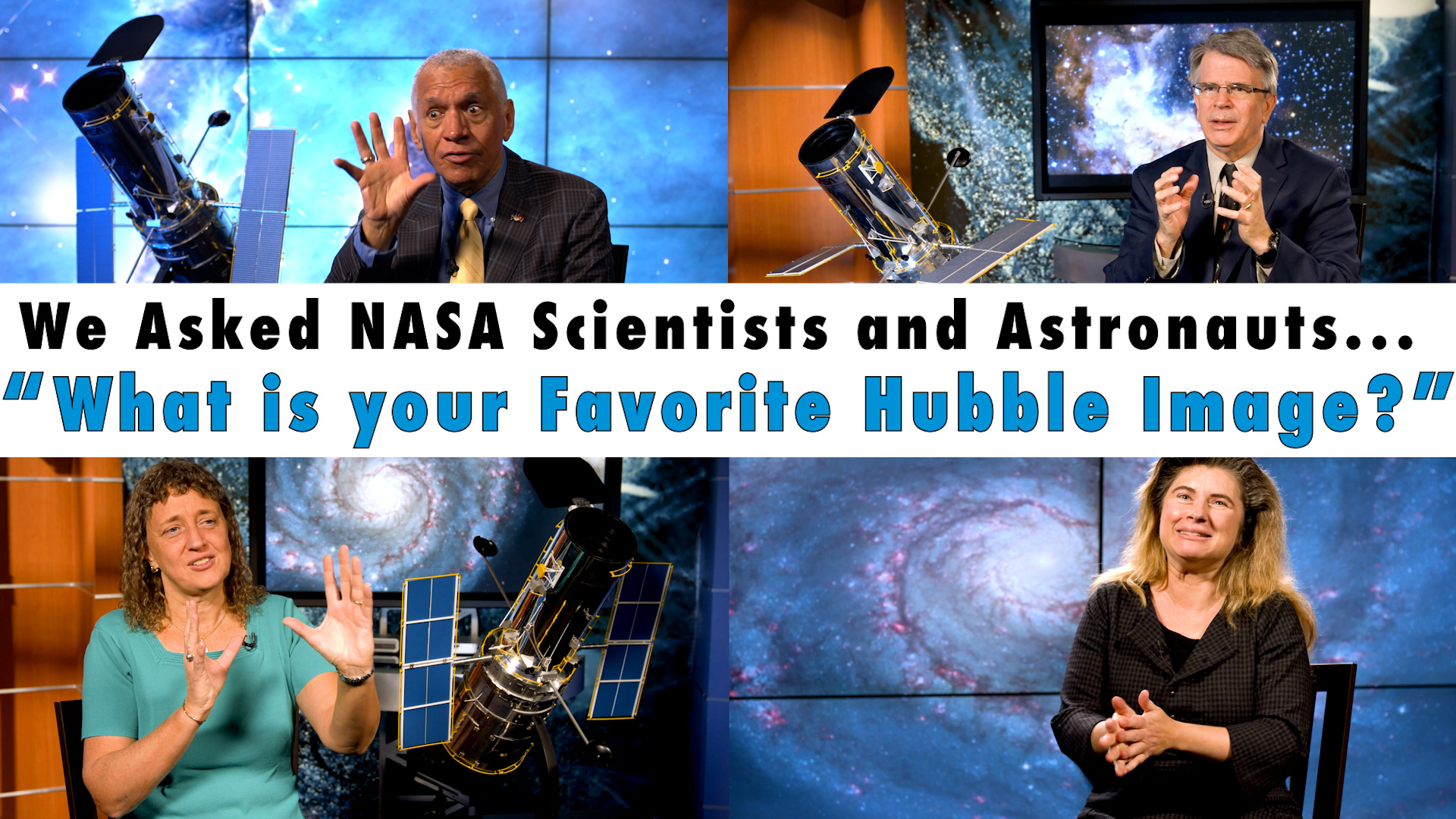
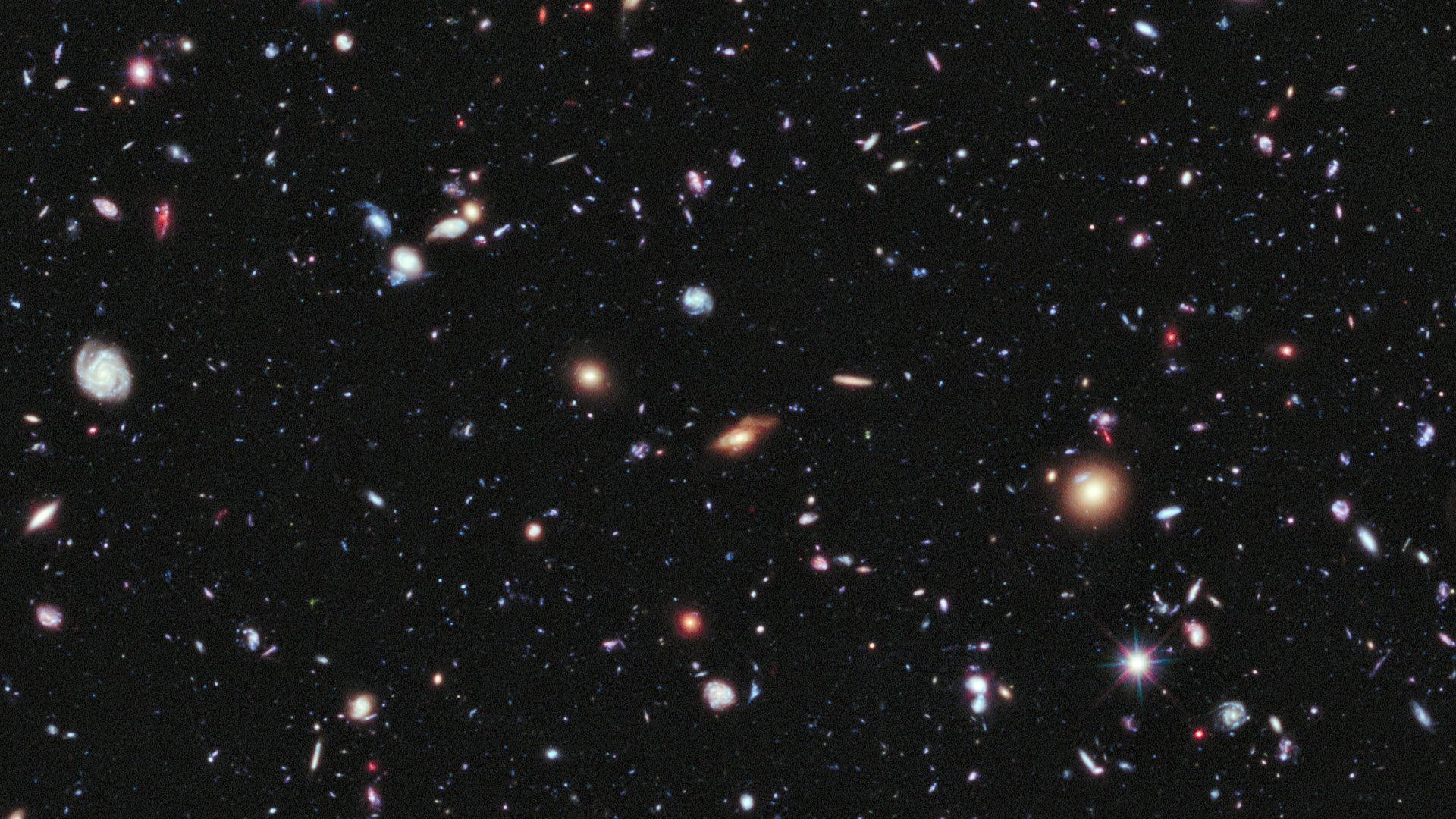
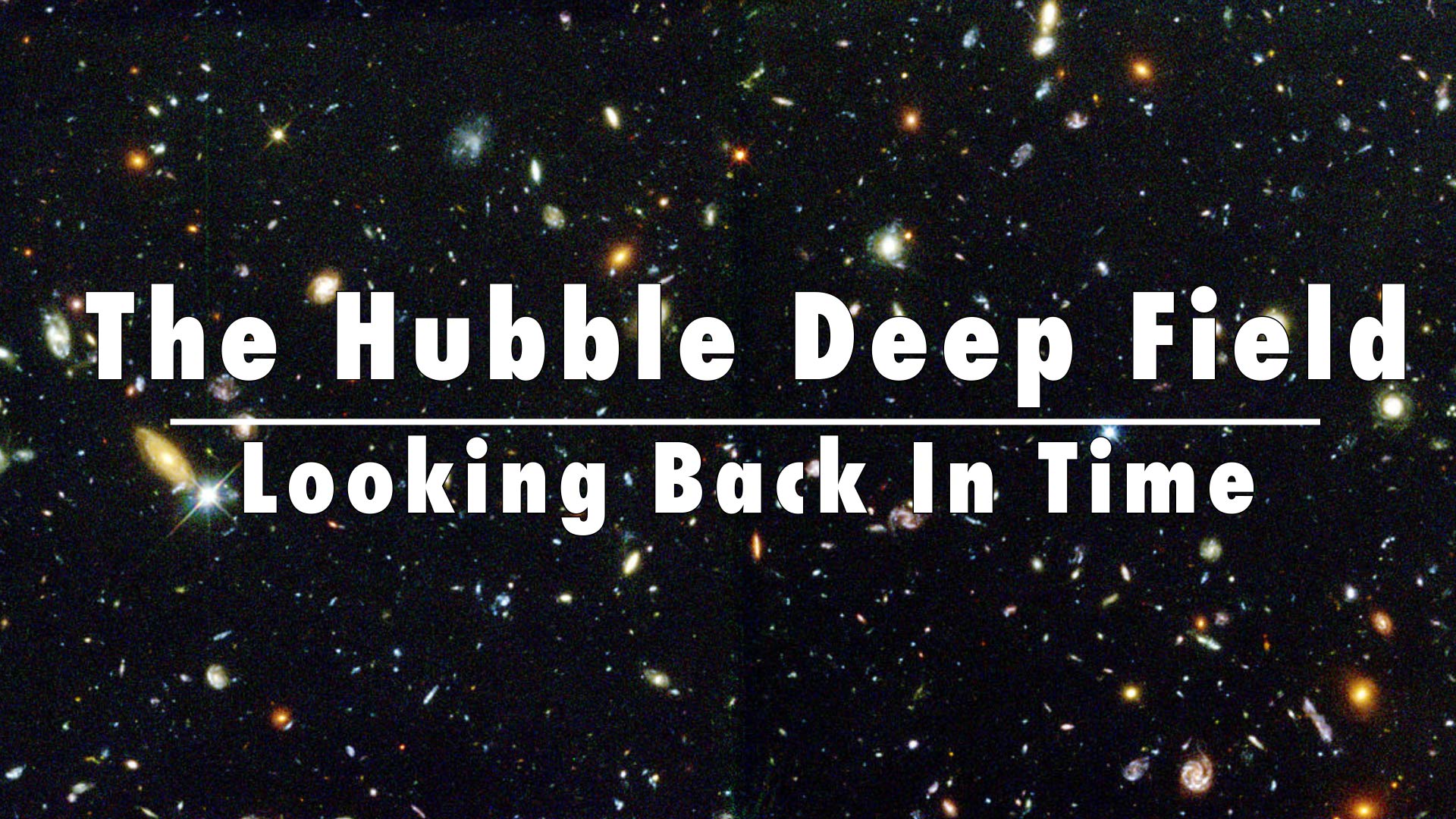
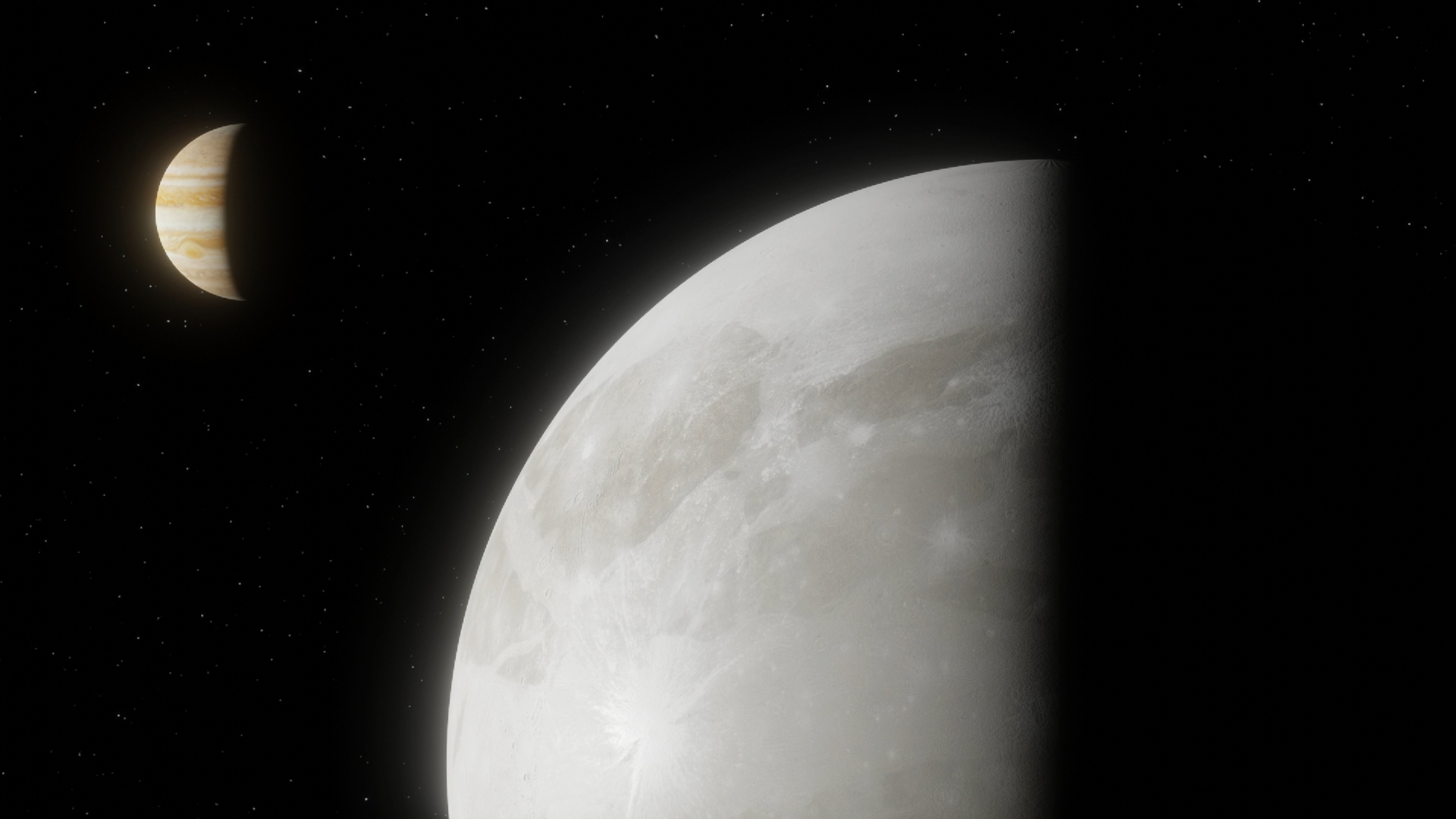
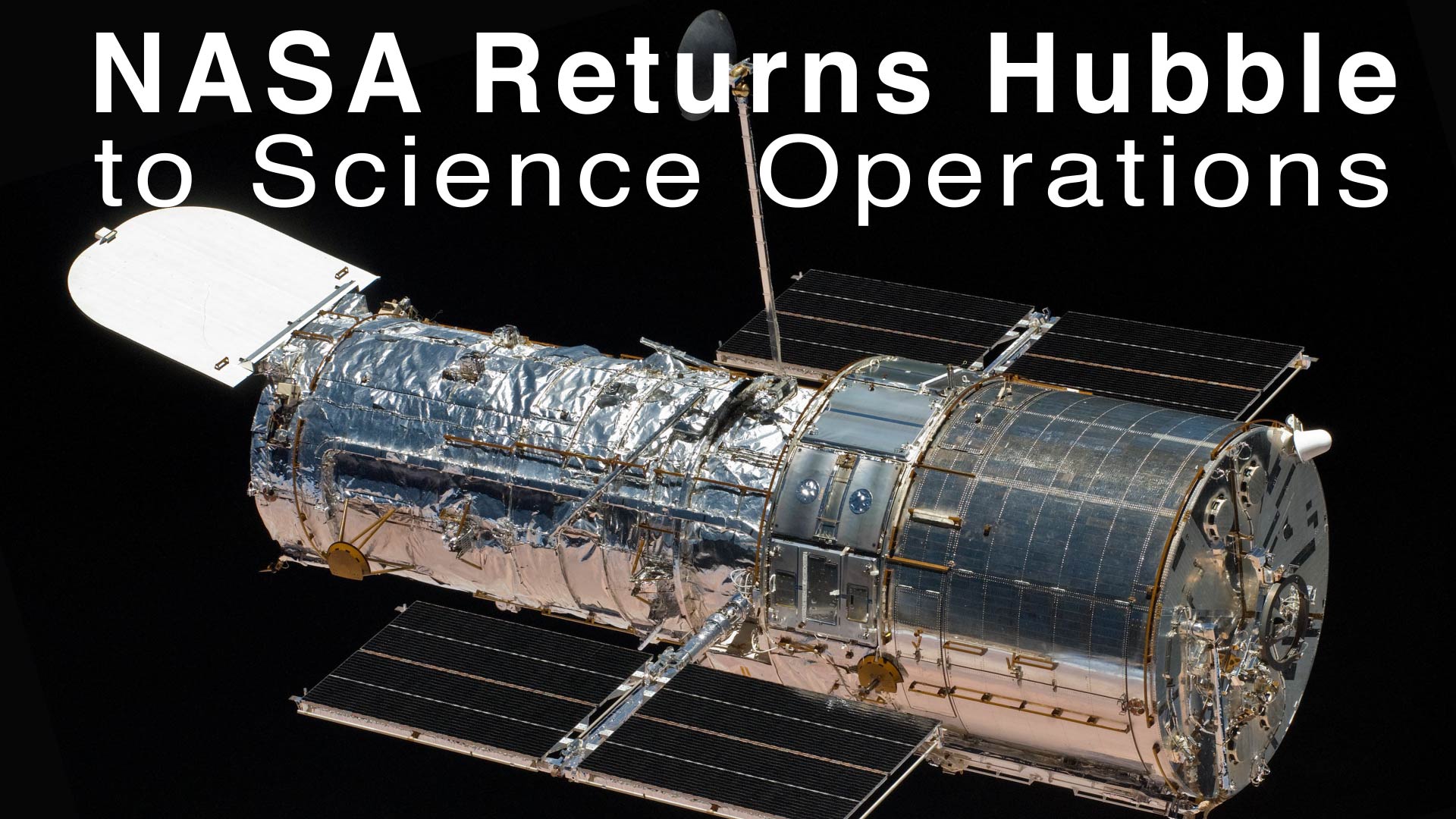
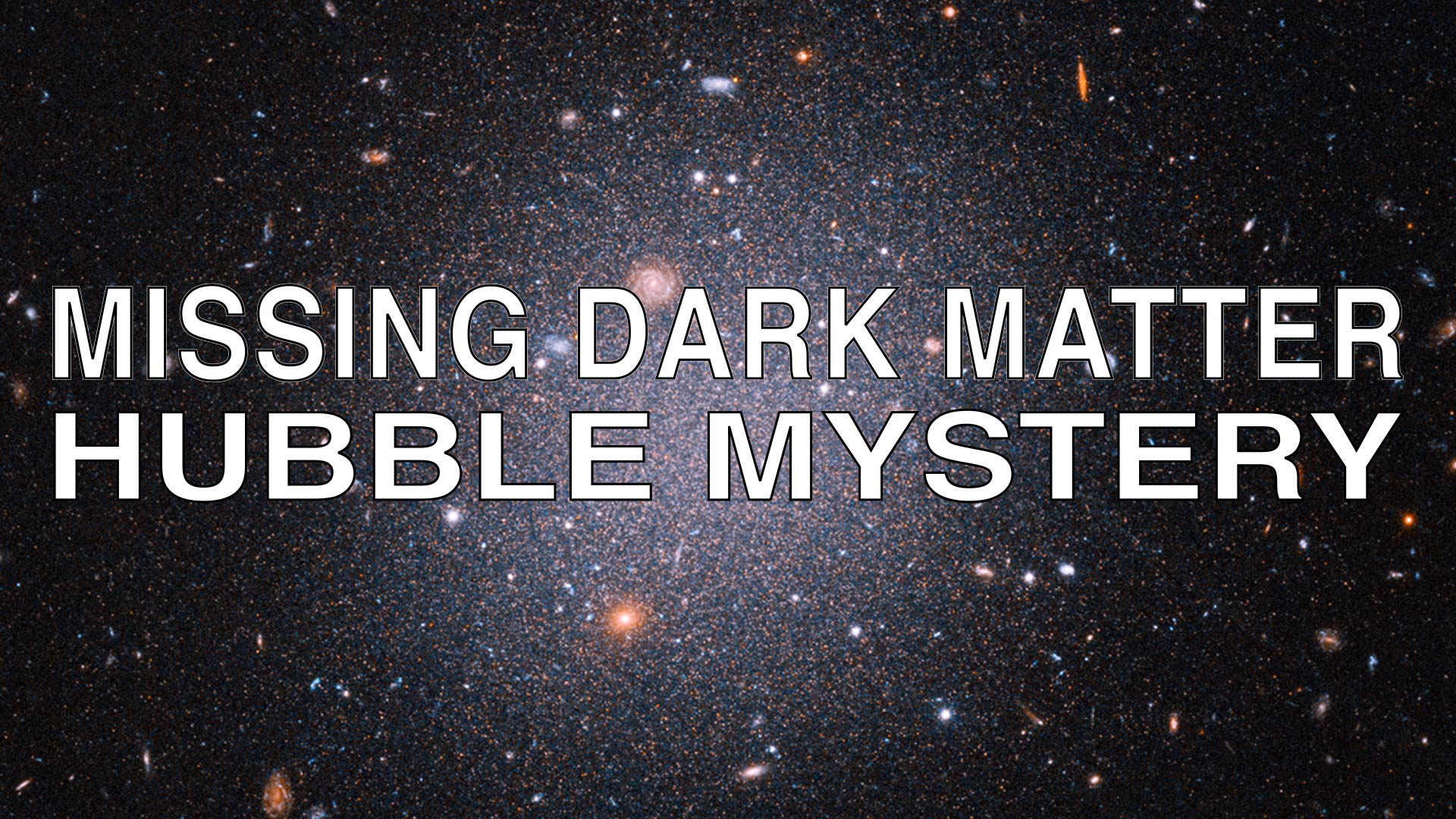
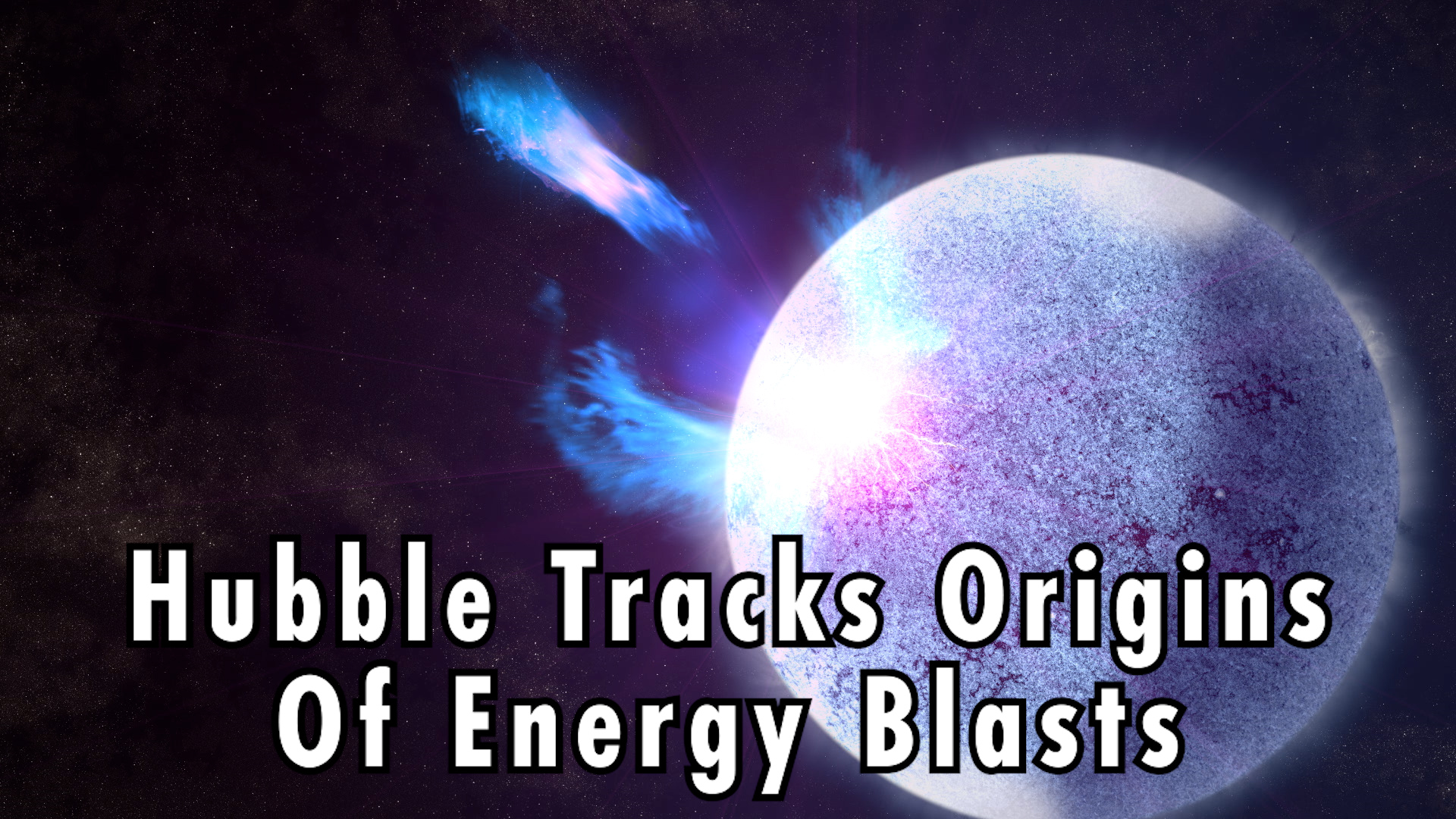

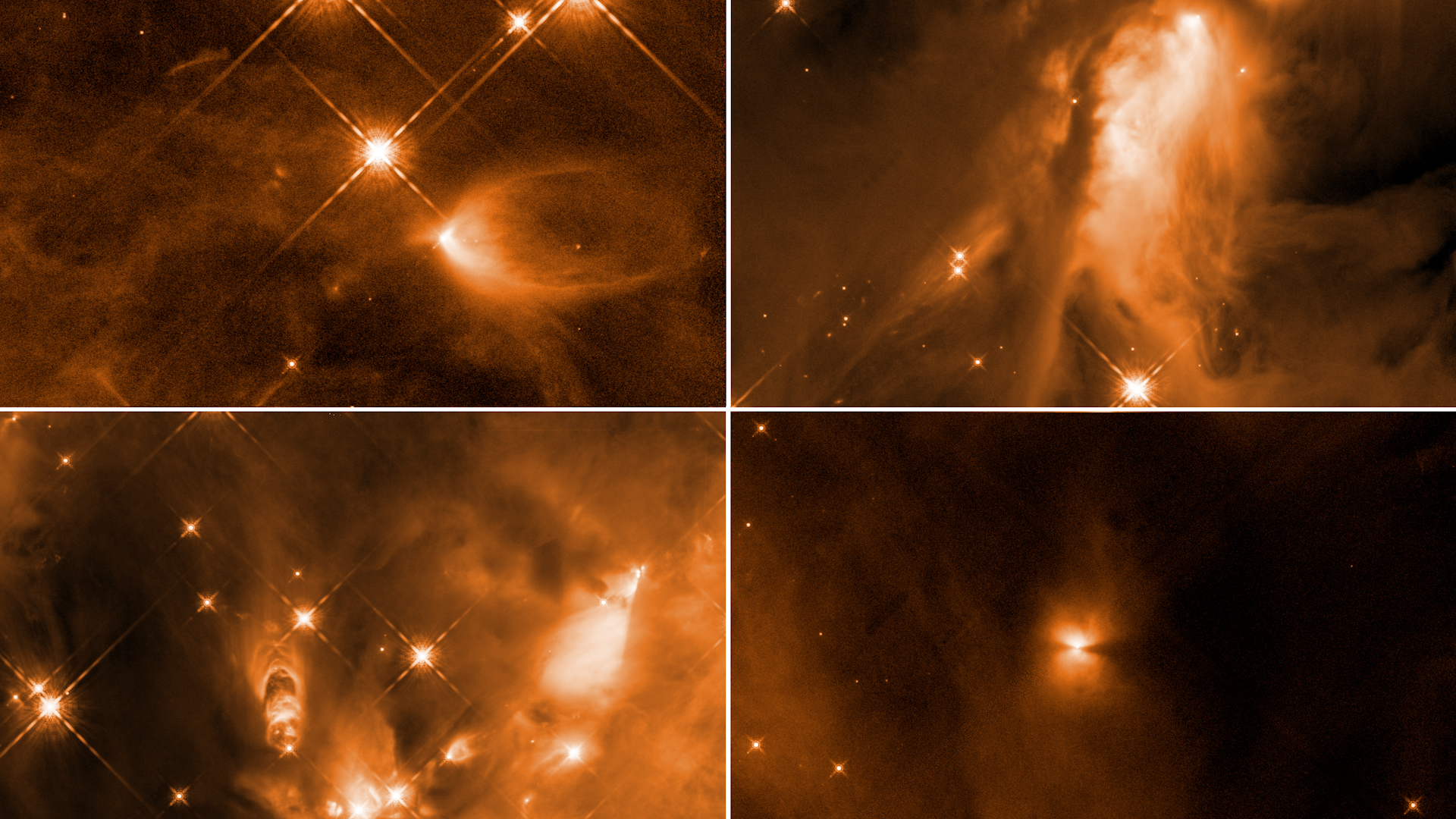

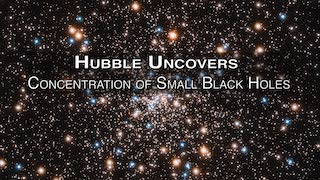
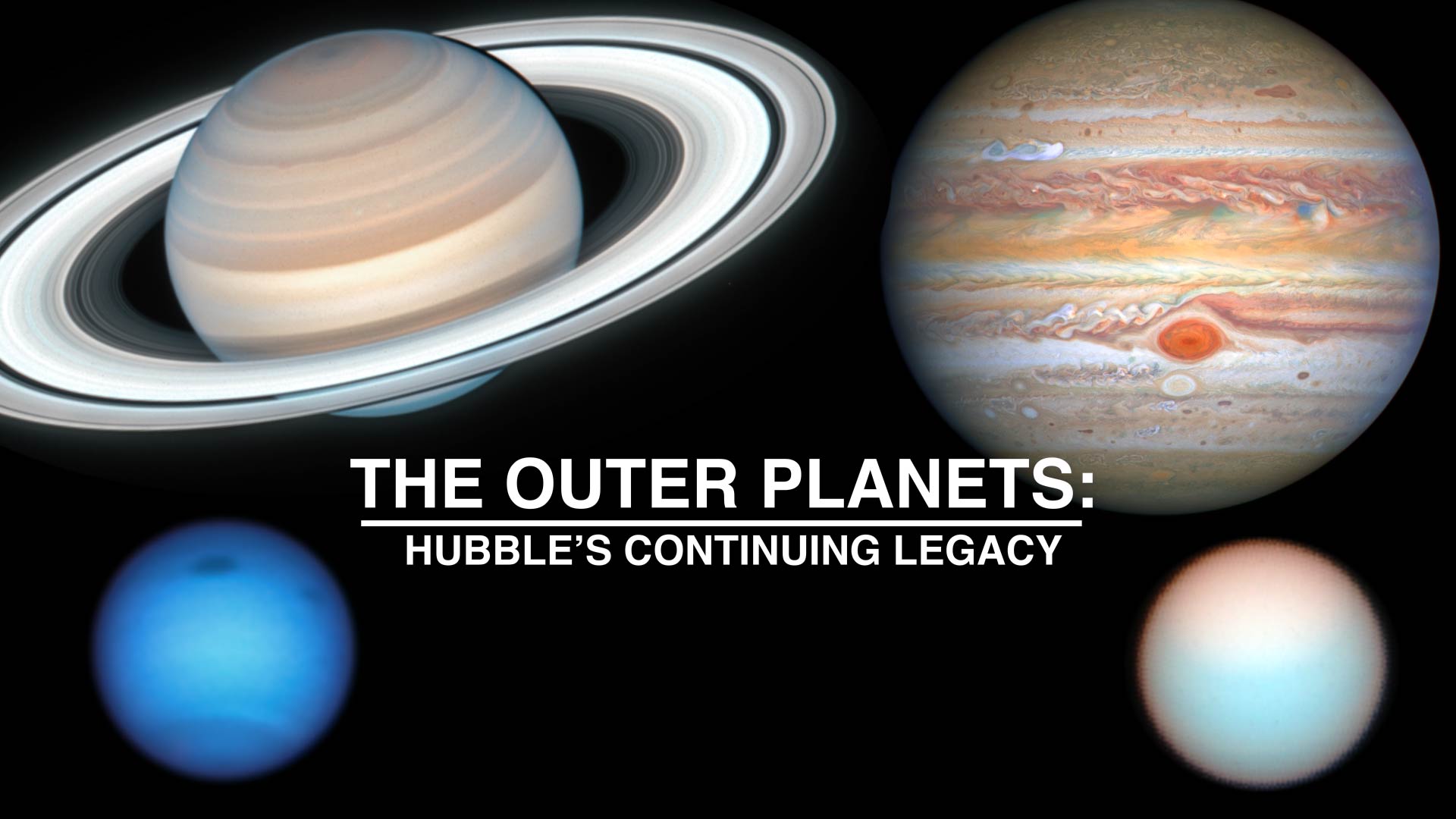
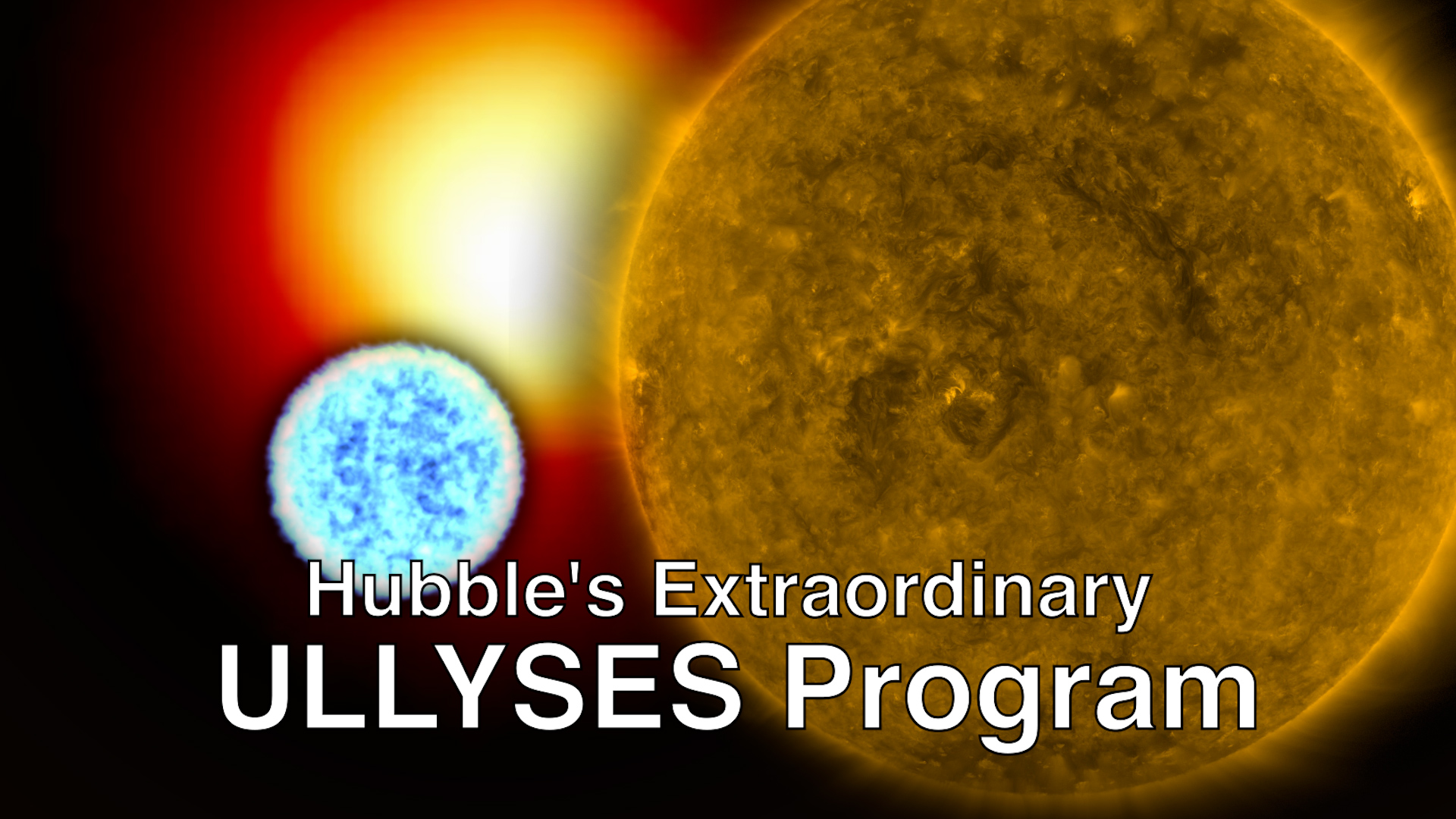
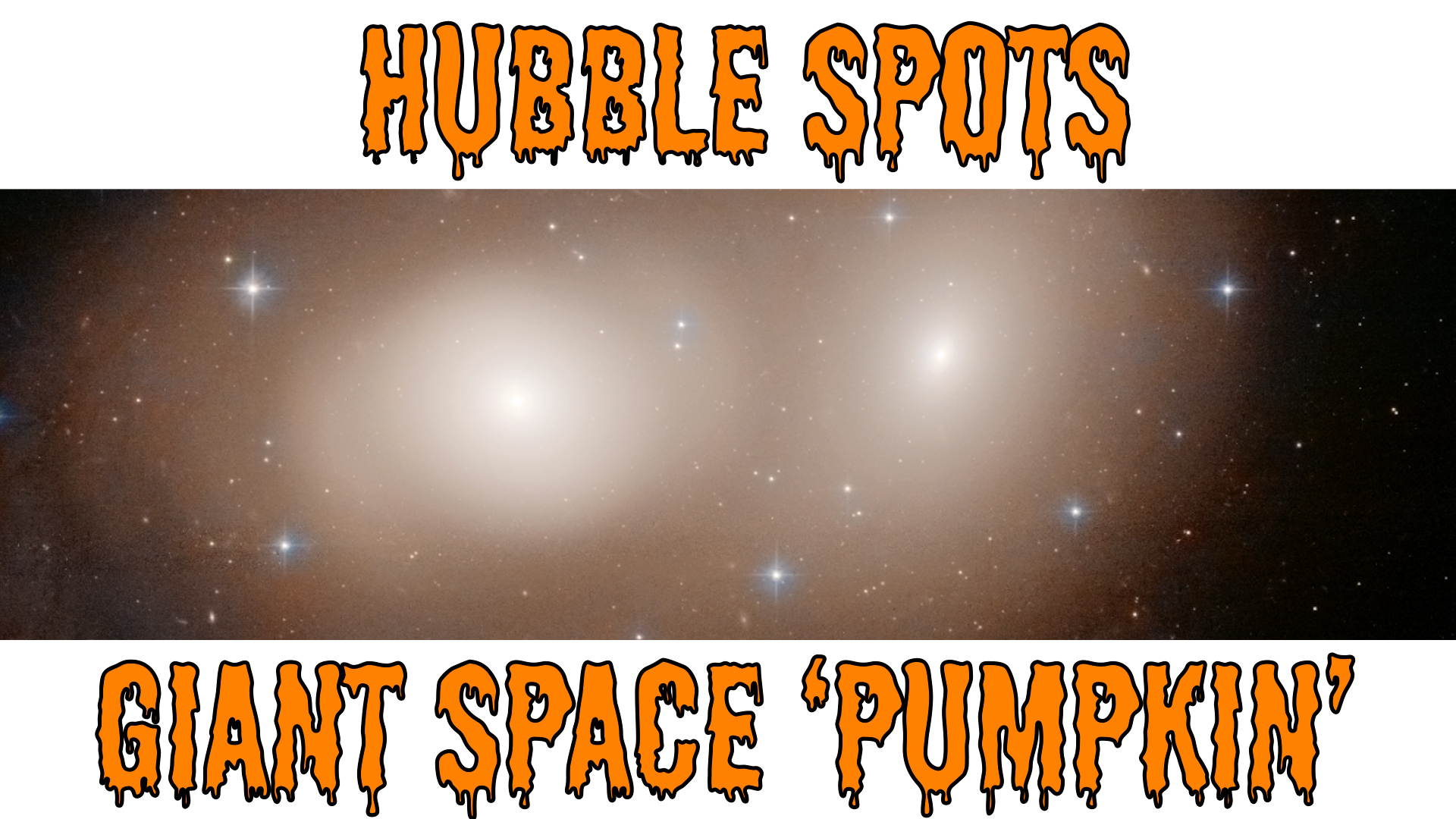
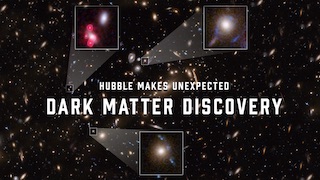

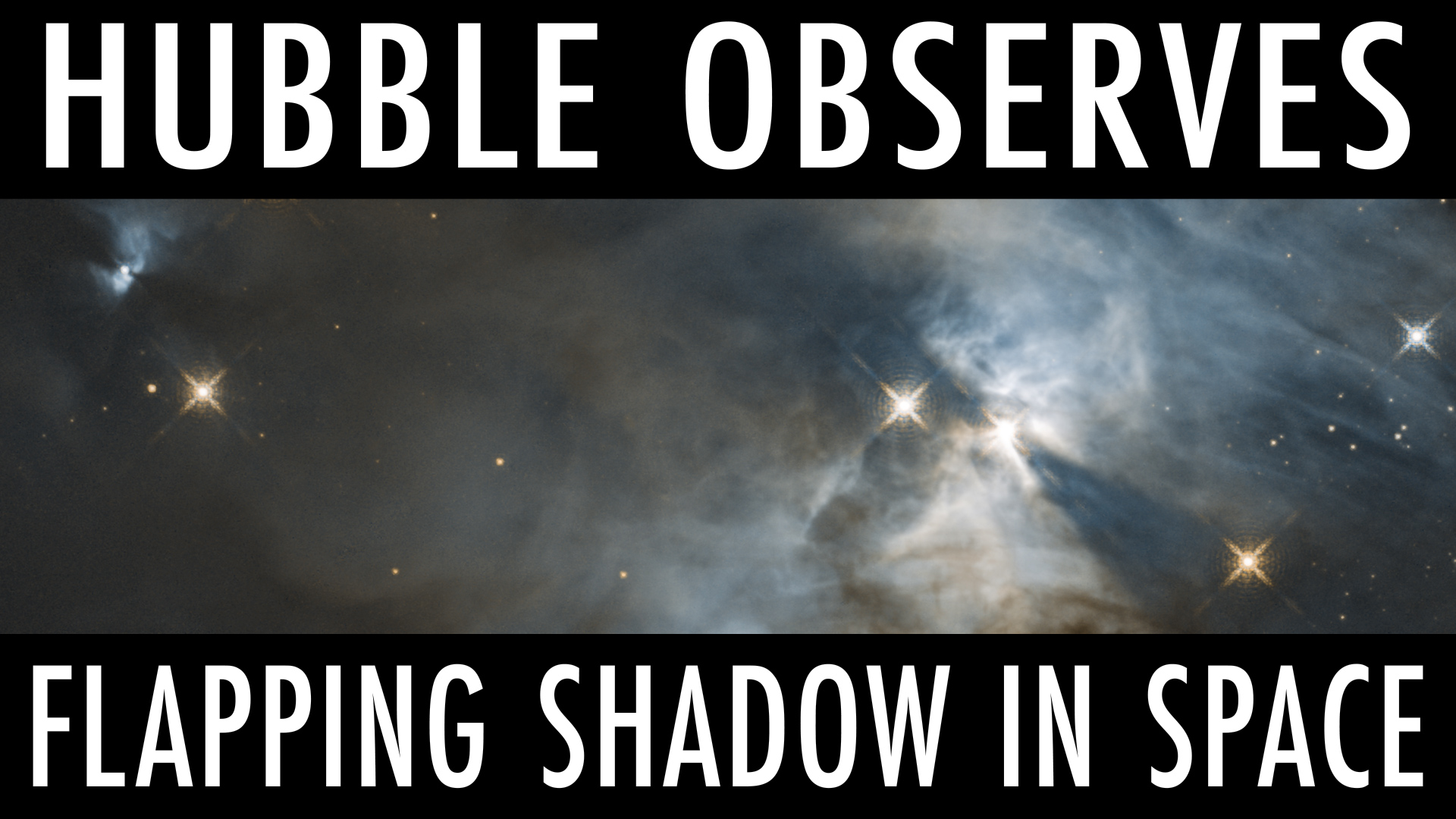
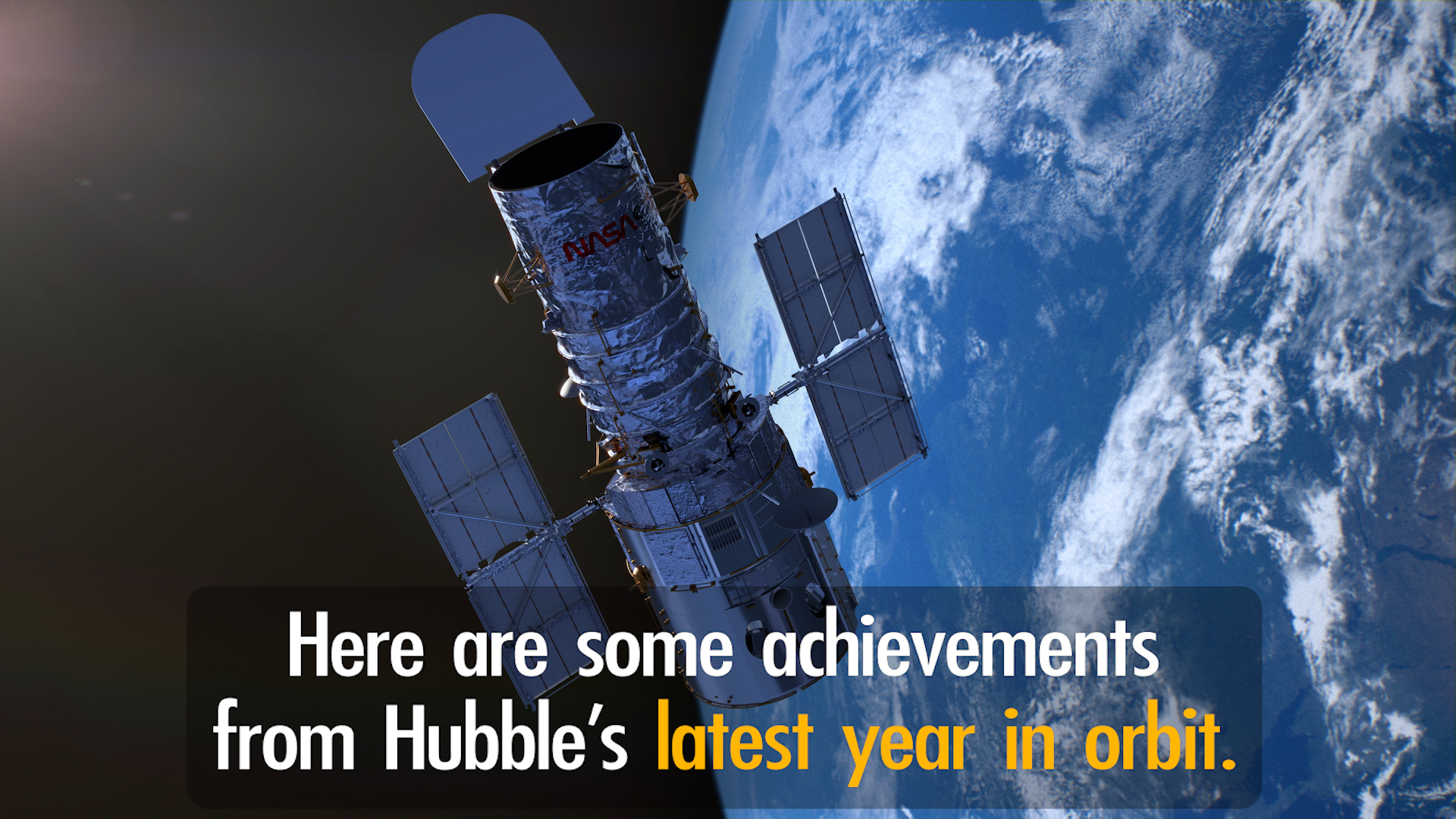
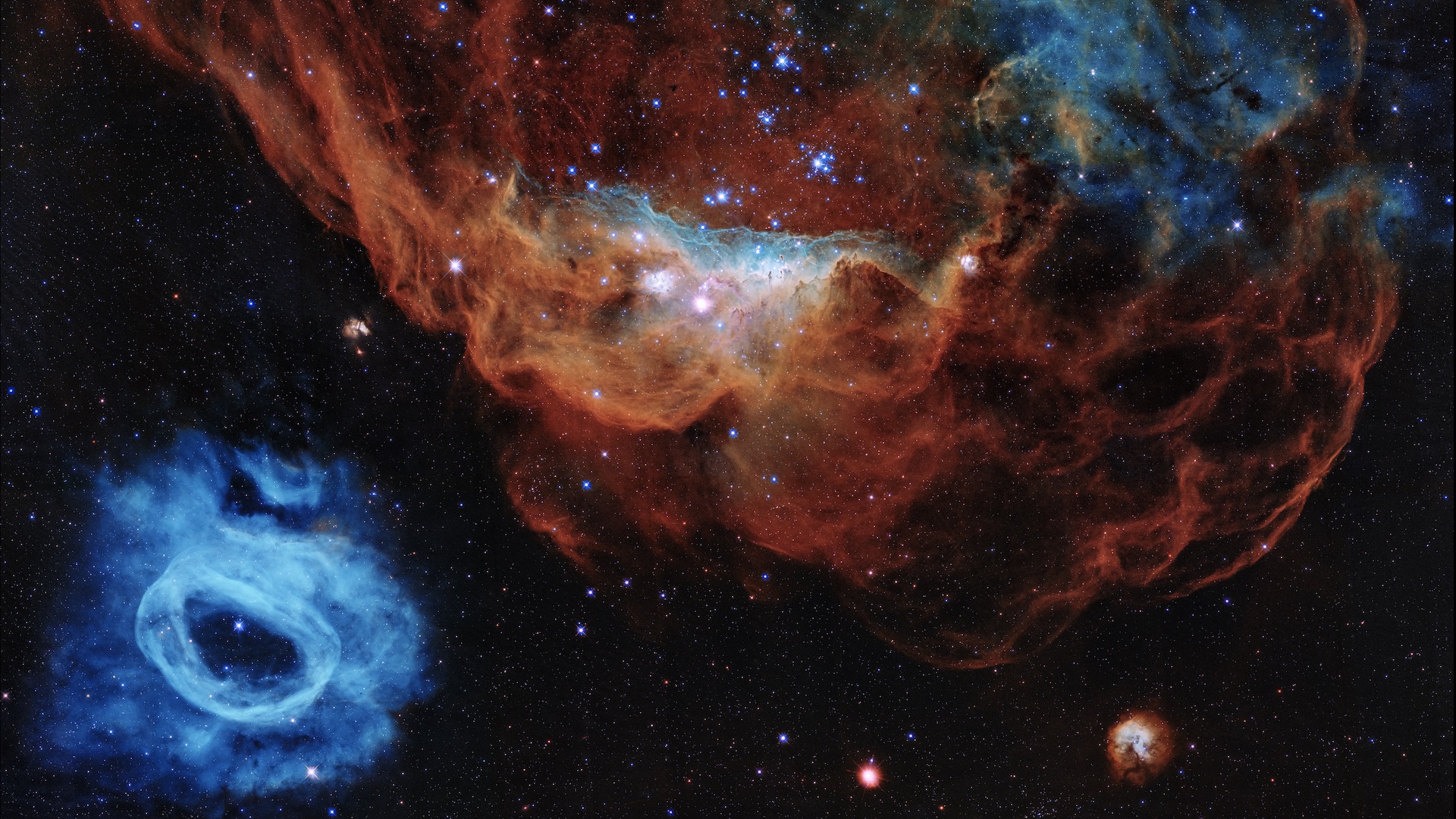
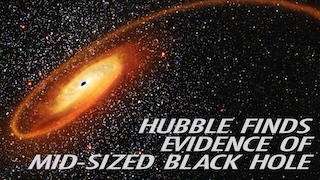
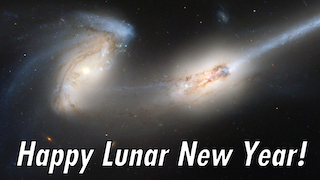
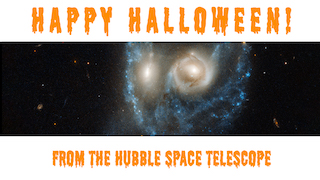
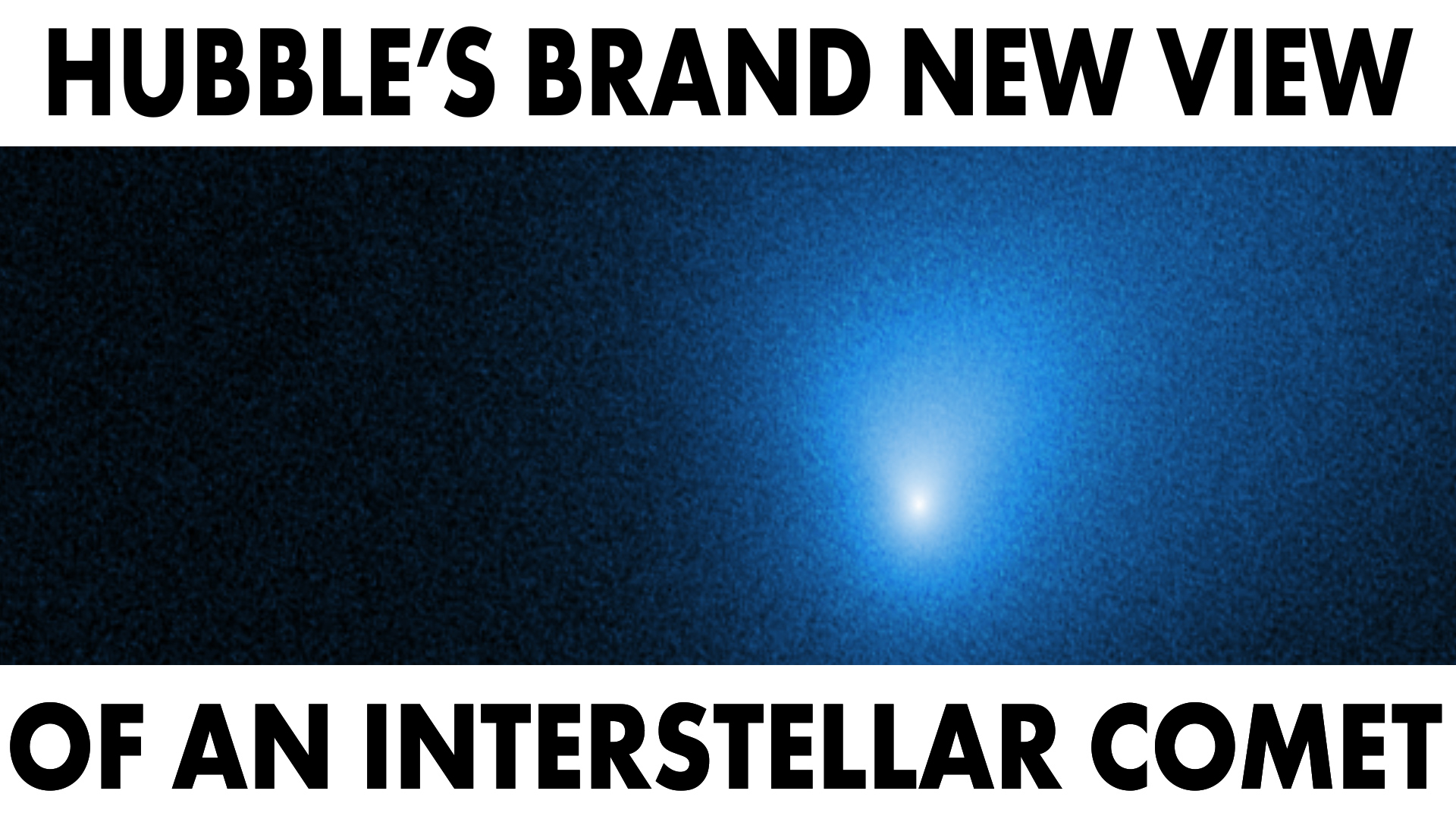
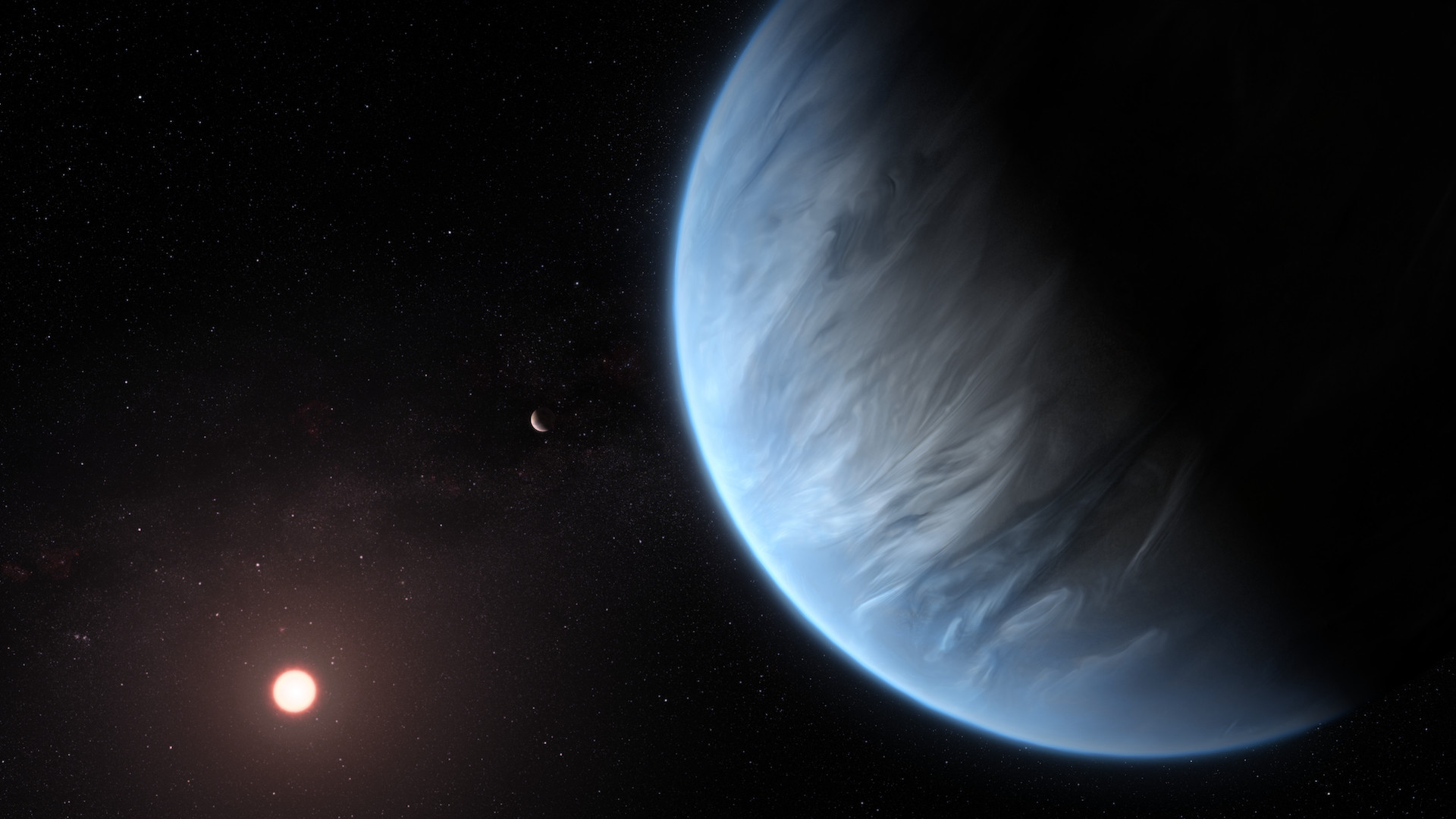
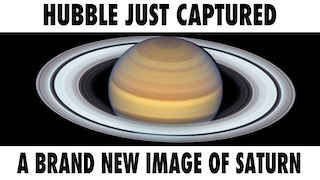
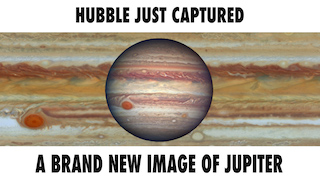
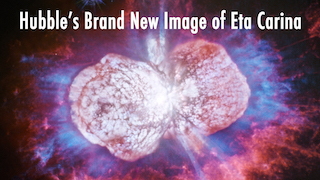
![Hosted video for YouTubeWatch this video on the NASA Goddard YouTube channel.Music credits:"Momentum" by Guillaume Bernard [SACEM]; KTSA Publishing SACEM; Gum Tapes; Killer Tracks Production Music"Continental Drift" by Estelle Treville [SACEM], Pascal Marius [SACEM]; KTSA Publishing SACEM; Gum Tapes; Killer Tracks Production Music](/vis/a010000/a013000/a013087/13087_exomoon_youtube_thumbnail.jpg)
![YouTube/web videoWatch this video on the NASA Goddard YouTube channel.Music credit: "Midlands" by Marc Barrachina Sanchez [SGAE]; El Murmullo Sarao SGAE, Universal Sarao SGAE; SaraoMusic; Killer Tracks Production Music](/vis/a010000/a012900/a012988/hubble_oumuamua_thumbnail.png)
![Watch this video on the NASA Goddard YouTube channel.Music credit: "Reborn" by Maksim Tyutmanov [PRS] and Victoria Beits [PRS]; Atmosphere Music Ltd PRS; Score Addiction; Killer Tracks Production Music](/vis/a010000/a012900/a012907/hubble_galaxy_without_dark_matter_thumbnail.png)
![Watch this video on the NASA Goddard YouTube channel.Music credit: "Deep Groove" by Danny McCarthy [ASCAP] and Thomas Dill [ASCAP]; Soundcast Music SESAC; Chronic Trax; Killer Tracks Production Music](/vis/a010000/a012800/a012844/hubble_trappist_2018-thumbnail.png)
![Watch this video on the NASA Goddard YouTube channel.Music credit: "Struggling in the City" by Emre Ramazanoglu [PRS], Jamie Michael Bradley Reddington [PRS], and Patrick Green [PRS]; Atmosphere Music Ltd [PRS]; BLOCK; Killer Tracks Production Music](/vis/a010000/a012800/a012862/Hubble_Neptune_thumbnail.png)
![Music credit: "Little Effort" by Christopher Franke [BMI]; Killer Tracks [BMI]; Killer Tracks Production MusicWatch this video on the NASA Goddard YouTube channel.](/vis/a010000/a012700/a012773/light_echo_thumbnail.png)
![Watch this video on the NASA Goddard YouTube channel.Music credit: "Space Cake" by Donn Wilerson [BMI] and Lance Sumner [BMI]; Killer Tracks BMI; Killer Tracks Production Music.](/vis/a010000/a012700/a012724/Hubble_comet_K2_thumbnail.png)
![Music credit: "High Heelz" by Donn Wilkerson [BMI] and Lance Sumner [BMI]; Killer Tracks BMI; Killer Tracks Production MusicWatch this video on the NASA Goddard YouTube channel.](/vis/a010000/a012600/a012621/Hubble_black_hole_birth_thumbnail.png)
![Music credit: "Midtown Moonshine" by Brent Woods [ASCAP] and Enrico Cacace [BMI]; Atmosphere Music Ltd PRS; Volta Music; Killer Tracks Production MusicWatch this video on the NASA Goddard YouTube channel.](/vis/a010000/a012500/a012599/Hubble_Guardians_thumbnail.png)
![Music credit: "Street Dancer" by Donn Wilkerson [BMI] and Lance Sumner [BMI]; Killer Tracks BMI; Killer Tracks Production MusicWatch this video on the NASA Goddard YouTube channel.](/vis/a010000/a012500/a012585/Hubble_Europa_04-2017_thumbnail.png)
![Music credit: "Triangulate" by Gianluigi Gallo [PRS]; El Murmullo Sarao SGAE, Universal Sarao SGAE; SaraoMusic; Killer Tracks Production MusicWatch this video on the NASA Goddard YouTube channel.](/vis/a010000/a012500/a012570/Hubble_Jupiter_Opposition_thumbnail.png)
![Music credit: "Stealth Car" by Tom Sue [GEMA] and Zac Singer [GEMA]; Ed. Berlin Production Music/Universal Publishing Production Music GmbH GEMA; Berlin Production Music; Killer Tracks Production MusicWatch this video on the NASA Goddard YouTube channel.](/vis/a010000/a012500/a012539/hubble_rogue_black_hole_thumbnail2.png)
![Web VideoMusic credit: "Next Generation" by Enrico Cacace [BMI]; Atmosphere Music Ltd PRS; Volta Music; Killer Tracks Production MusicWatch this video on the NASA Goddard YouTube channel.](/vis/a010000/a012300/a012375/Hubble_Europa_thumbnail.png)
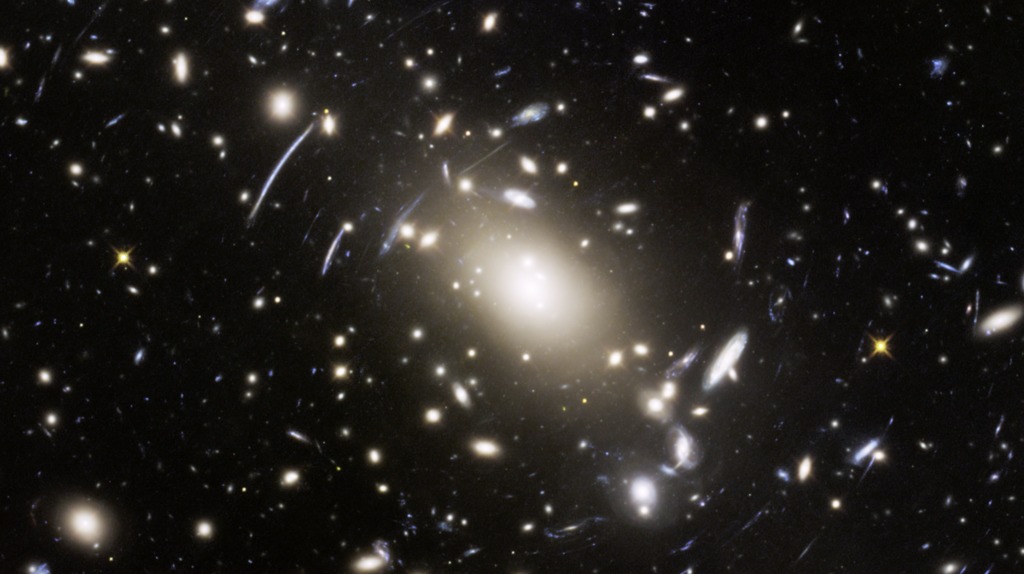
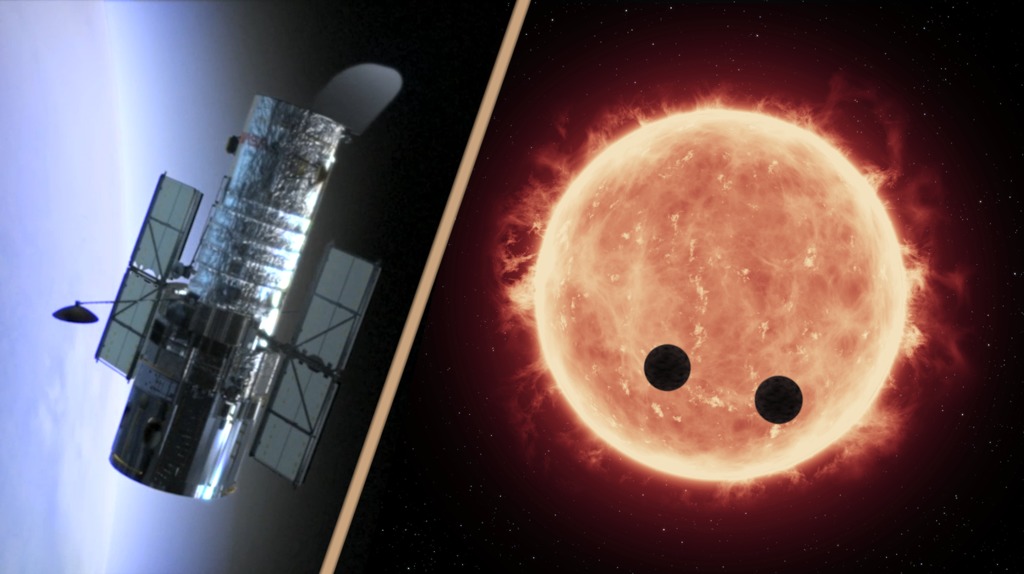
![60-second video for social mediaMusic: "Season of Swag" by David Travis Edwards and Kenneth Barbee, Killer Tracks [BMI] and Soundcast Music [SESAC]](/vis/a010000/a012200/a012260/Hubble_Mars_Instagram_29.97.00148_print.jpg)
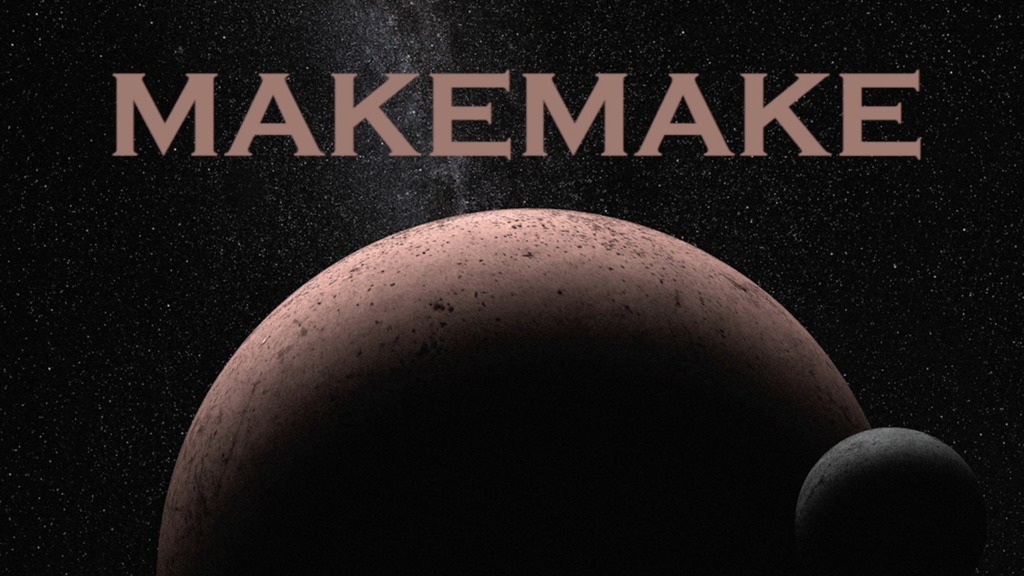
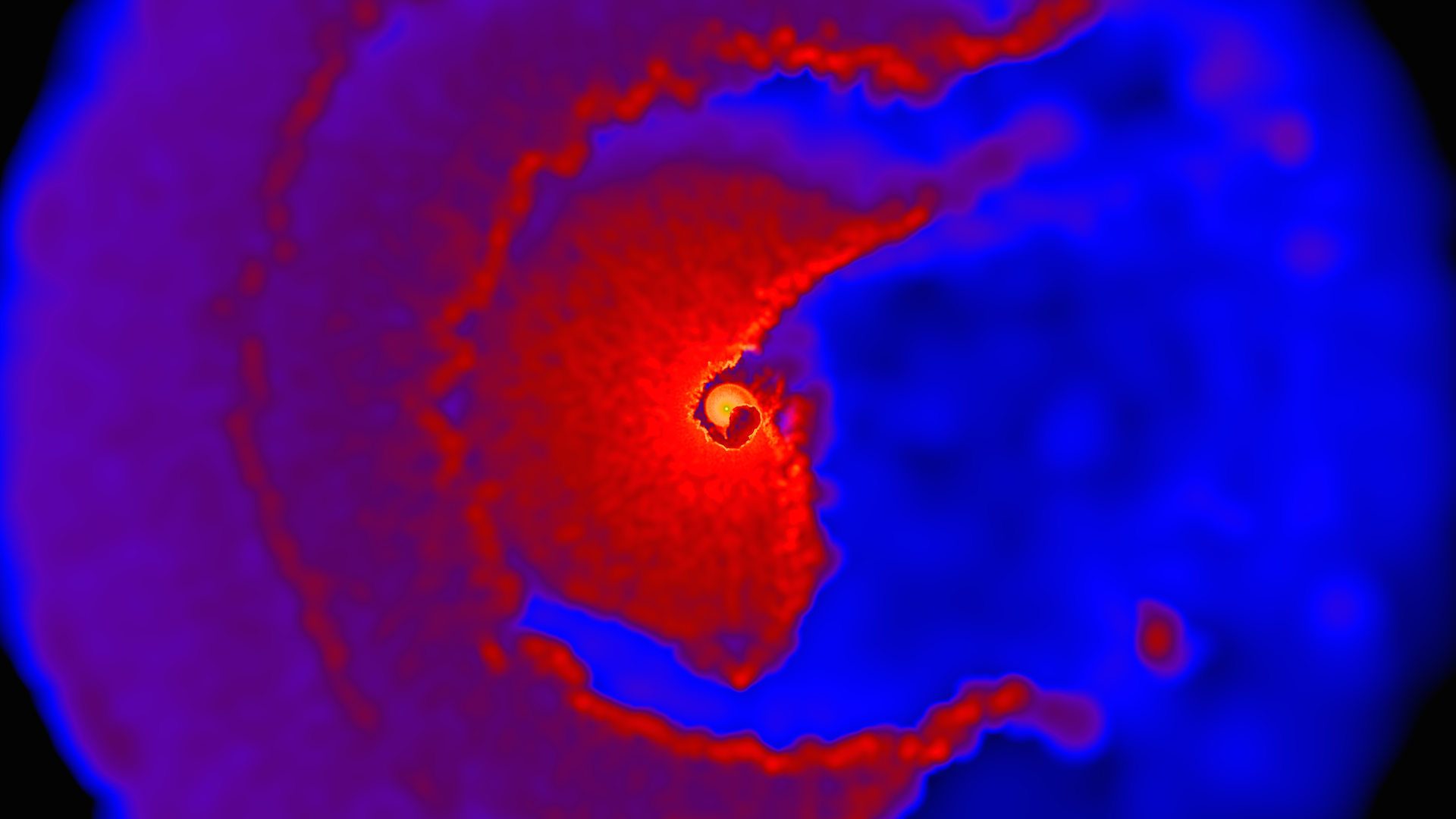
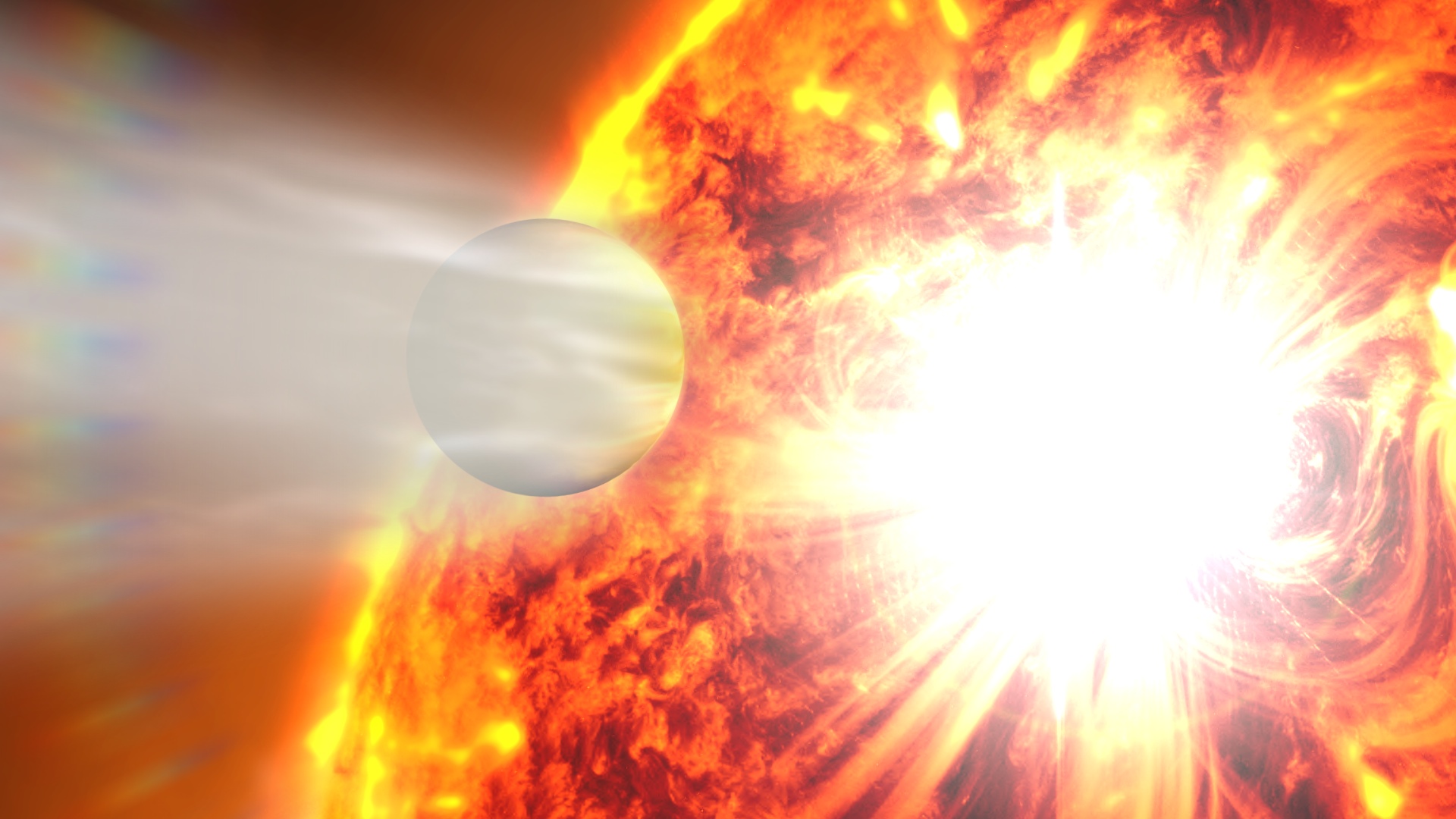
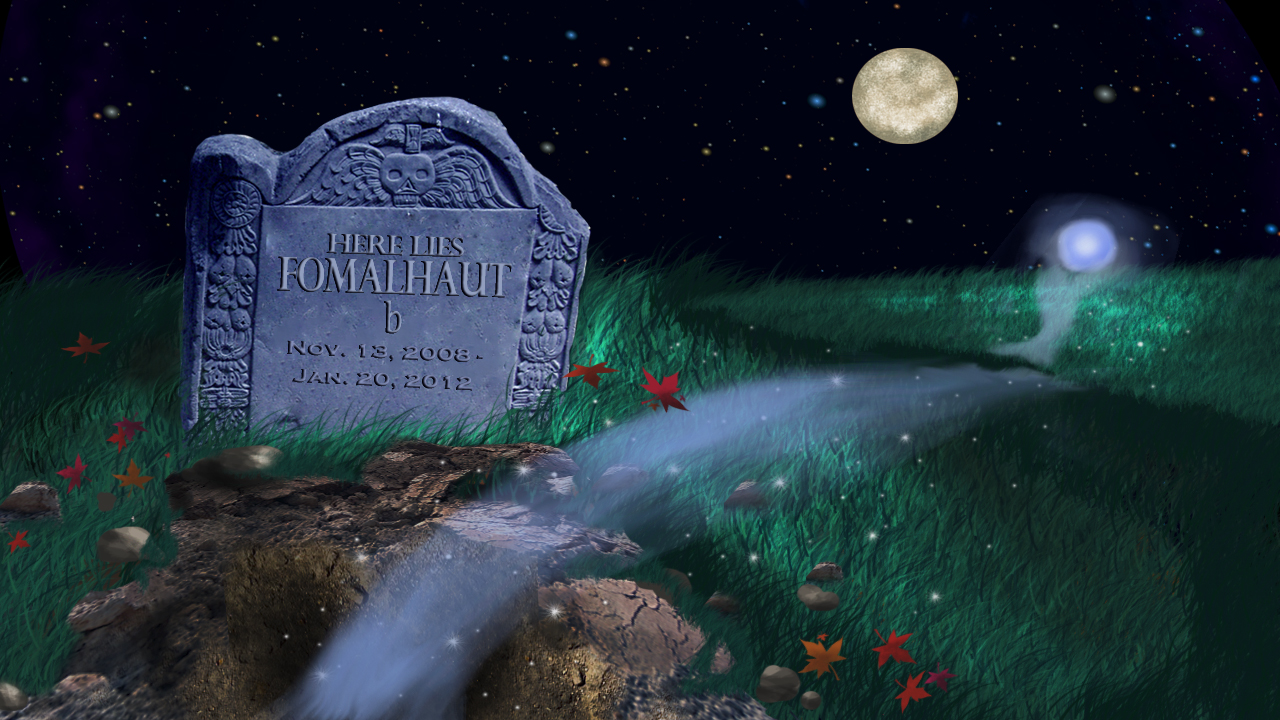
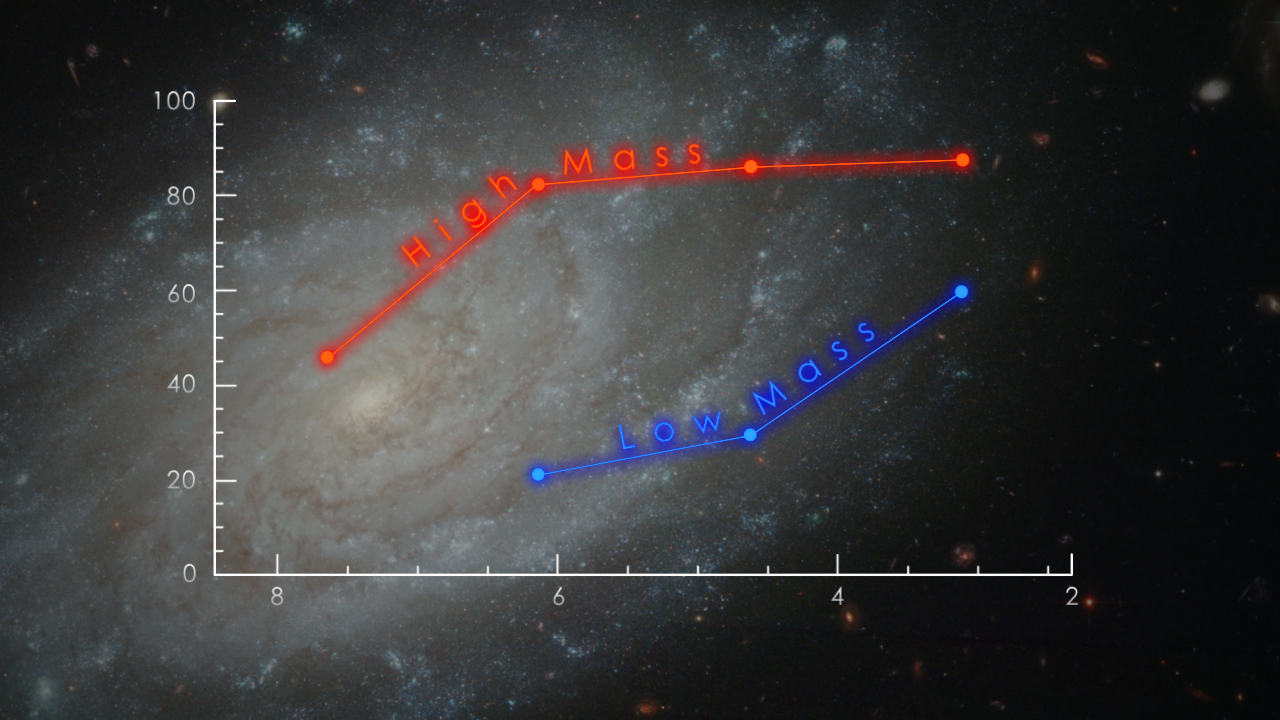
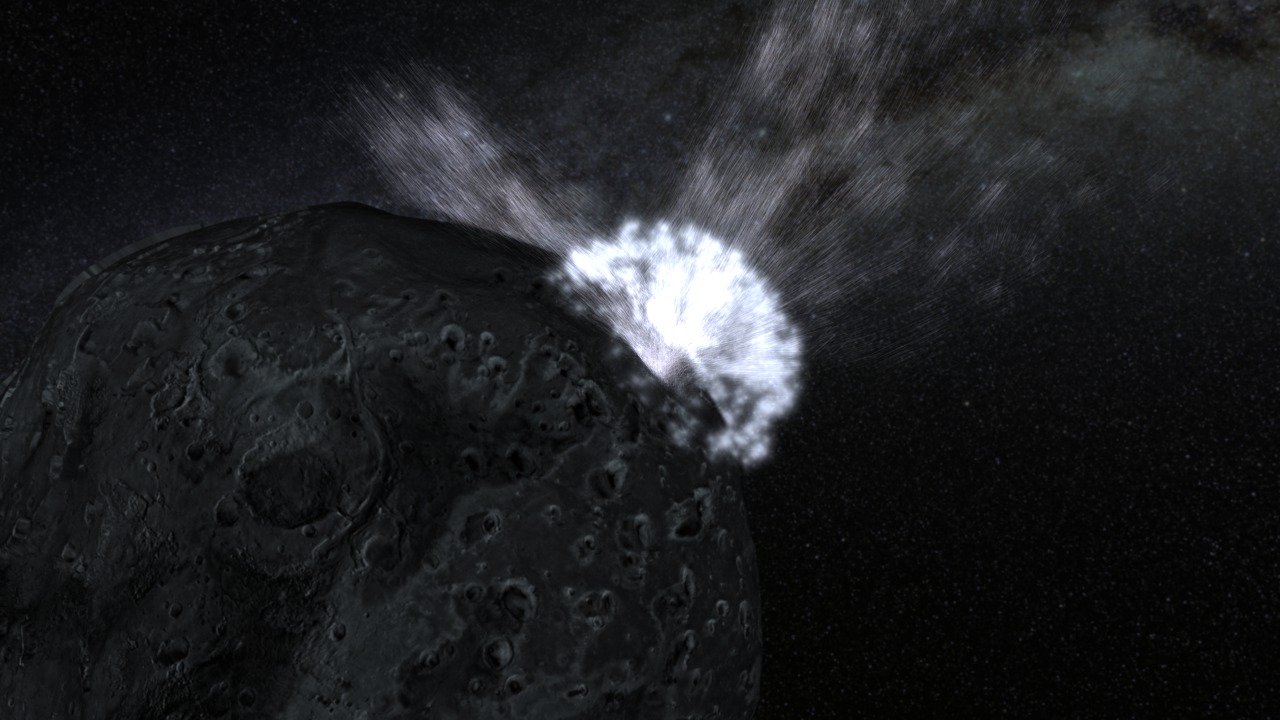
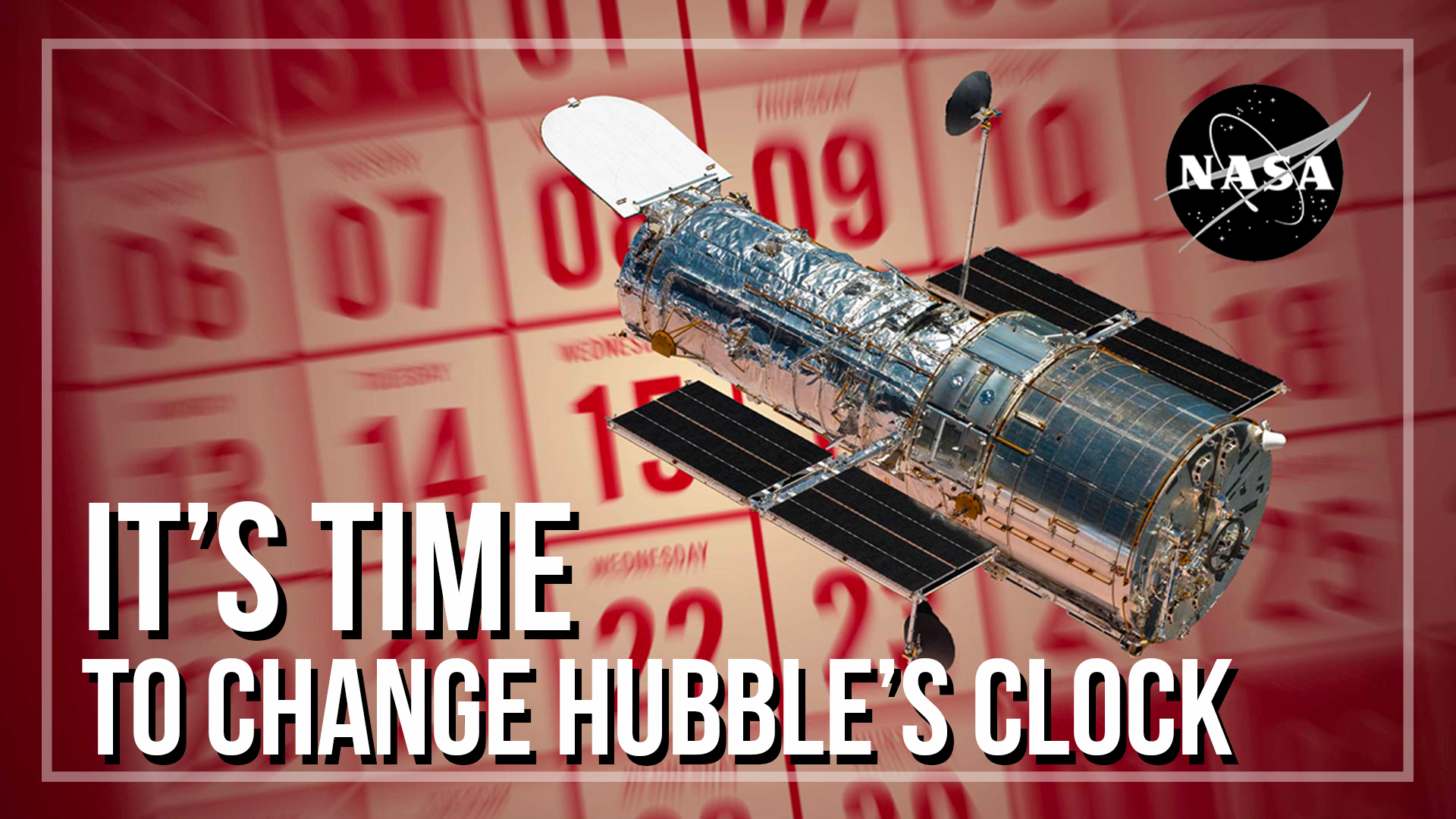
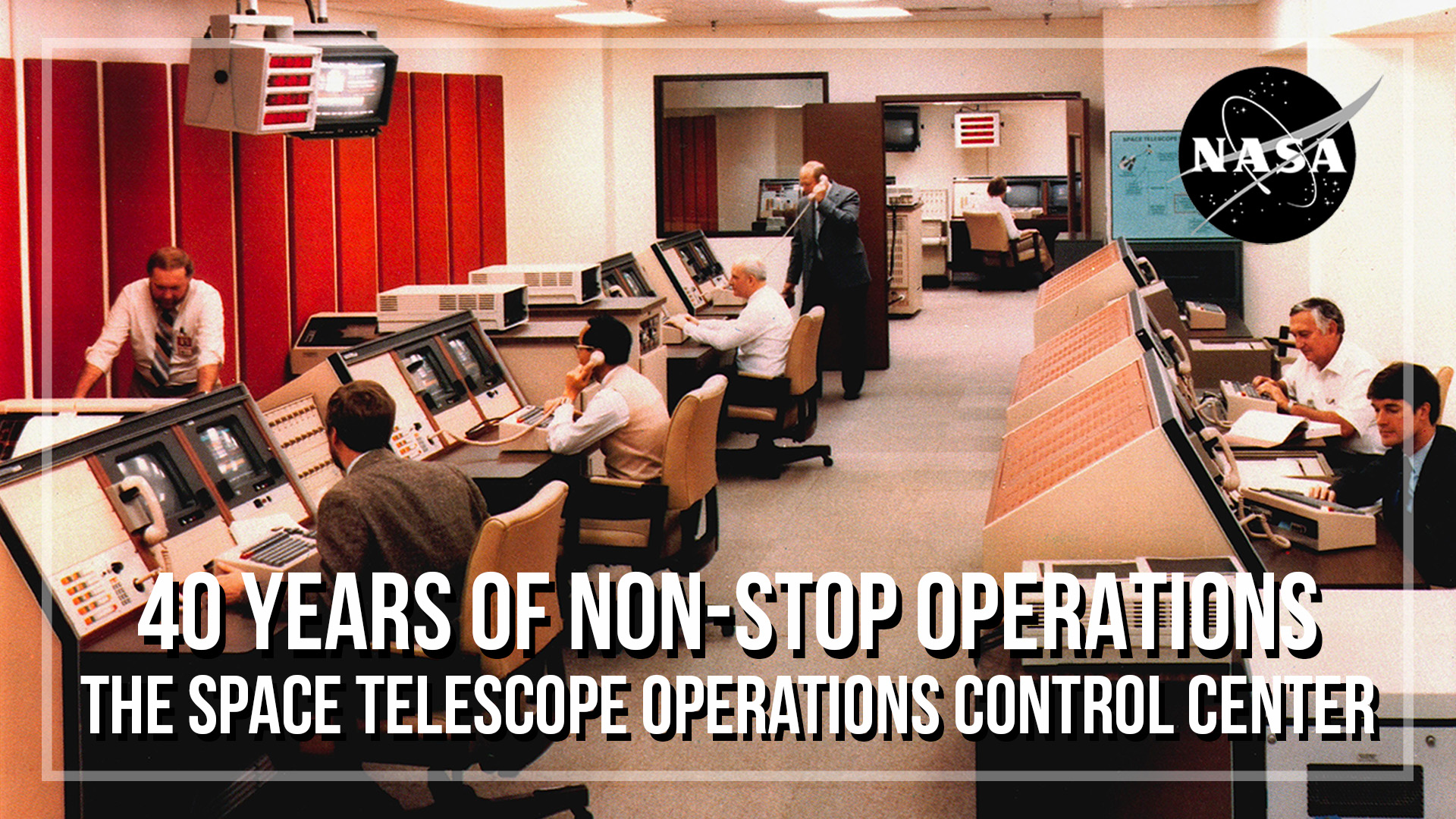
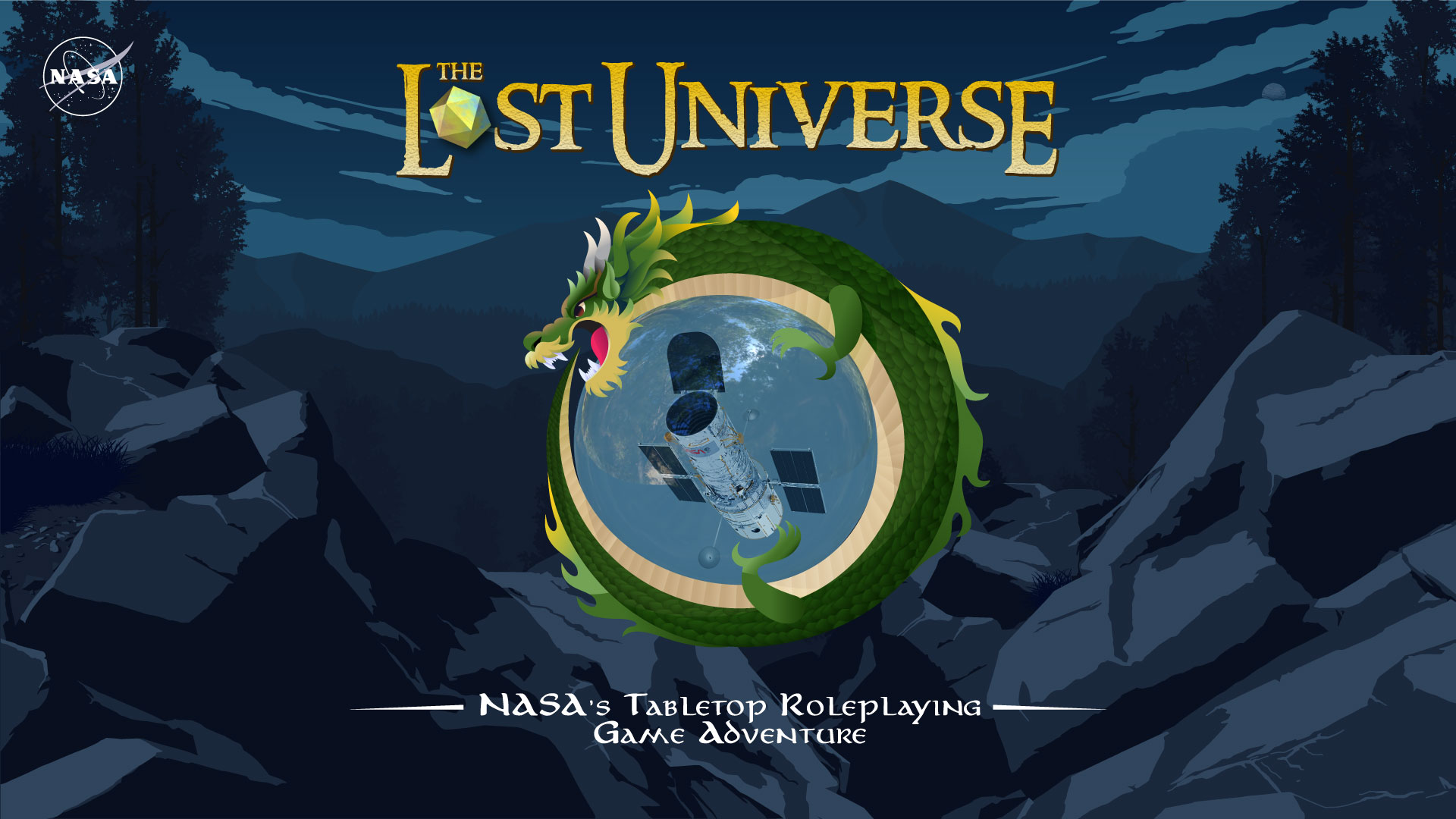
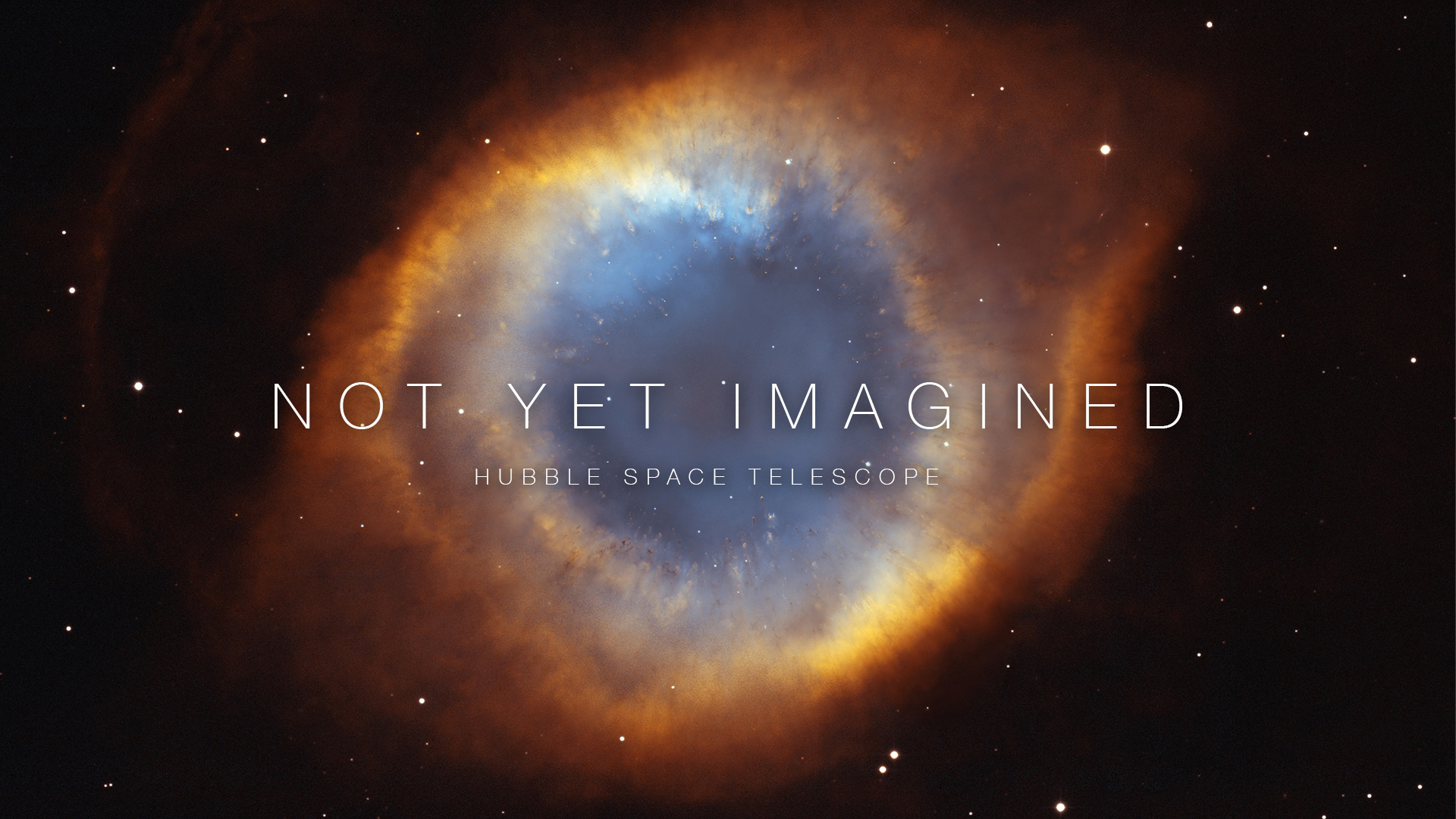
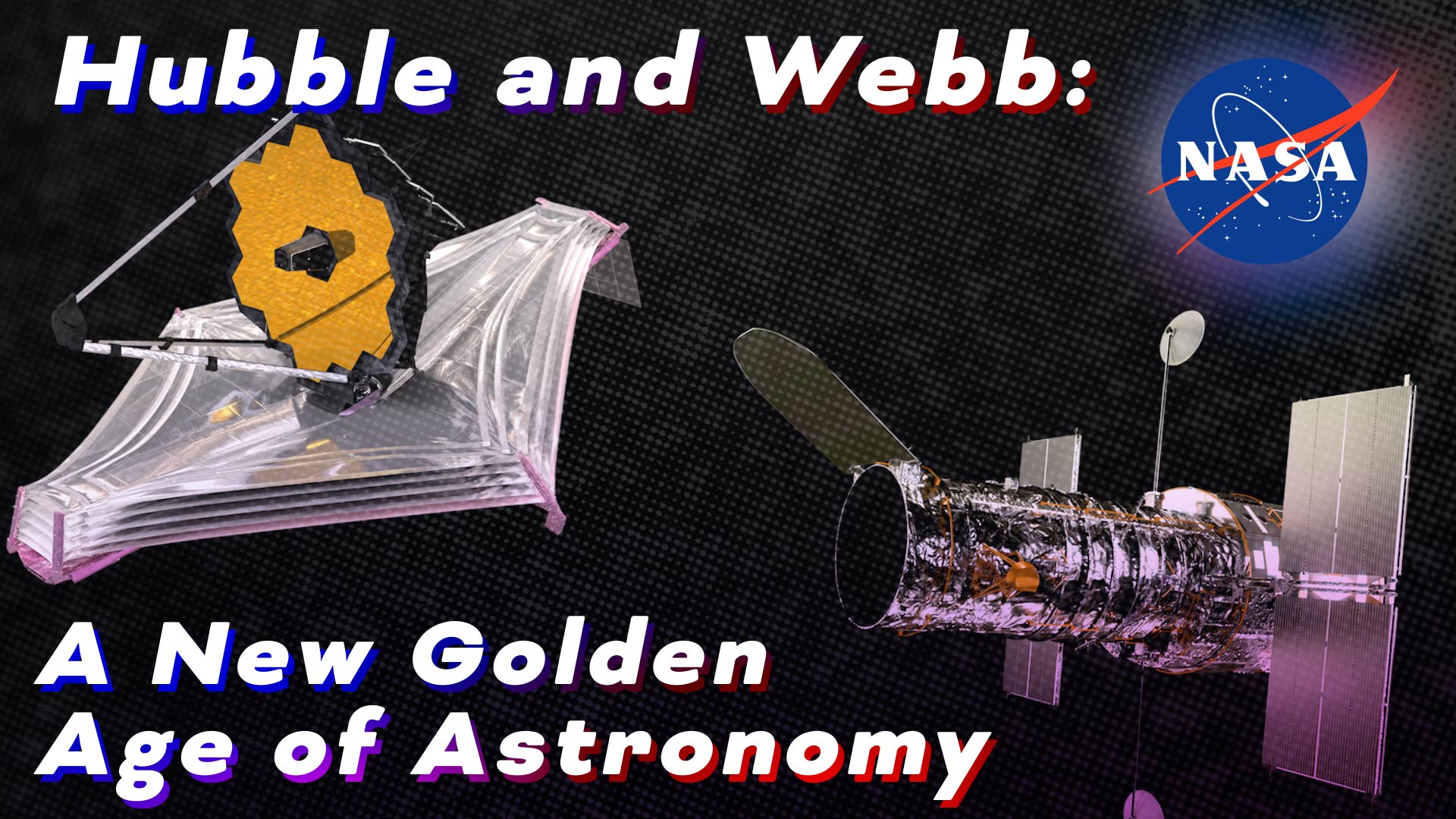
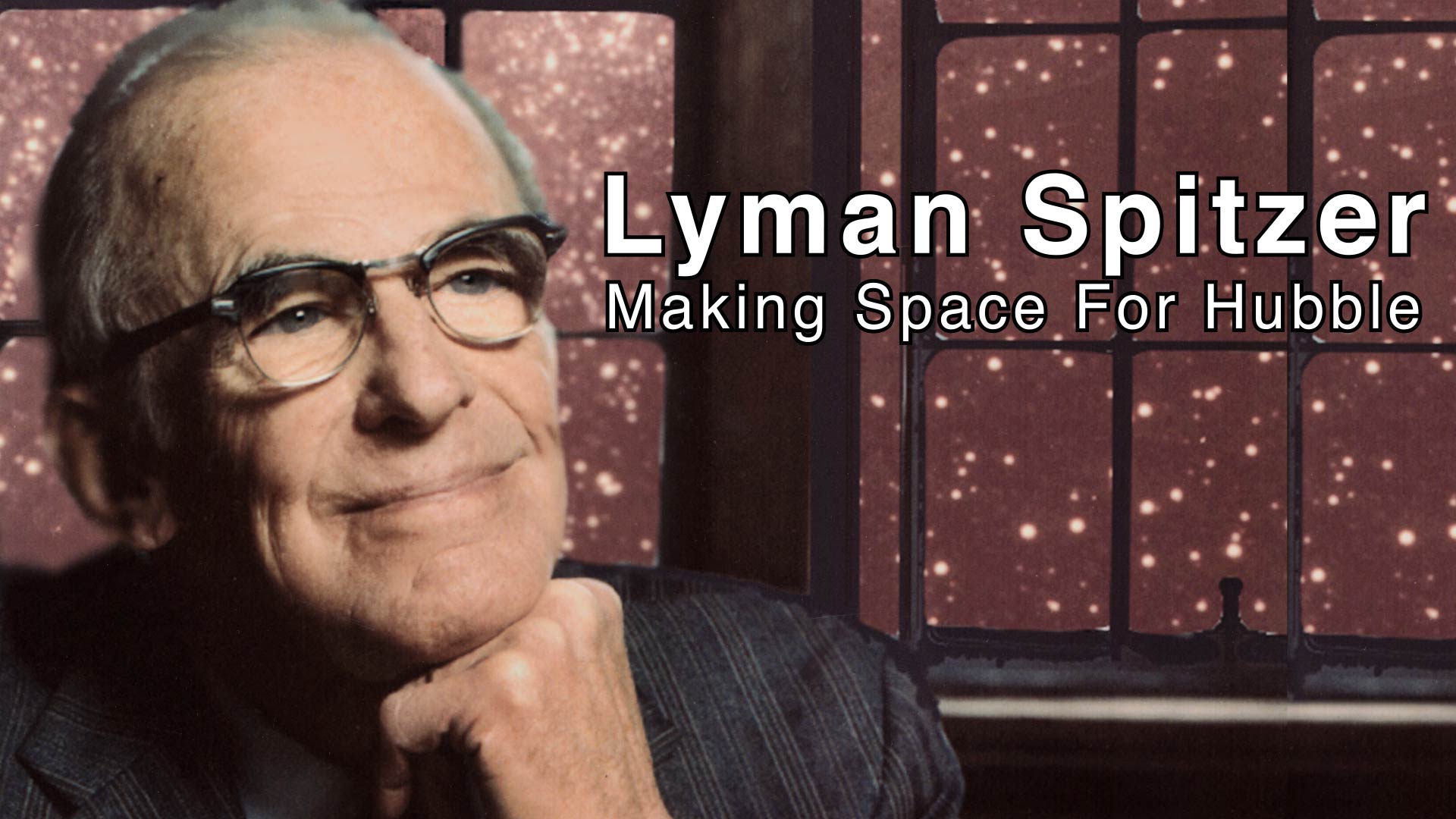
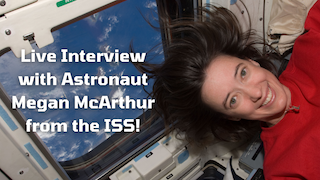
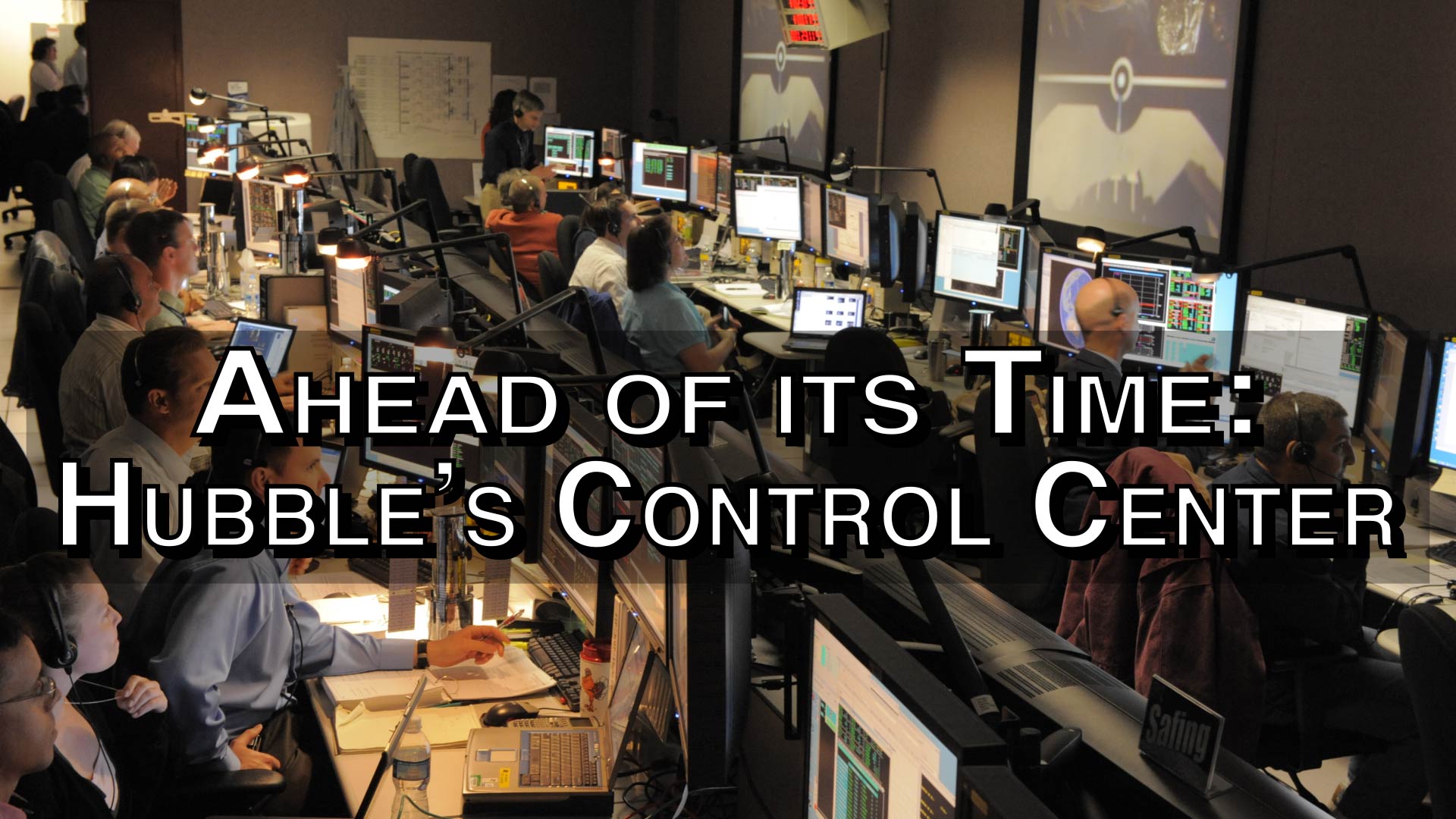
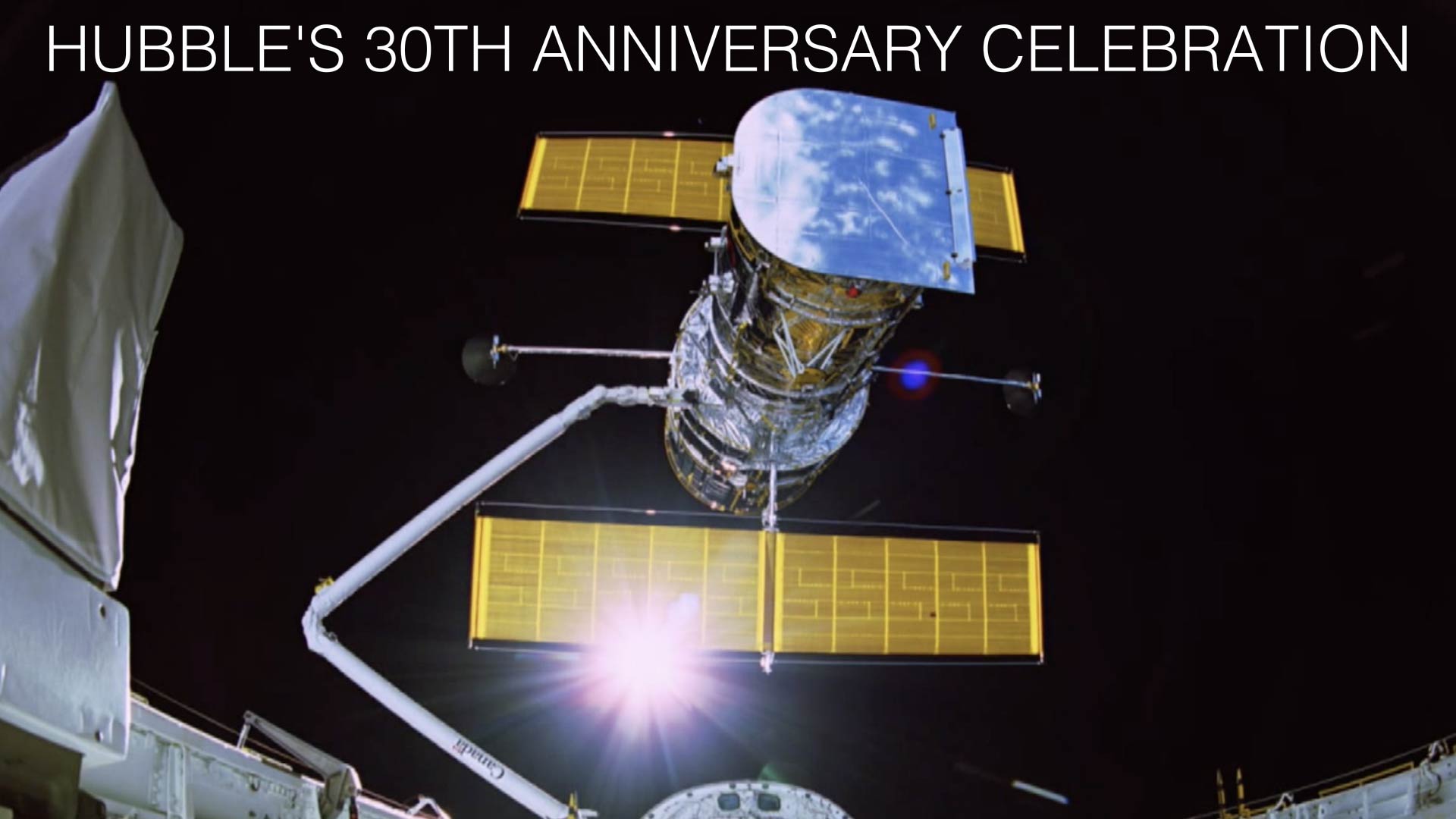
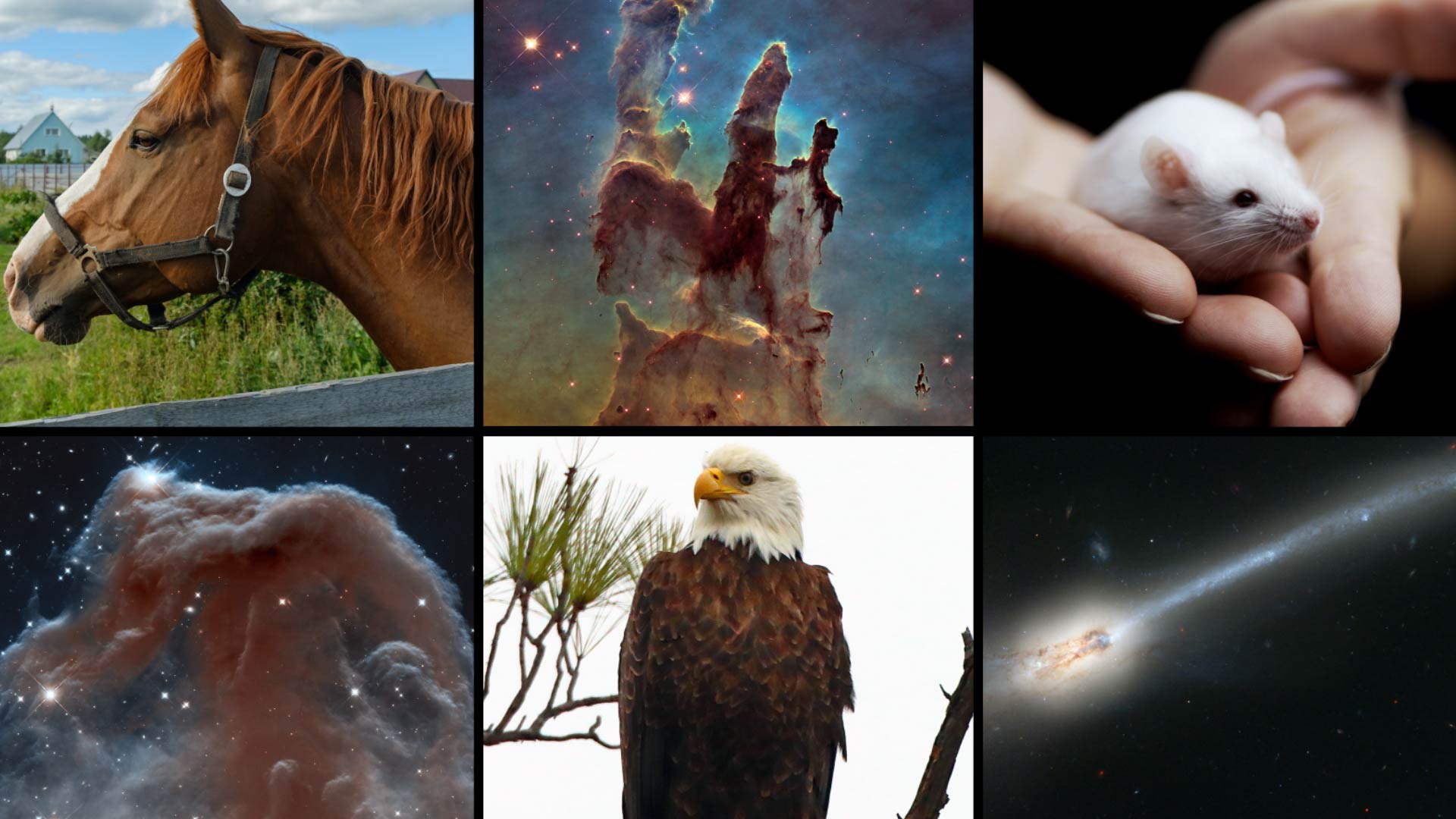

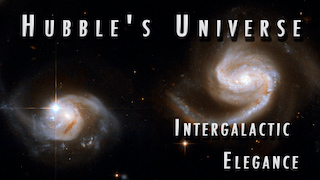


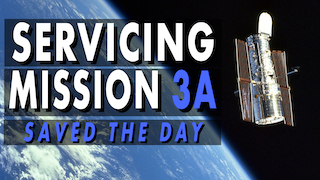
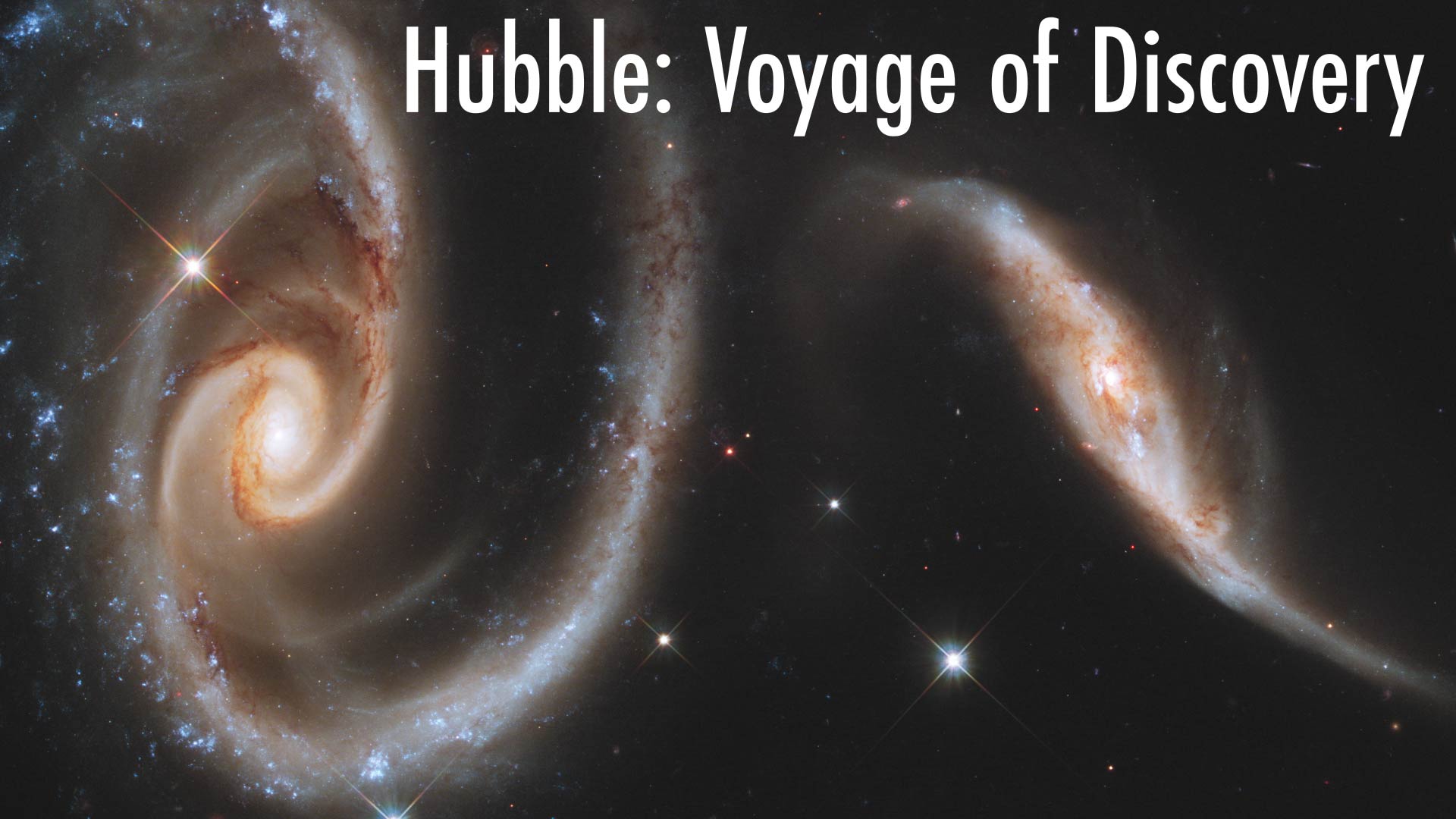
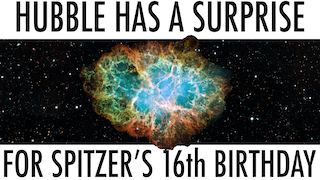
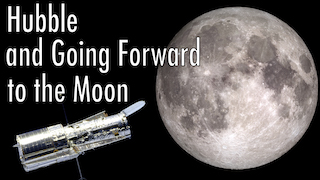

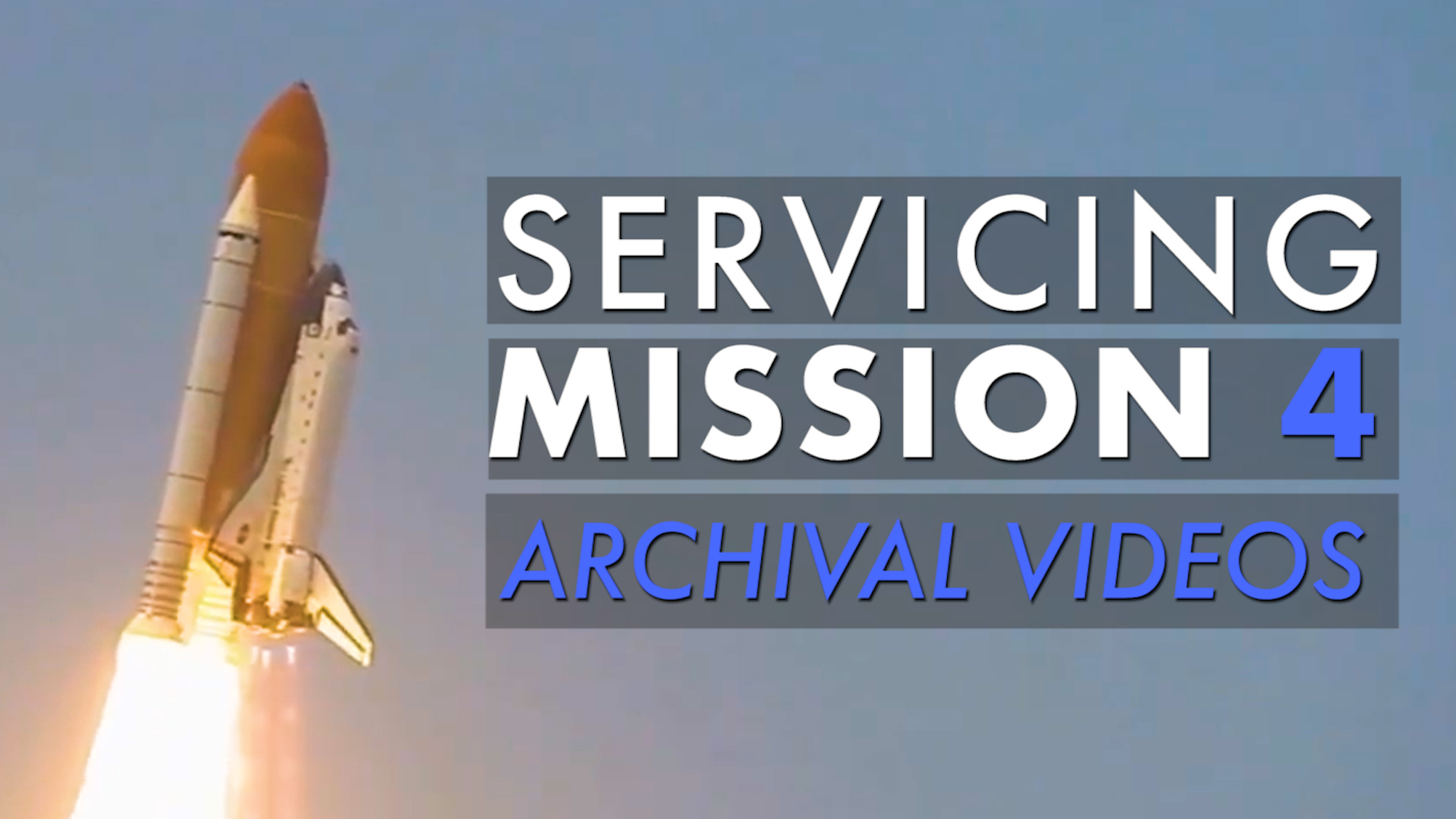
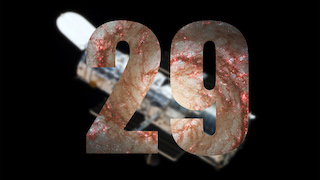
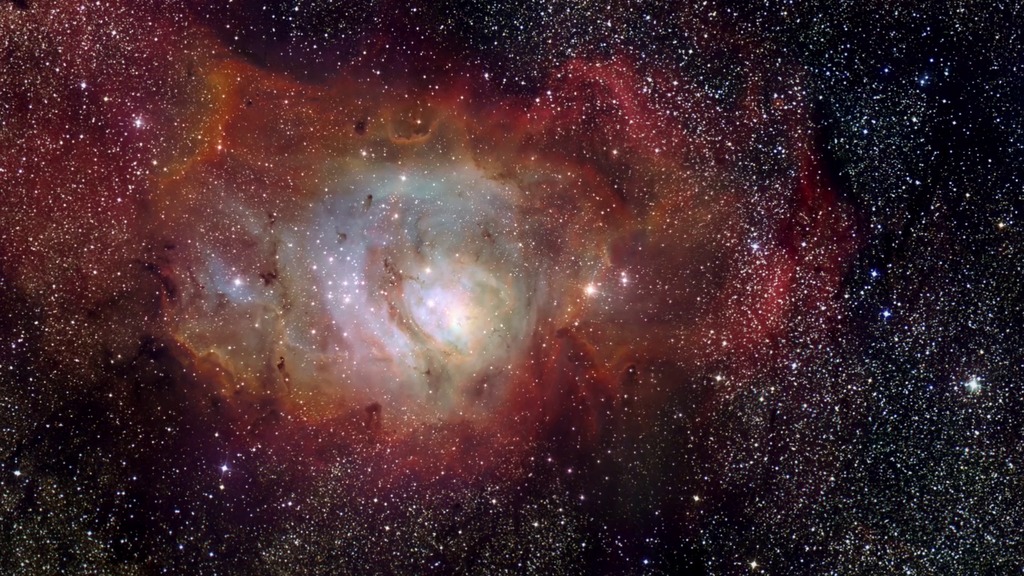
![Music credit: "Contact With You" by Olivier Visconti [SACEM] and Stéphane Lozac'h [SACEM]; KTSA Publishing SACEM; Gum Tapes; Killer Tracks Production MusicWatch this video on the NASA Goddard YouTube channel.](/vis/a010000/a012900/a012931/hubble_tech_transfer_thumbnail.png)
![Watch this video on the NASA Goddard YouTube channel.Music credit: "Spartans" by Raul de Moral Redondo [SGAE]; El Murmullo Sarao SGAE, Universal SGAE; SaraoMusic; Killer Tracks Production Music](/vis/a010000/a012800/a012893/hubble_messier_marathon_thumbnail.png)
![Music credit: "New Heights" by Stephen Daniel Lemaire [ASCAP]; El Murmullo Sarao SGAE, Universal Sarao SGAE; SaraoMusic; Killer Tracks Production MusicWatch this video on the NASA Goddard YouTube channel.](/vis/a010000/a012700/a012766/hubble_explorers_thumbnail.jpg)
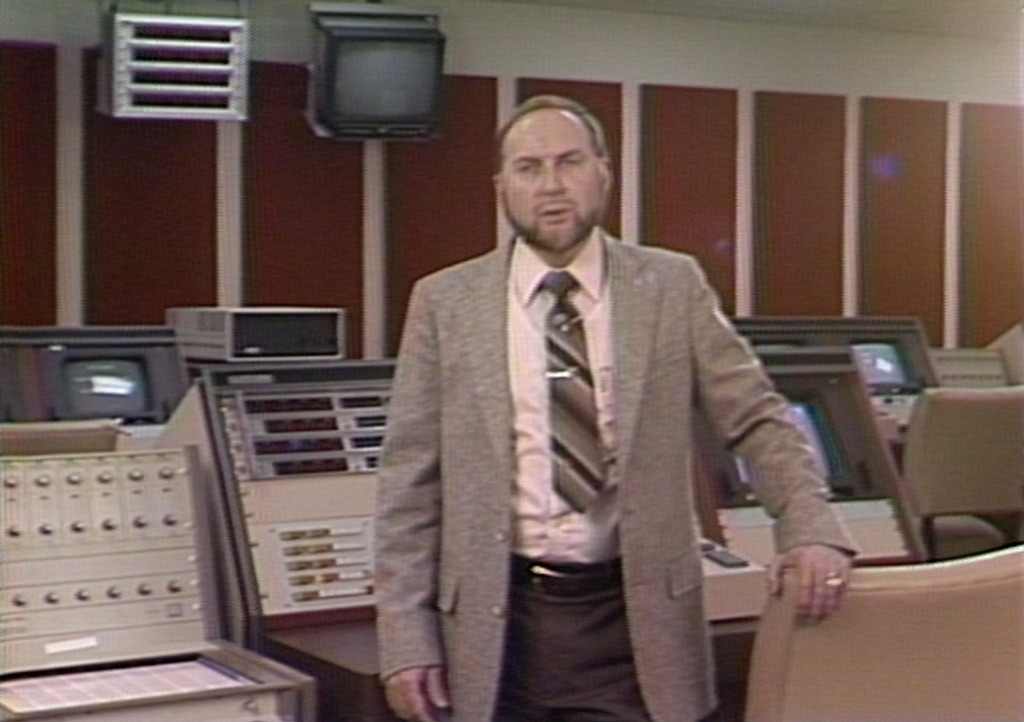
![Hubble: Humanity's Quest for KnowledgeMusic credit - "Interstellar Travel" by JC Lemay [SACEM] and Laurent Dury [SACEM]; Koka Media SACEM, Universal Publishing Production Music (France) SACEM; Killer Tracks Production Music](/vis/a010000/a012400/a012472/hubble_humanitys_quest_for_knowledge_thumbnail.png)
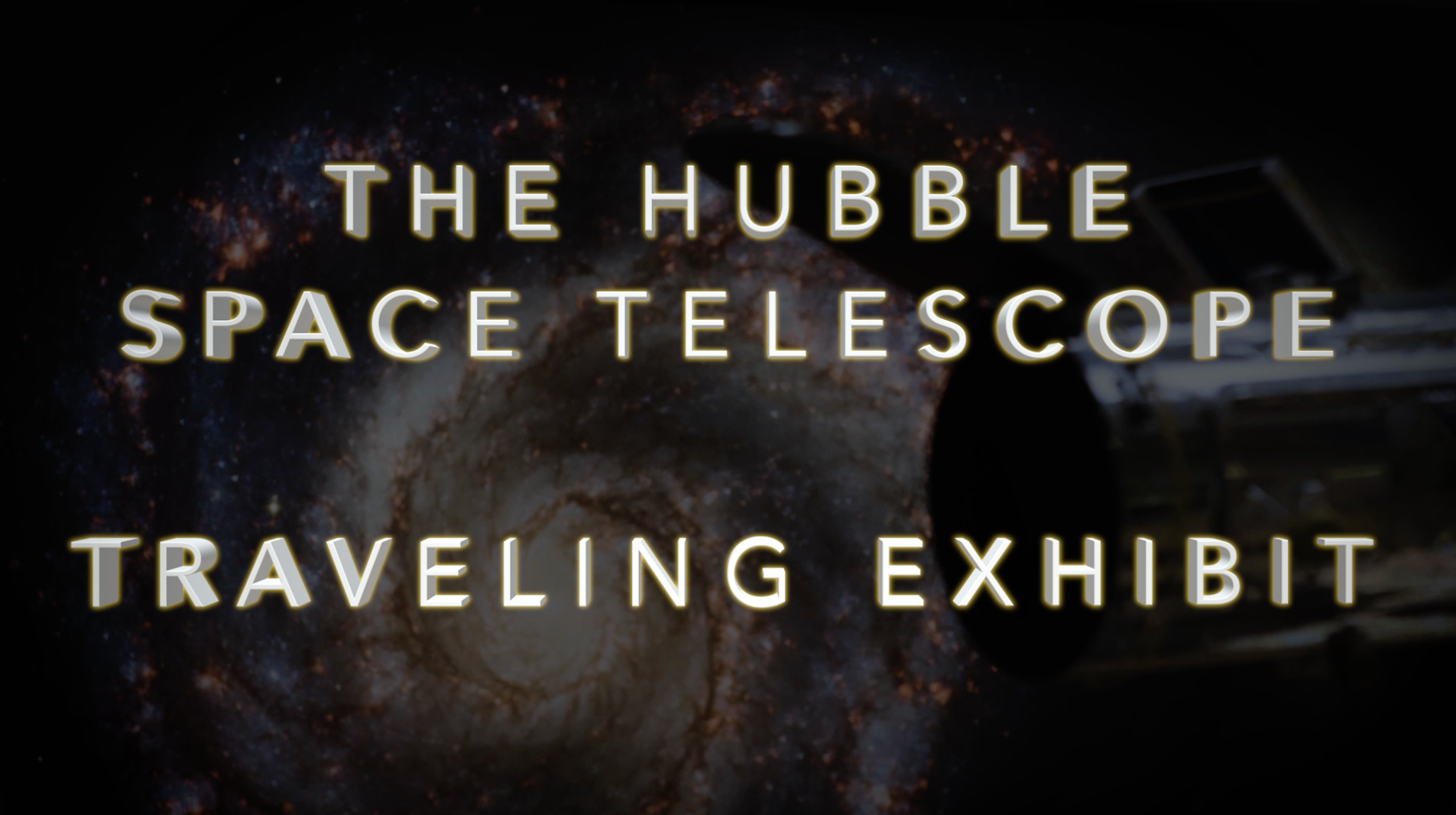
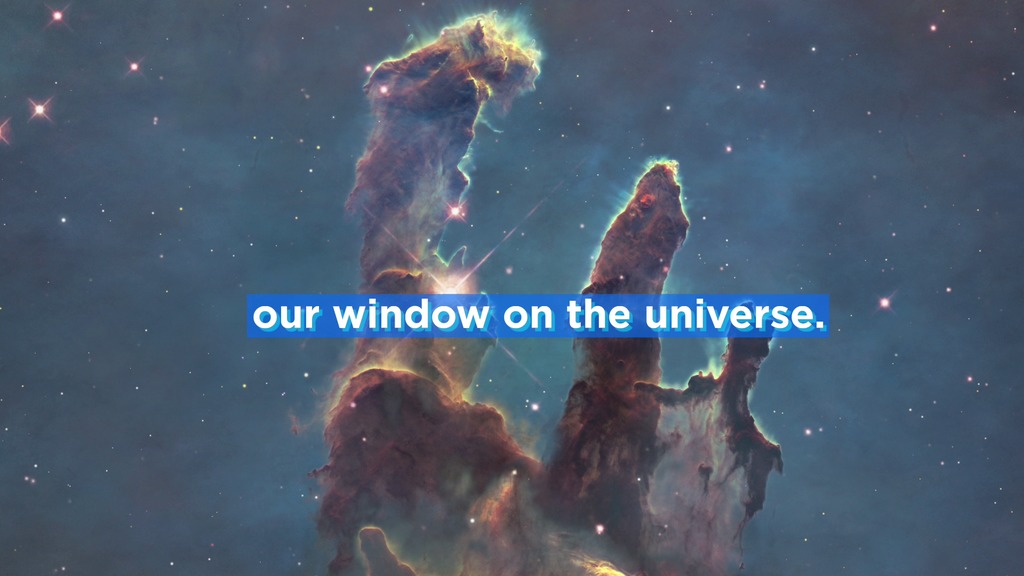
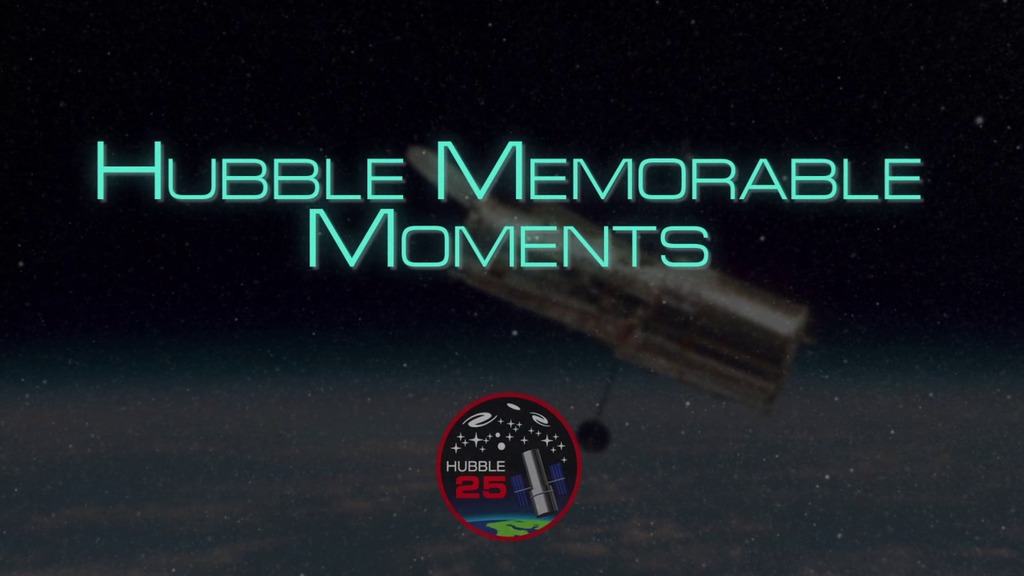
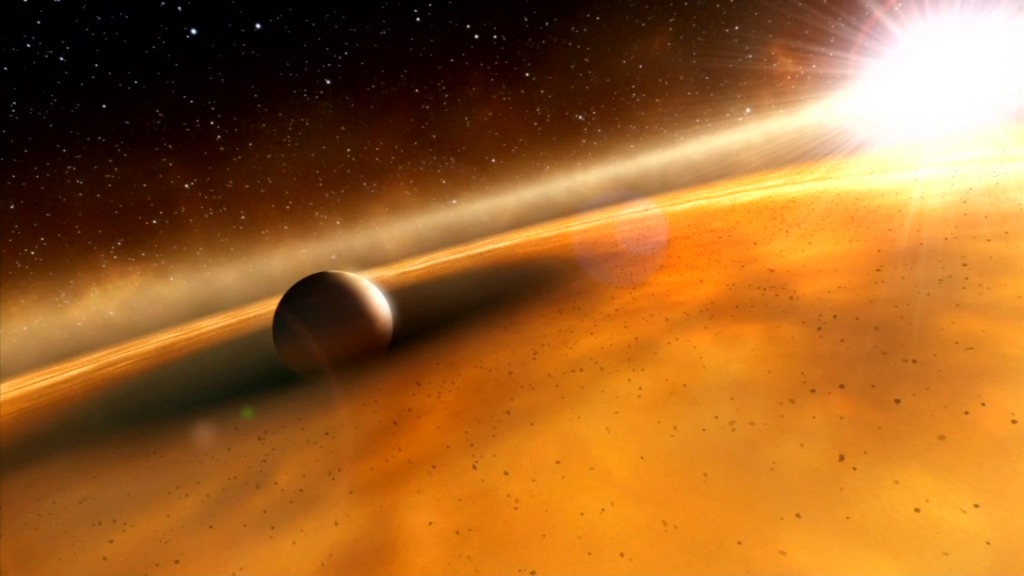
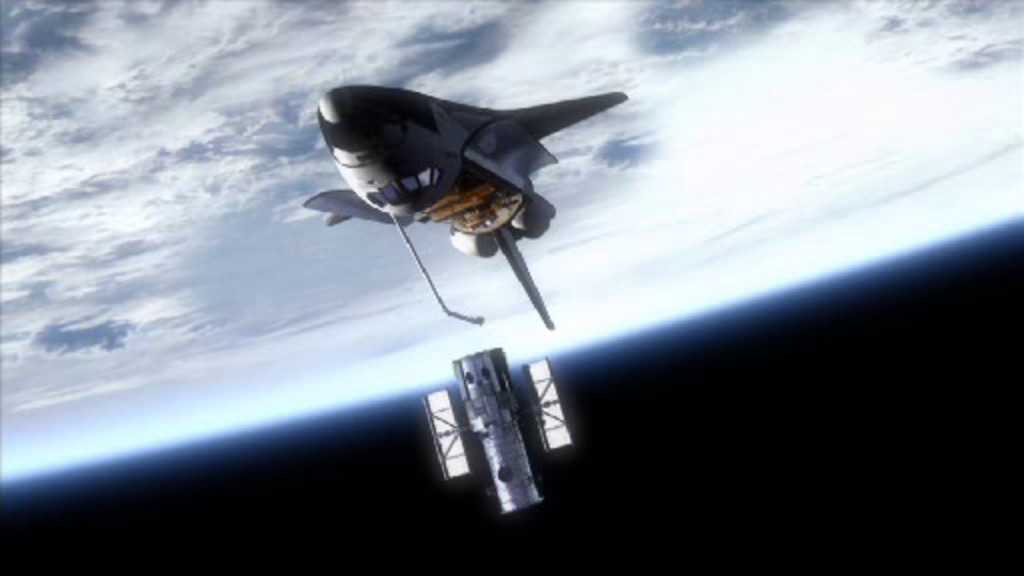
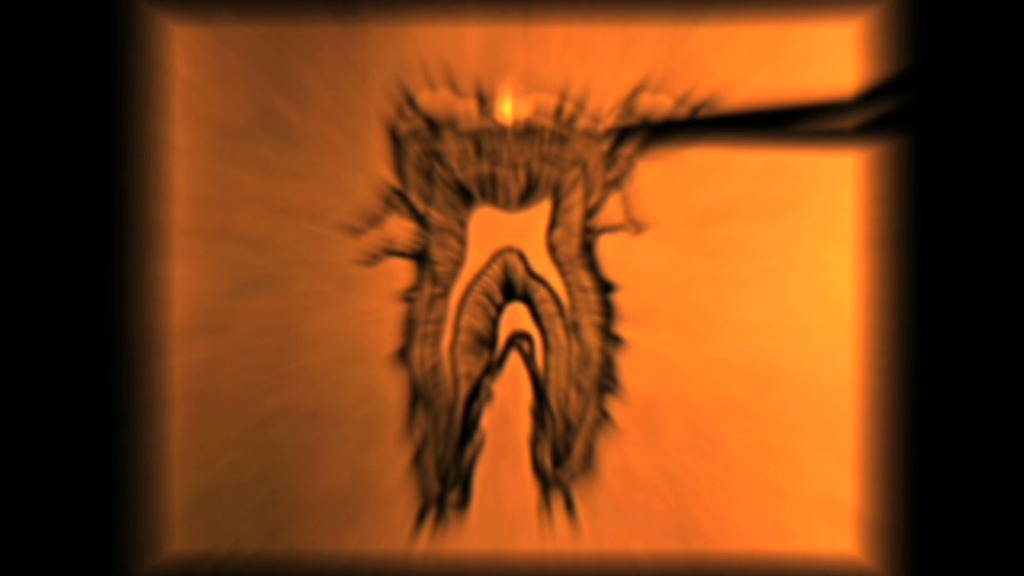

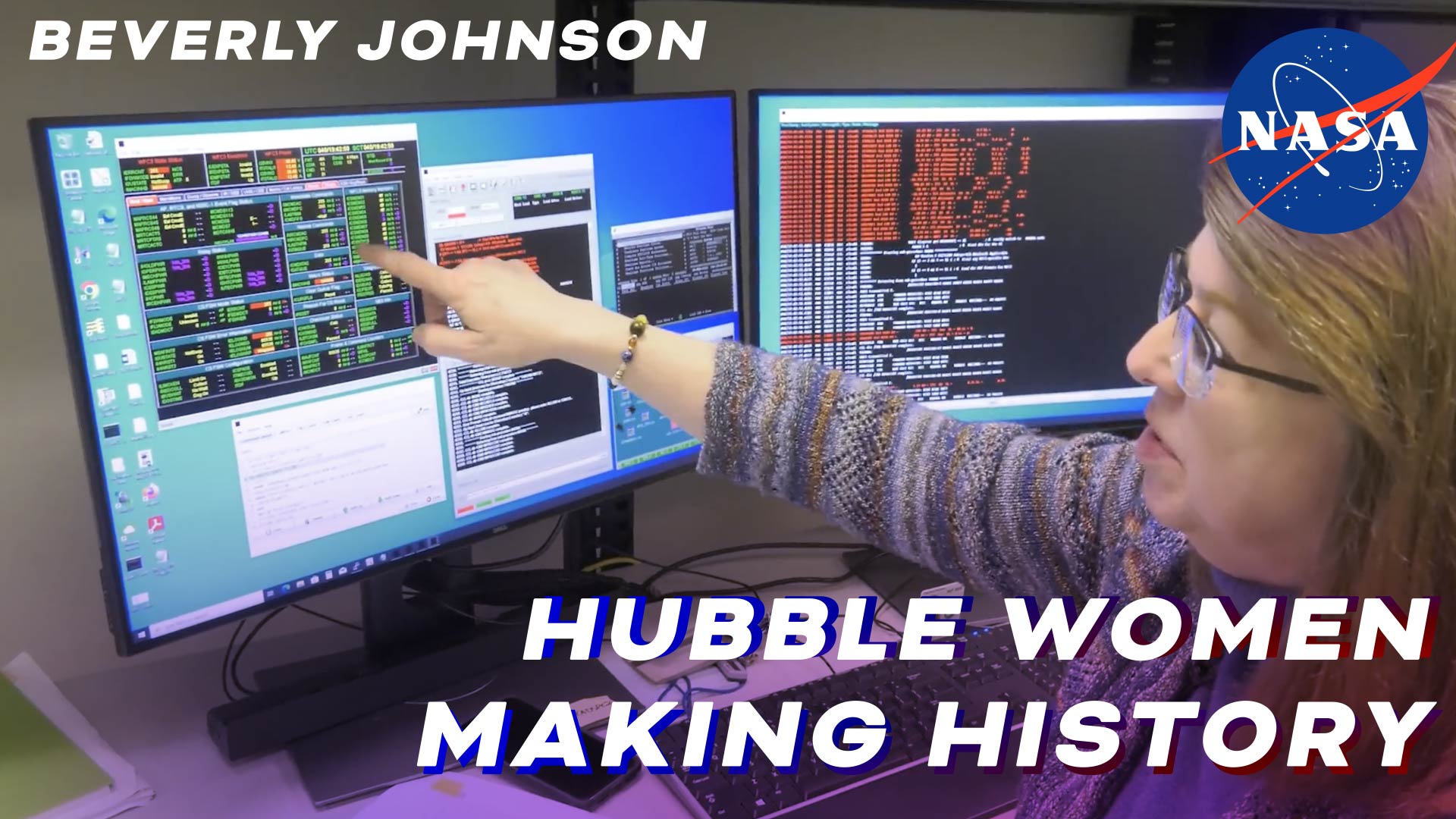
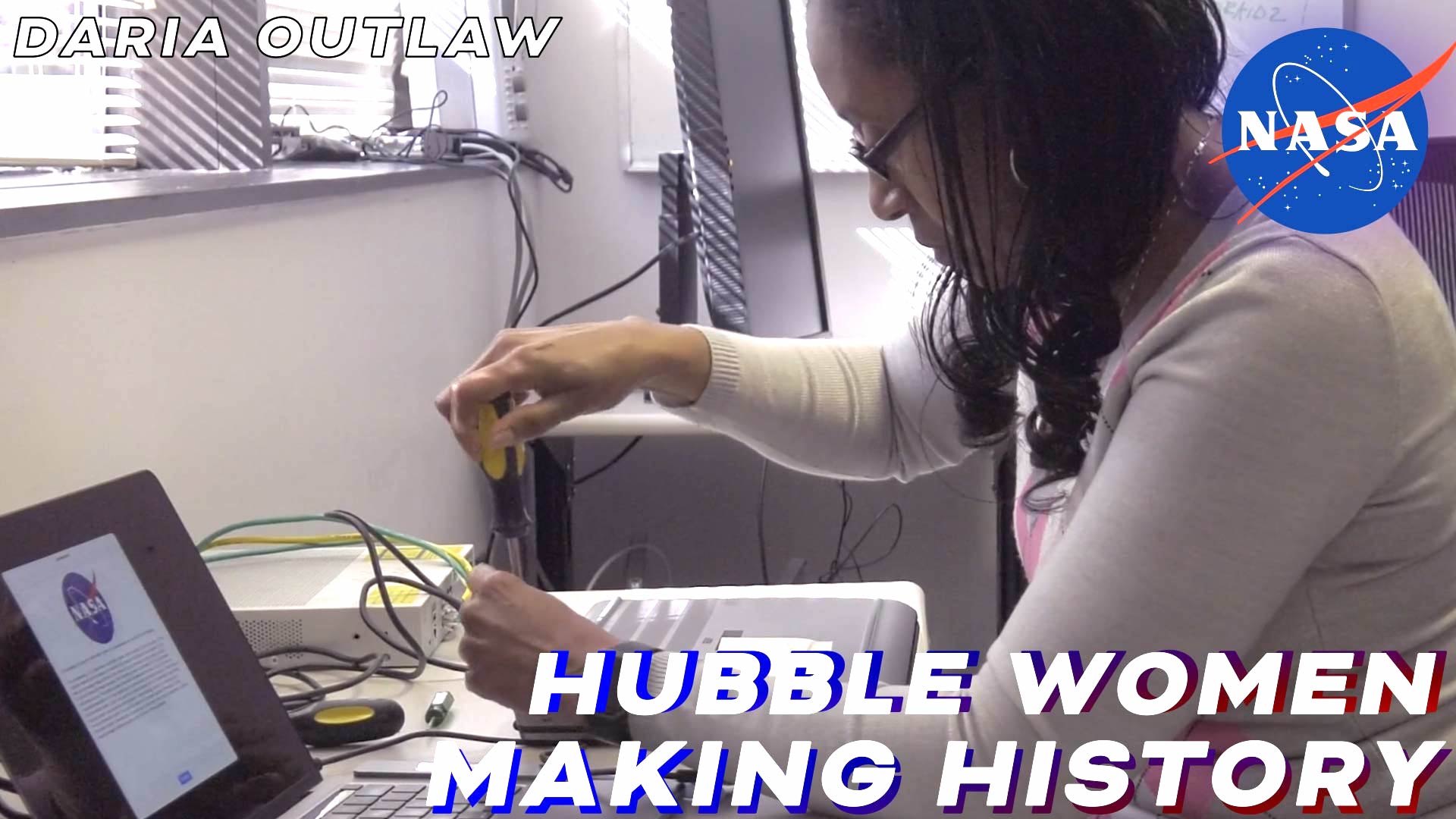
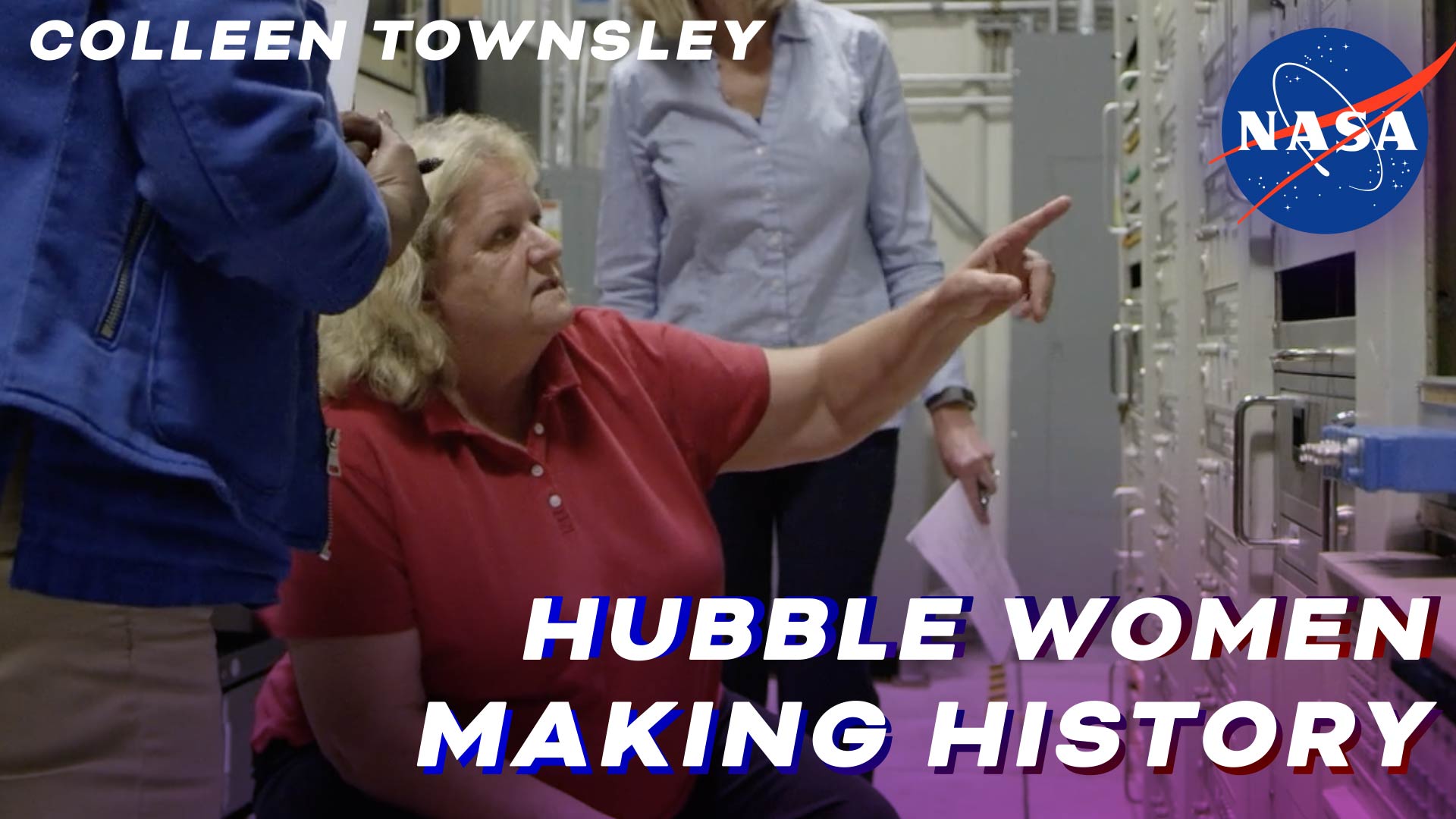
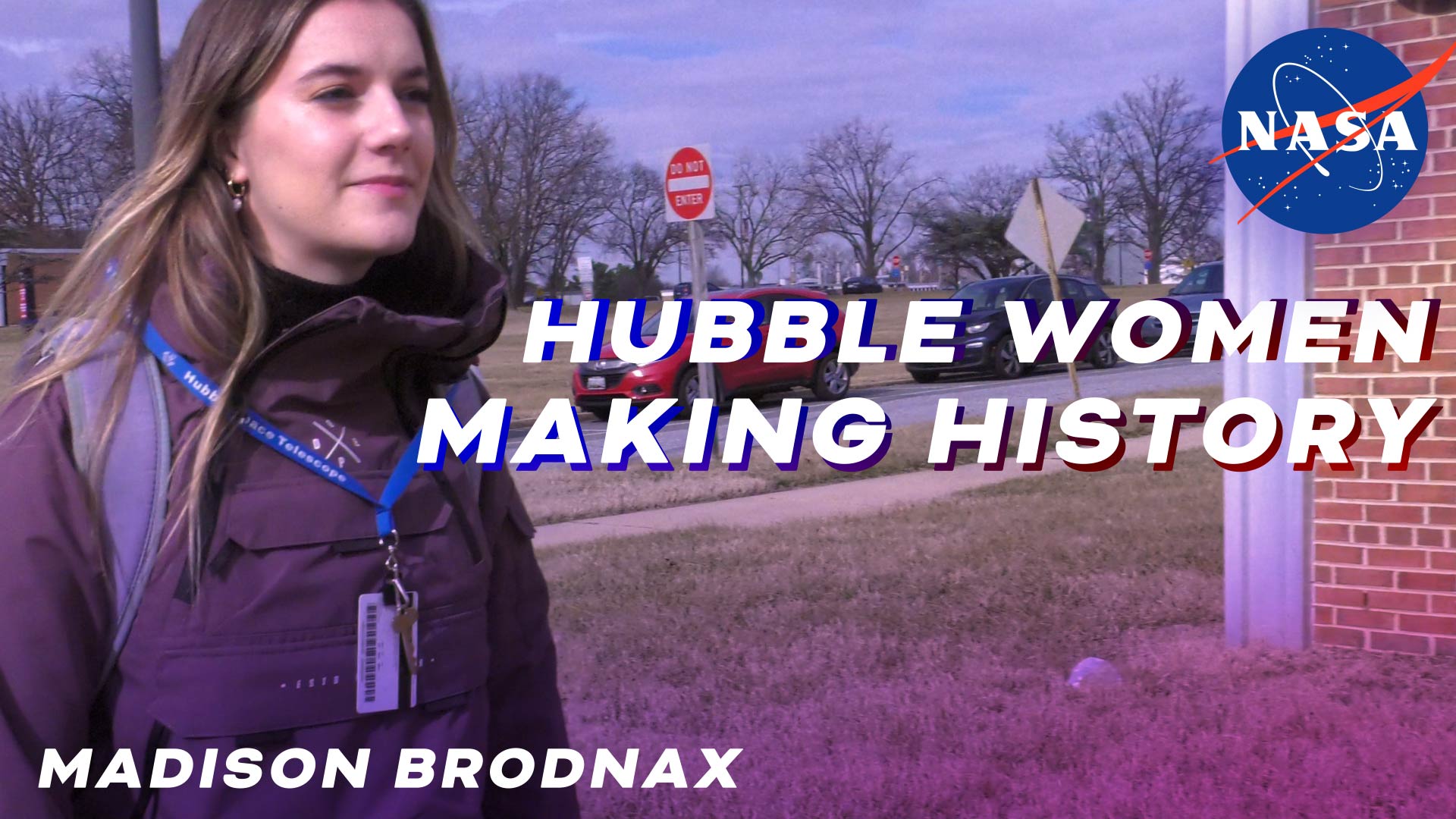
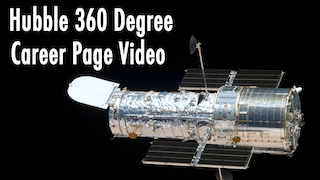
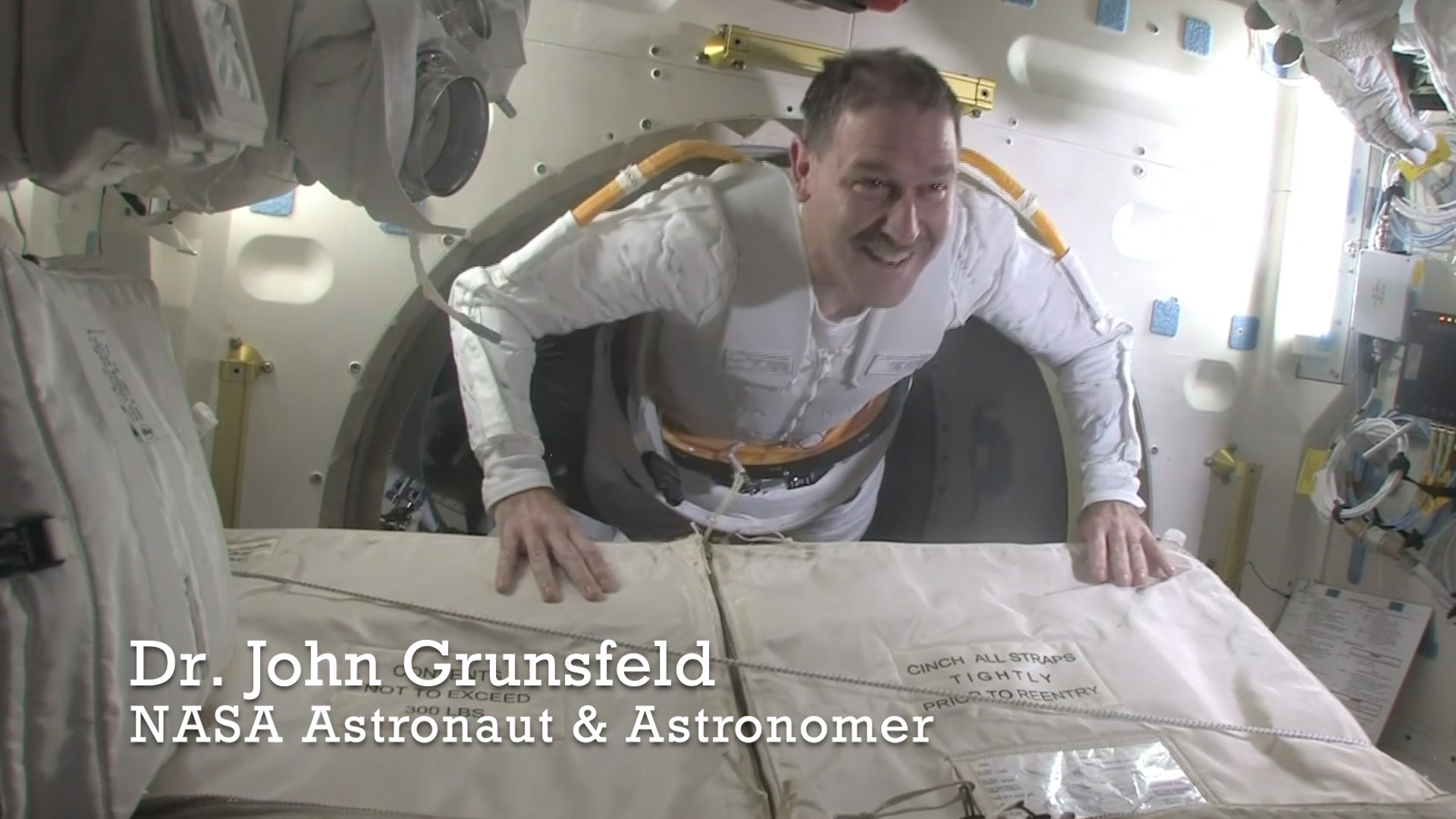
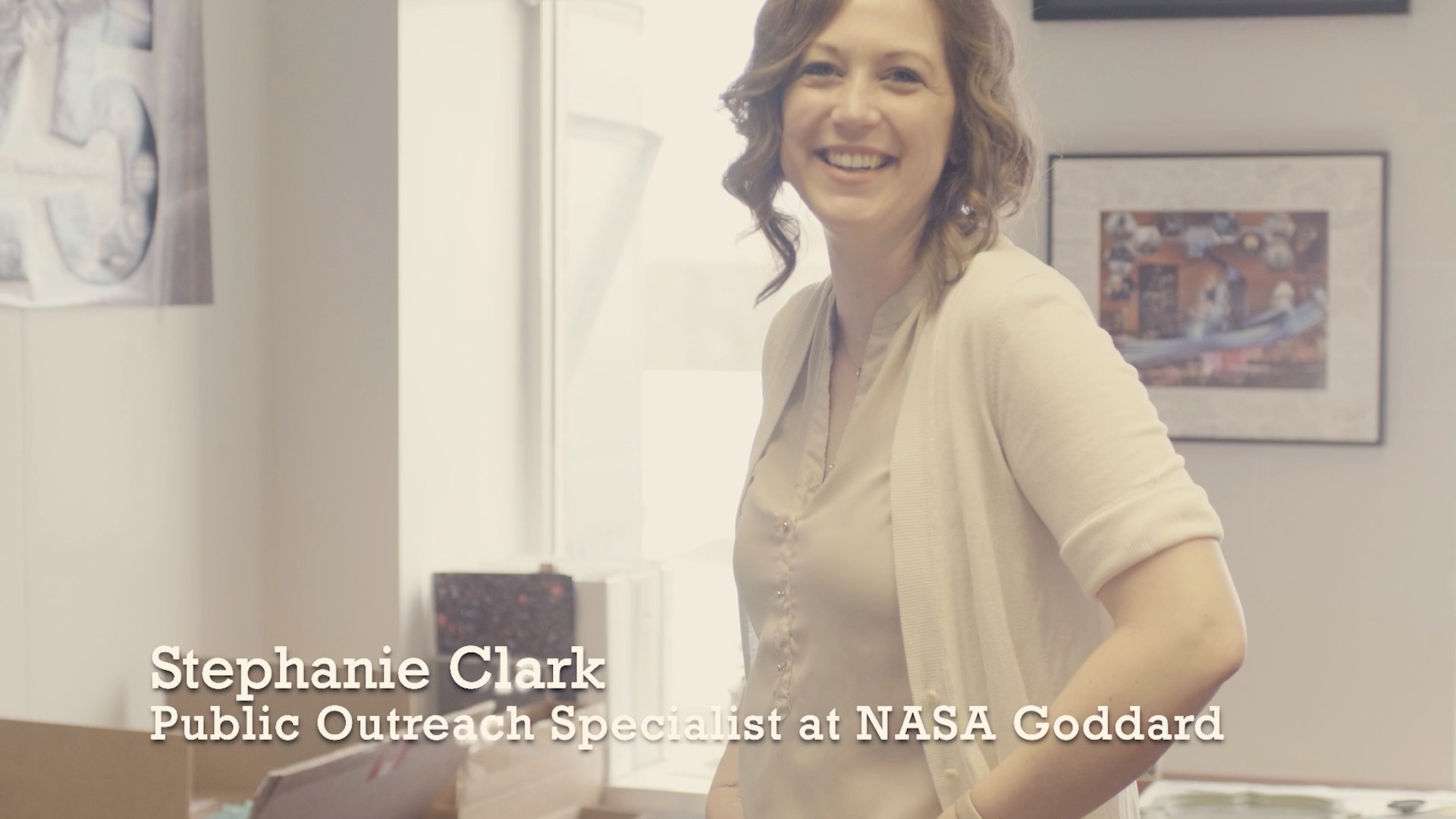
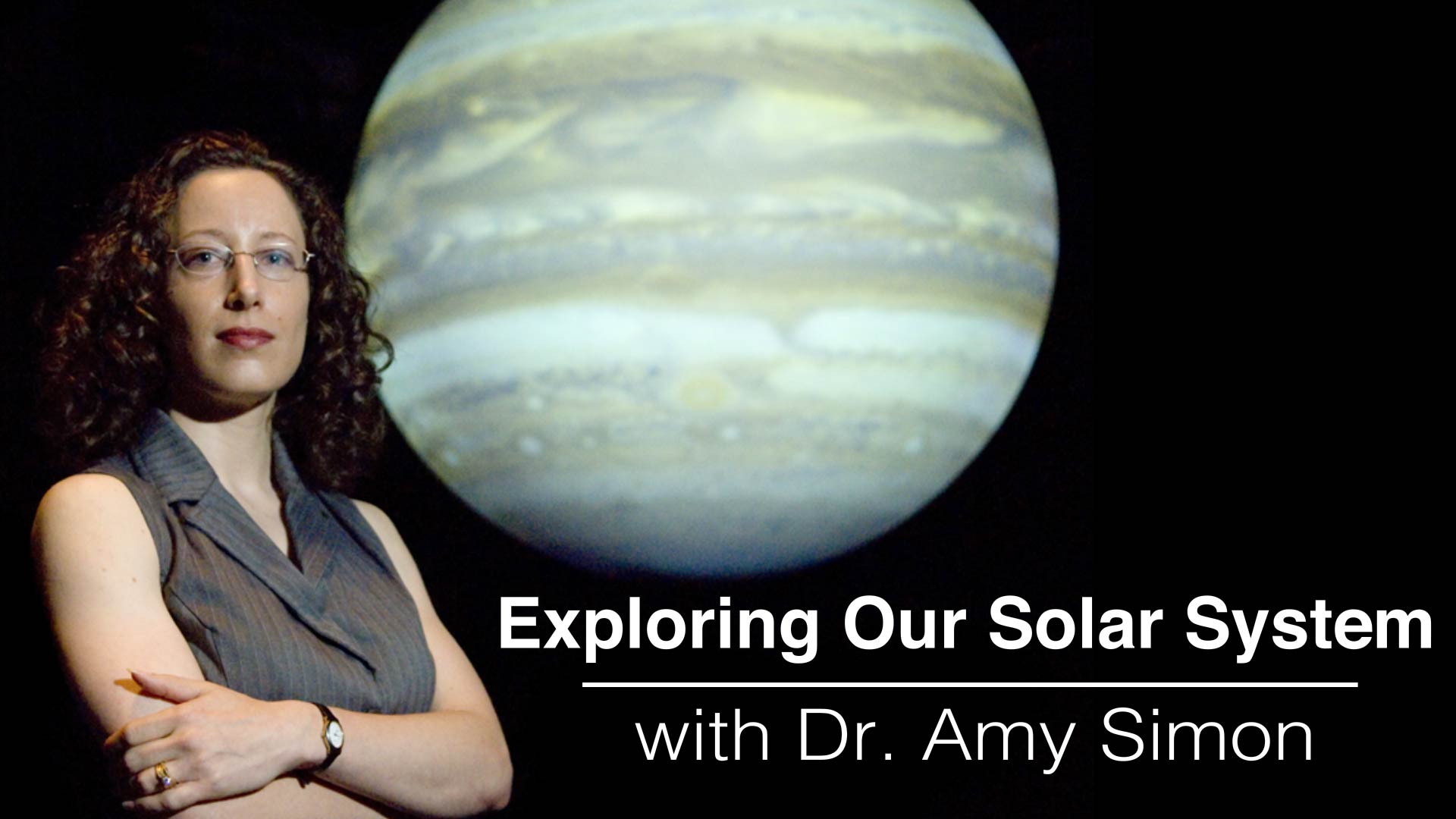
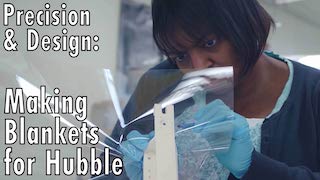
![Watch this video on the NASA Goddard YouTube channel.Music credits: "The Great and the Good" by Laurent Dury [SACEM]; Koka Media SACEM, Universal Publishing Production Music (France) SACEM; Killer Tracks Production Music"Waiting for Results" by Eric Chevalier [SACEM]; Koka Media SACEM, Universal Publishing Production Music (France) SACEM; Killer Tracks Production Music"At the Edge of the End" by Laurent Dury [SACEM]; Koka Media SACEM, Universal Publishing Production Music (France) SACEM; Killer Tracks Production Music](/vis/a010000/a013000/a013093/hubble_breast_cancer_thumbnail.jpg)
![Watch this video on the NASA Goddard YouTube channel.Music credits:"New Chapters" by Frederick Kron [ASCAP]; Soundcast Music SESAC; Chronic Trax; Killer Tracks Production Music"Paradigm" by Laurent Dury [SACEM]; Koka Media SACEM, Universal Publishing Production Music (France) SACEM; Koka; Killer Tracks Production Music"Warmth and Contrast" by Maxi Schulze [GEMA] and Moritz Limmer [GEMA]; Ed.Berlin Production Music/Universal Publishign Production Music GmbH GEMA; Berlin Production Music; Killer Tracks Production Music"Flowby" by Christopher Franke [BMI]; Killer Tracks BMI; REALITY by C. Franke; Killer Tracks Production Music"Passion String" by Rik Carter [PRS]; Atmosphere Music Ltd PRS; Atmosphere; Killer Tracks Production Music](/vis/a010000/a012800/a012845/Nancy_Grace_Roman_thumbnail.png)
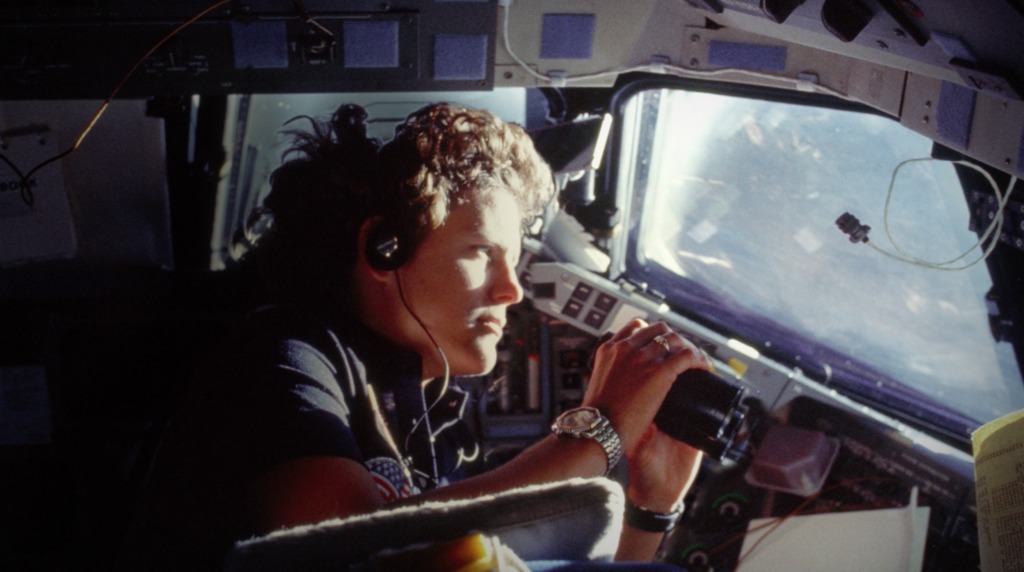
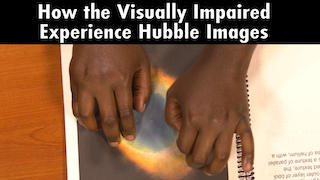
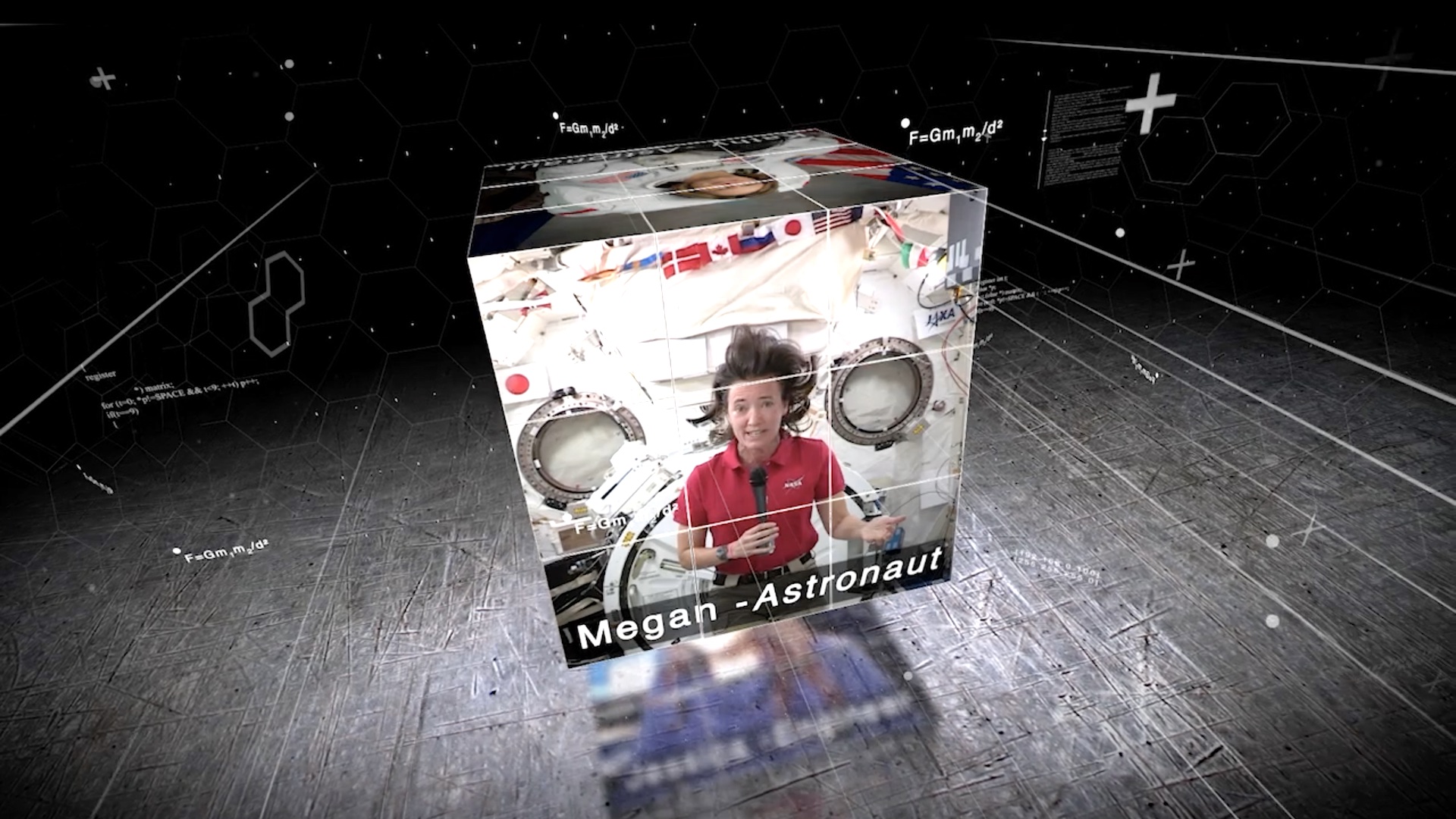
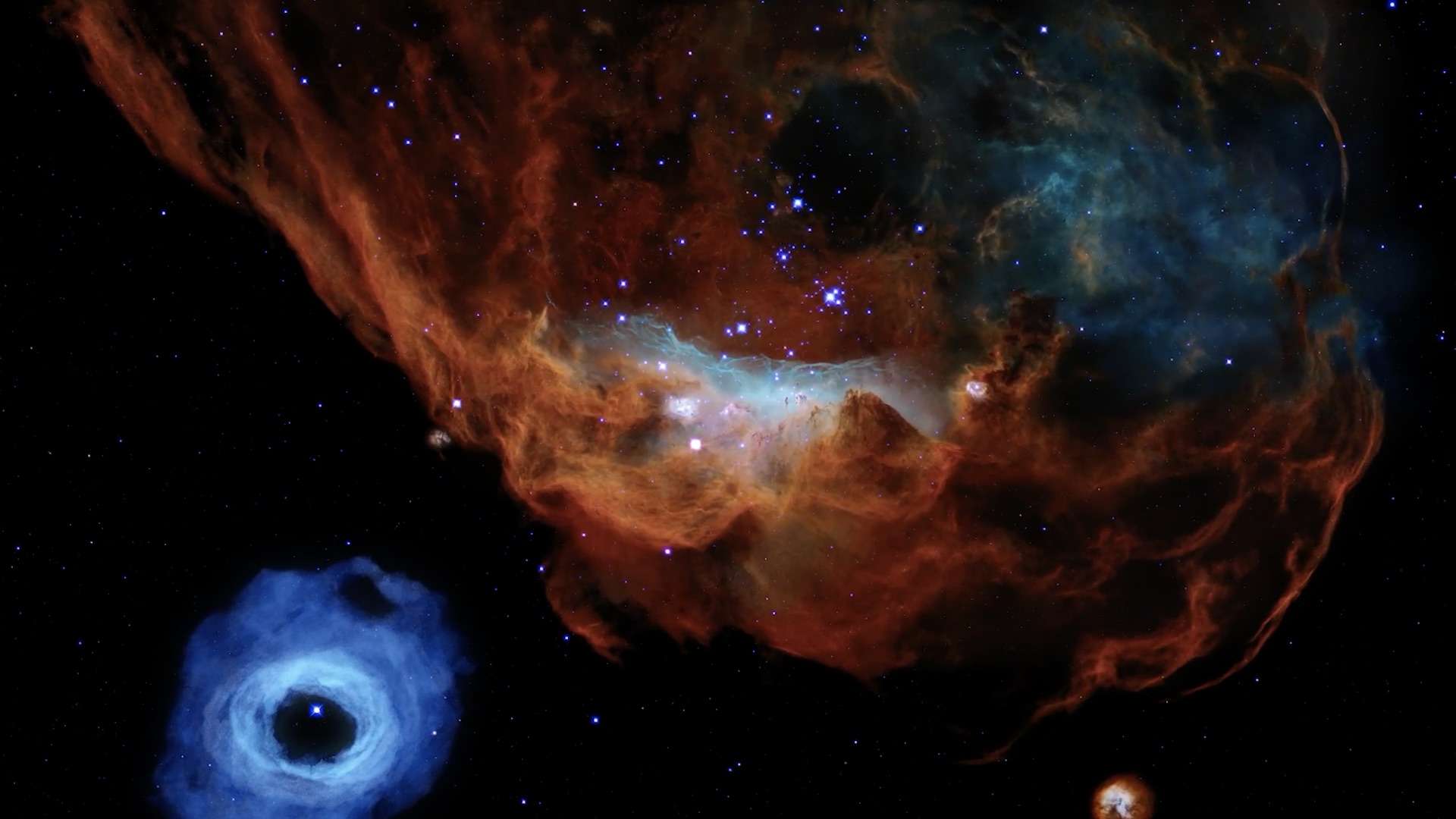
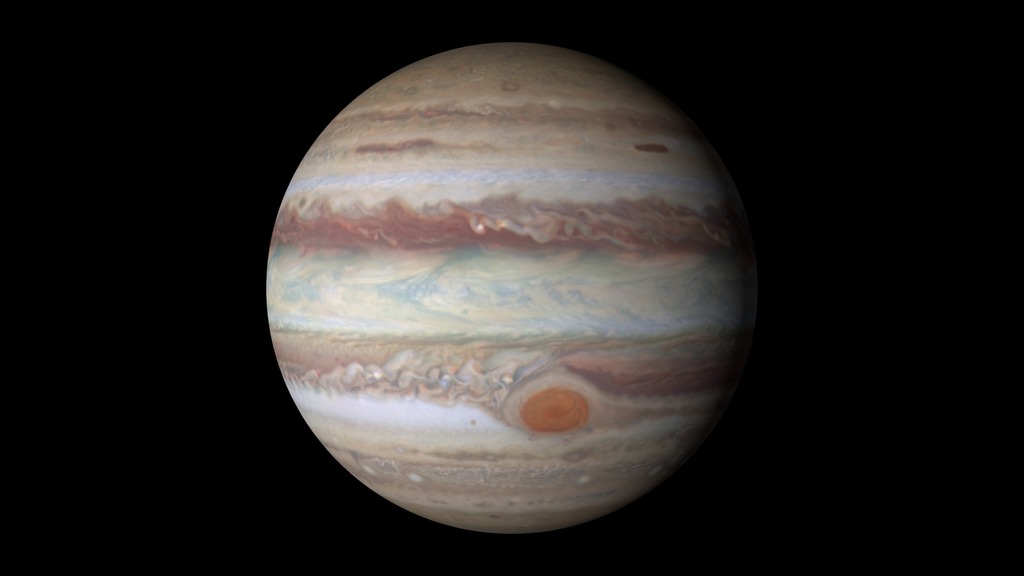

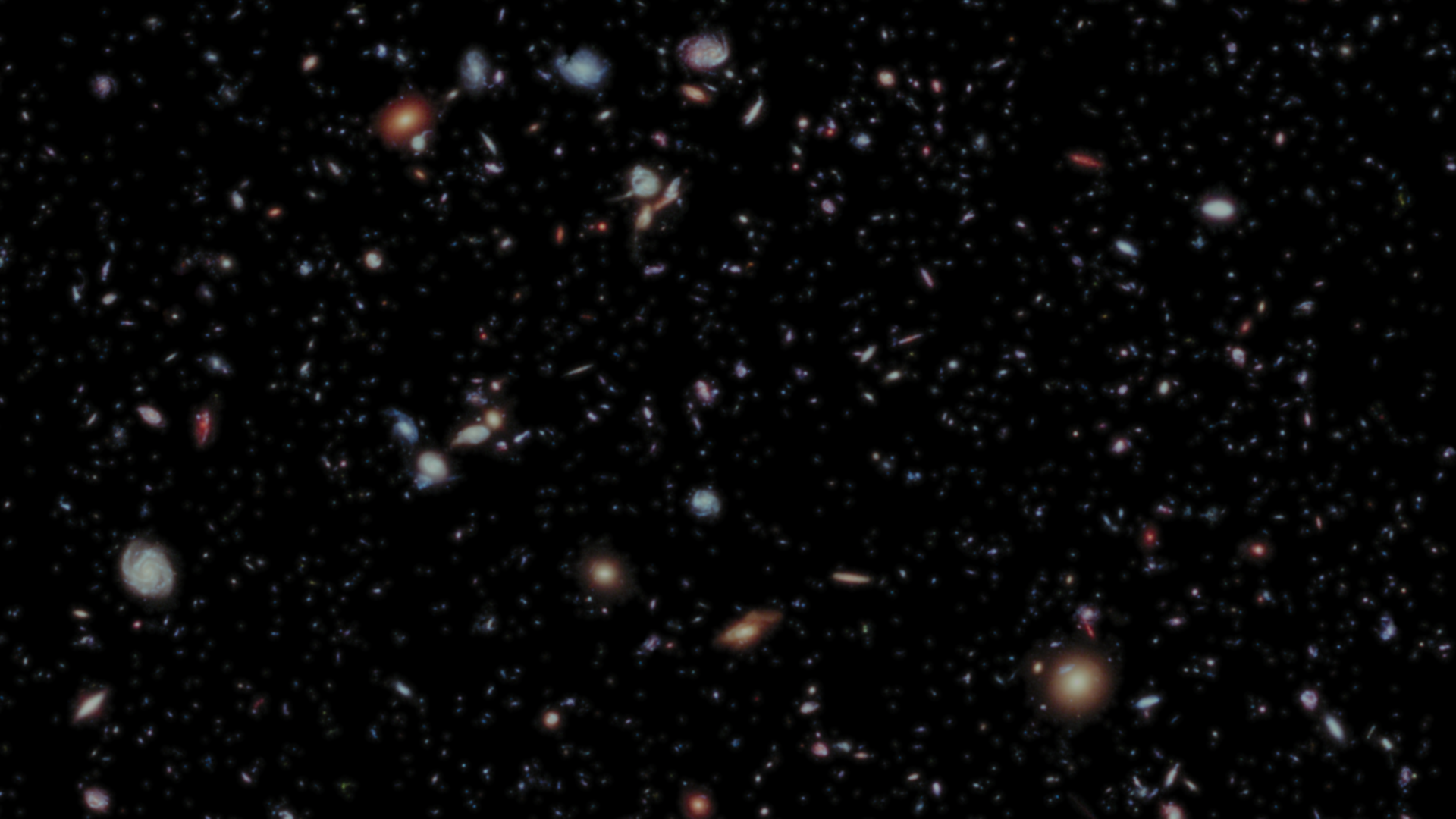
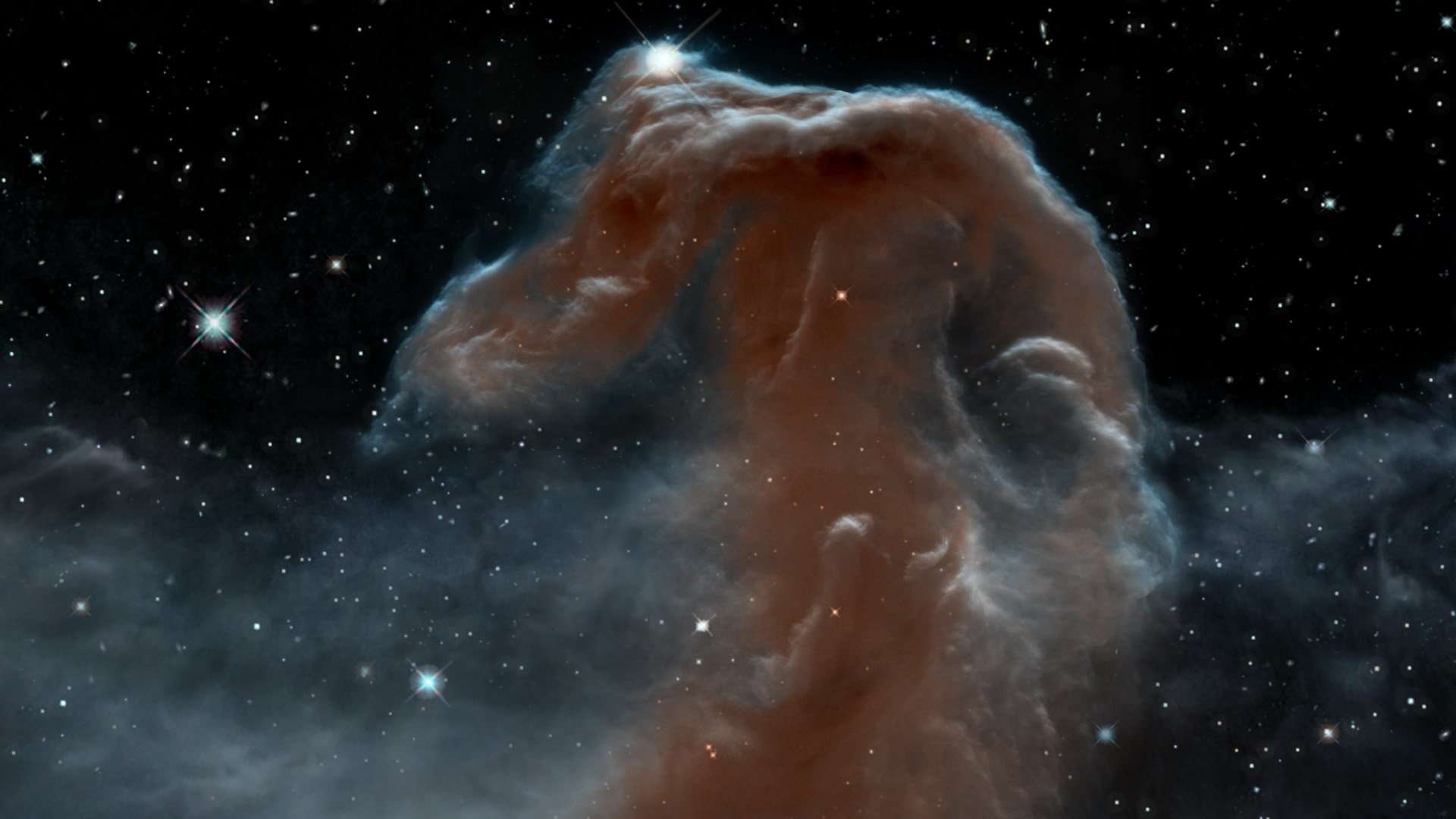
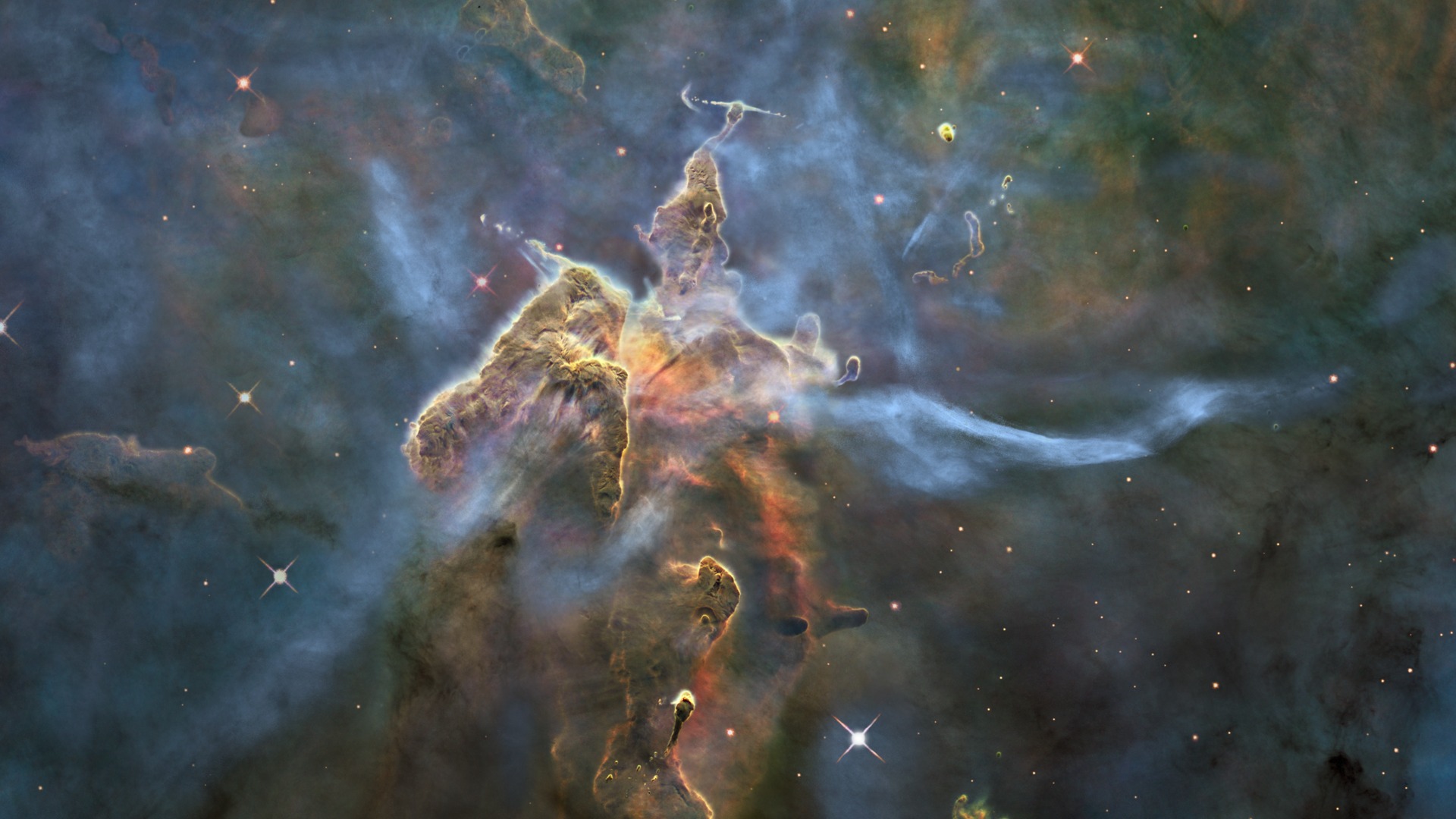
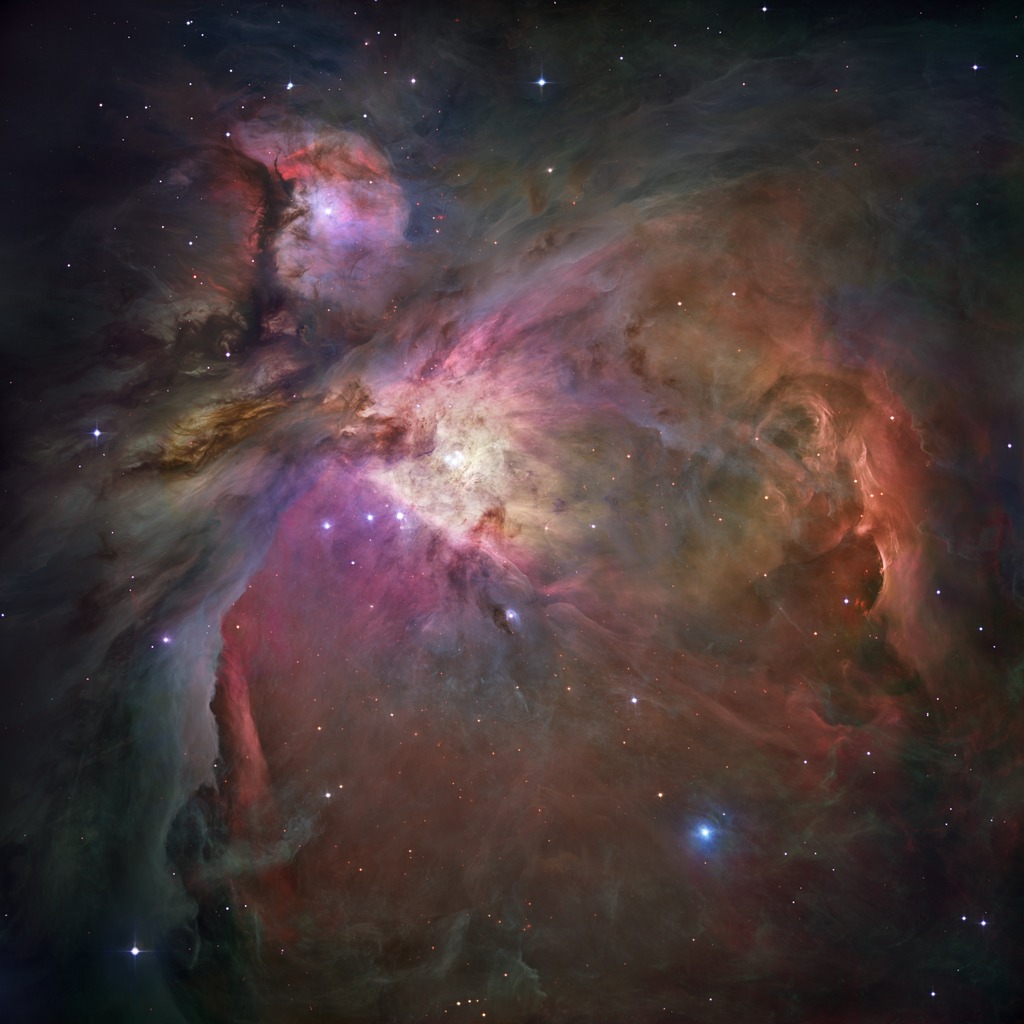
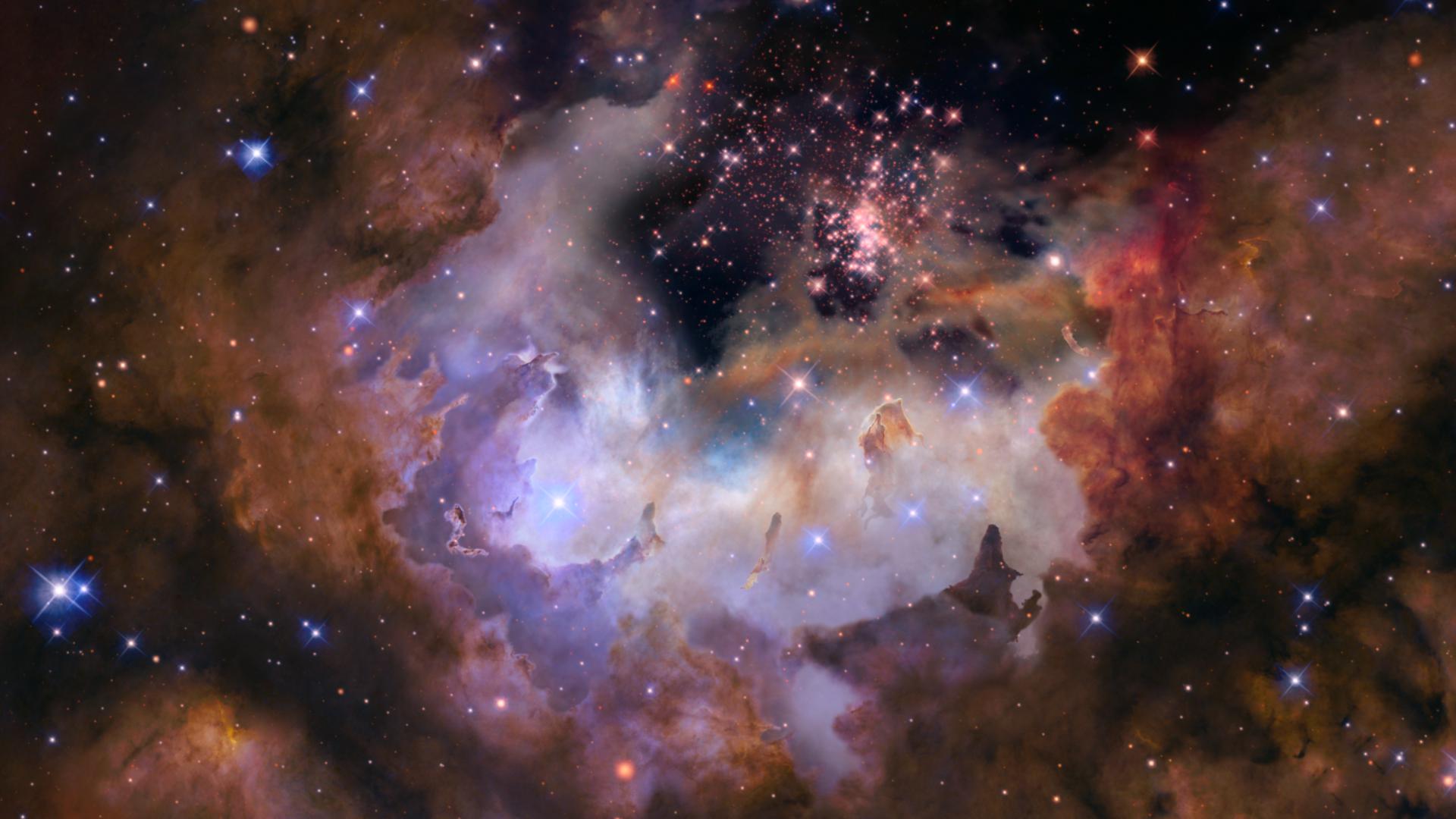
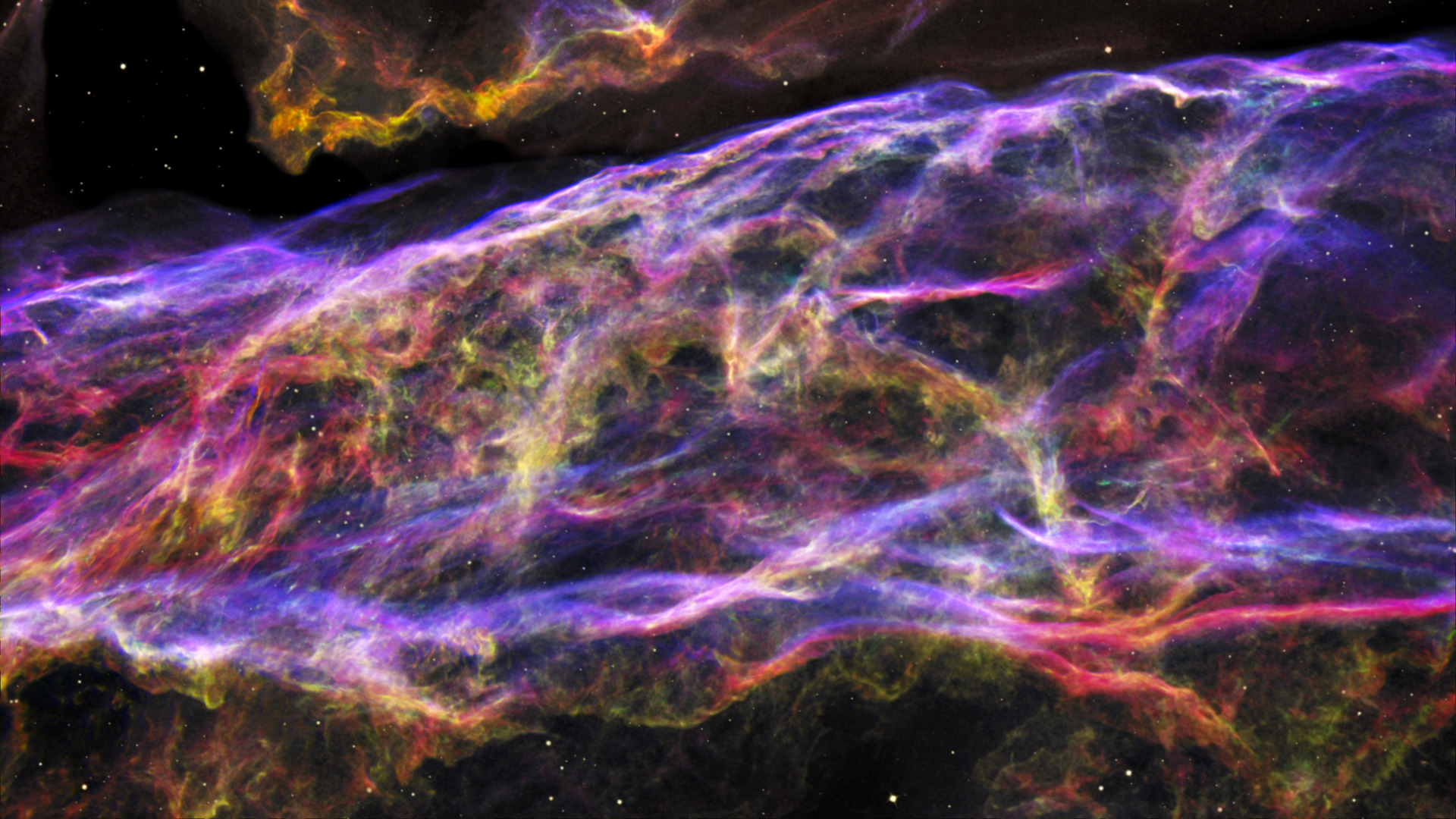
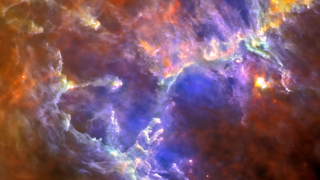
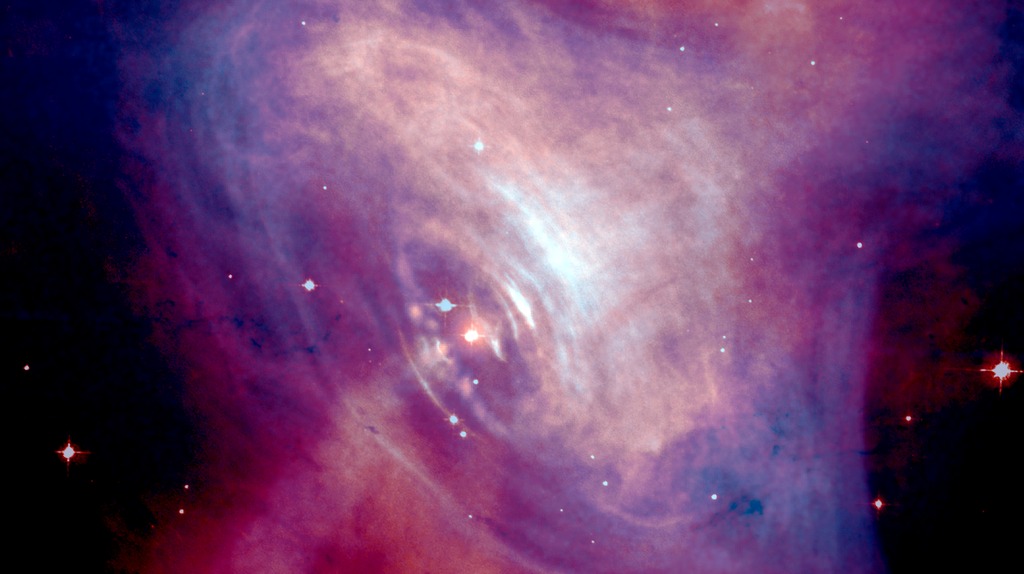
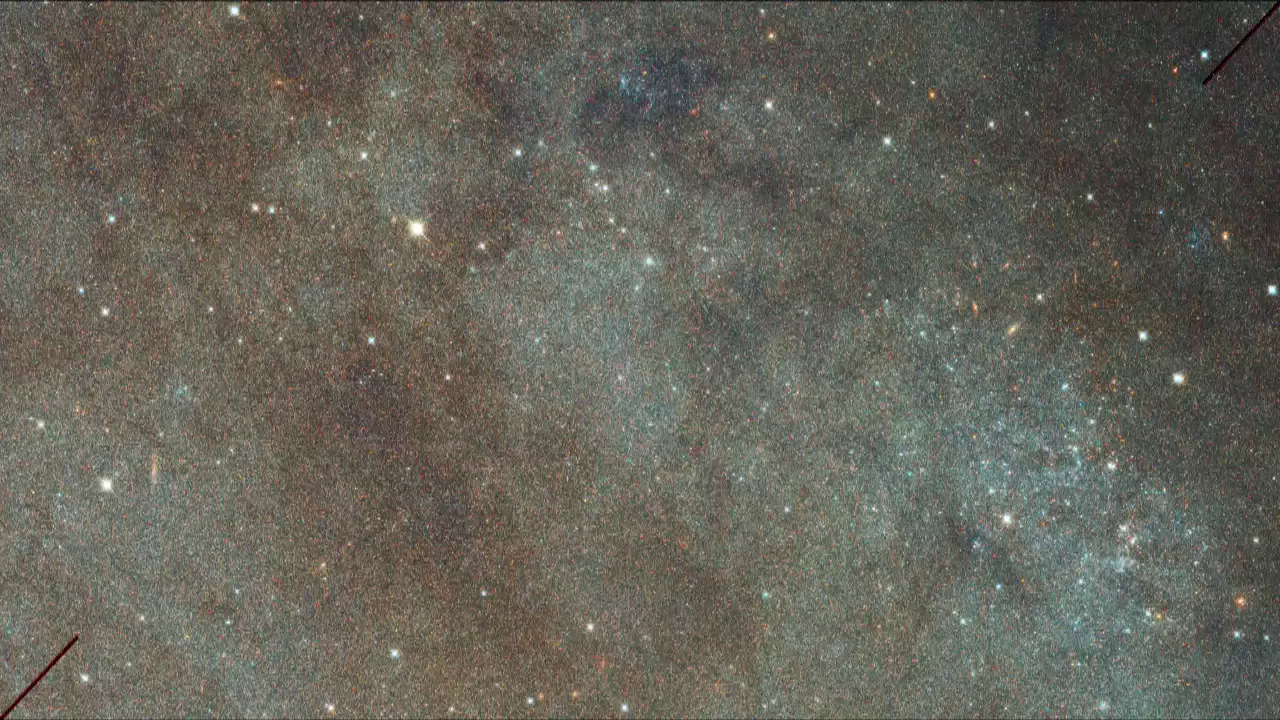
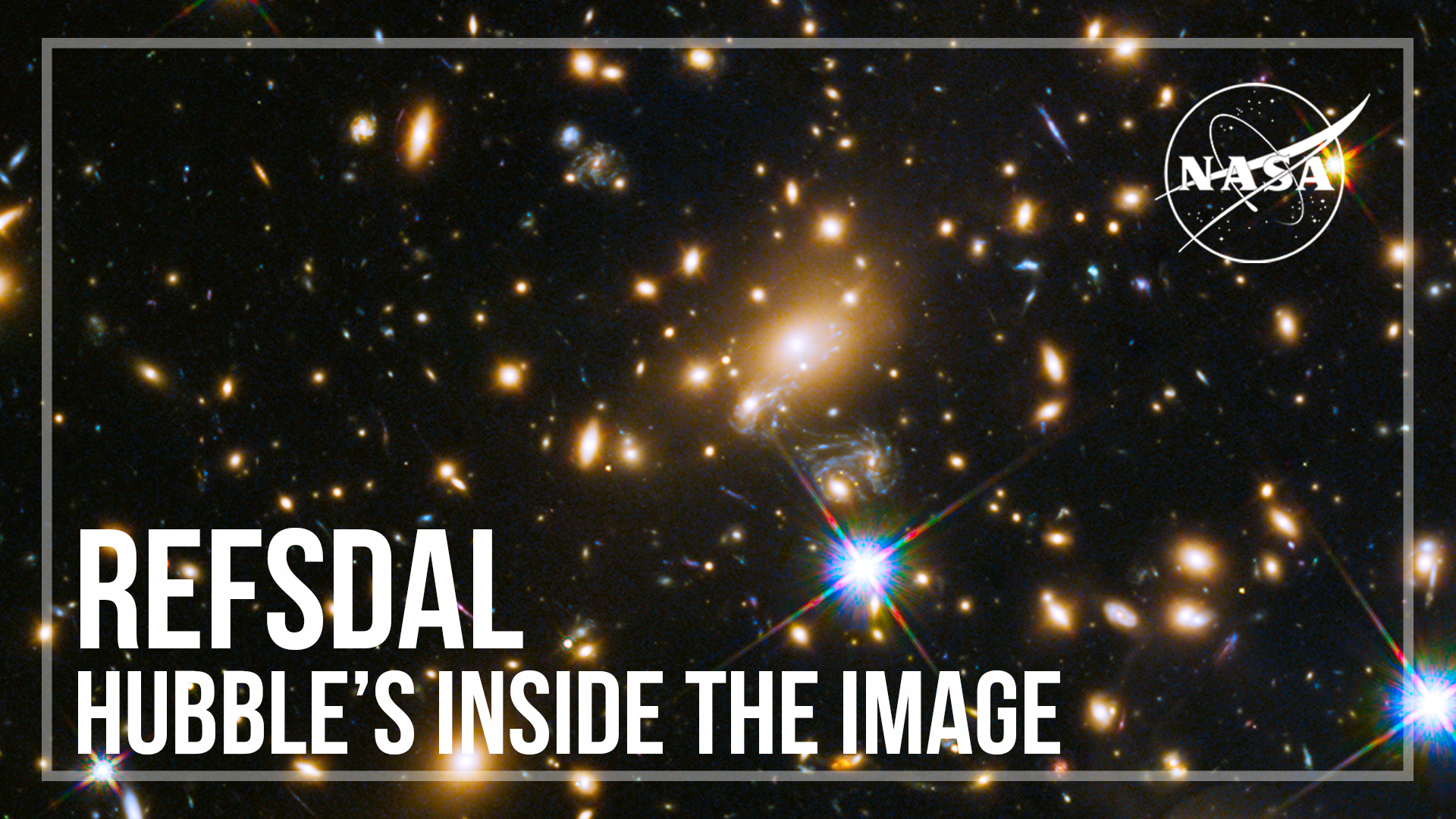
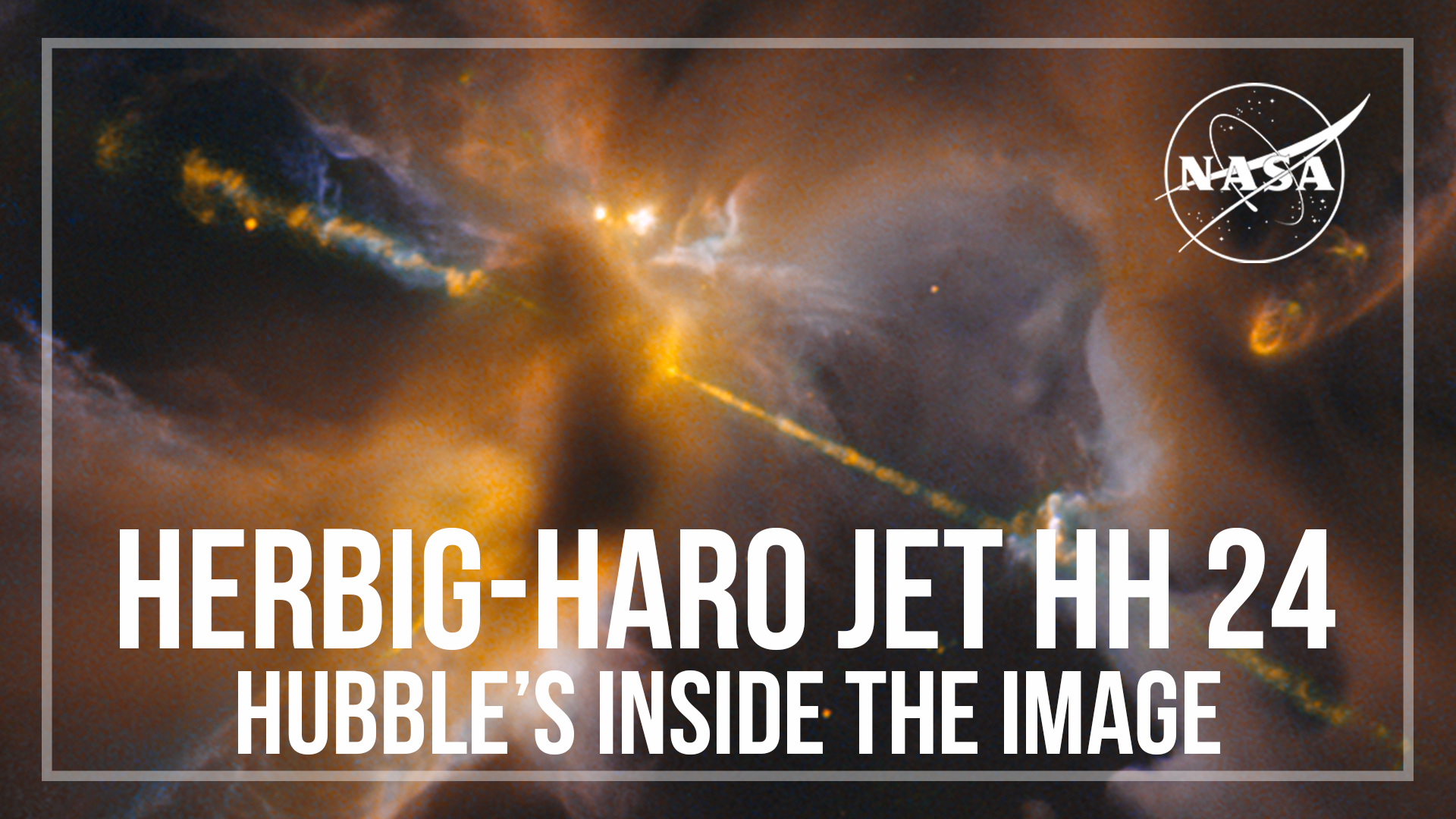
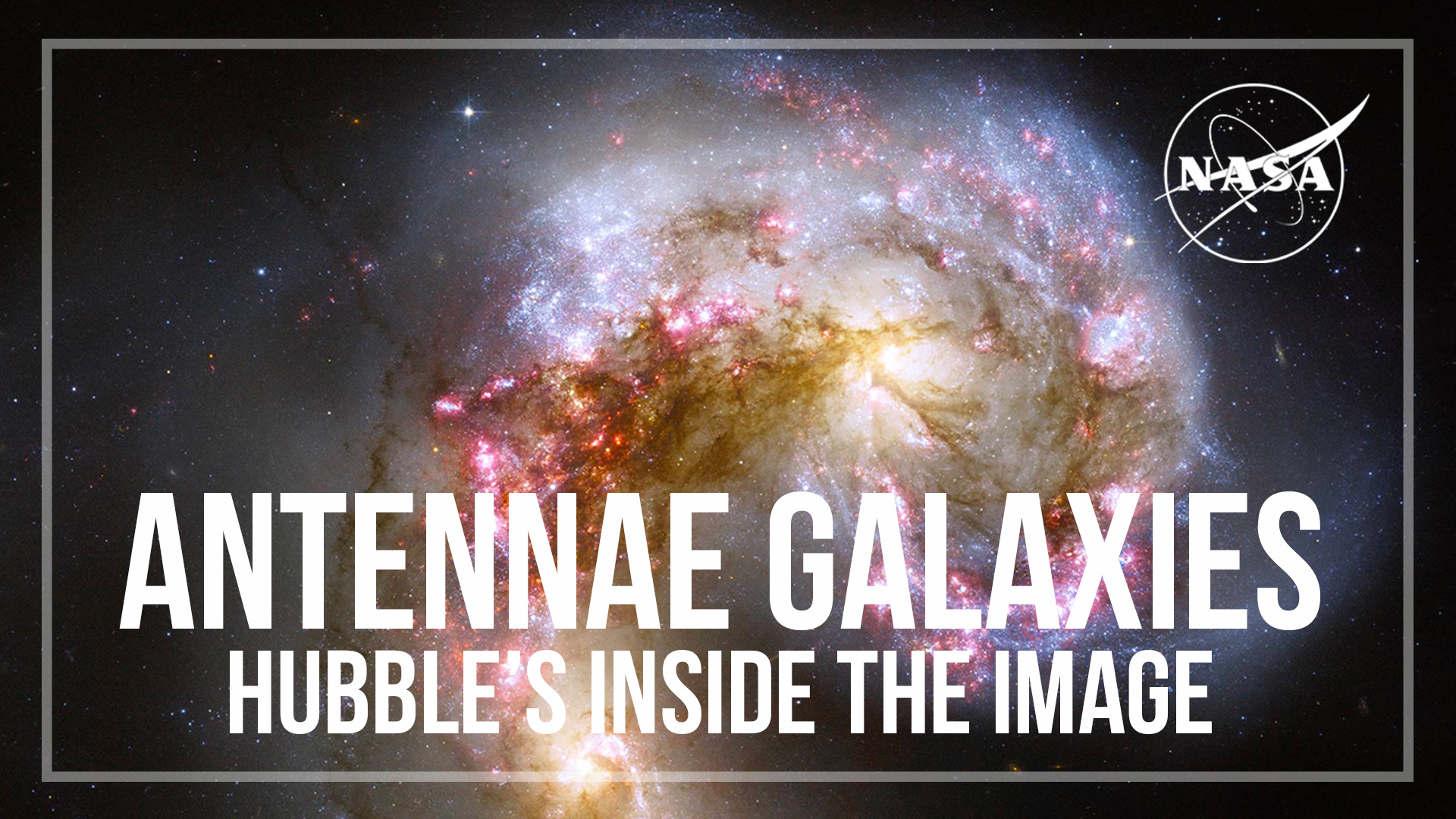
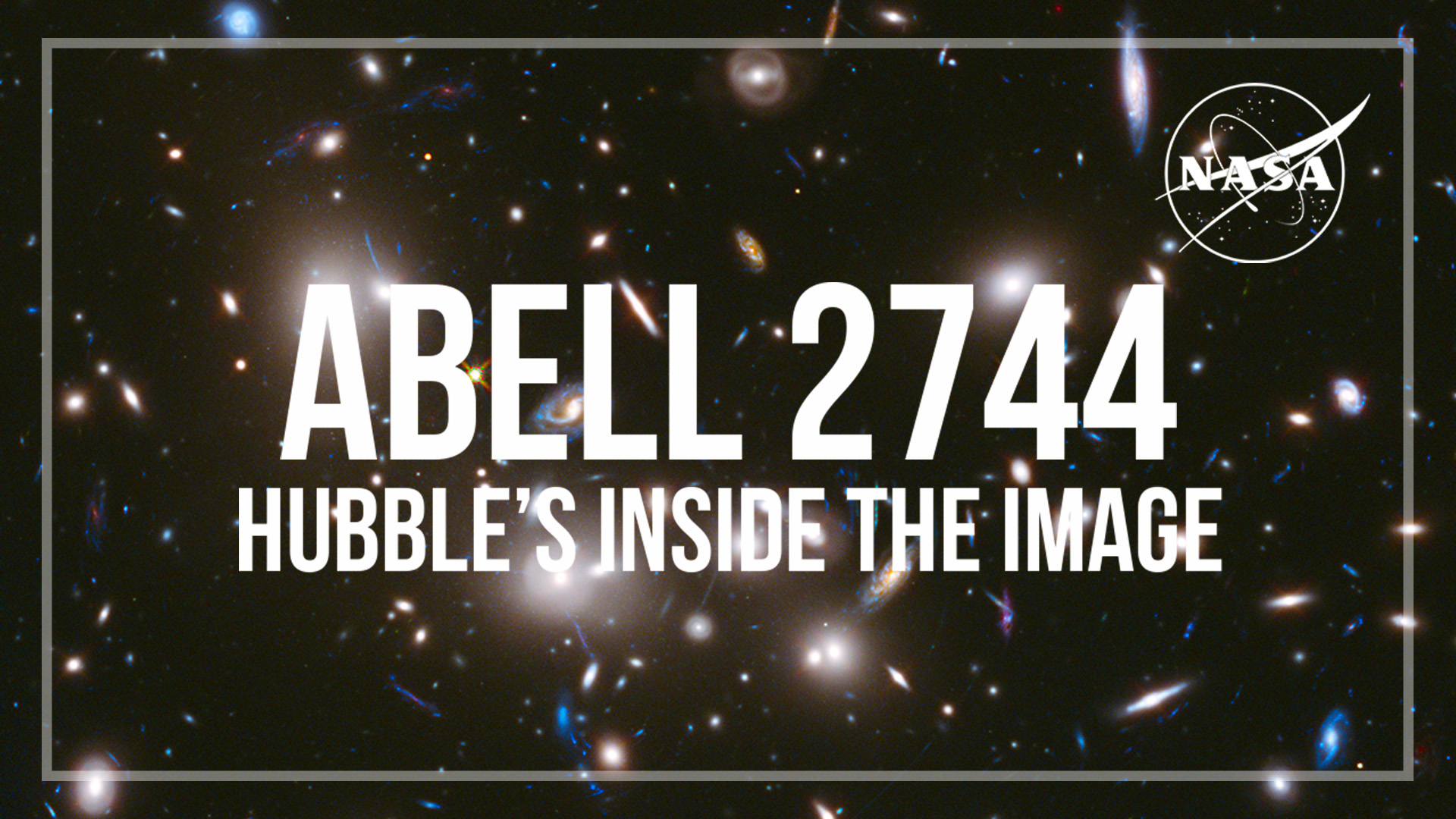
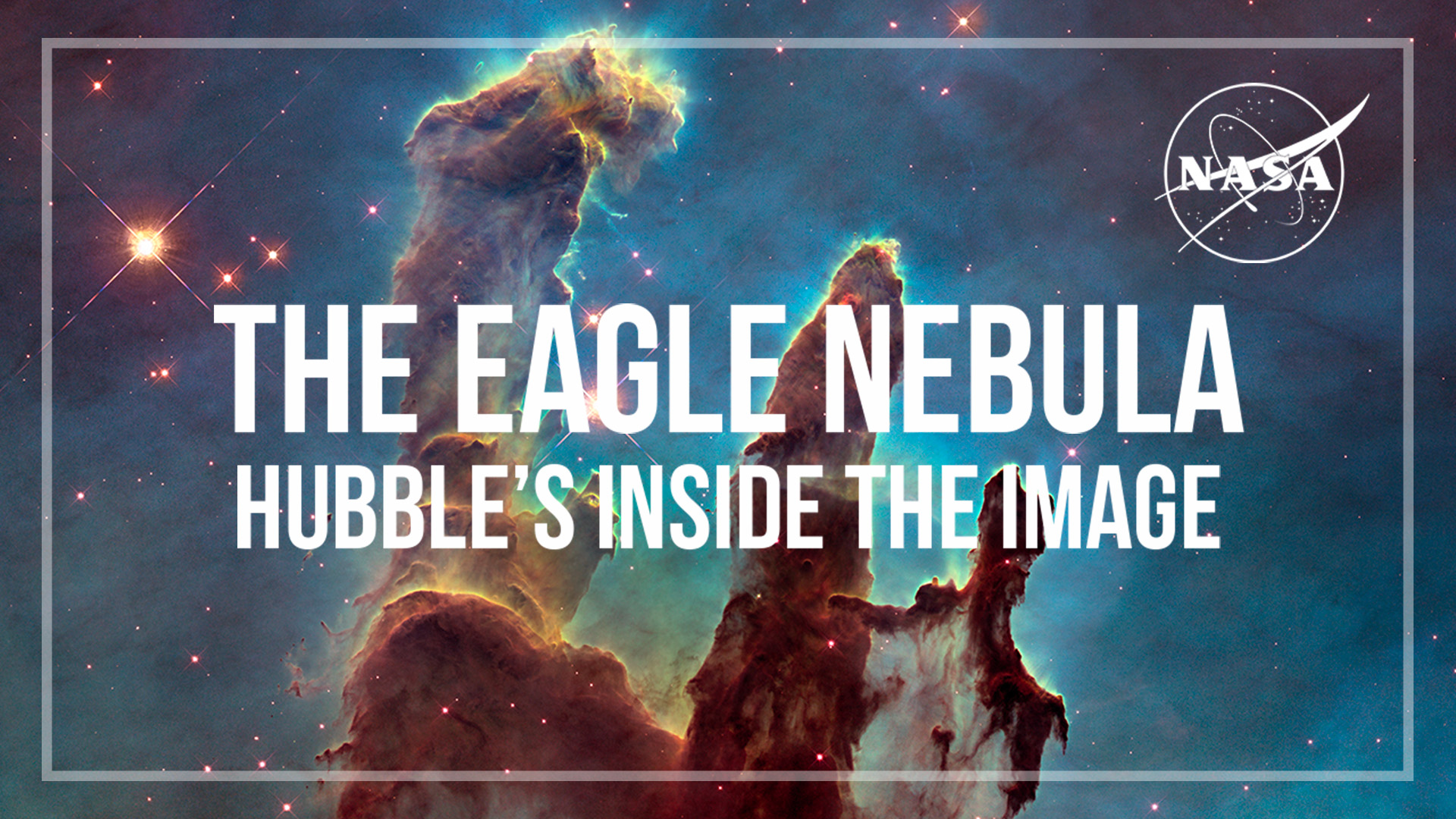
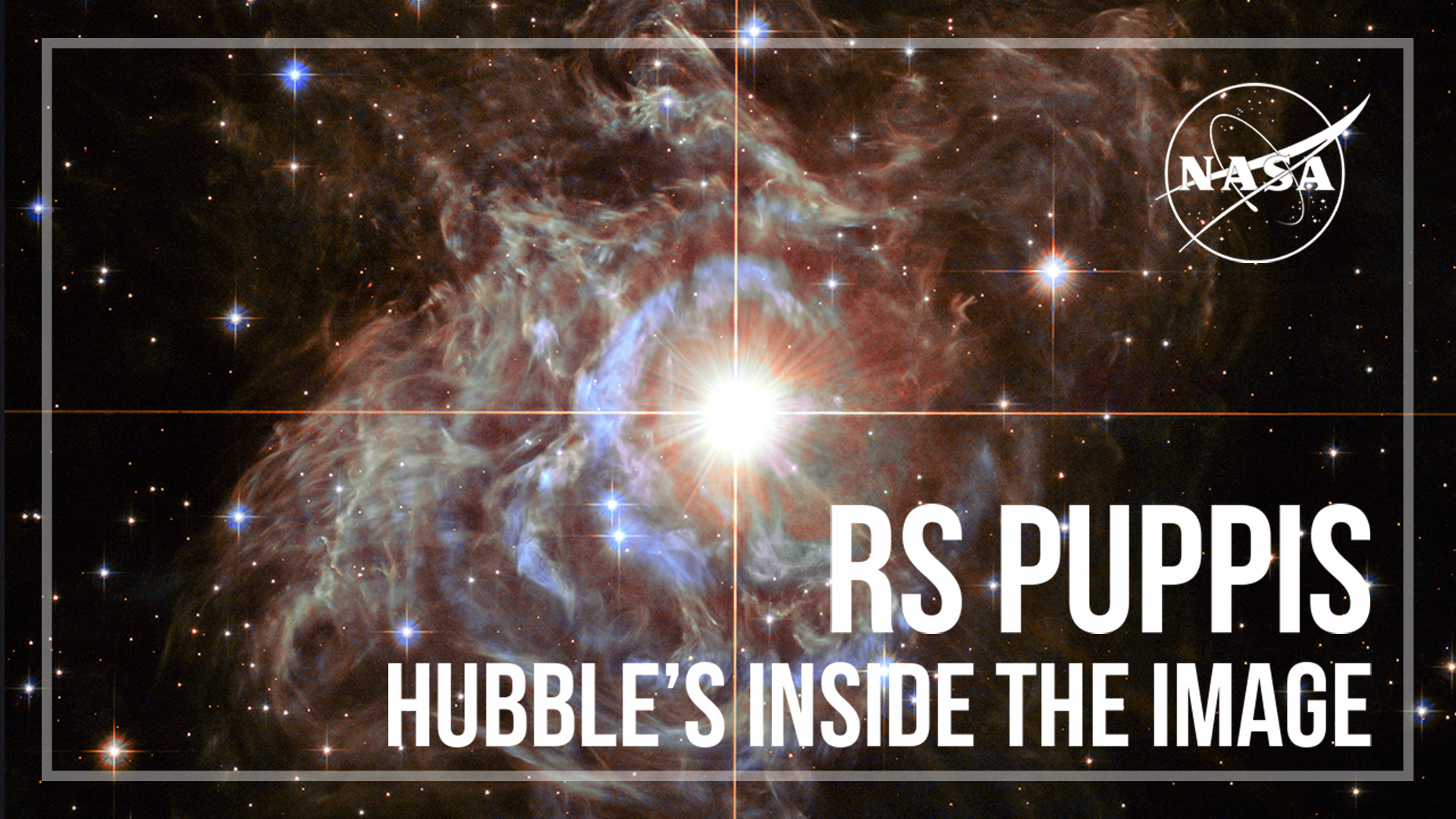
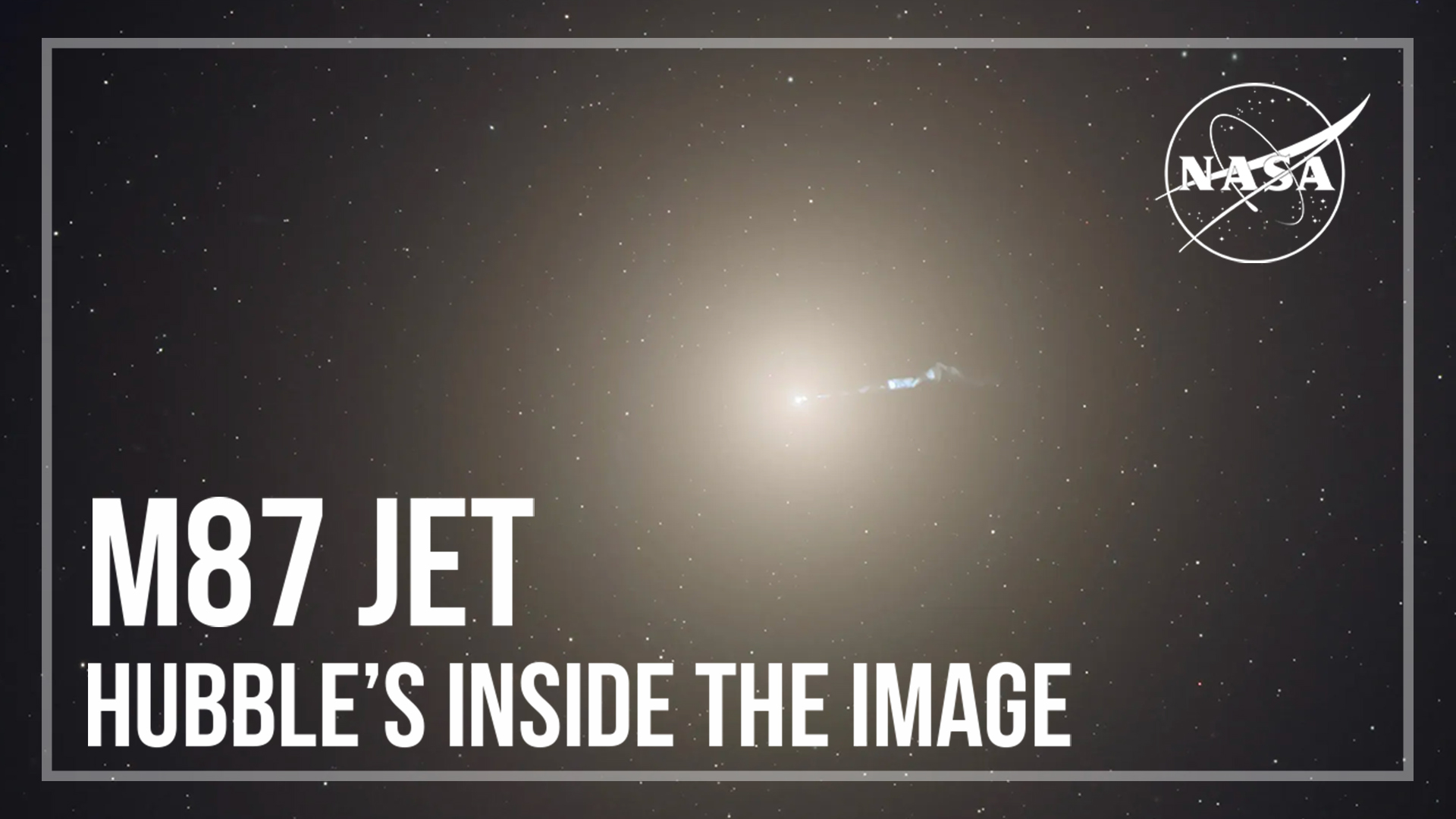
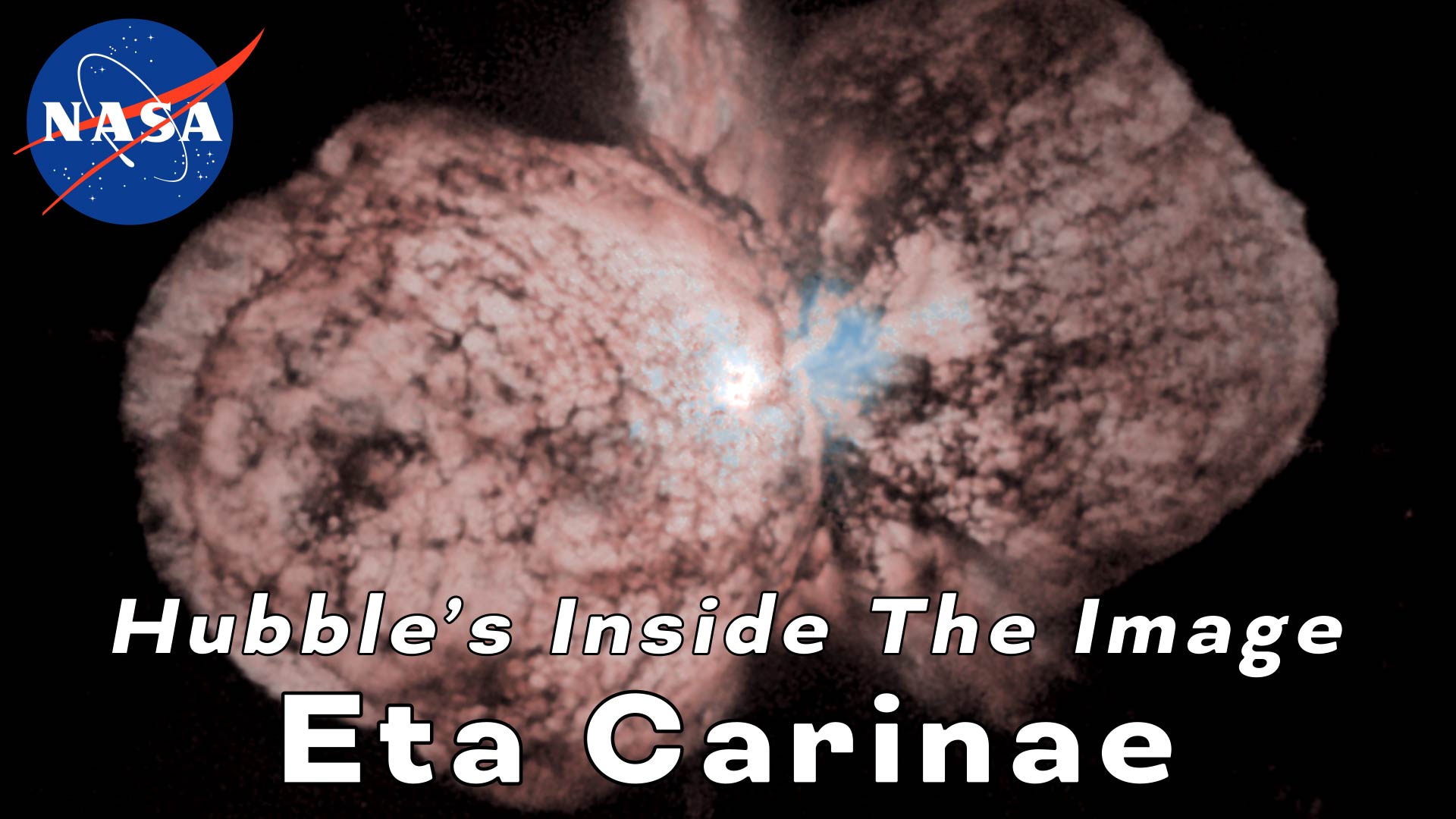
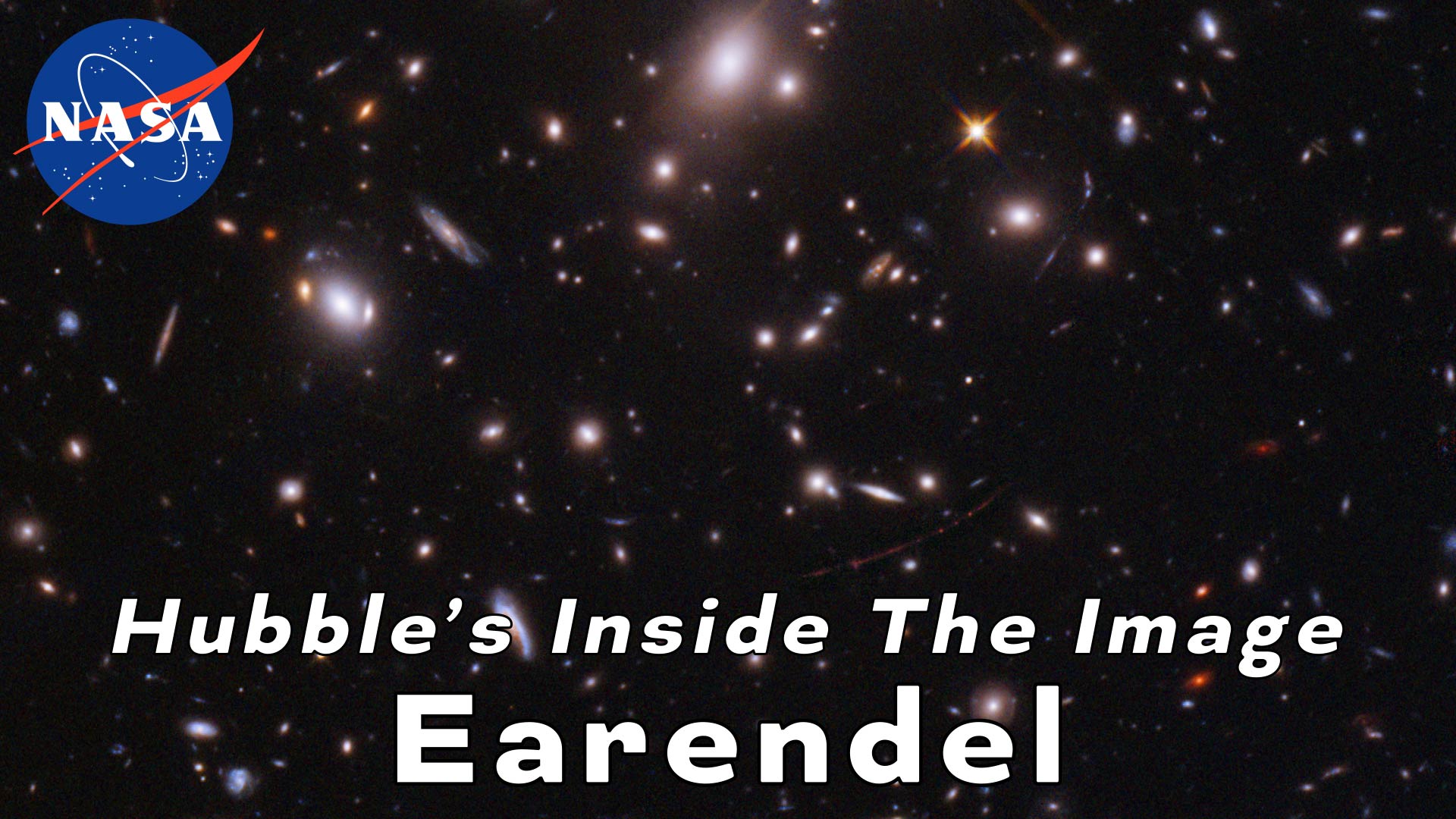
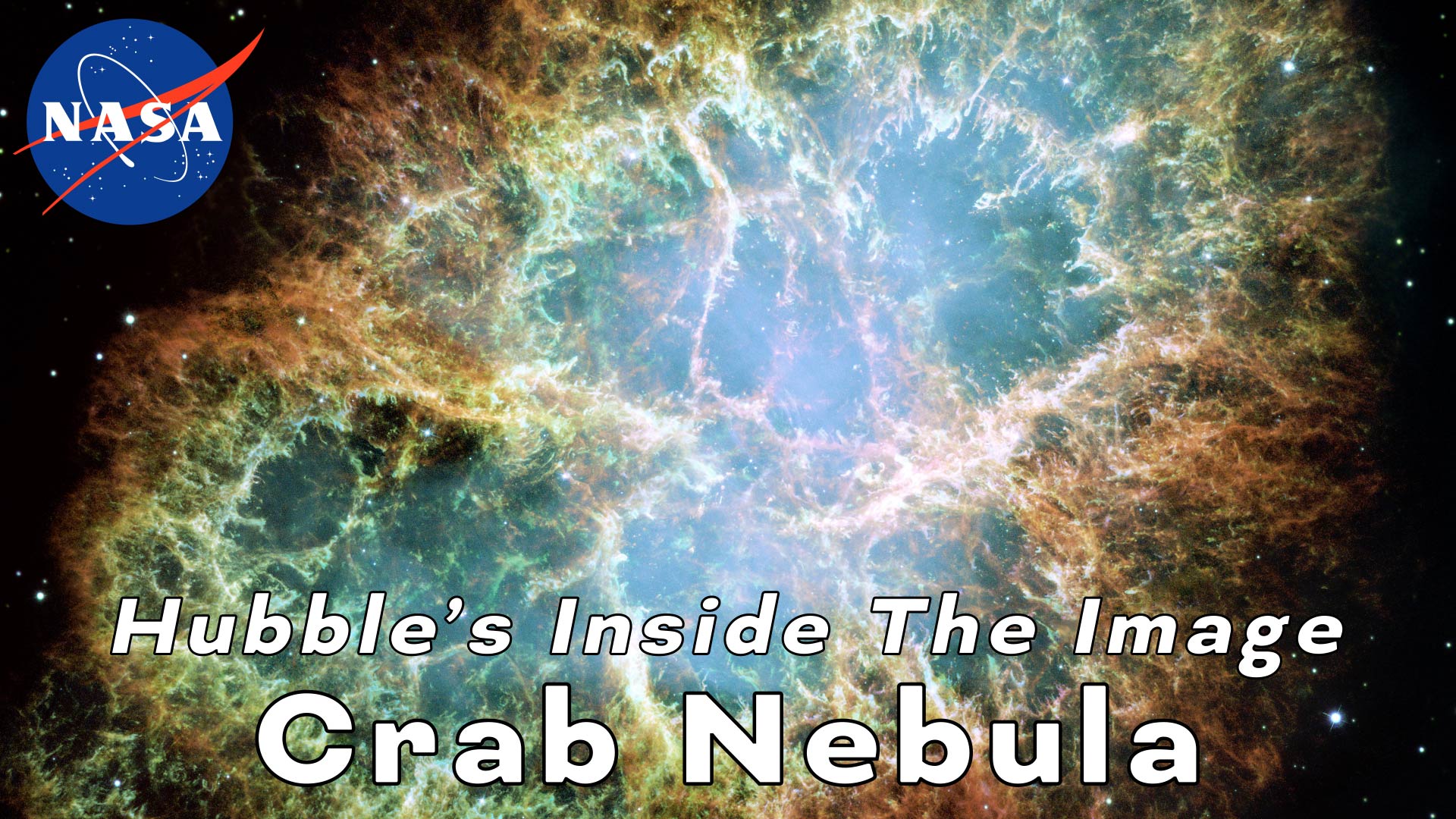
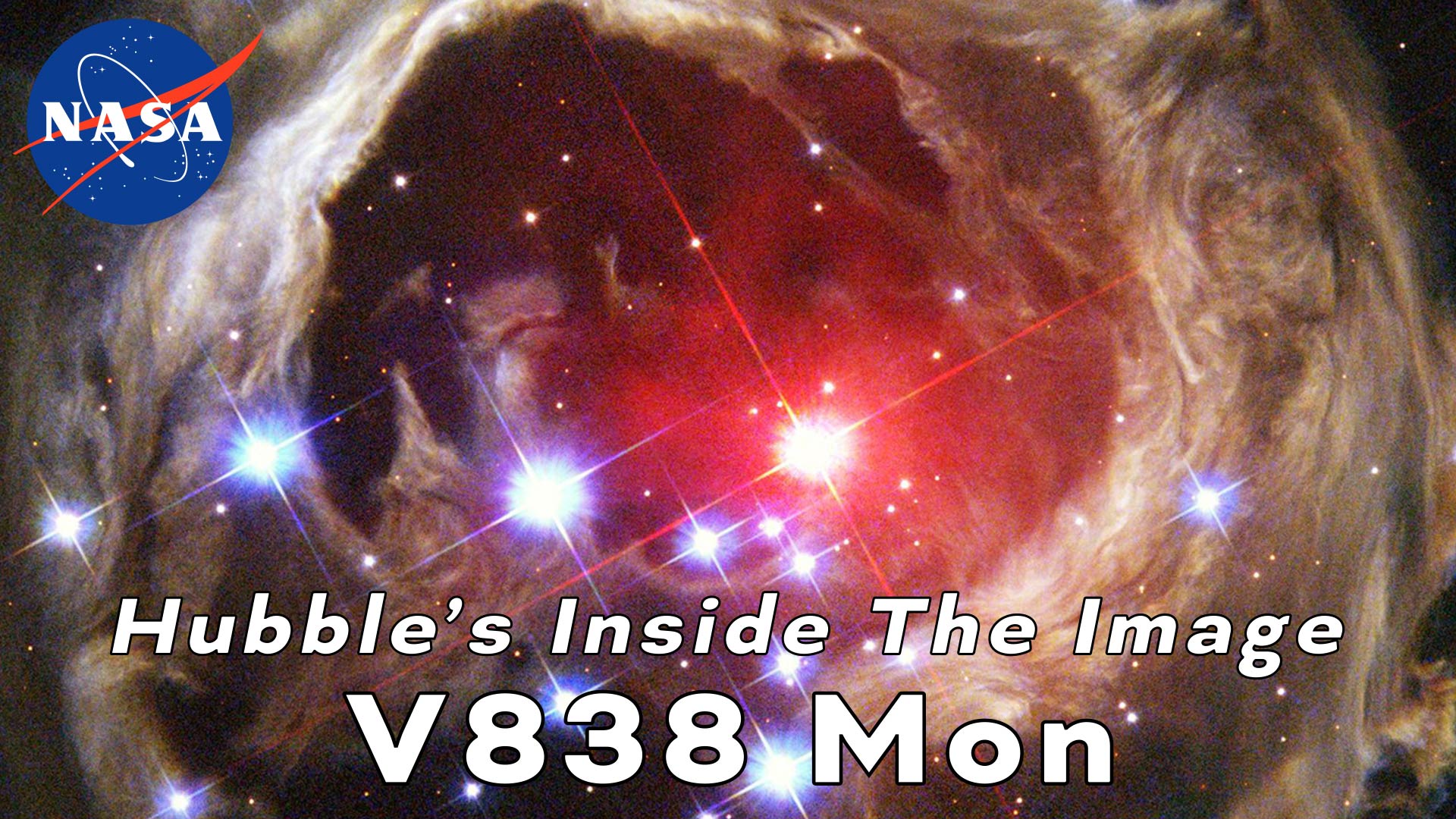
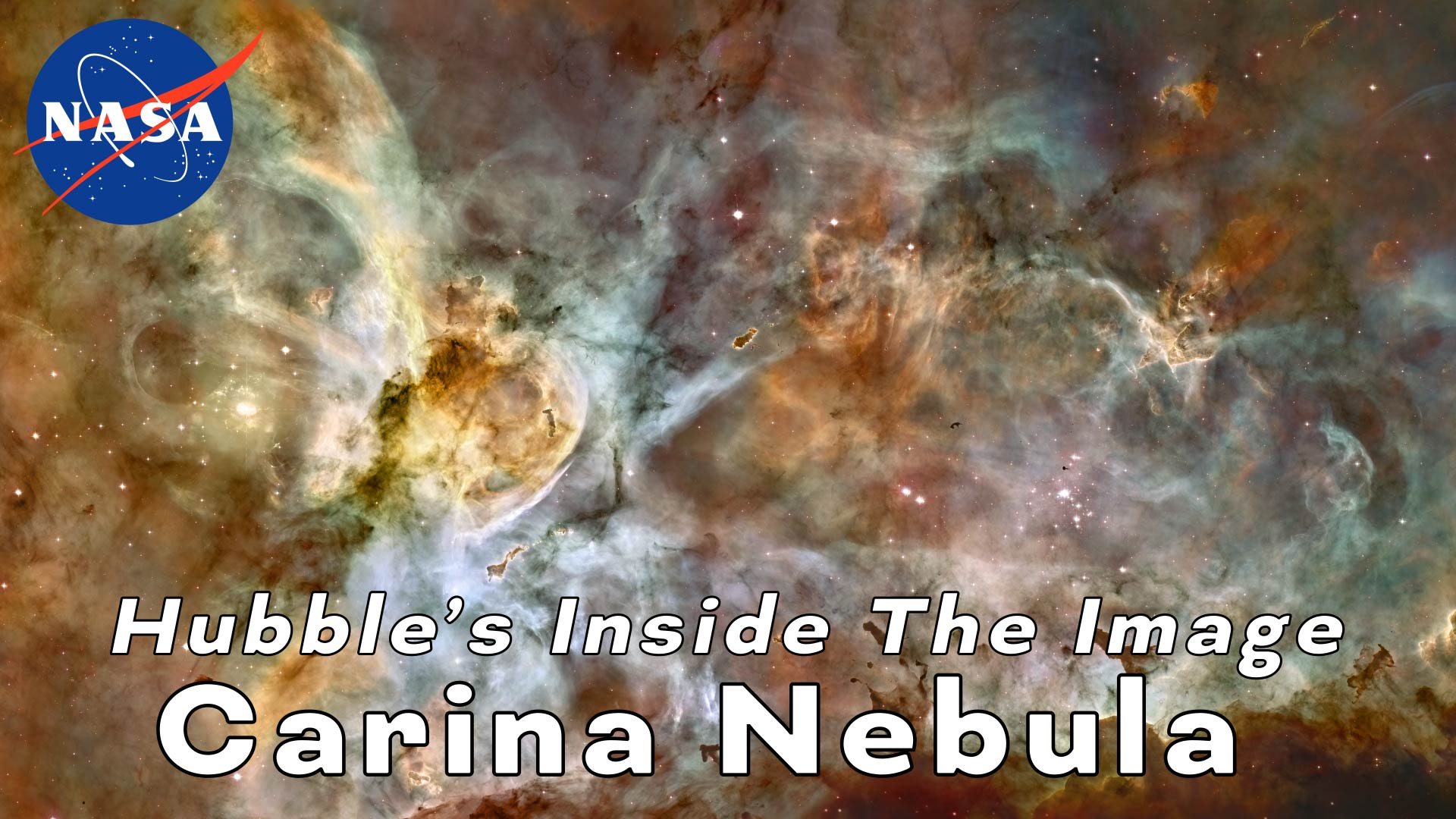
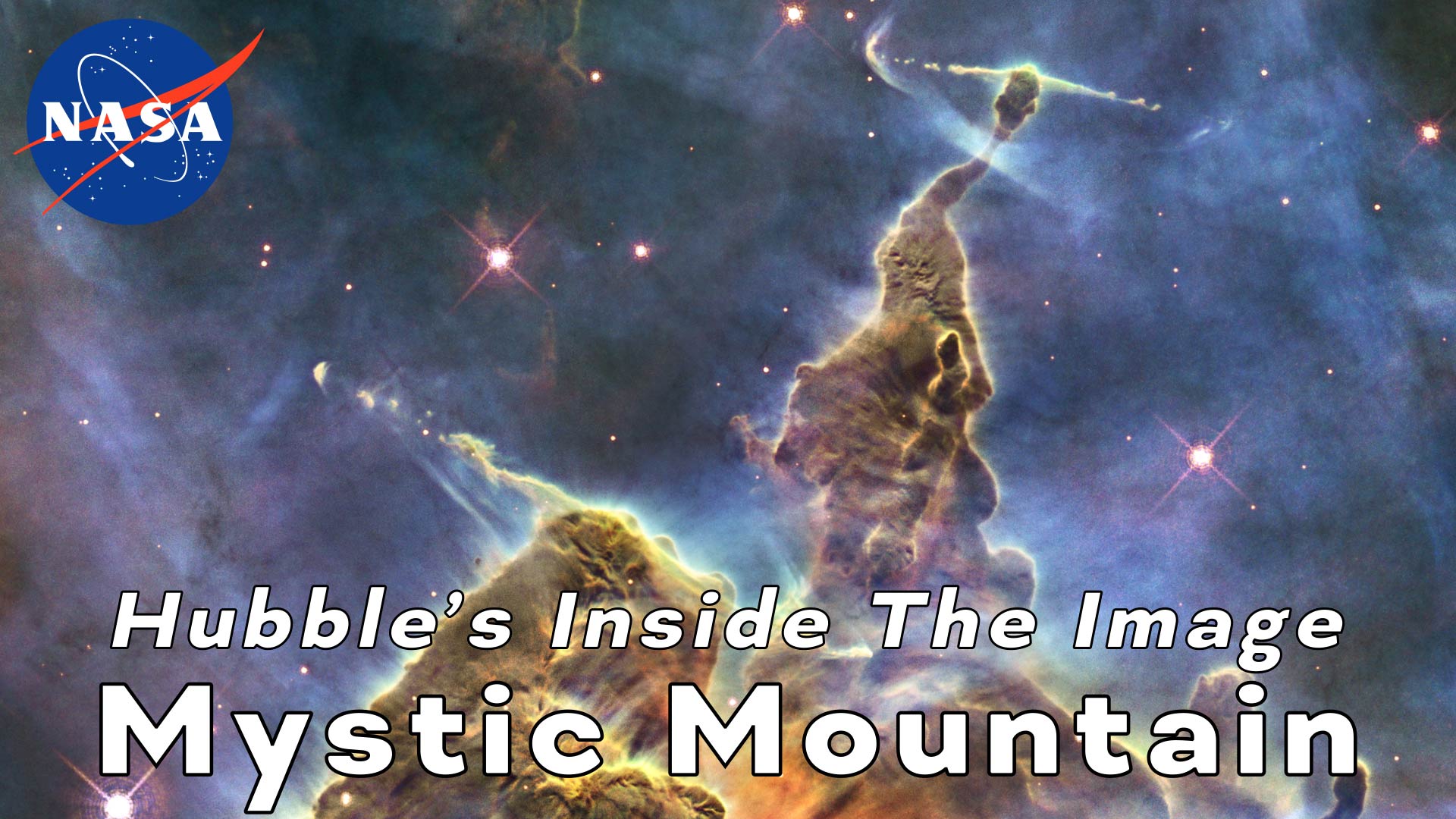

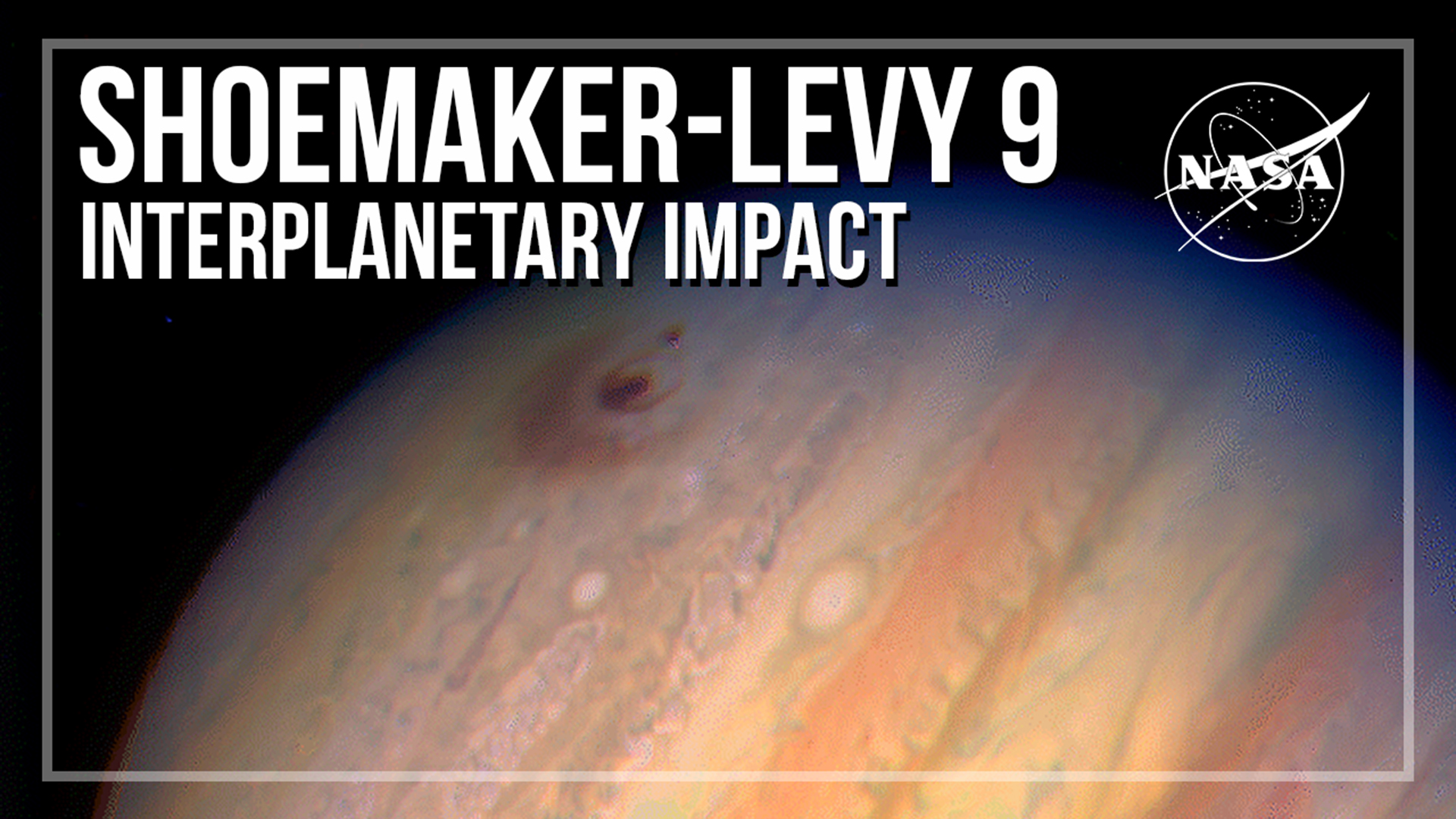
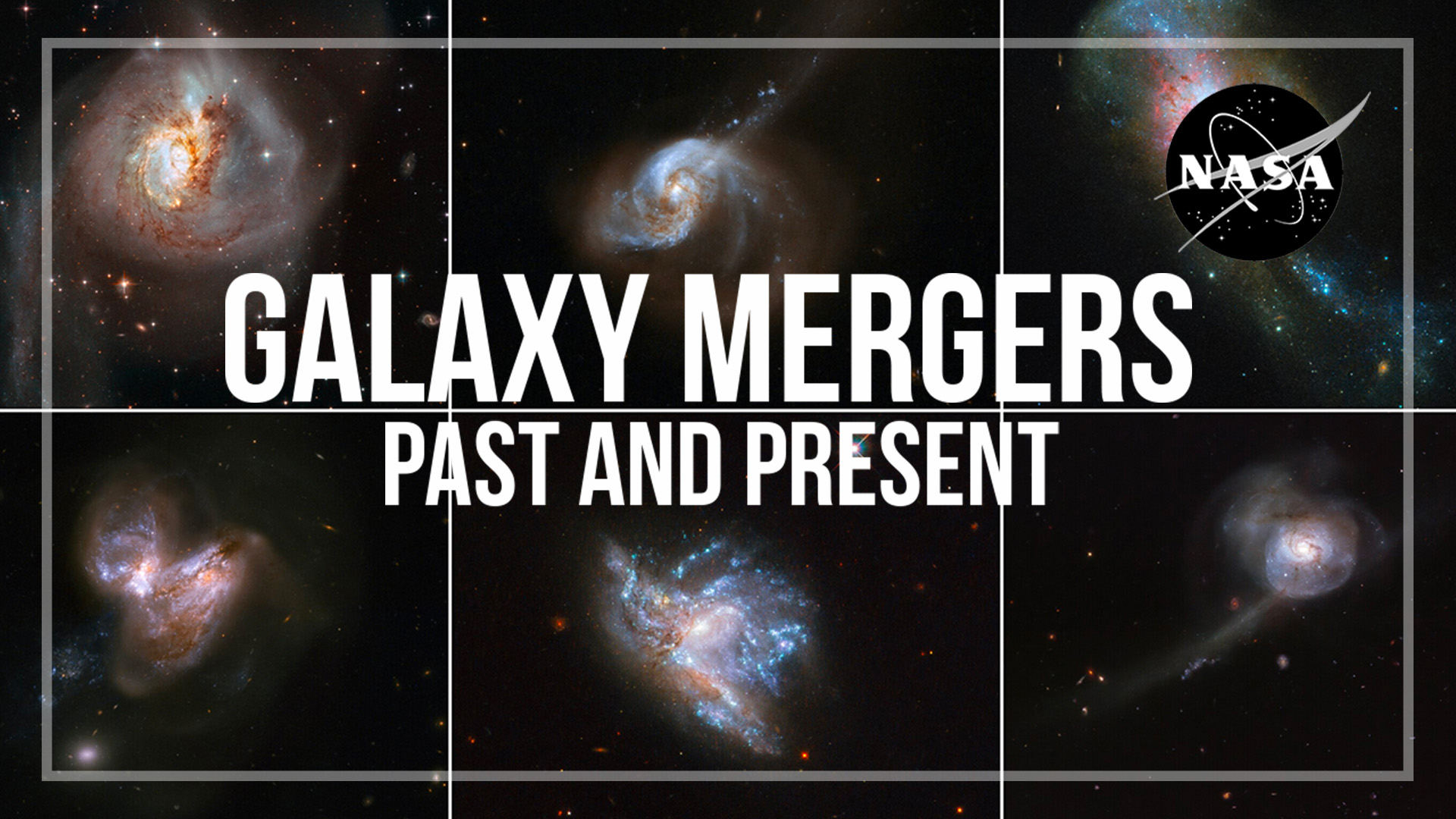
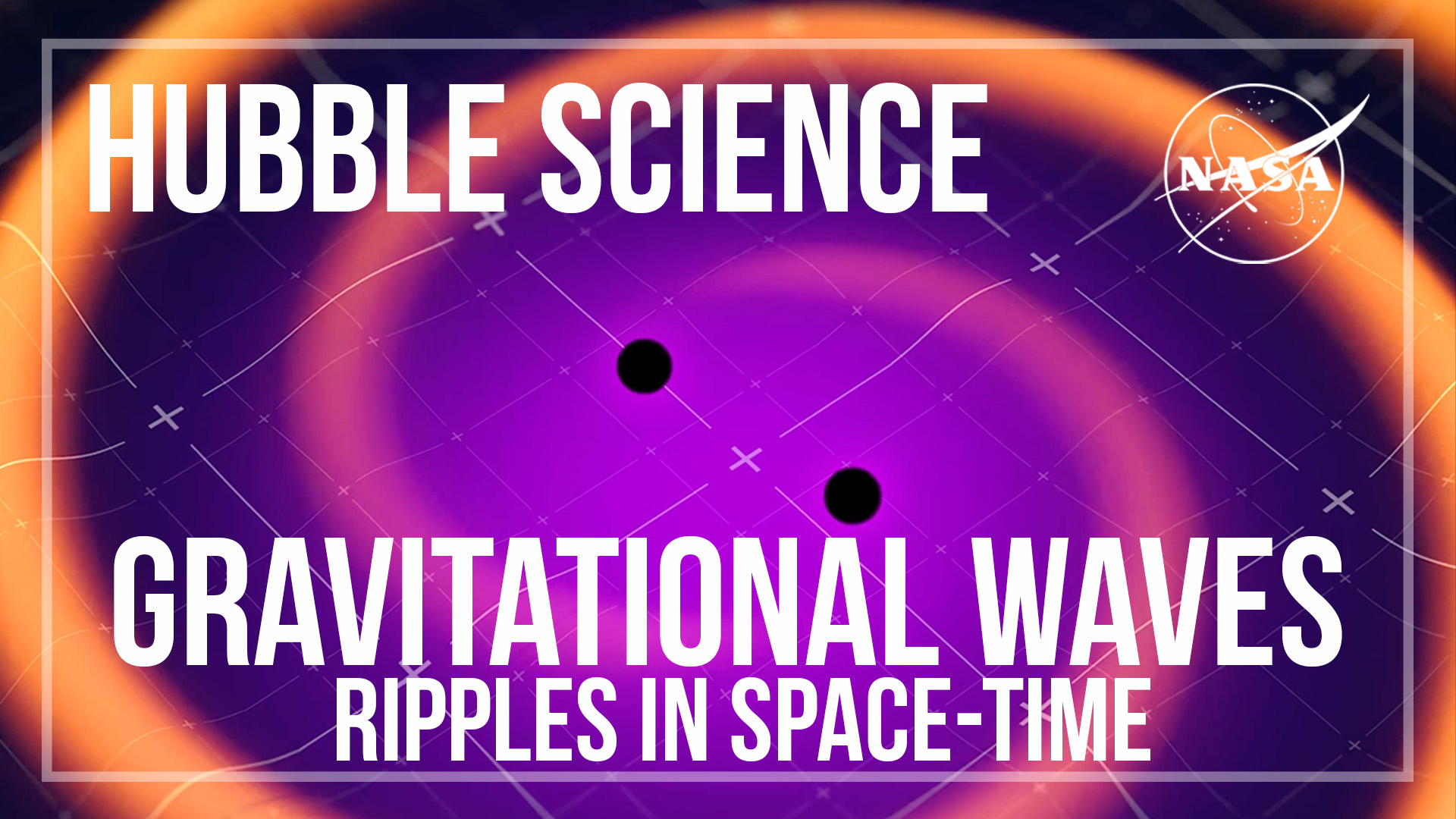
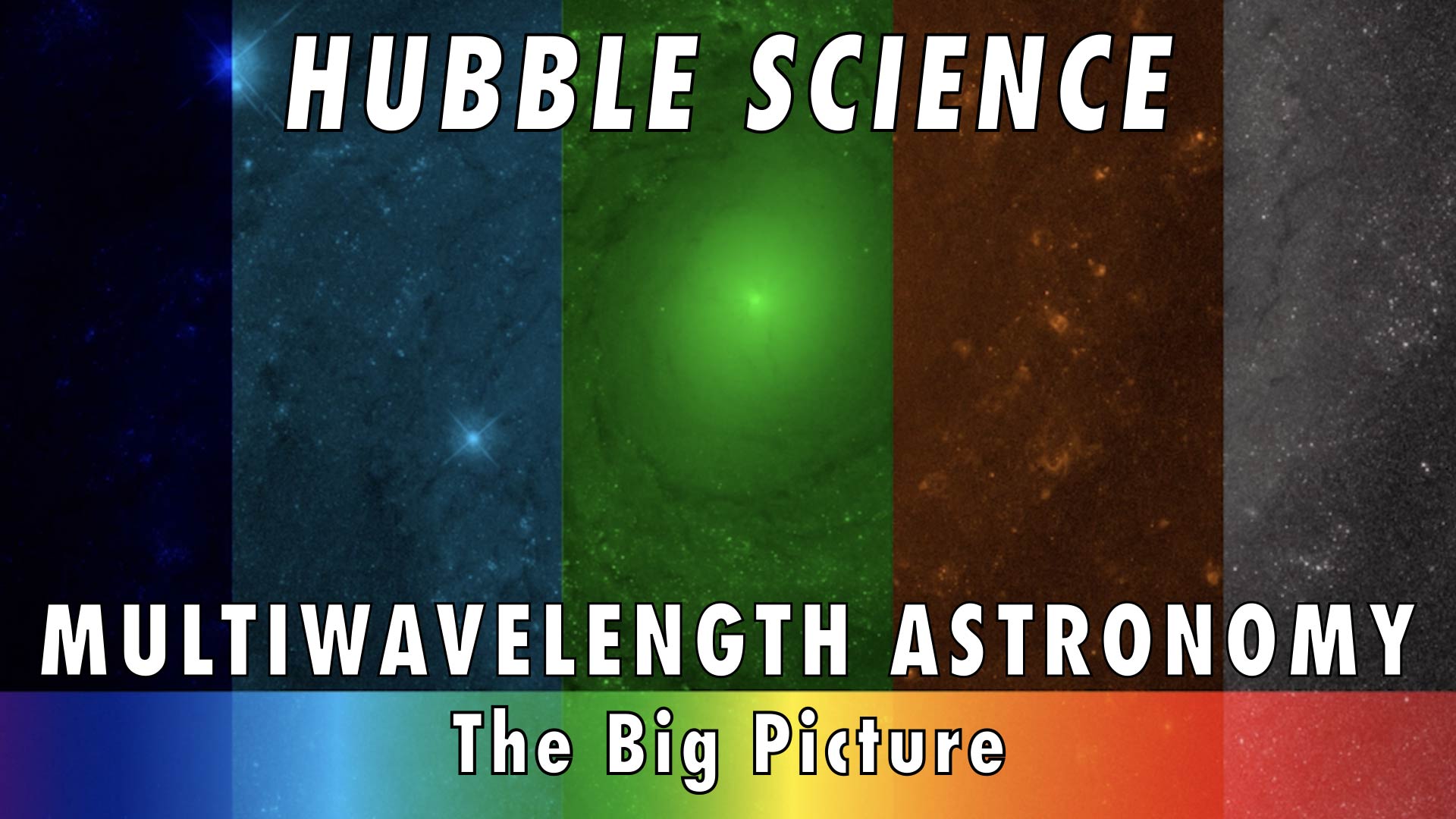
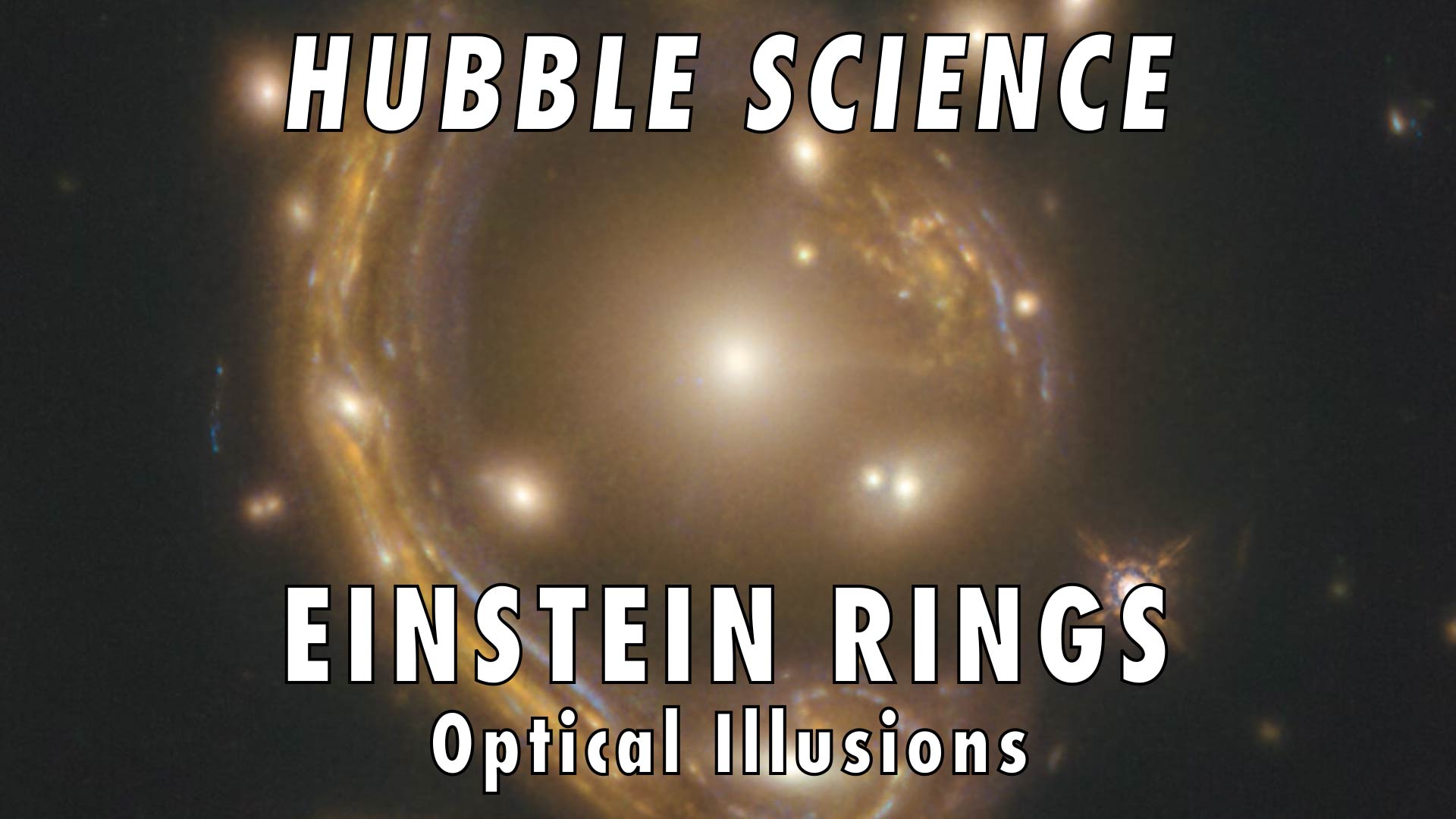
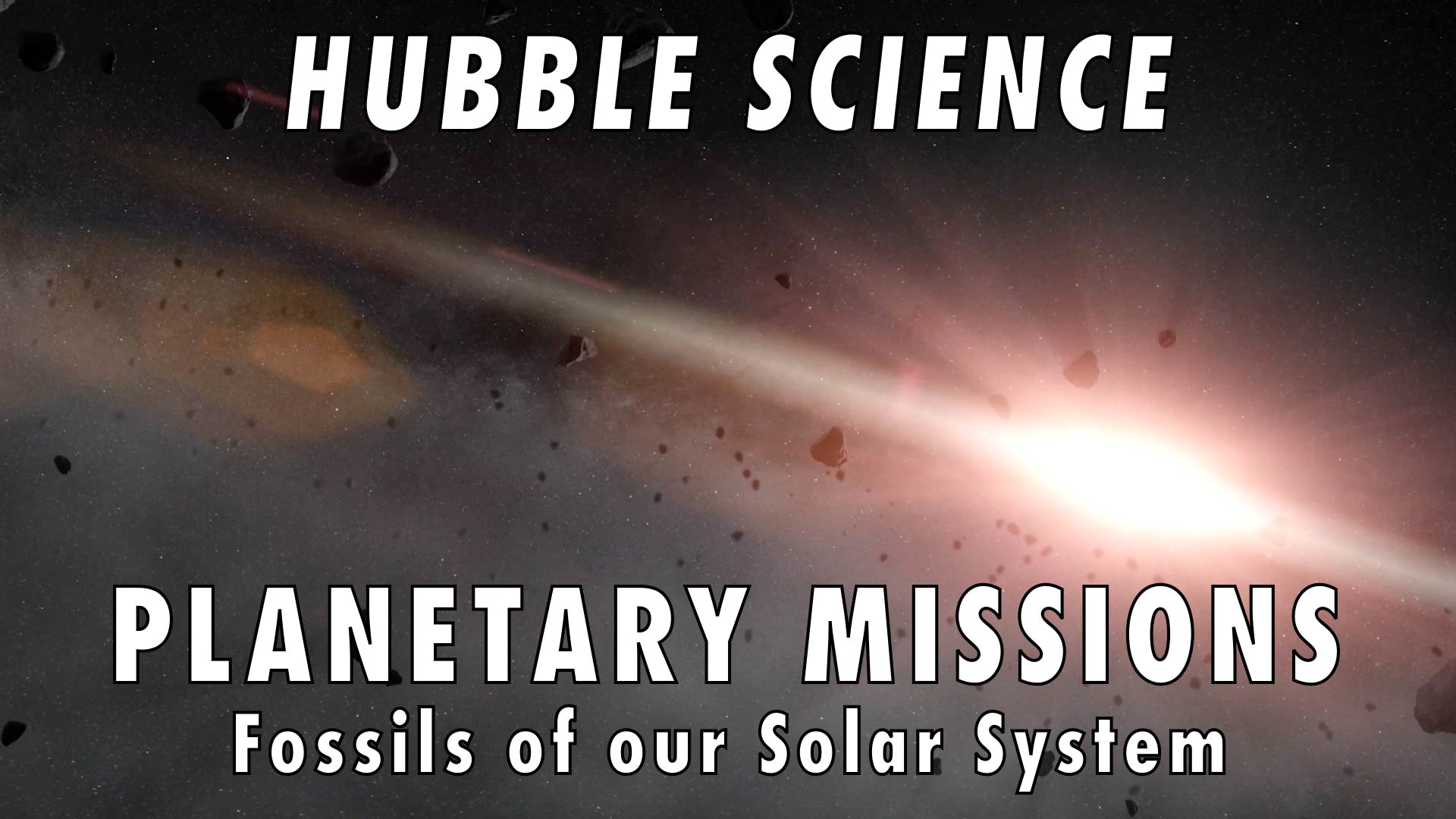
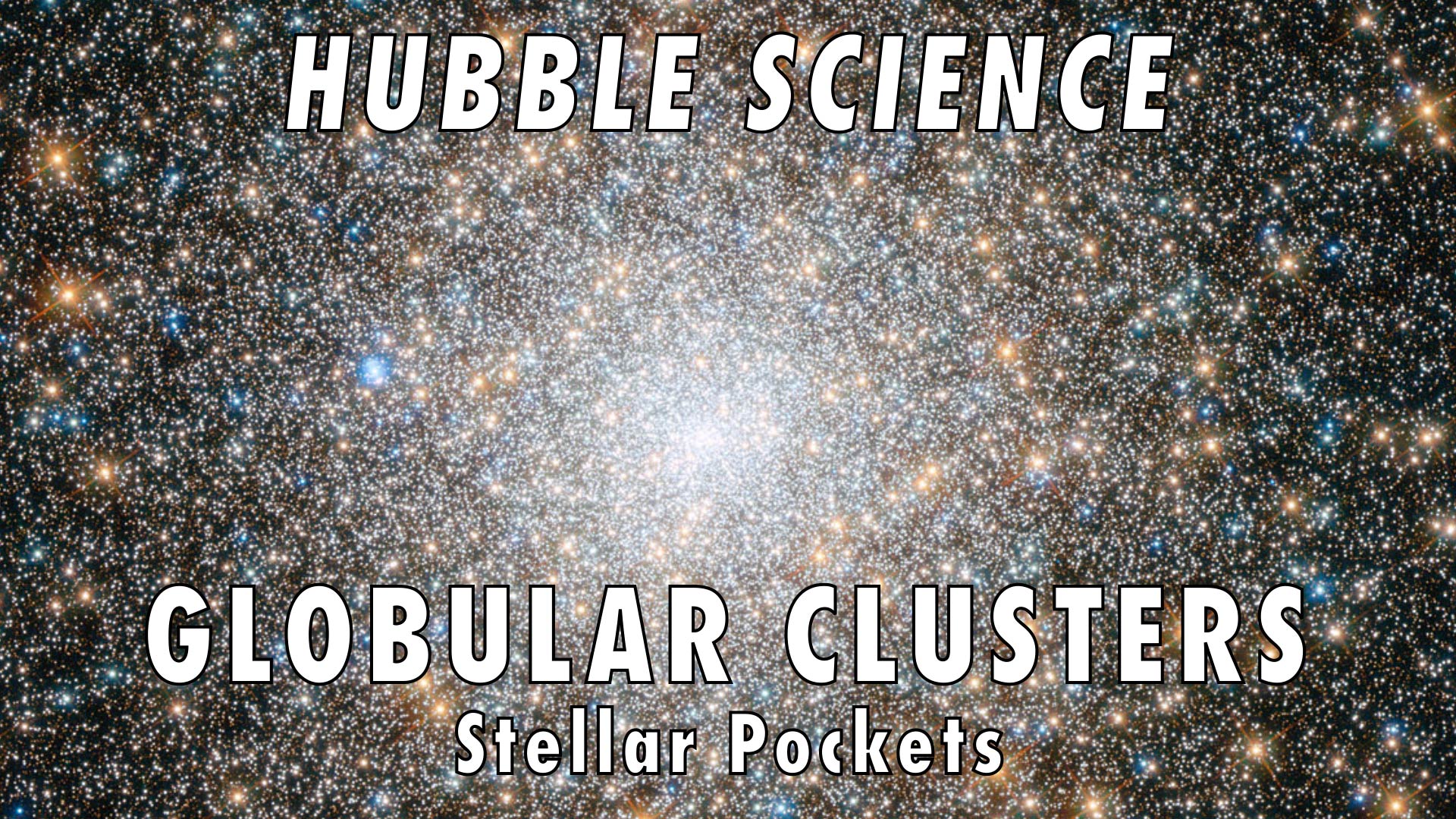
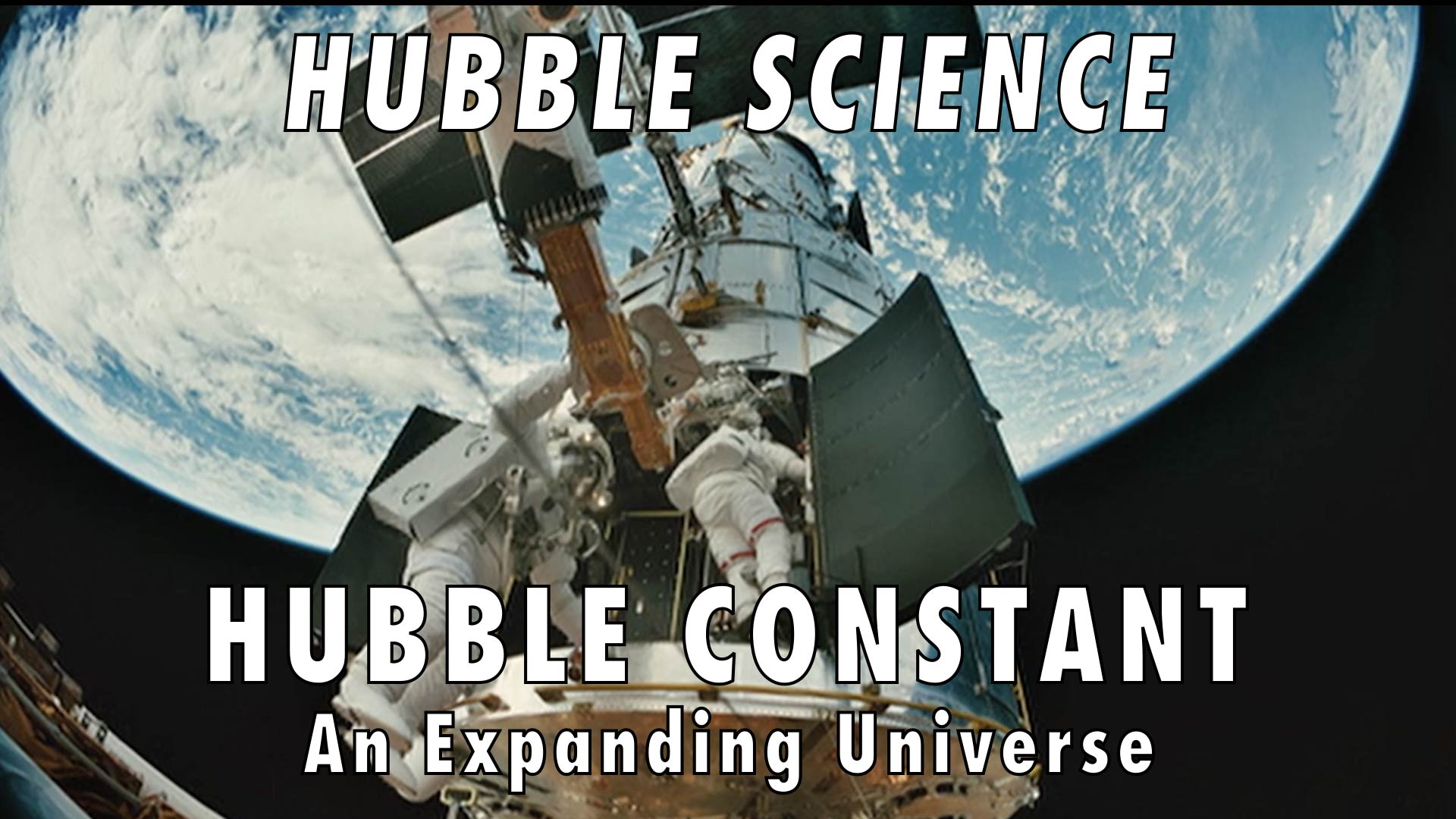
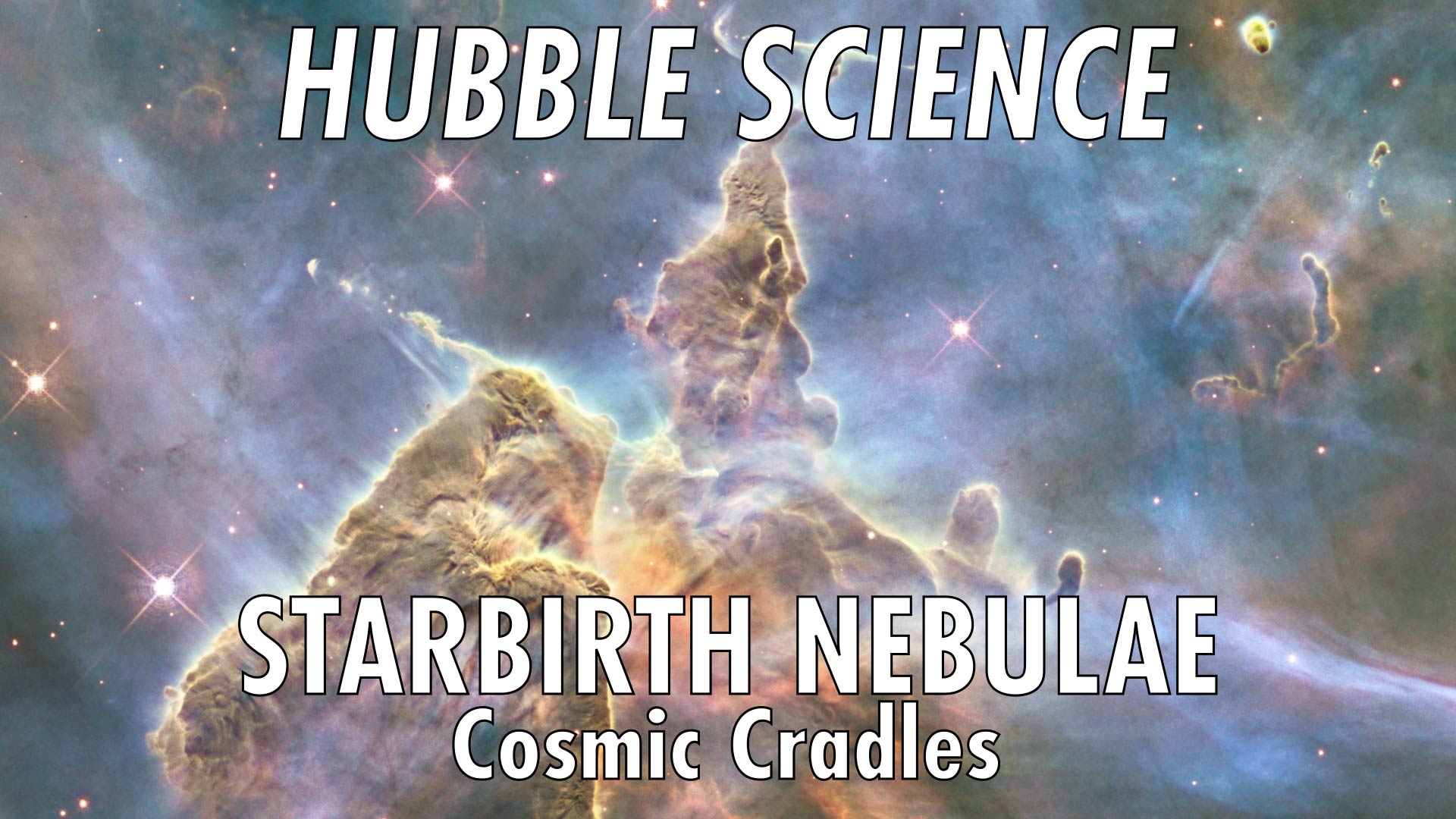
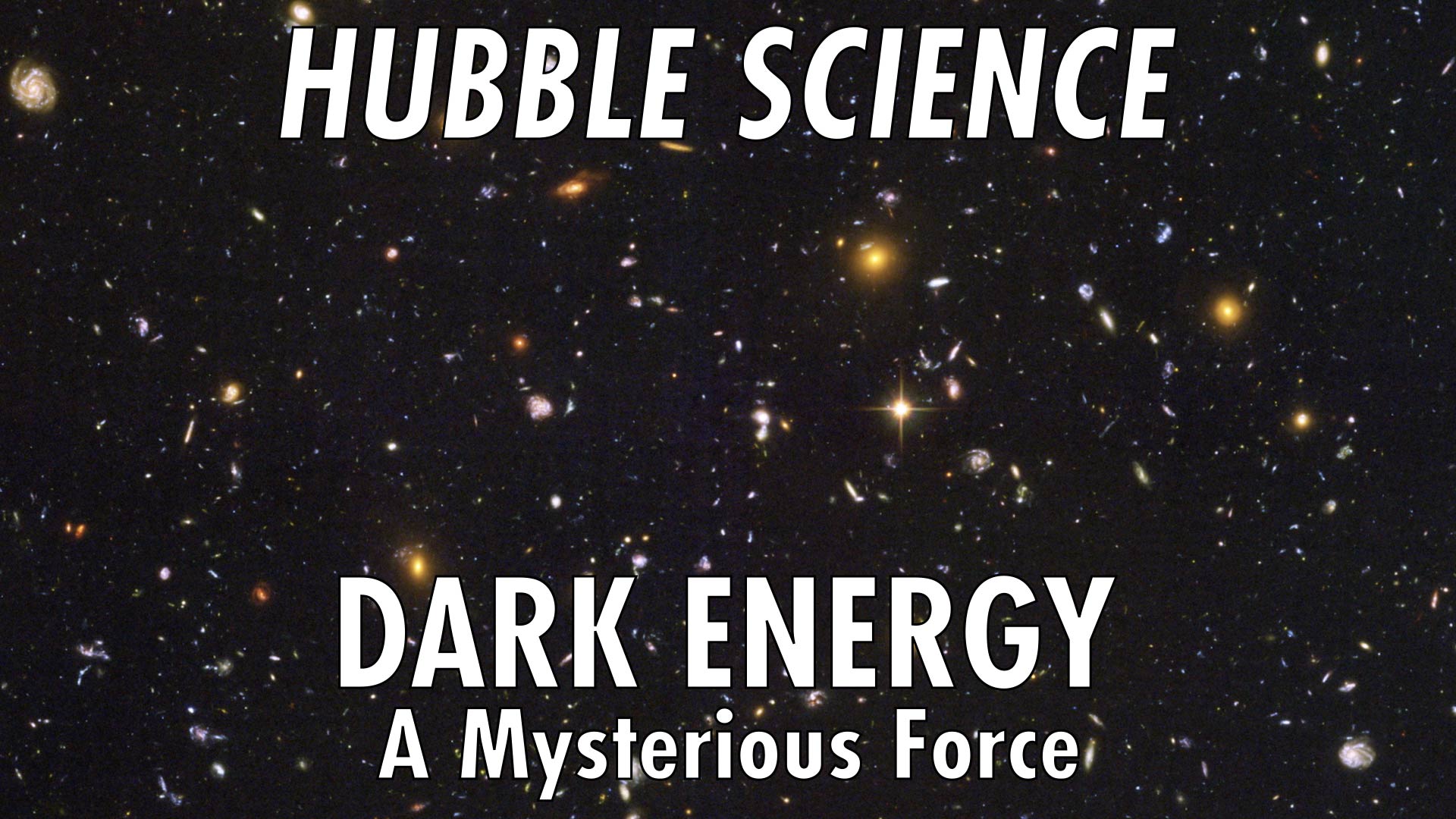
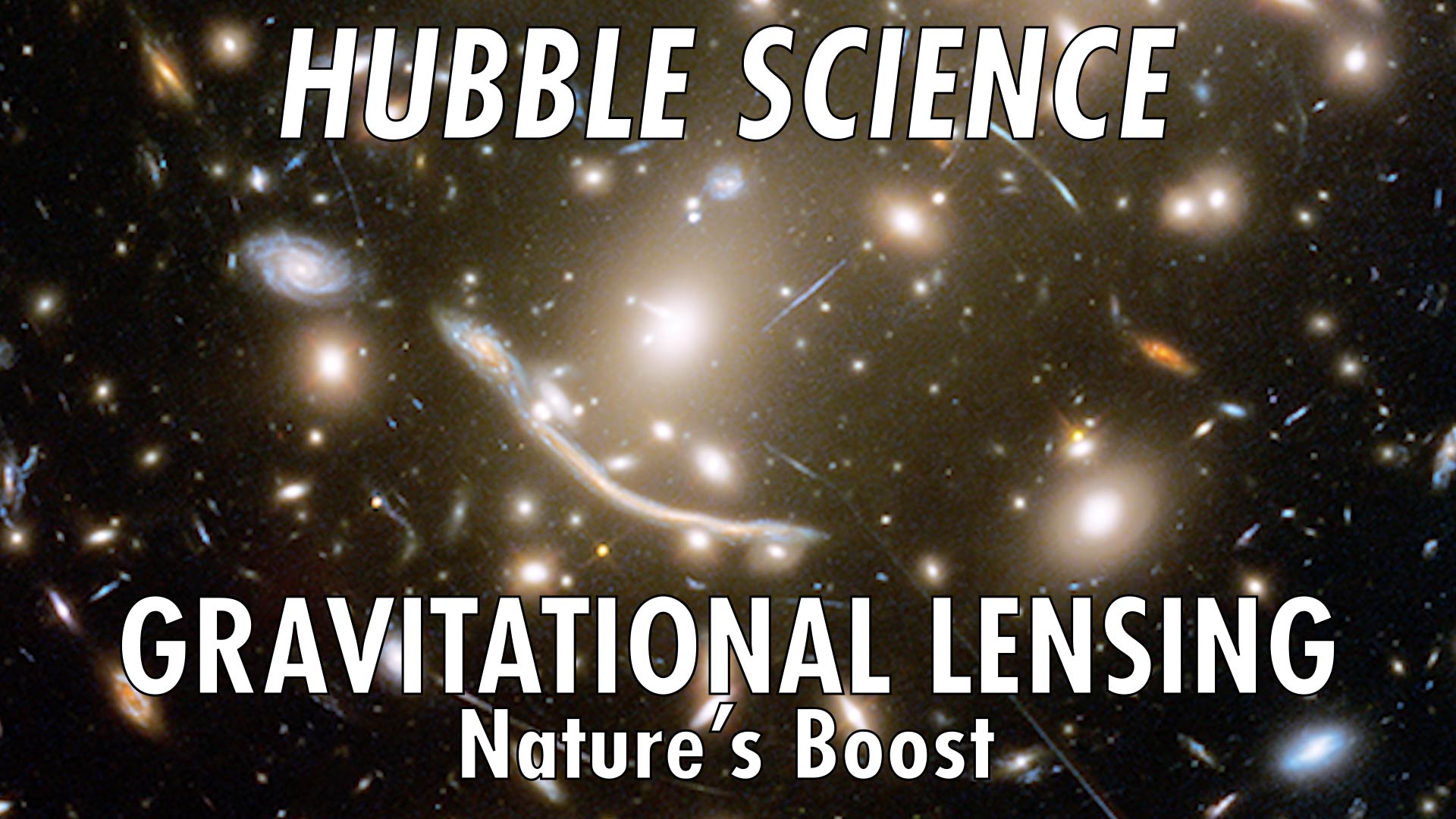
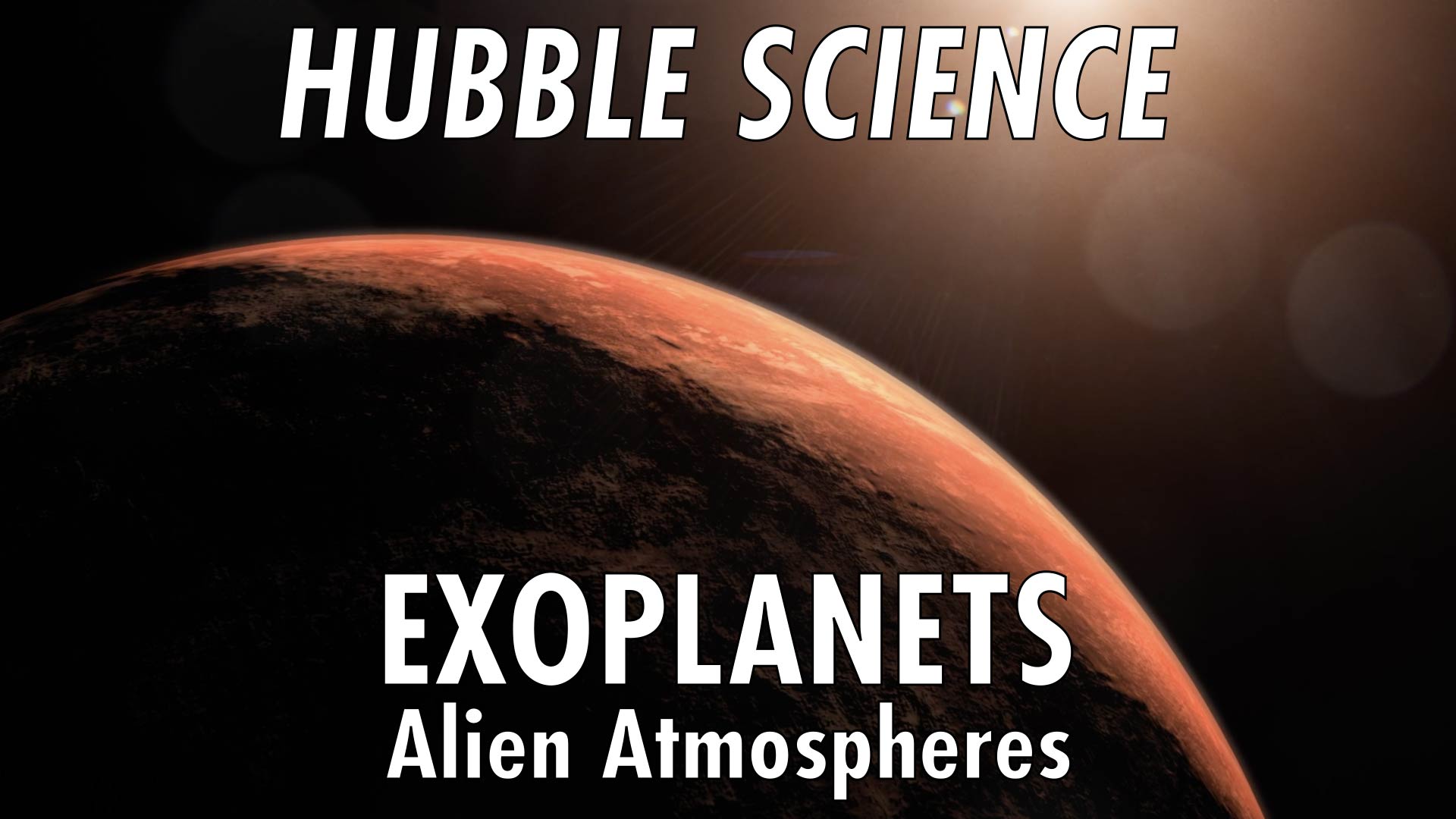
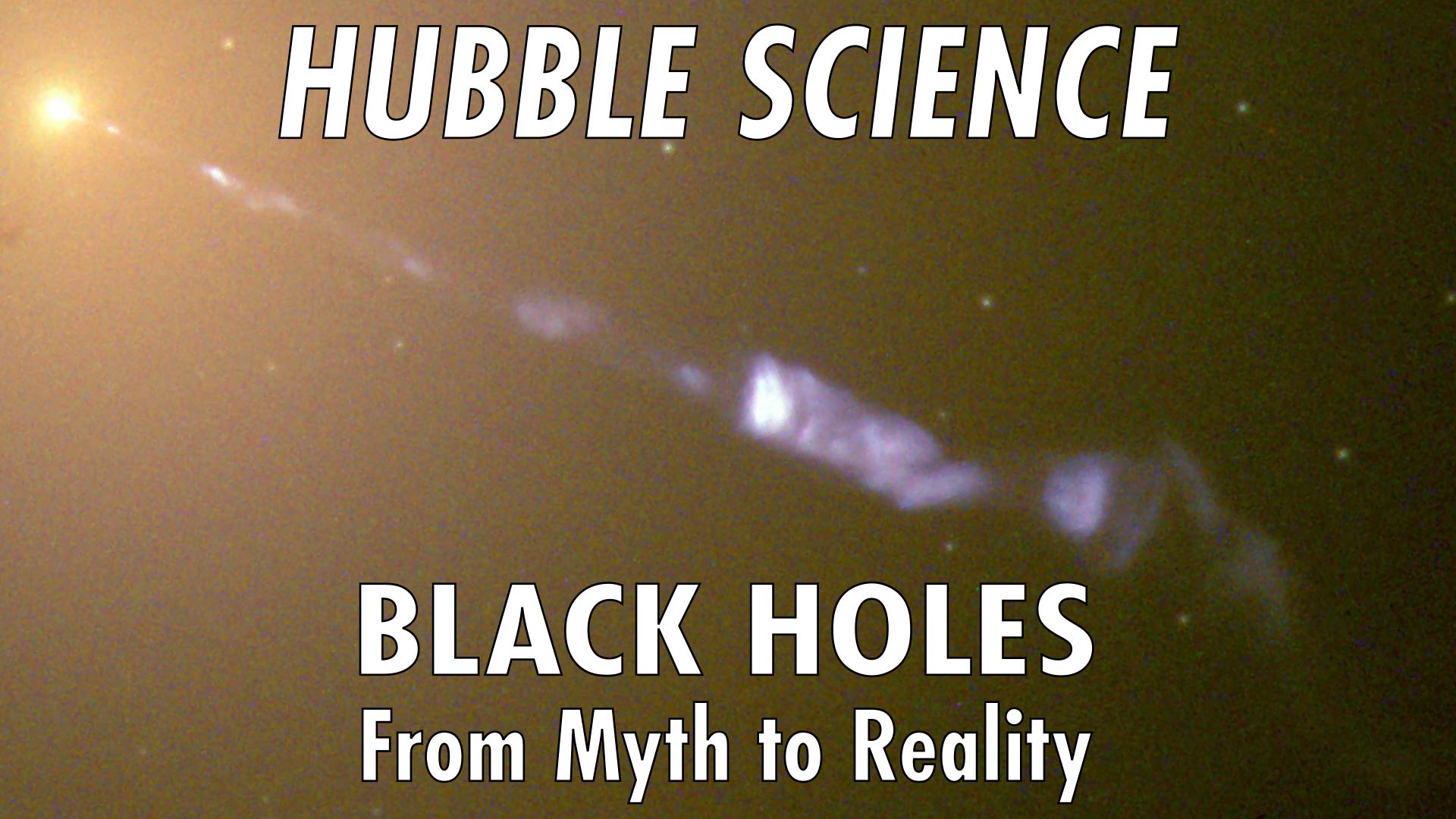
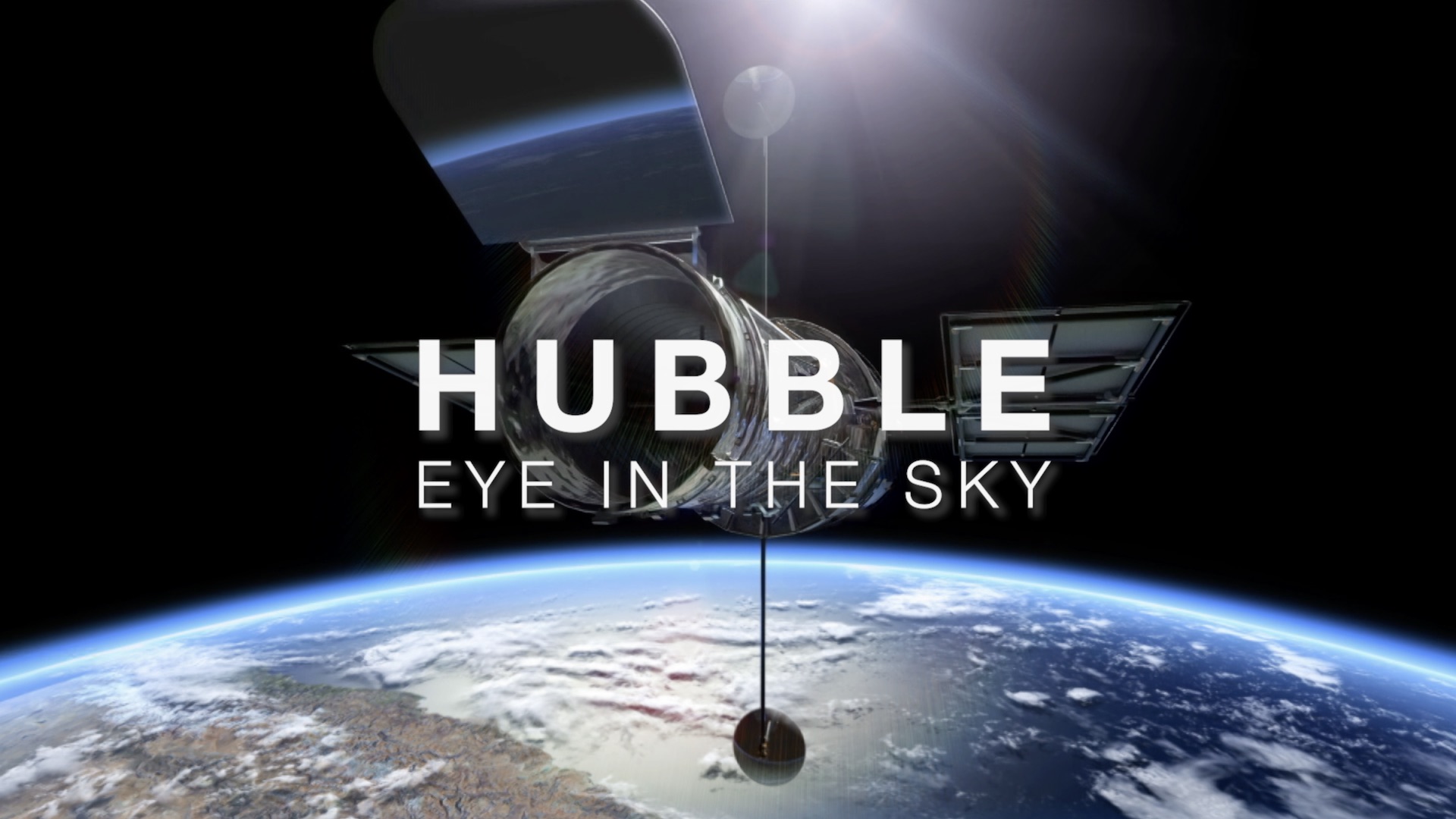
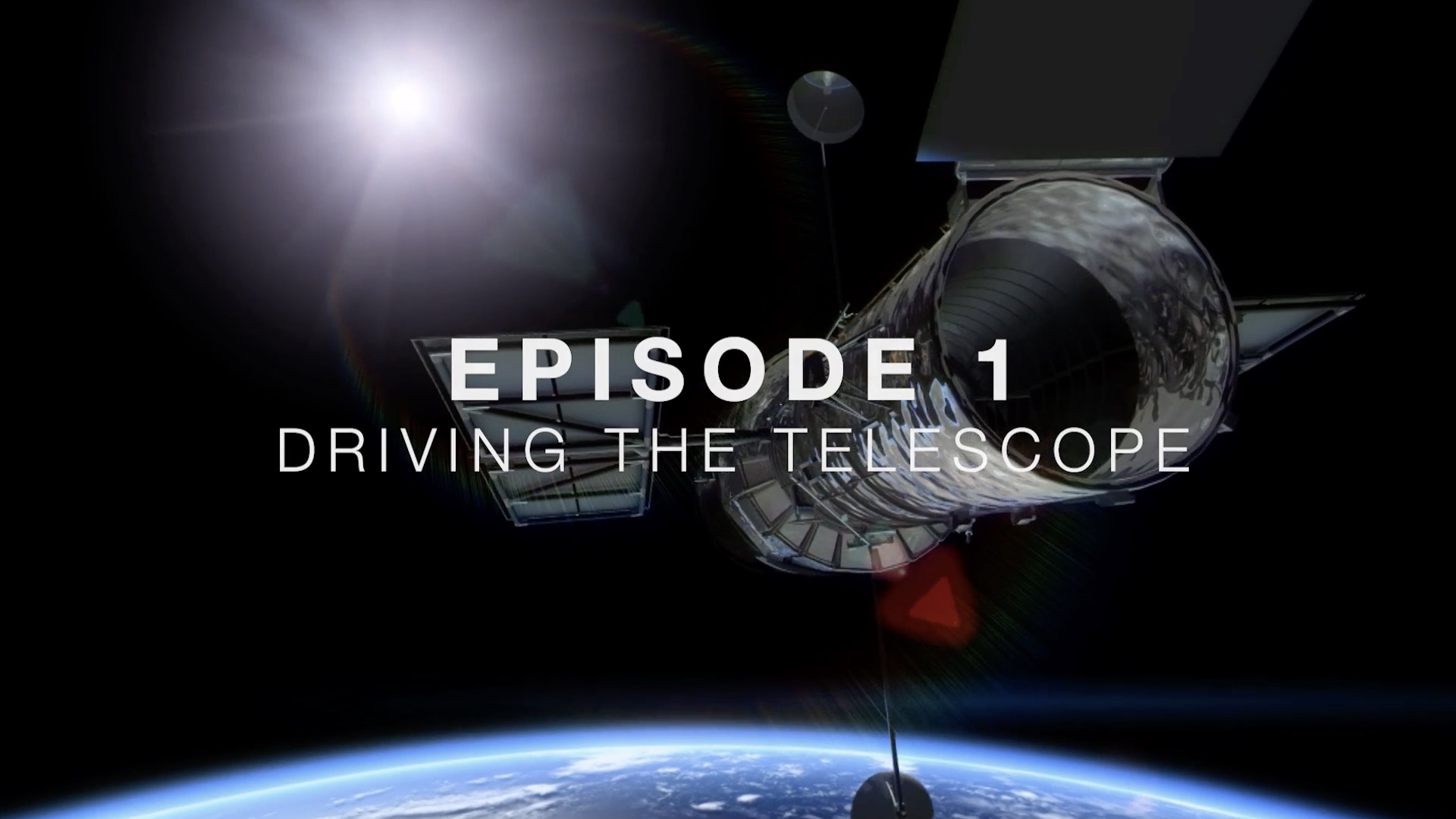
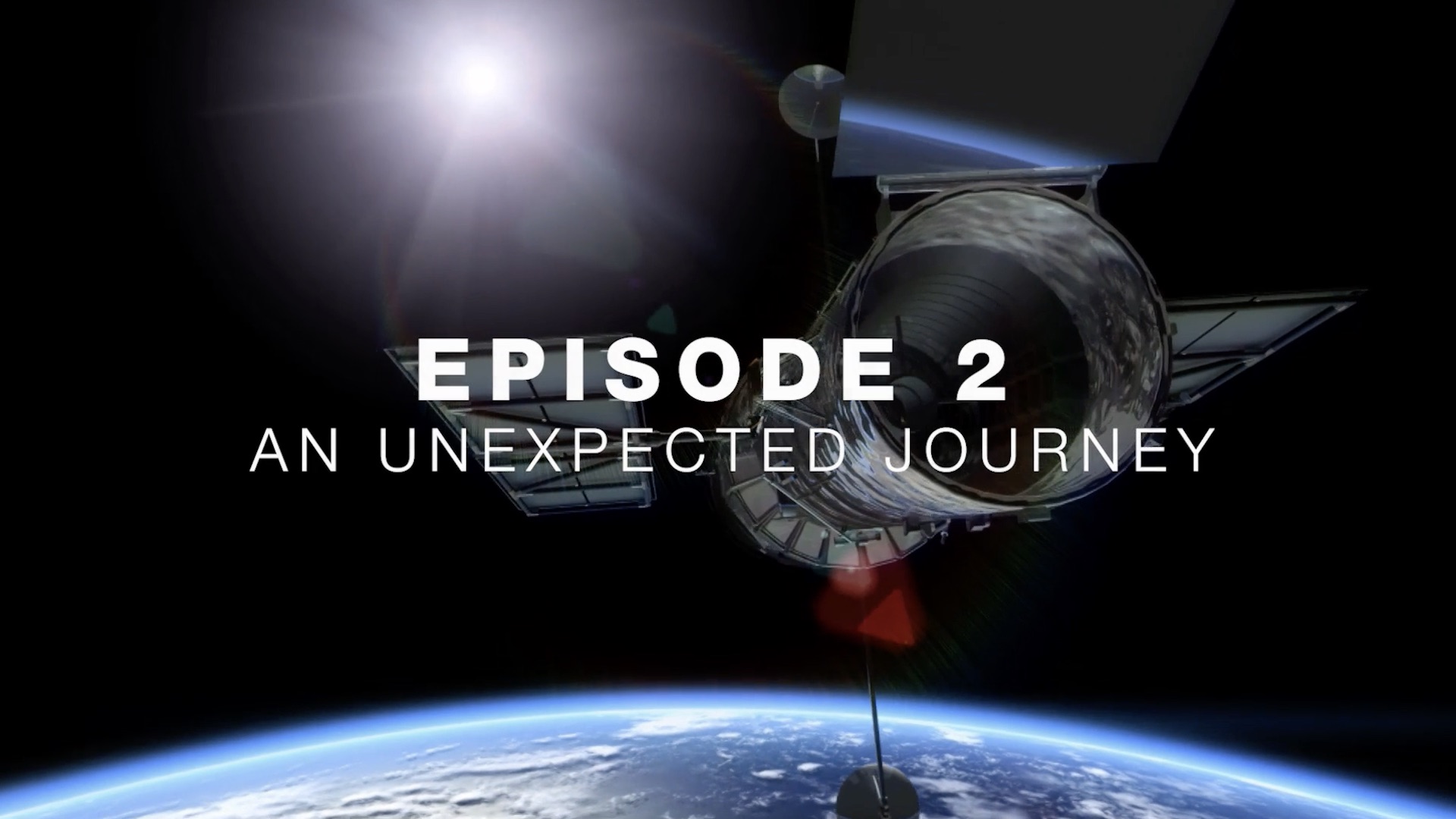

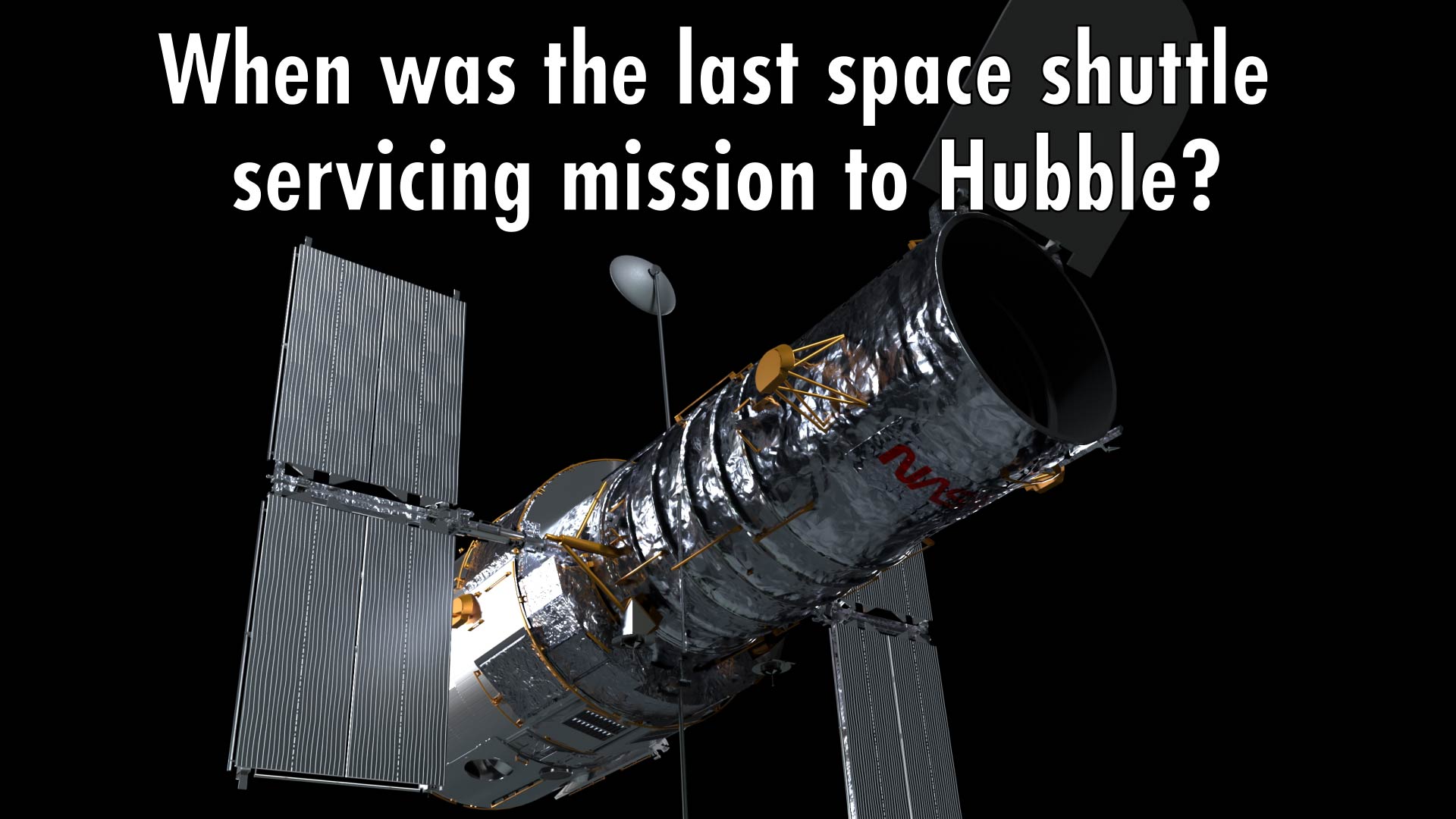
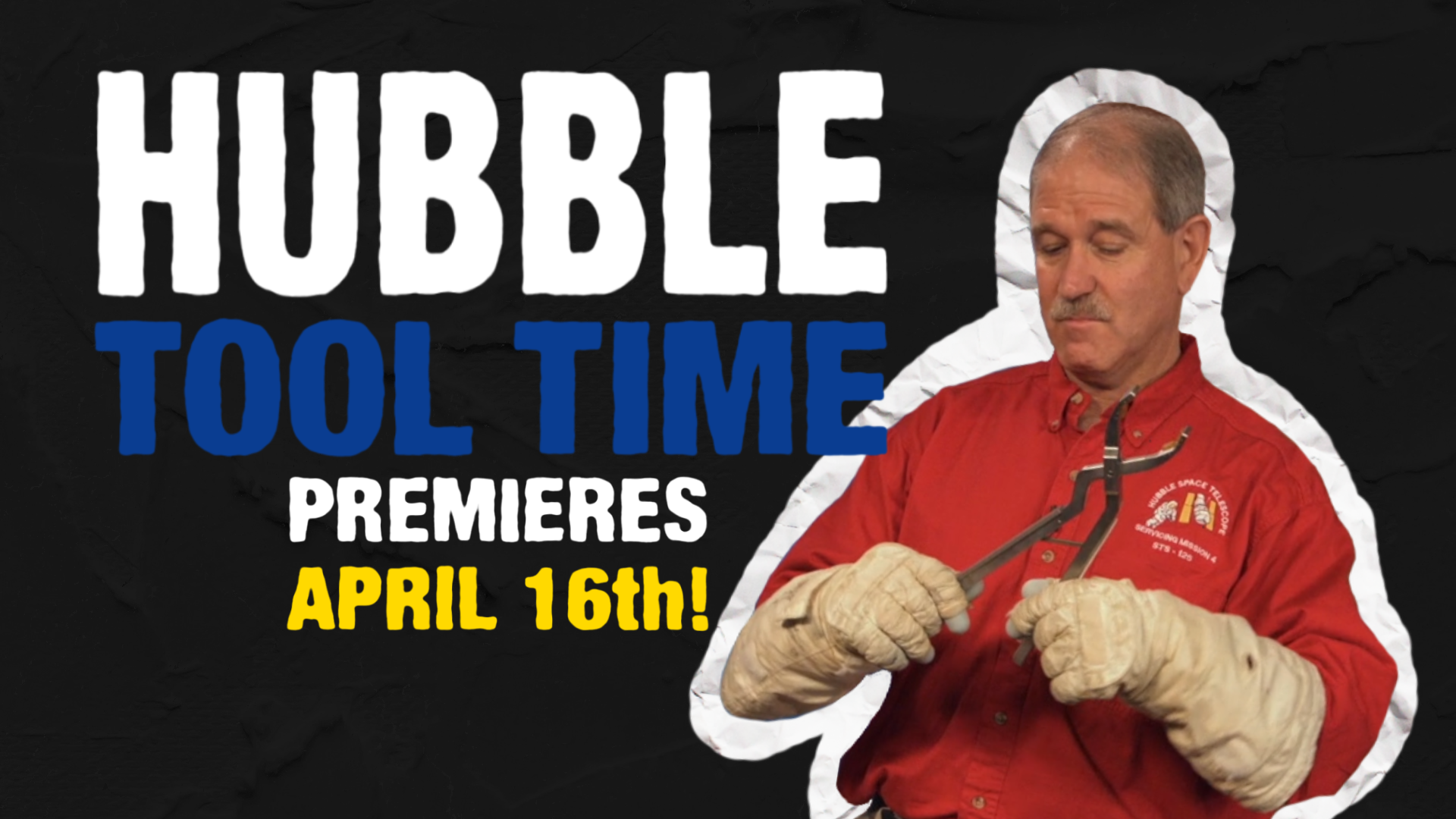
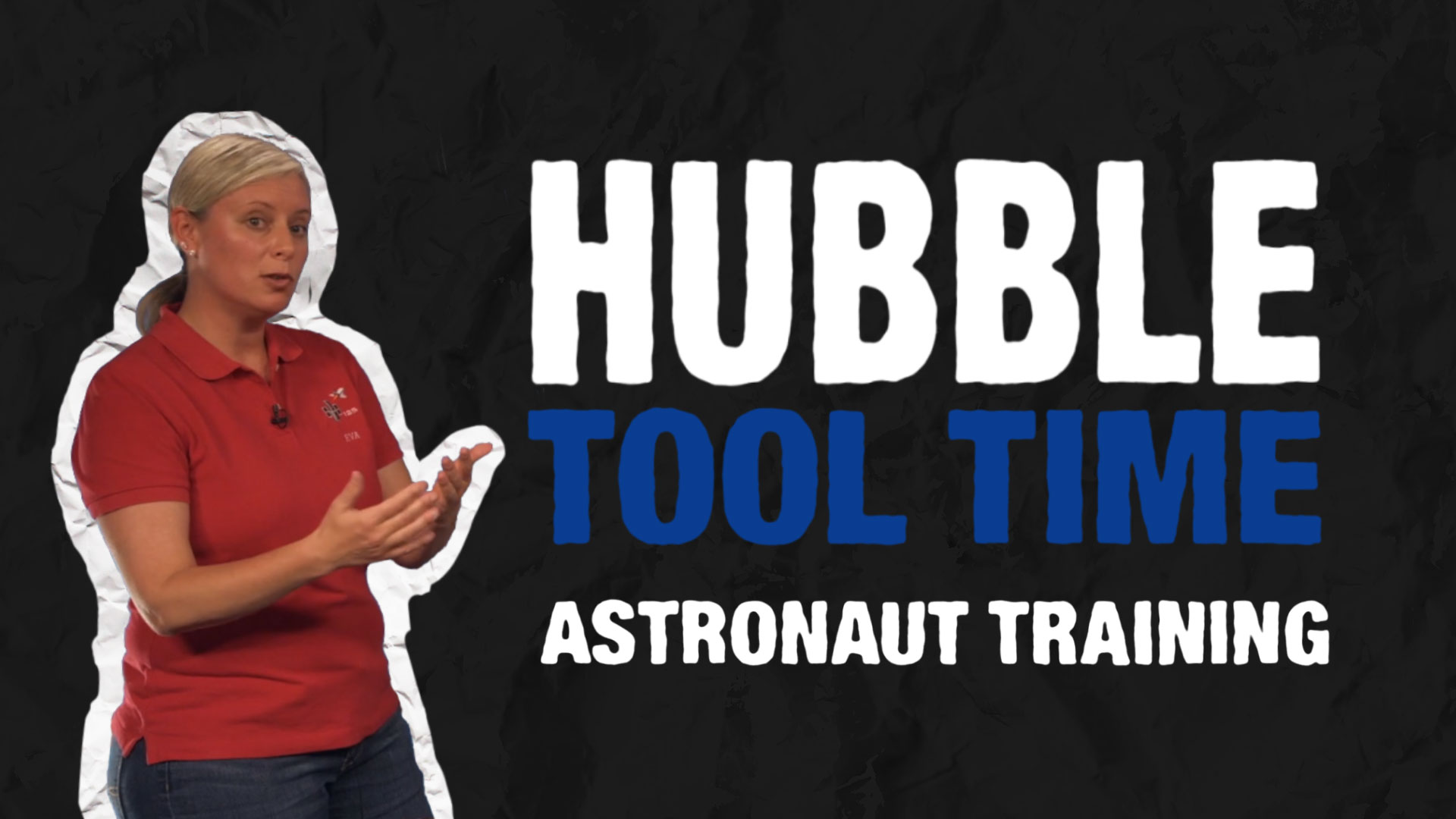
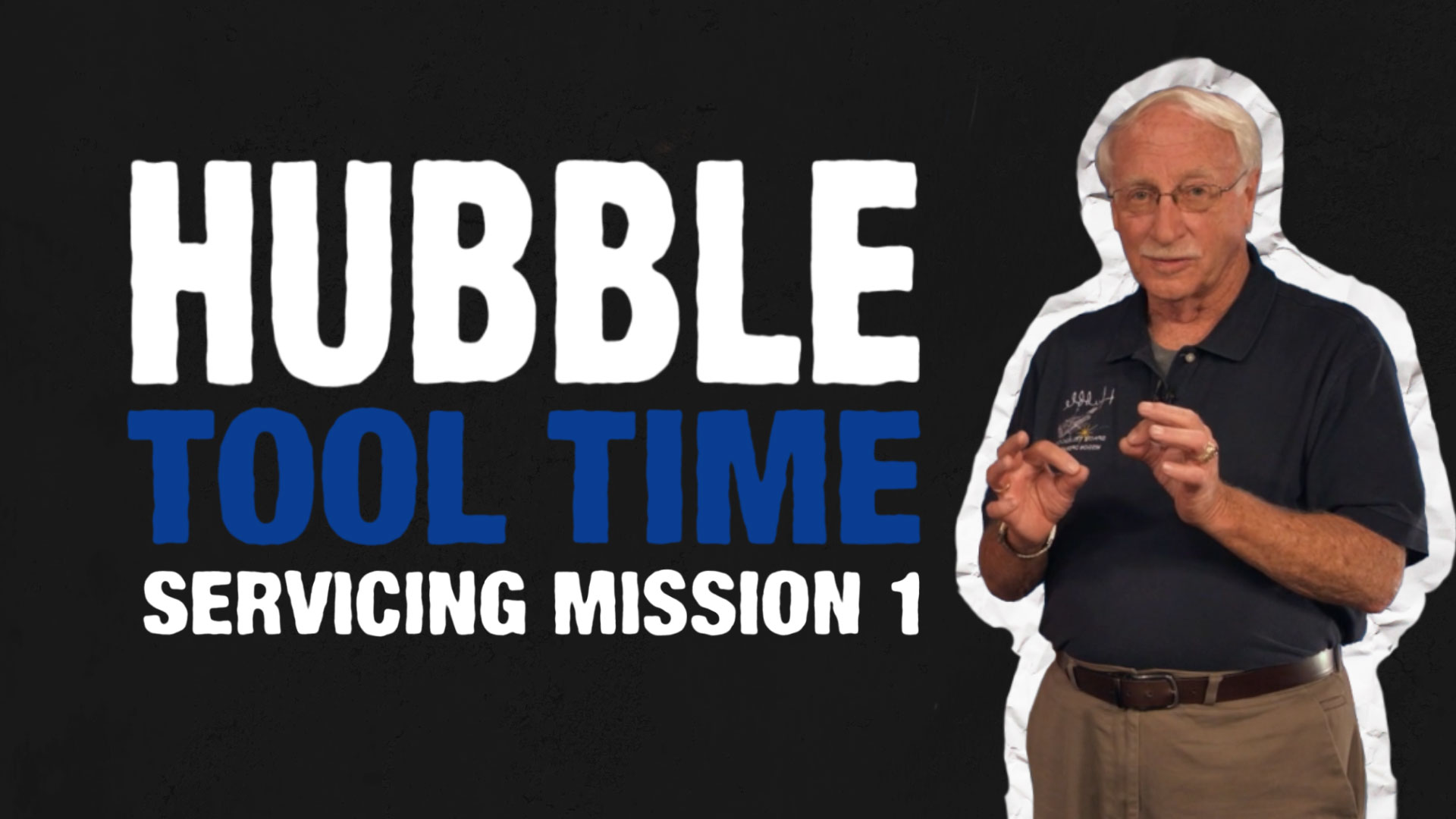
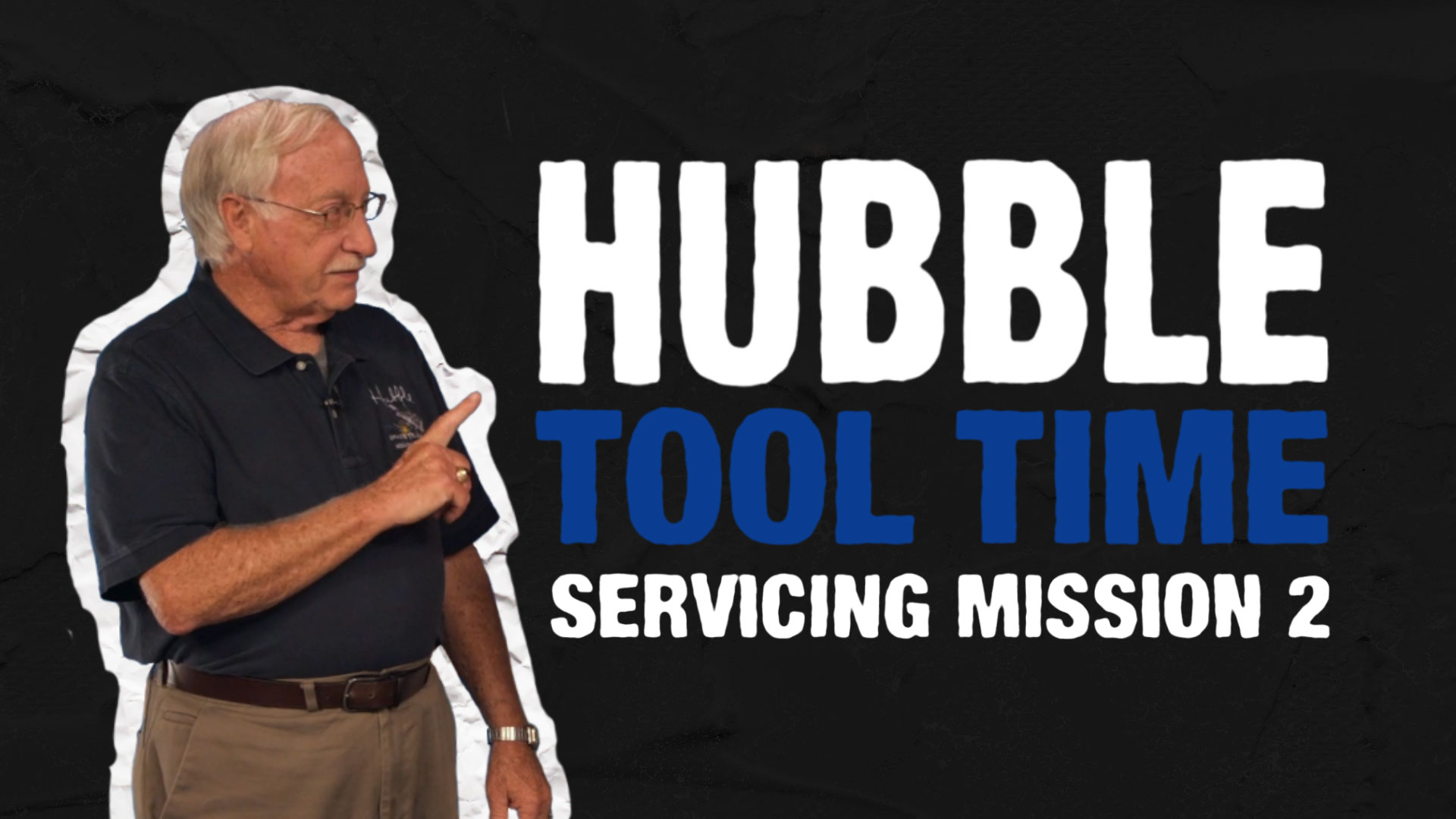
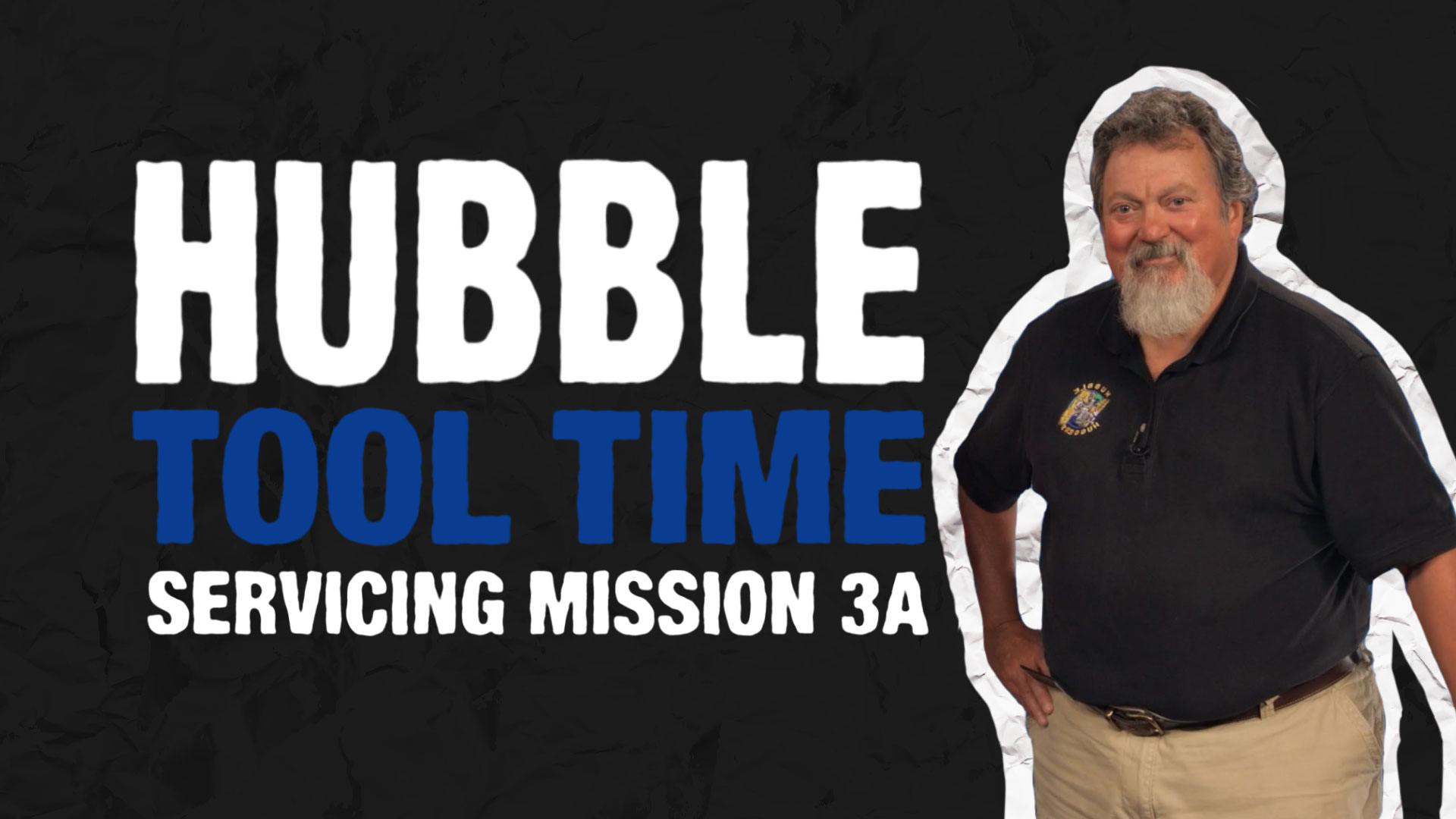

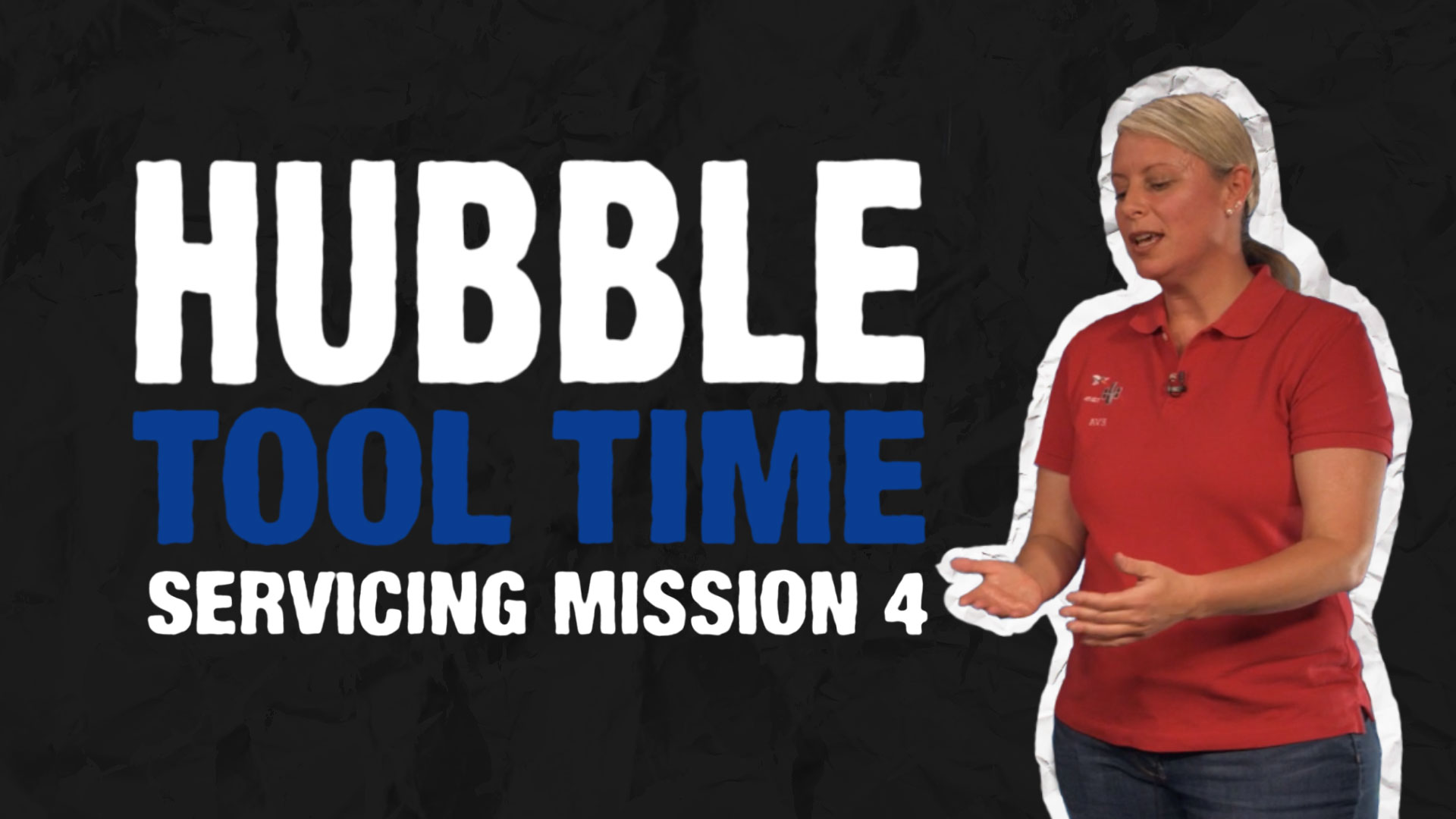
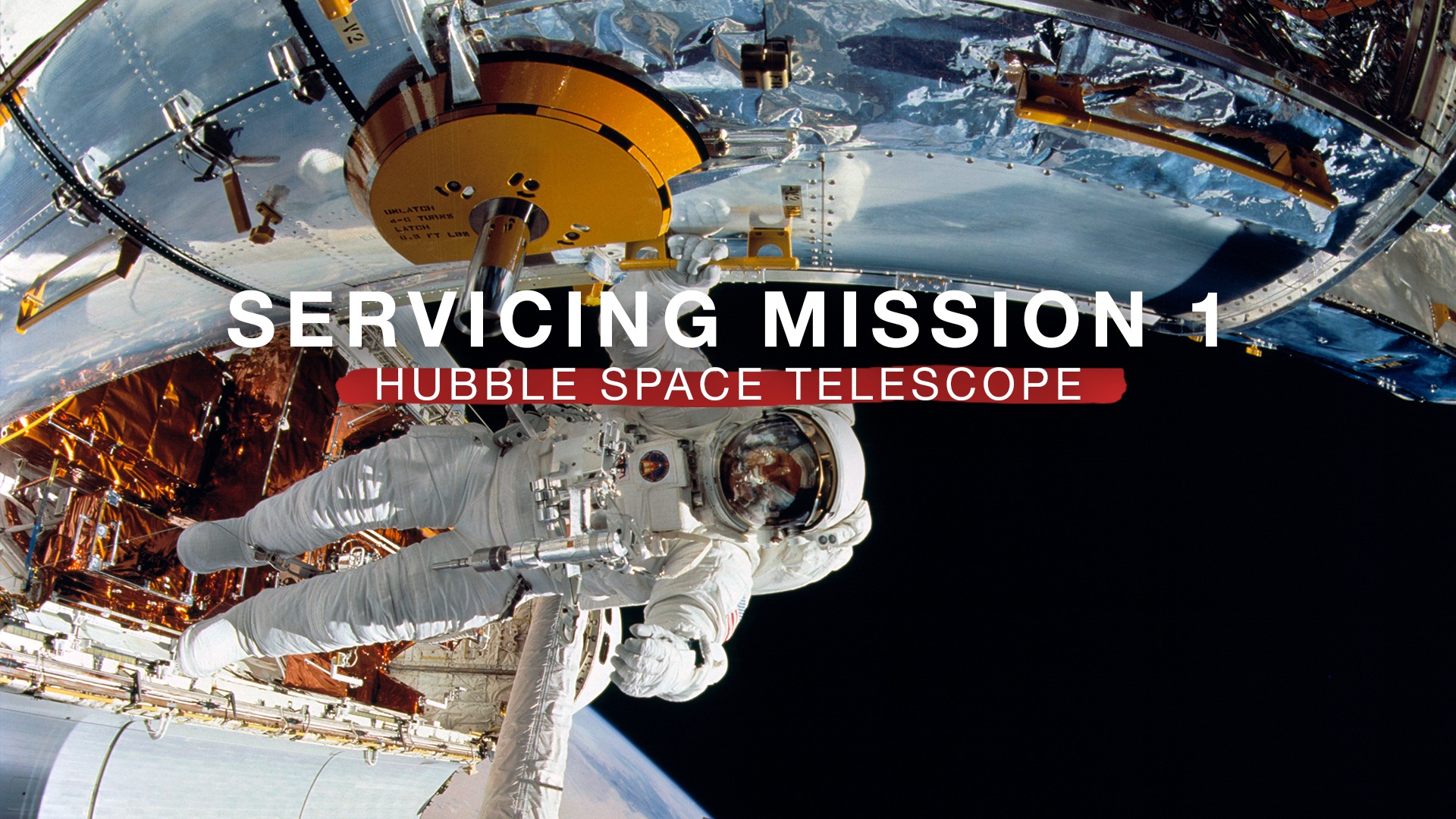
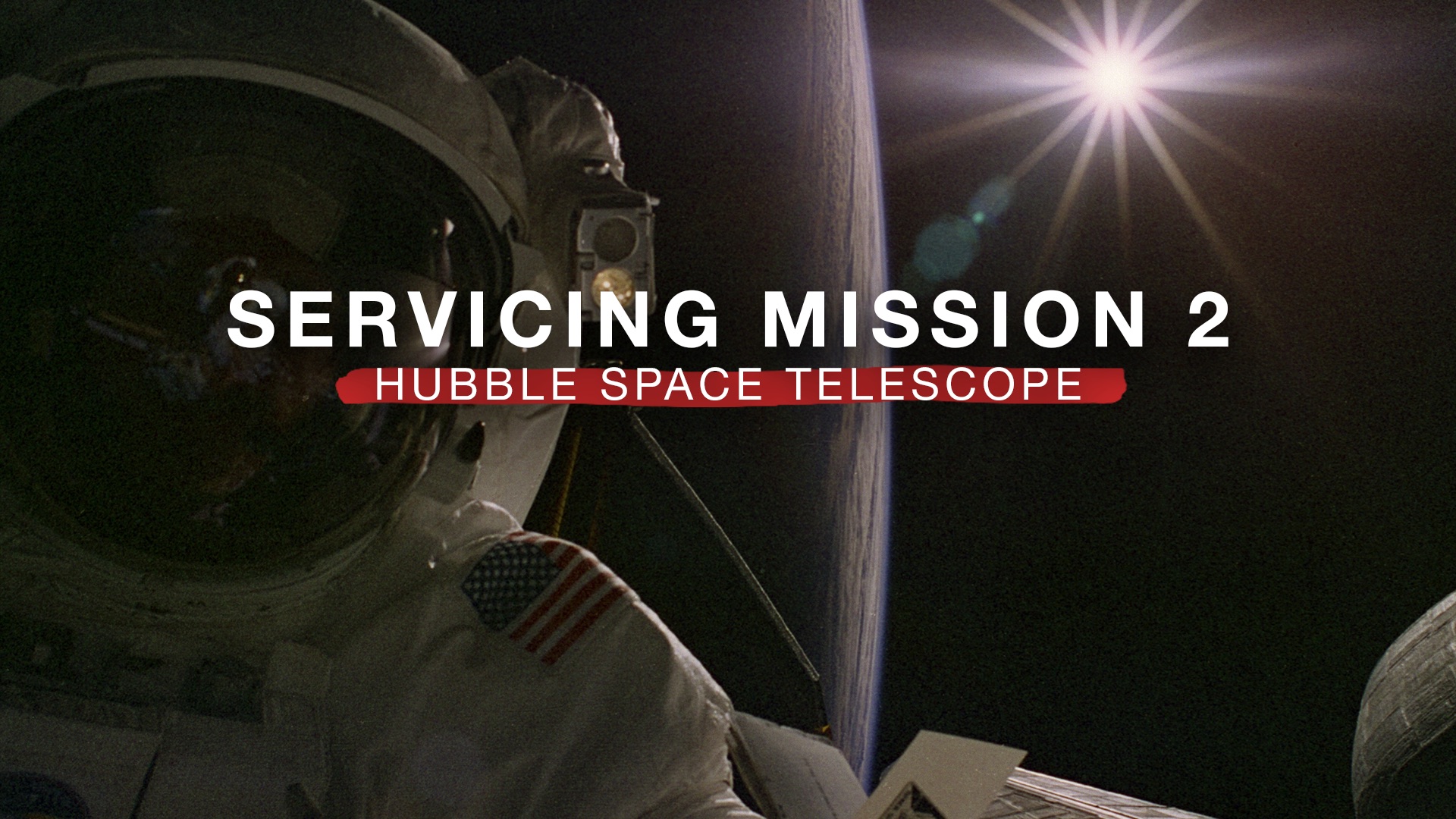
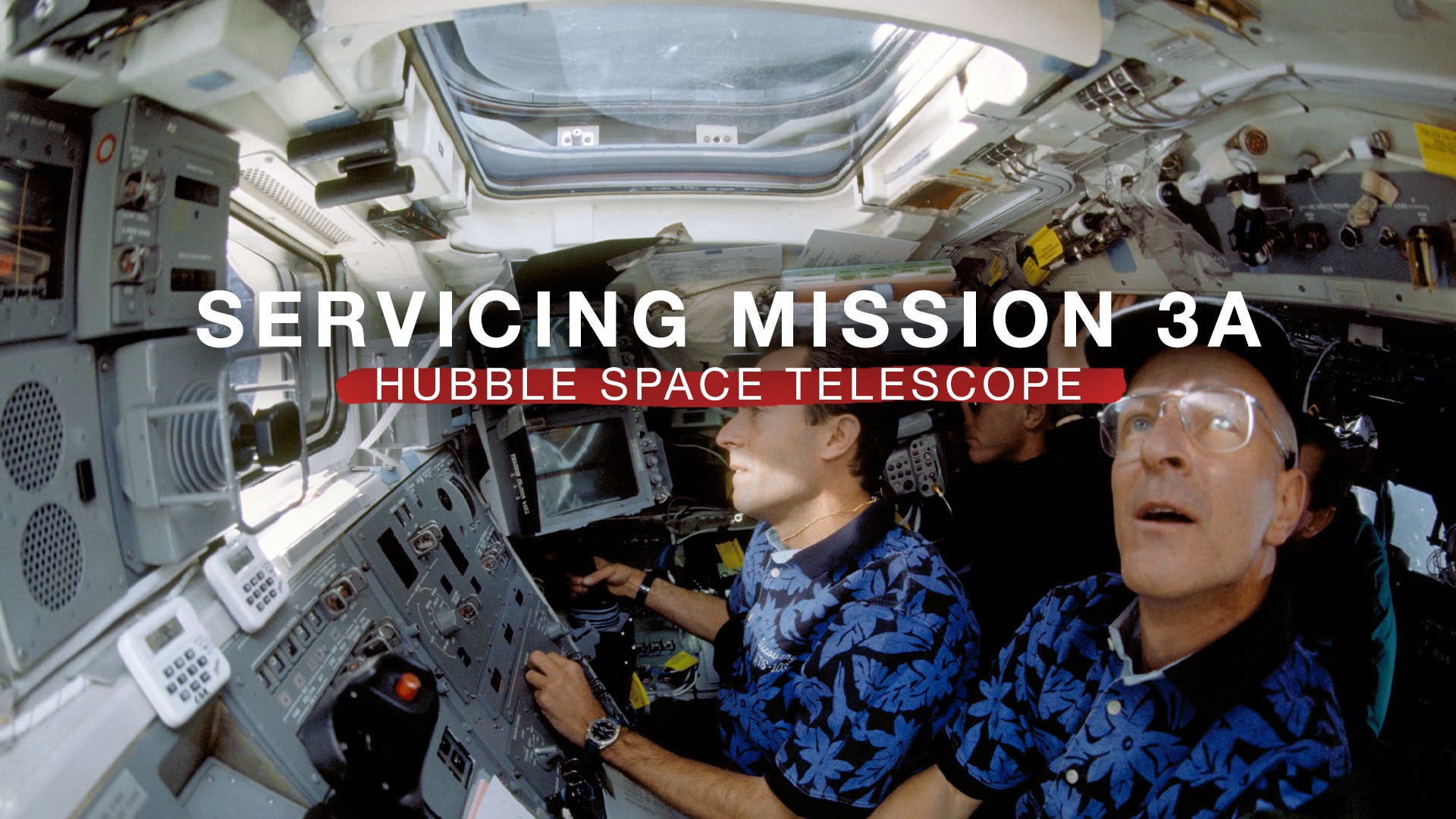
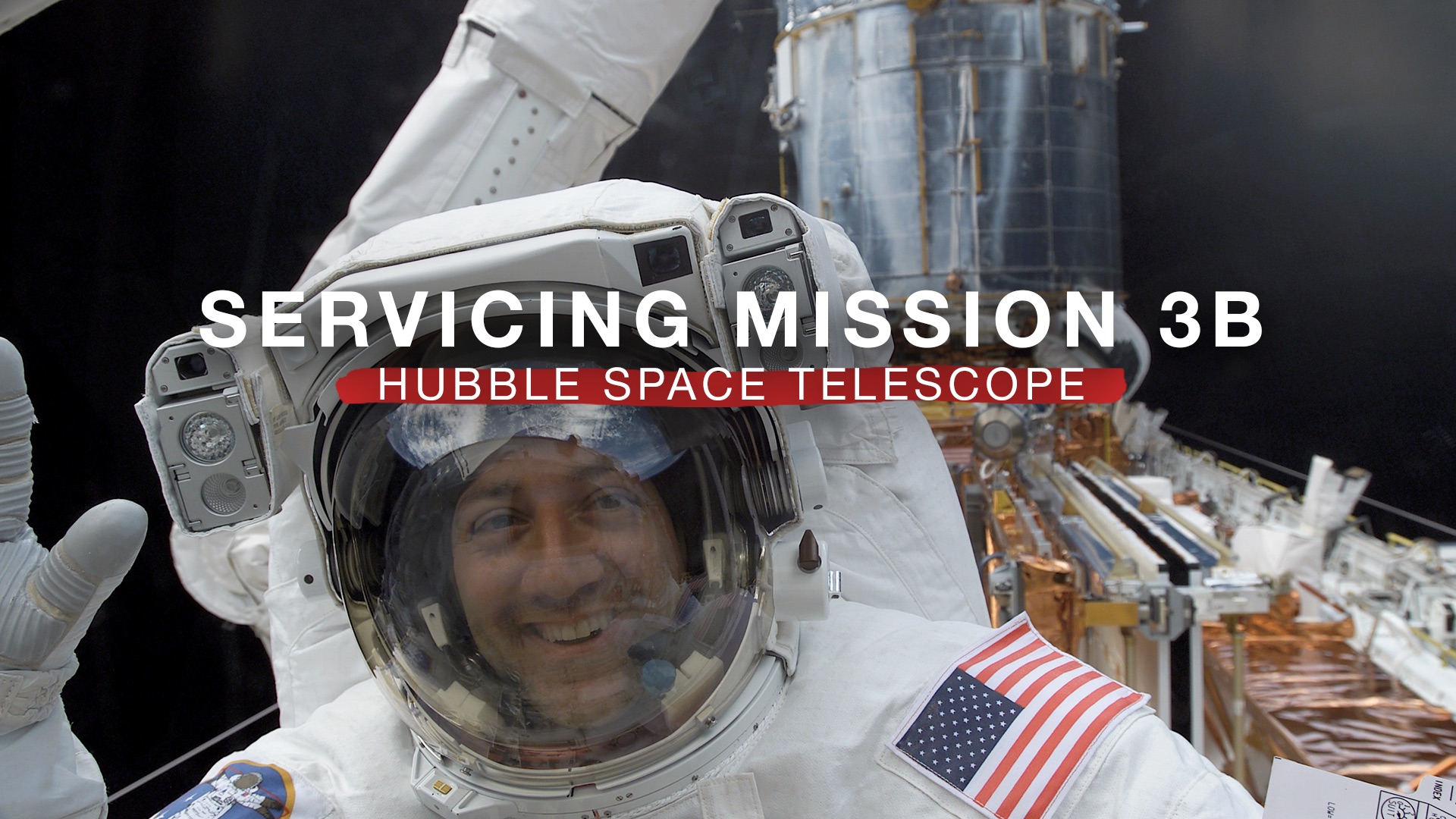
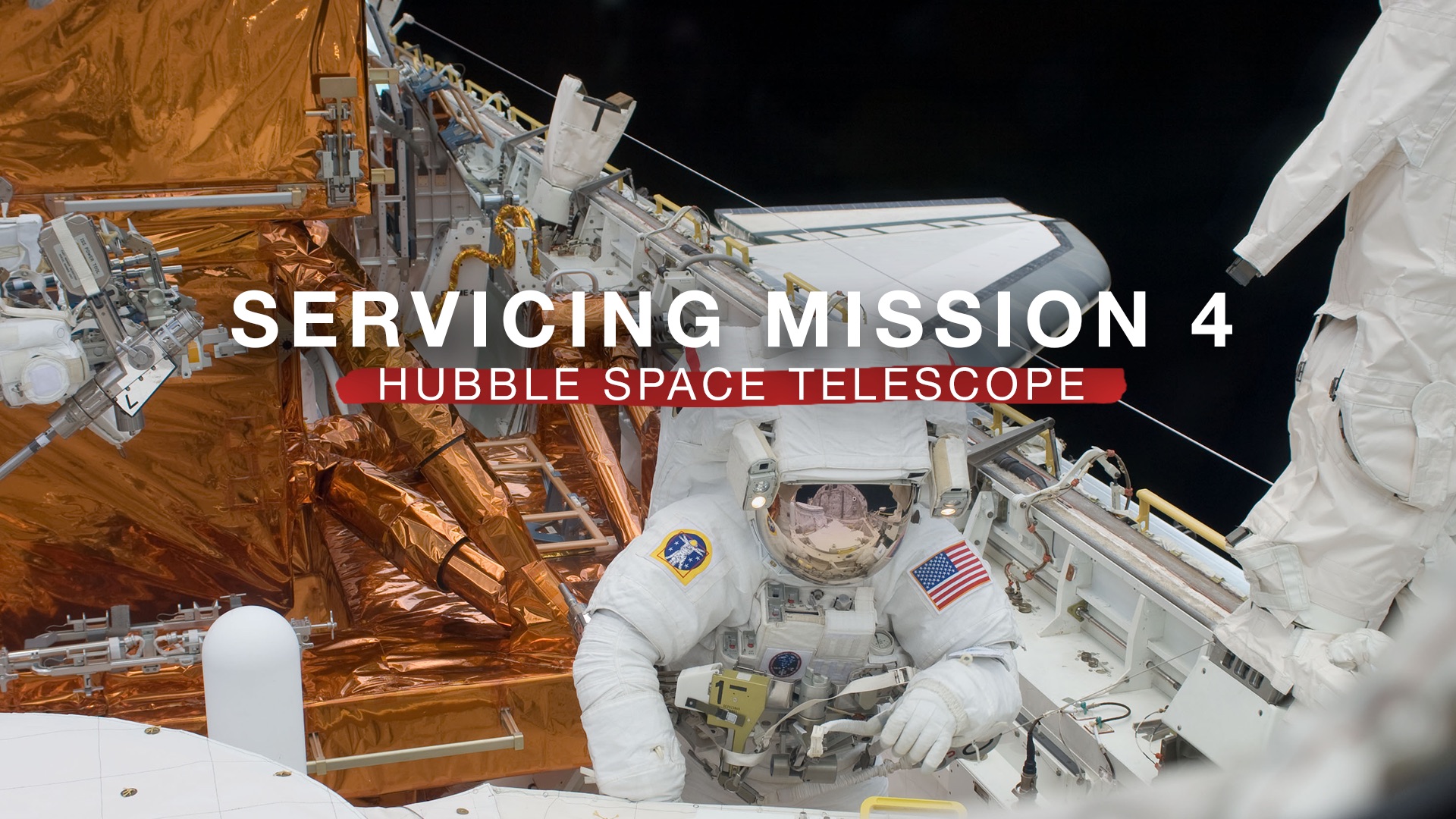
![Video for Servicing Mission 1“Building Downtown” by John Blease [PRS] via Abbey Road Masters [PRS] and Universal Production Music](/vis/a010000/a014100/a014114/SM1_REEL_WIDE_PRINT.jpg)
